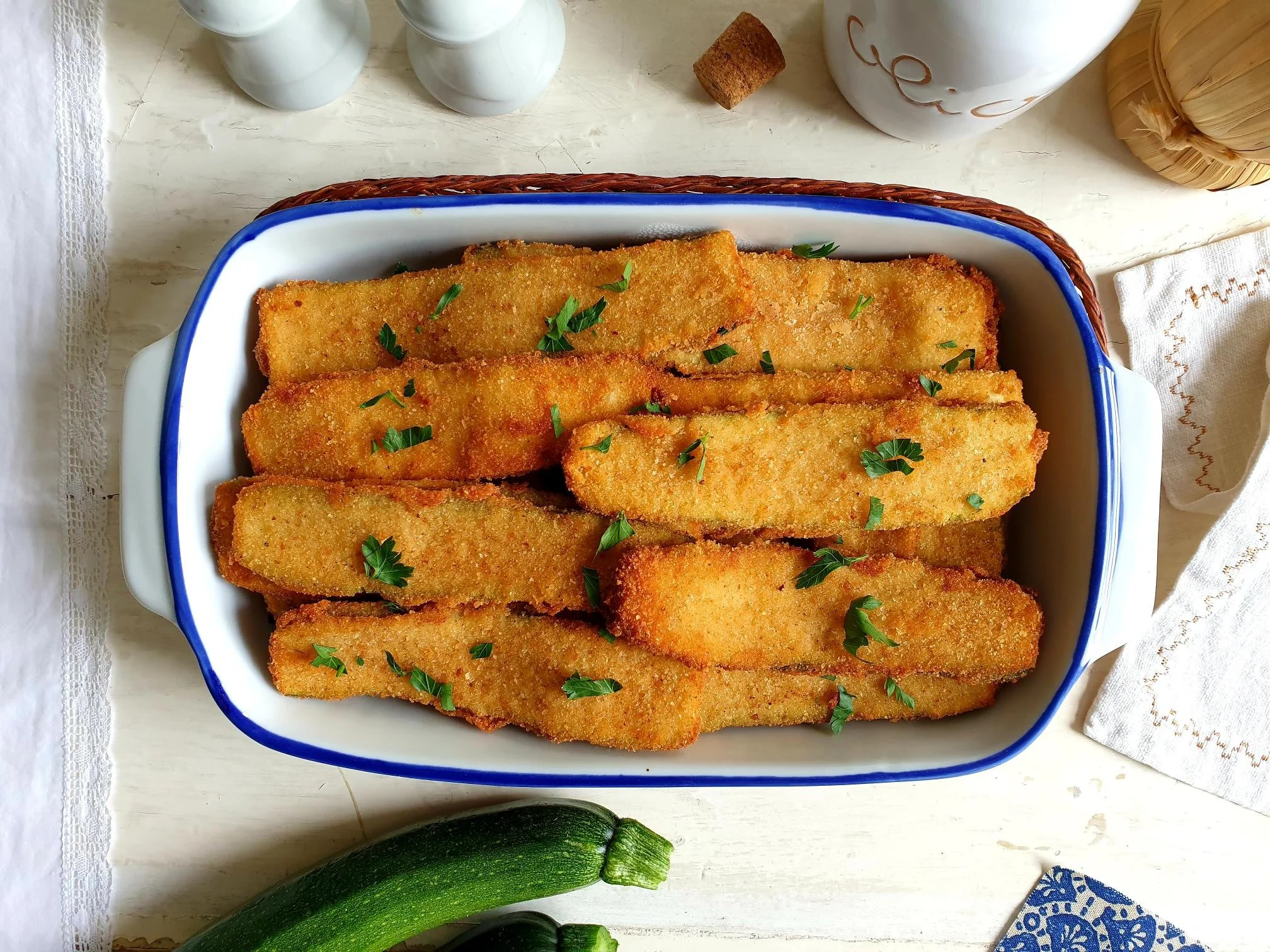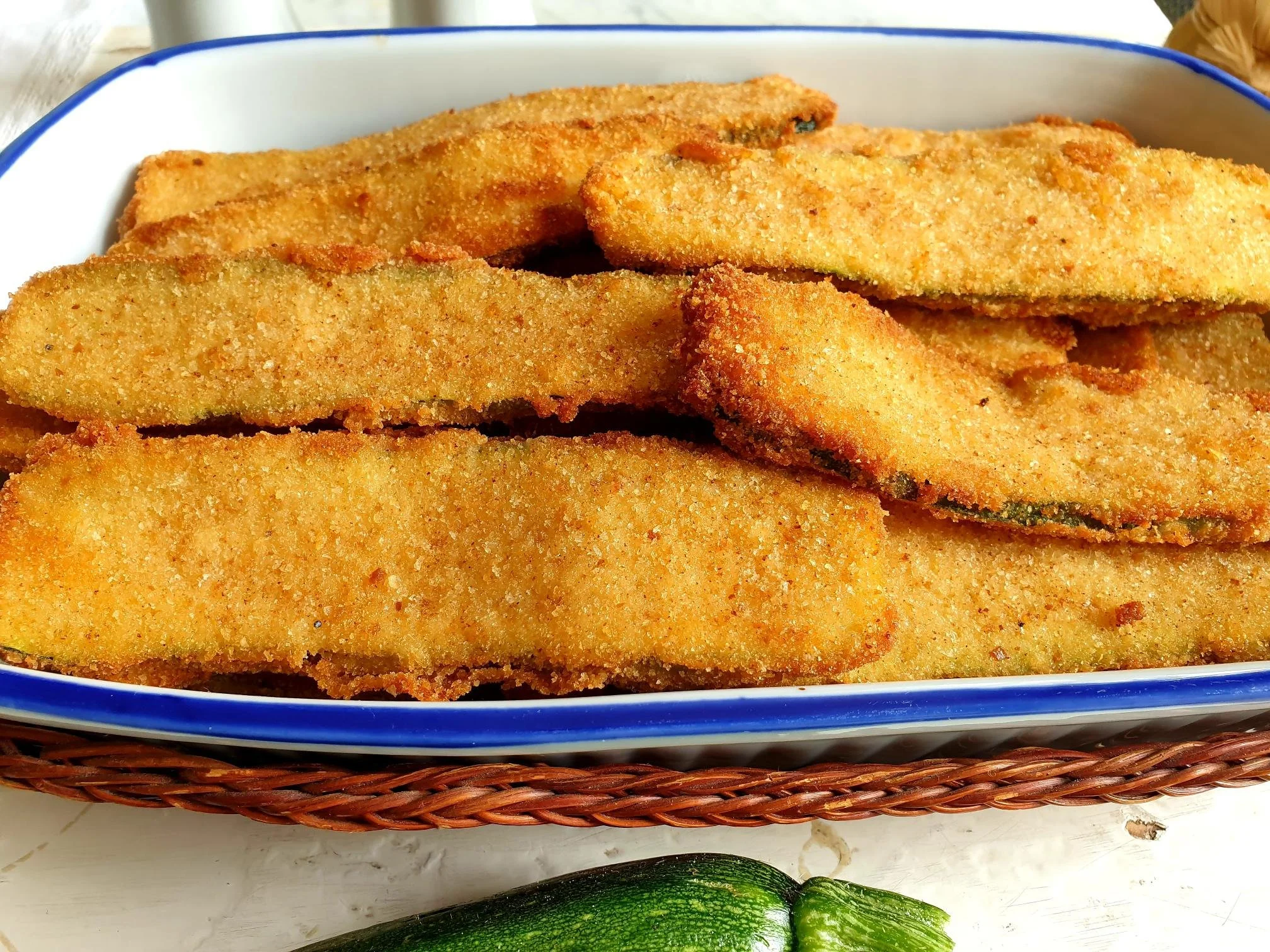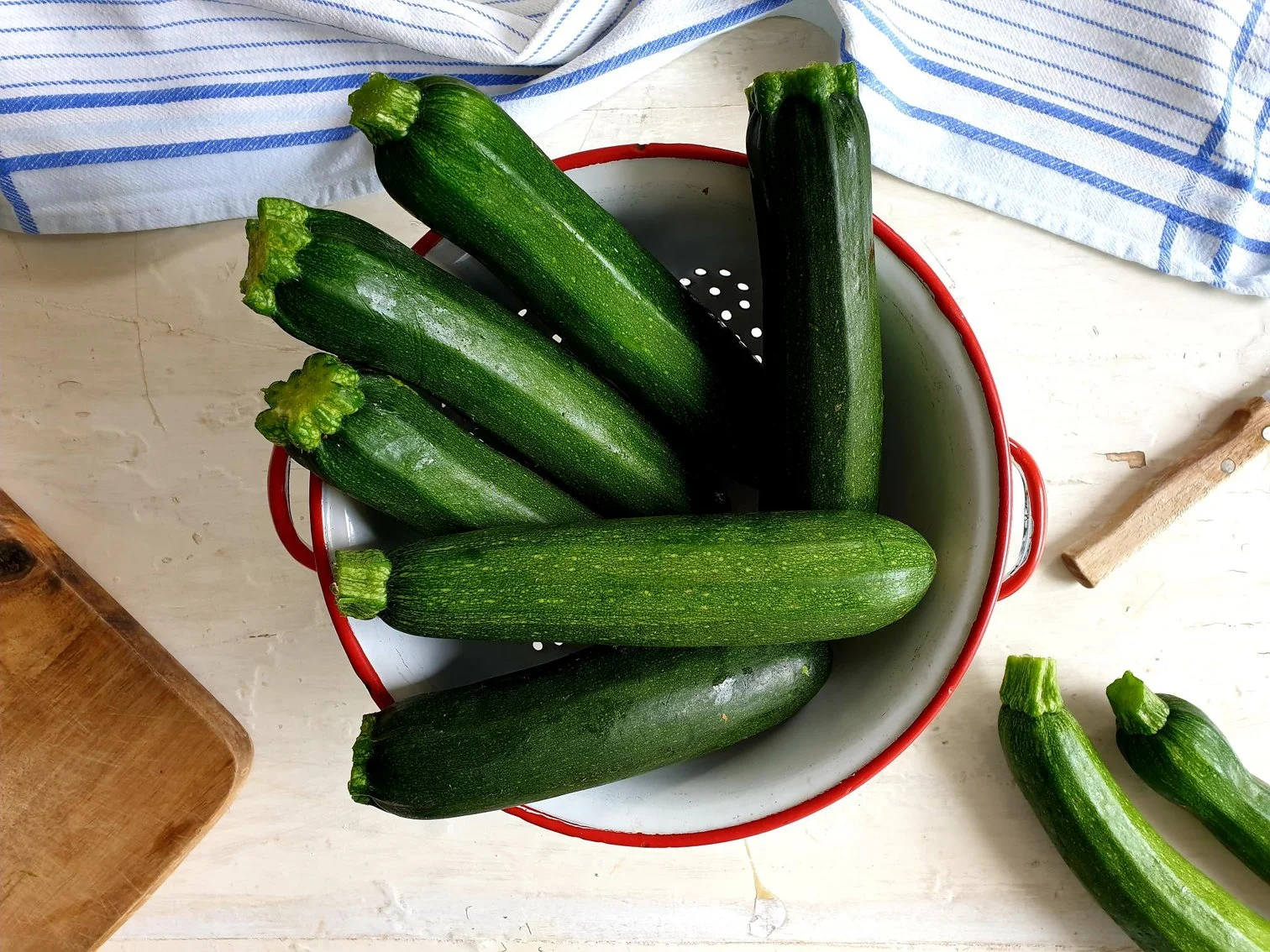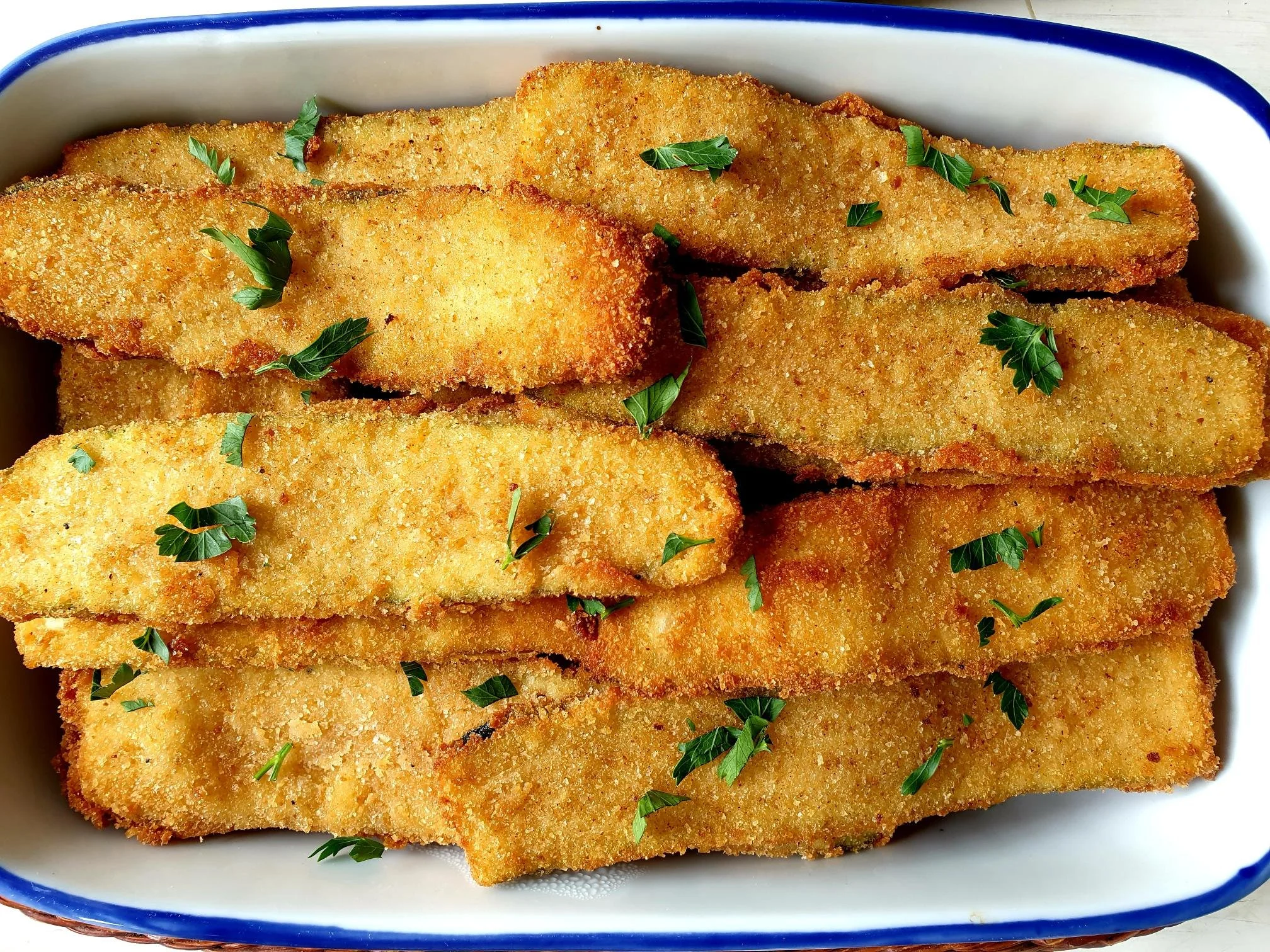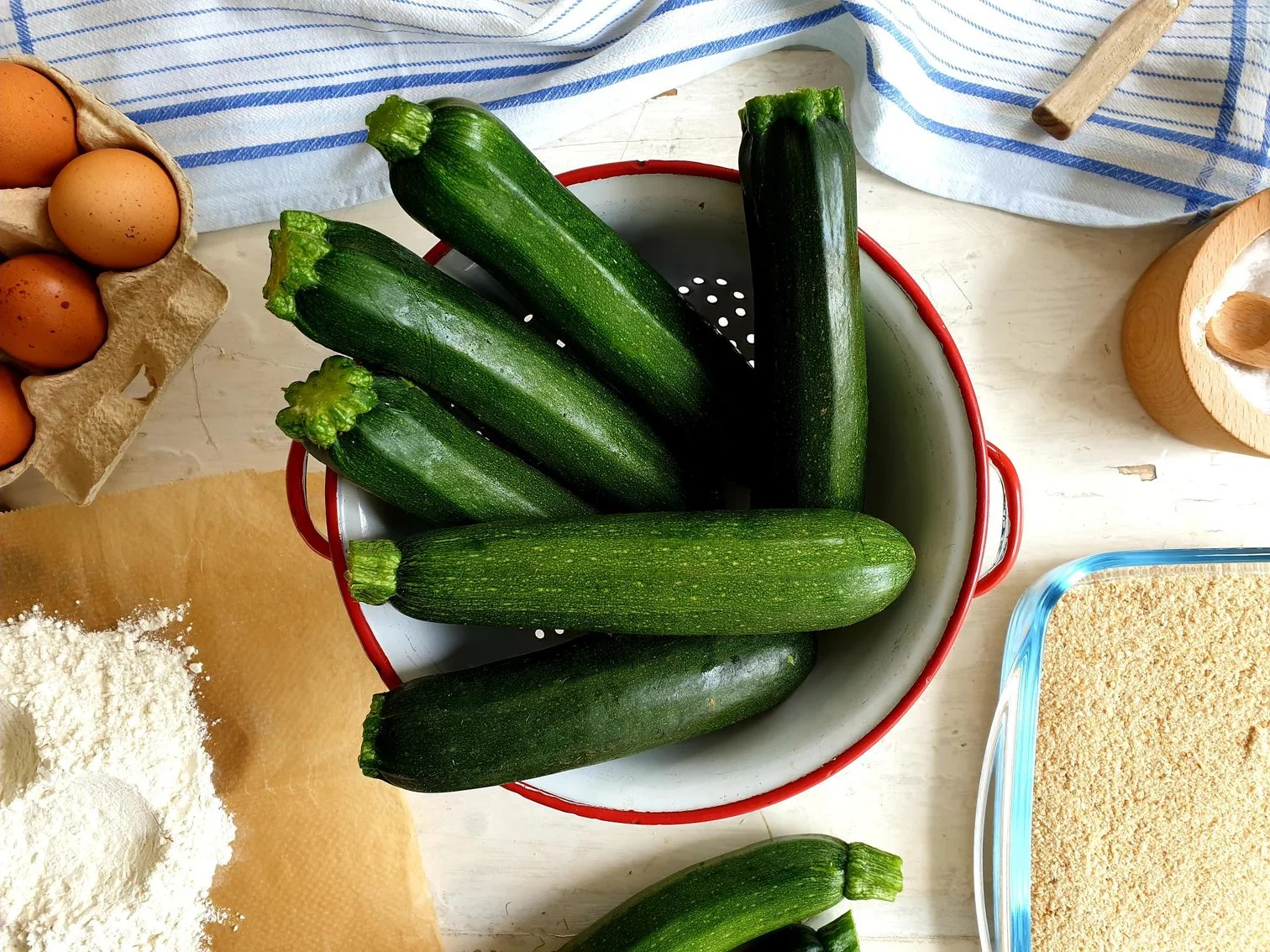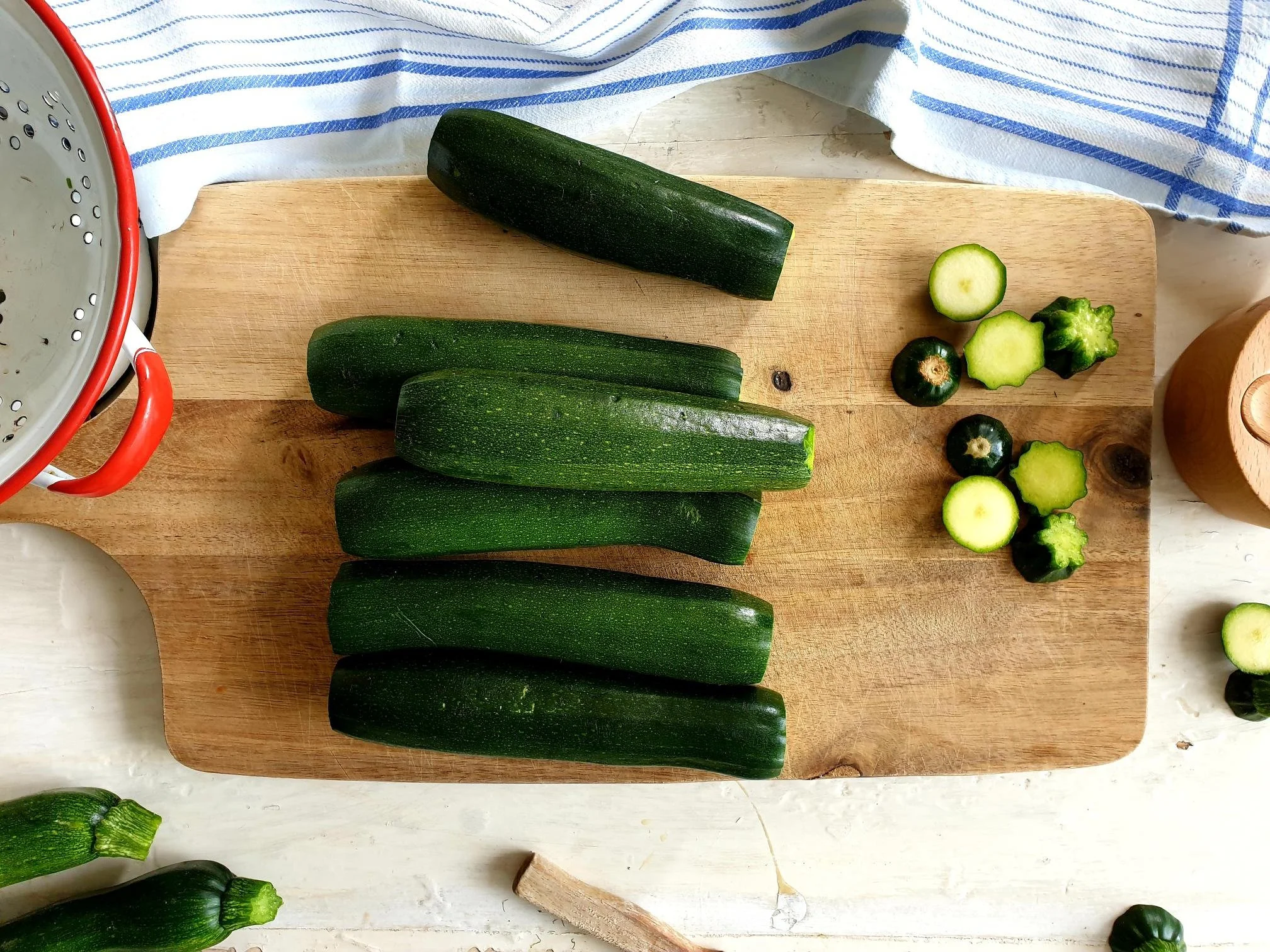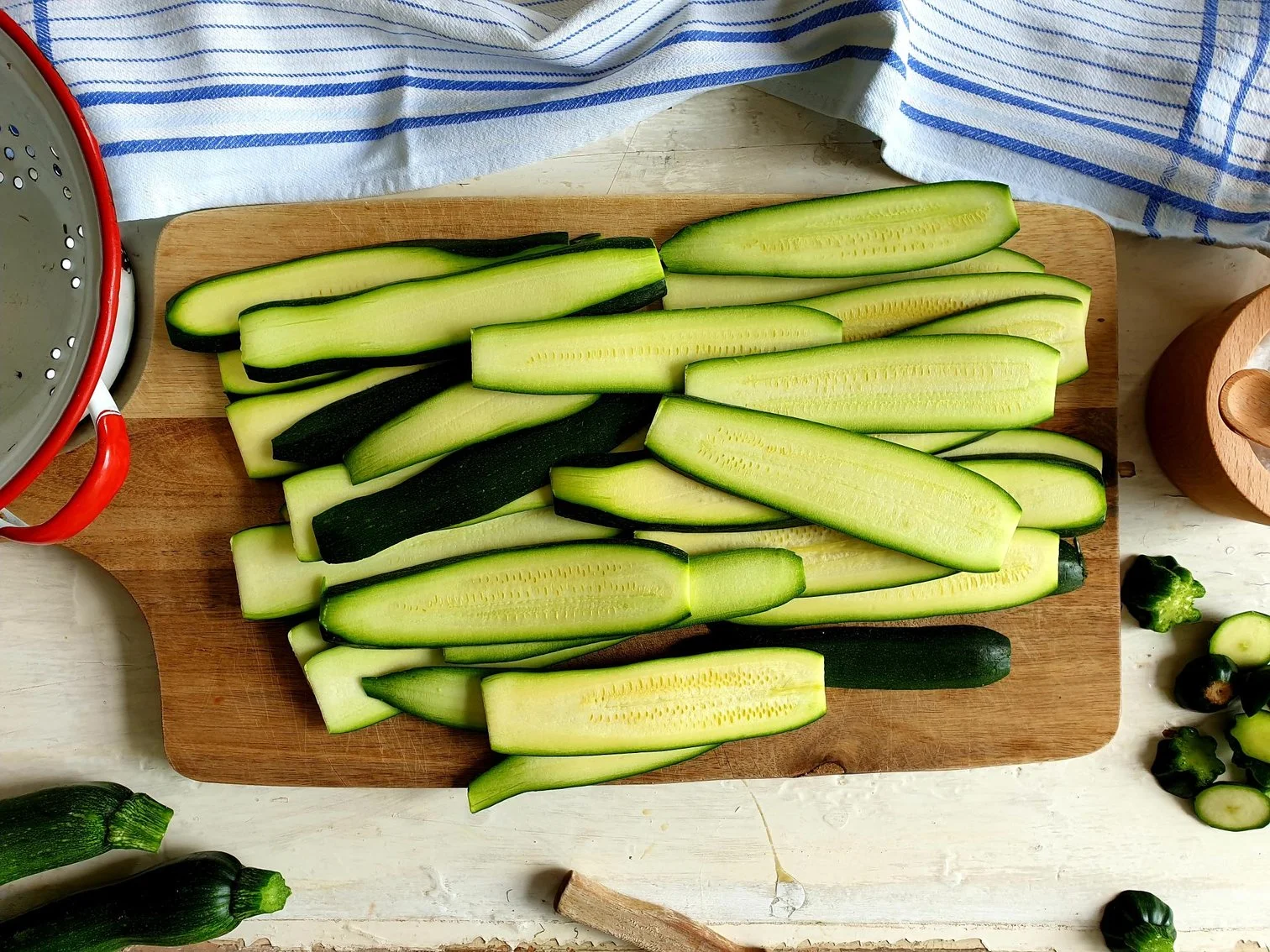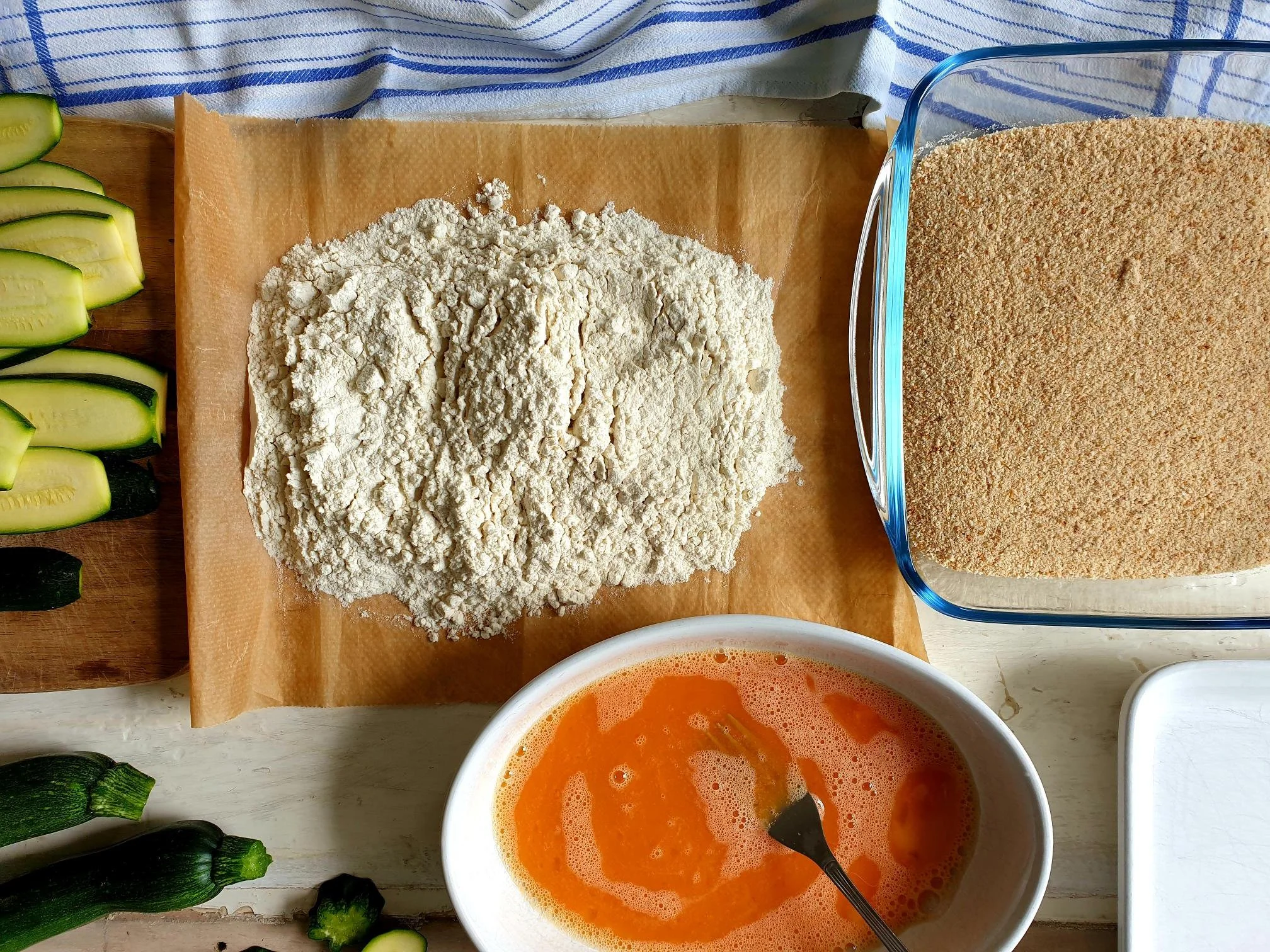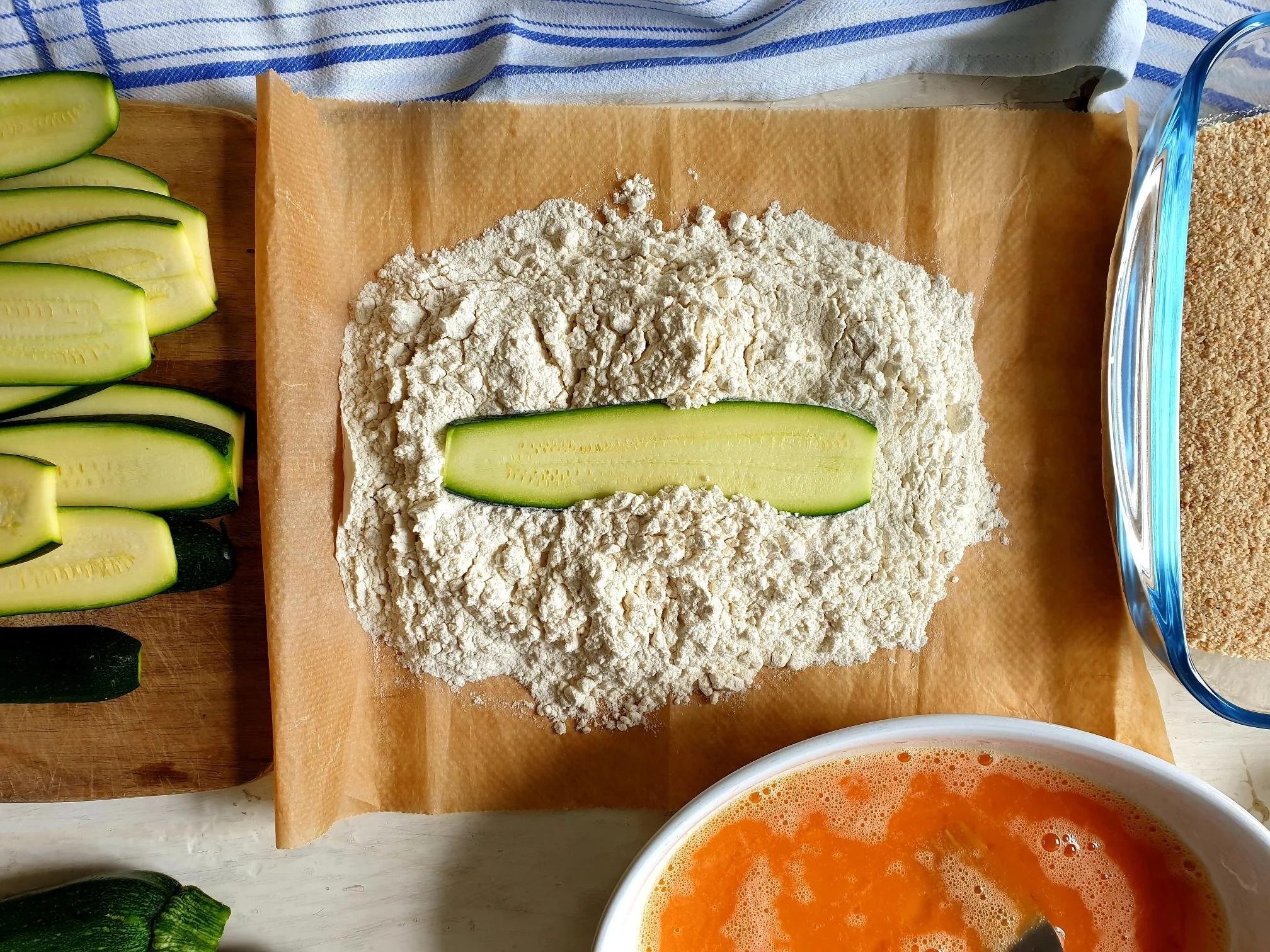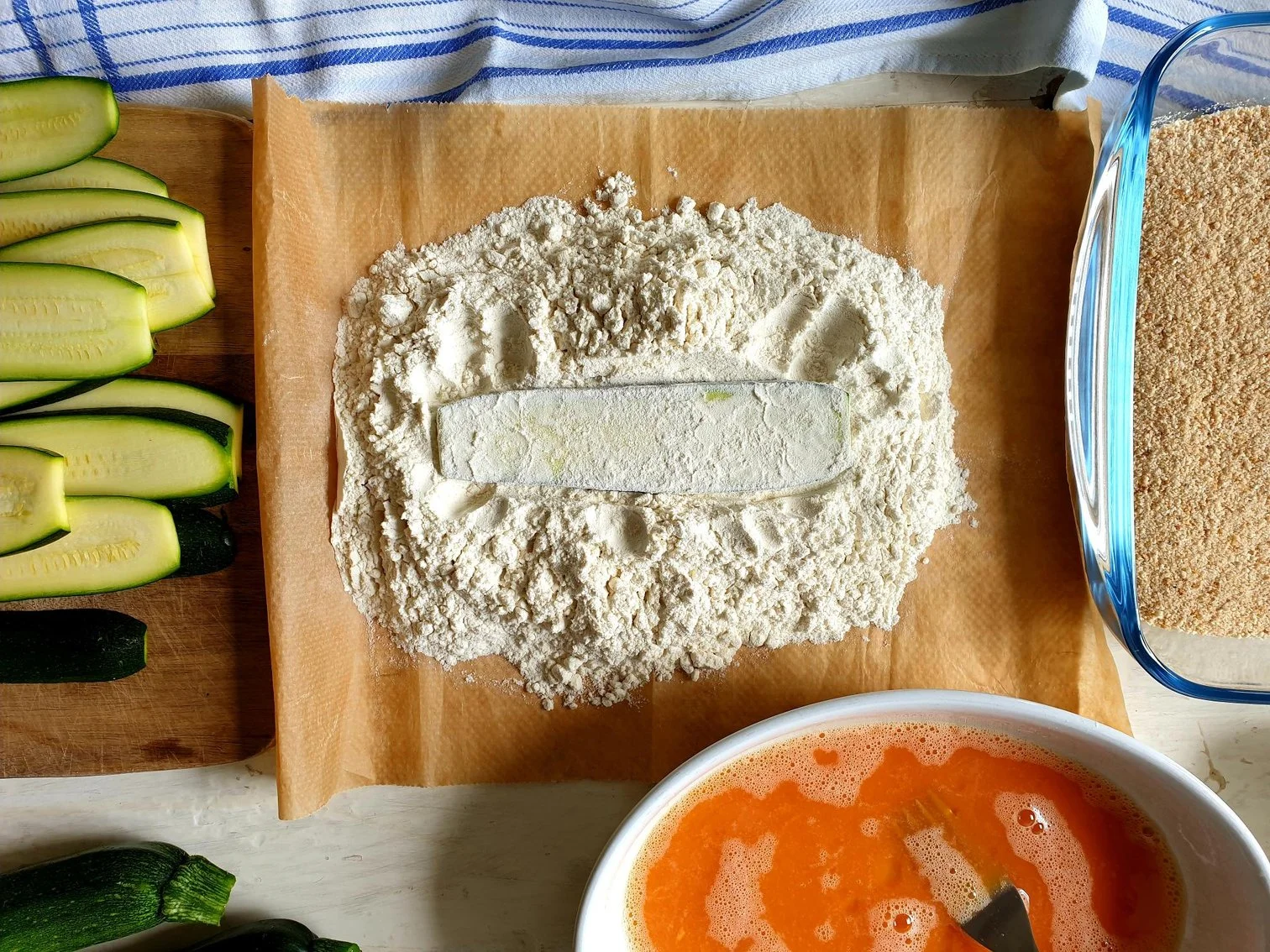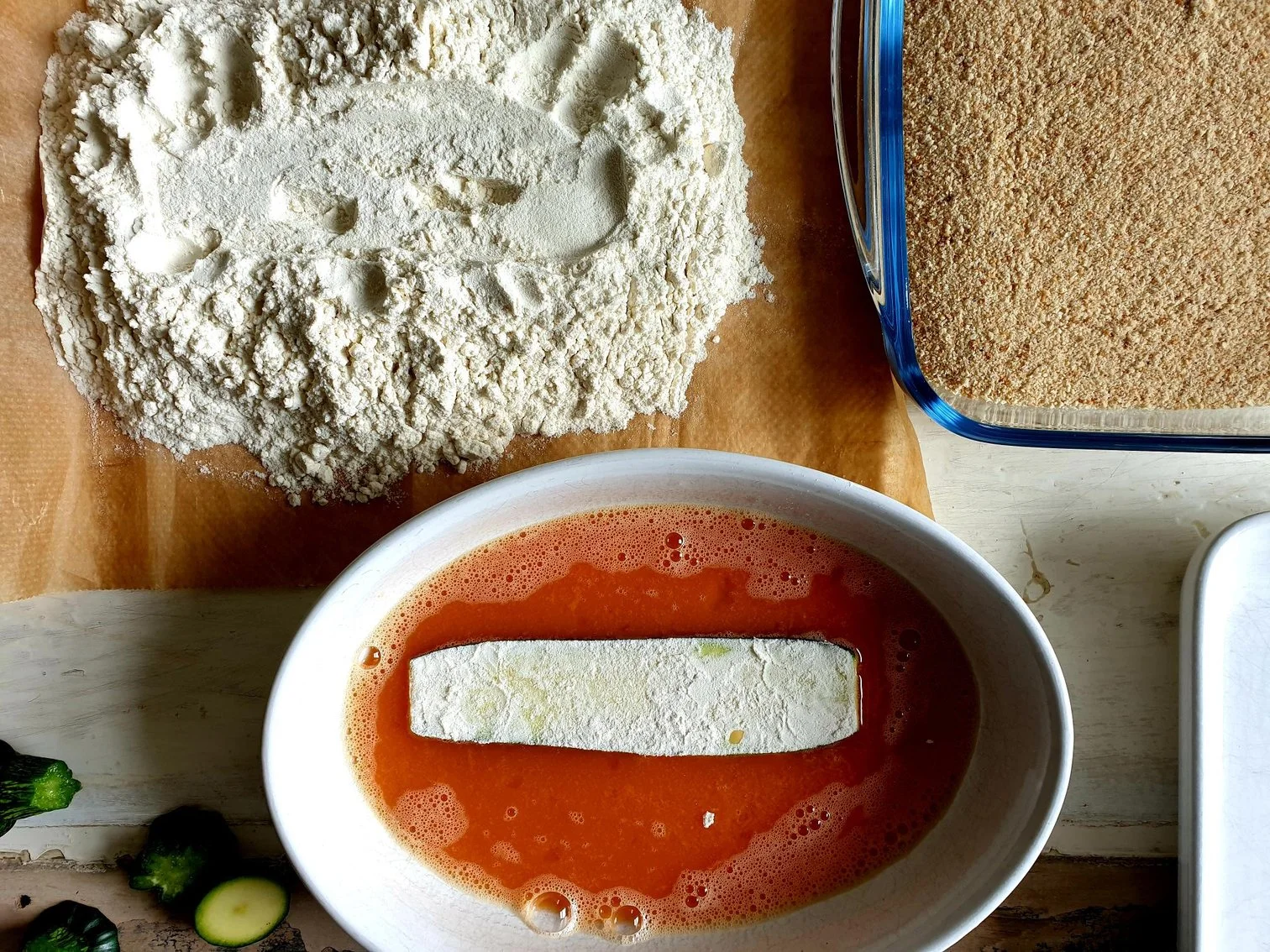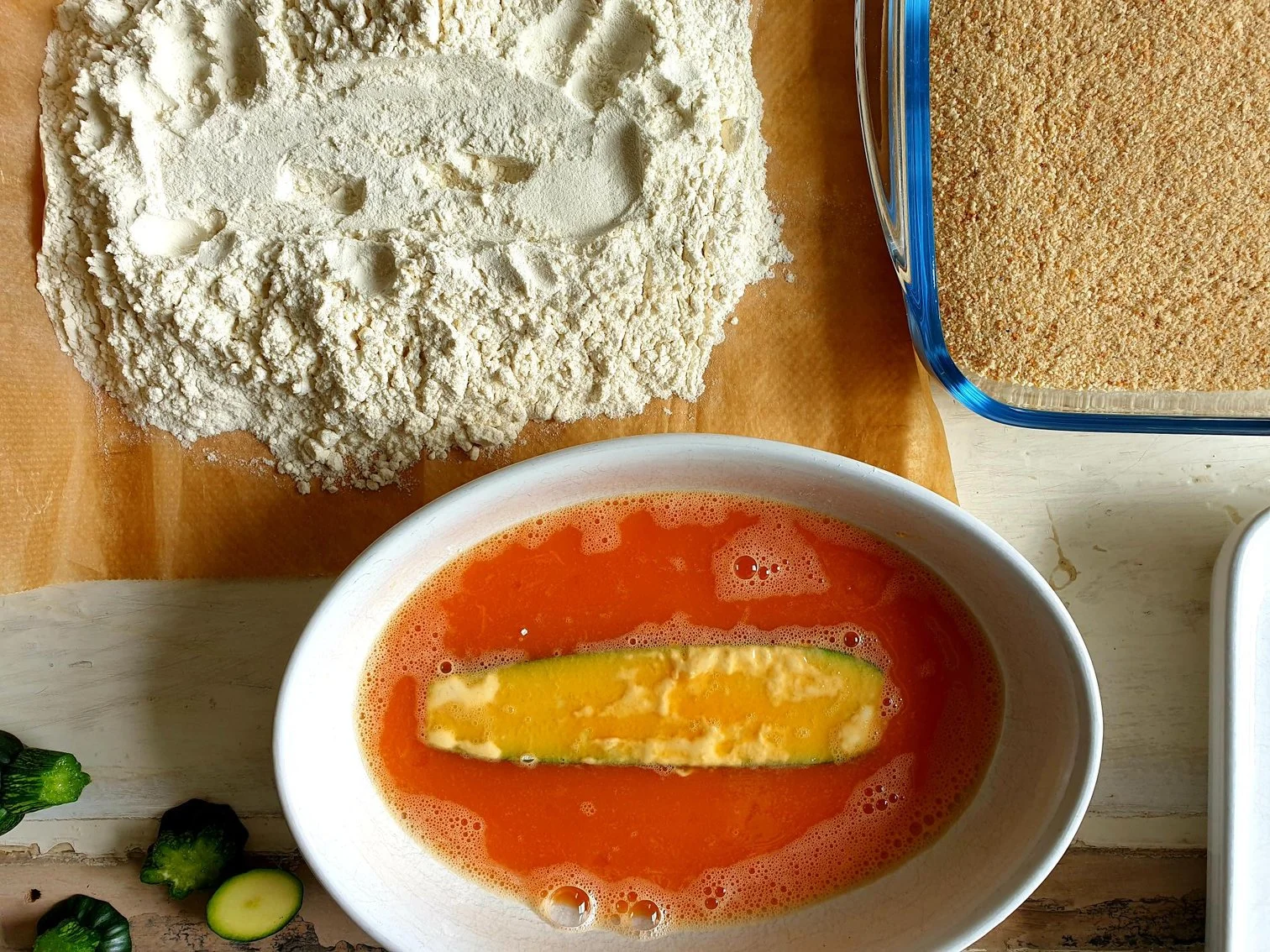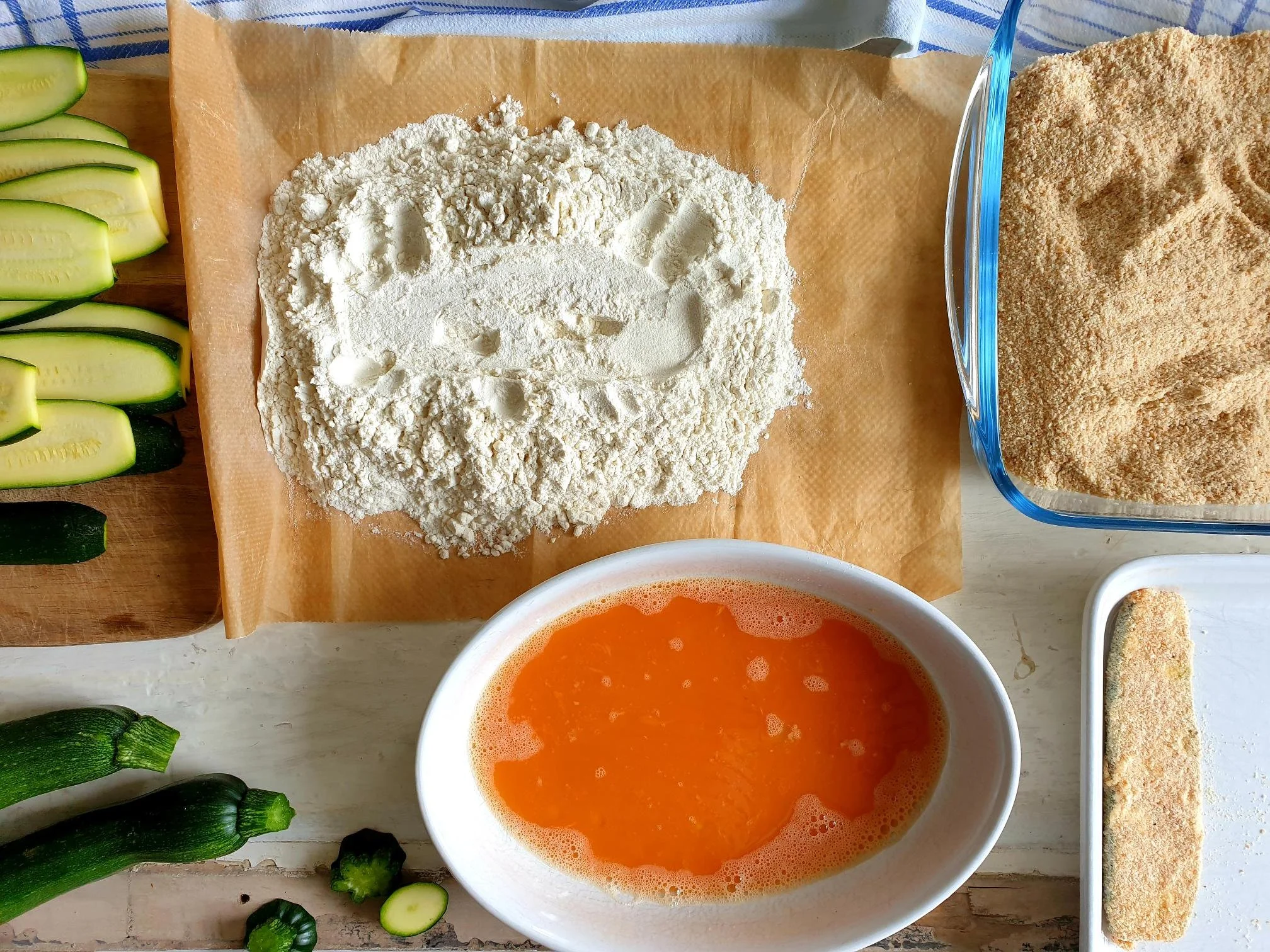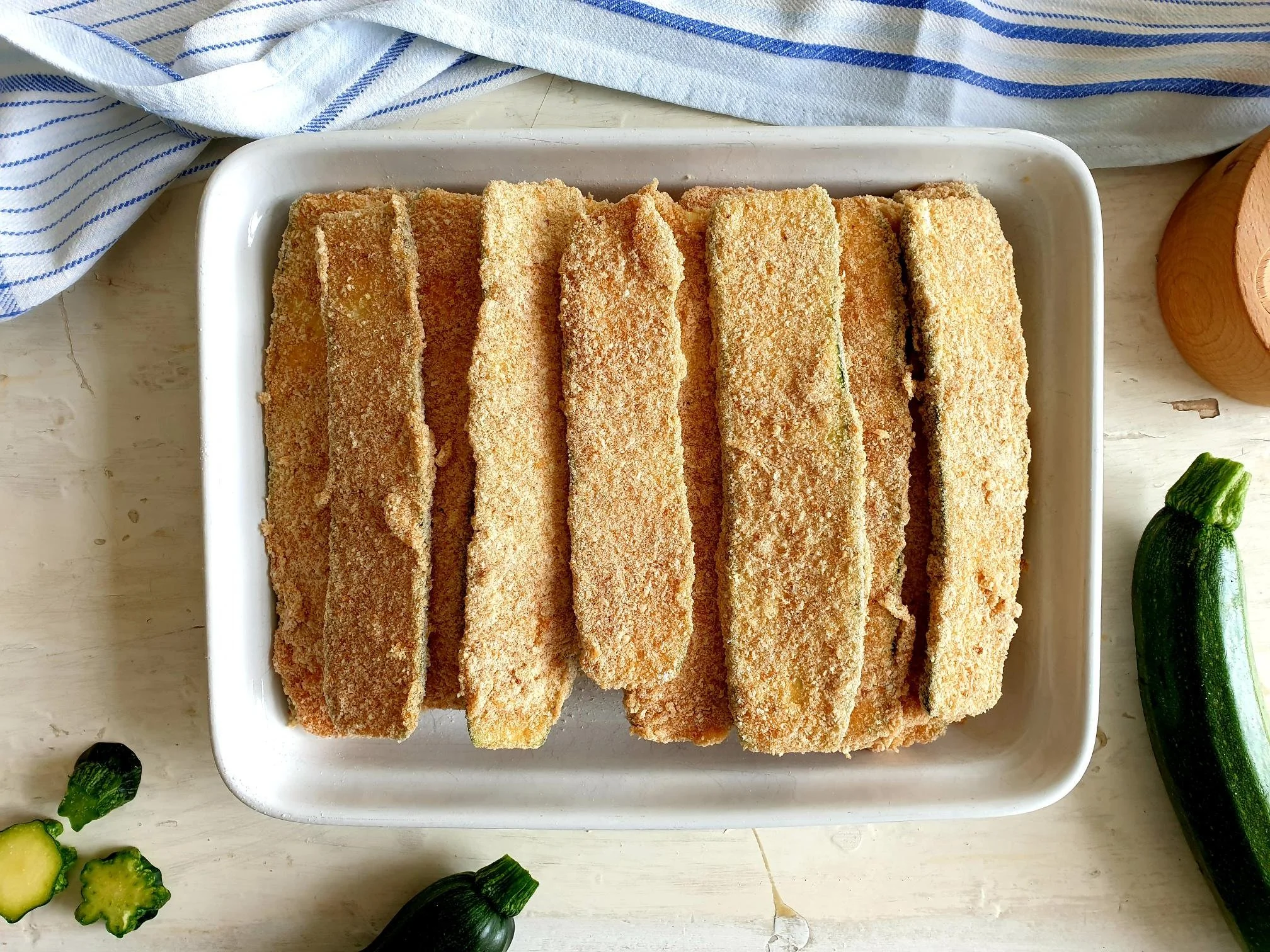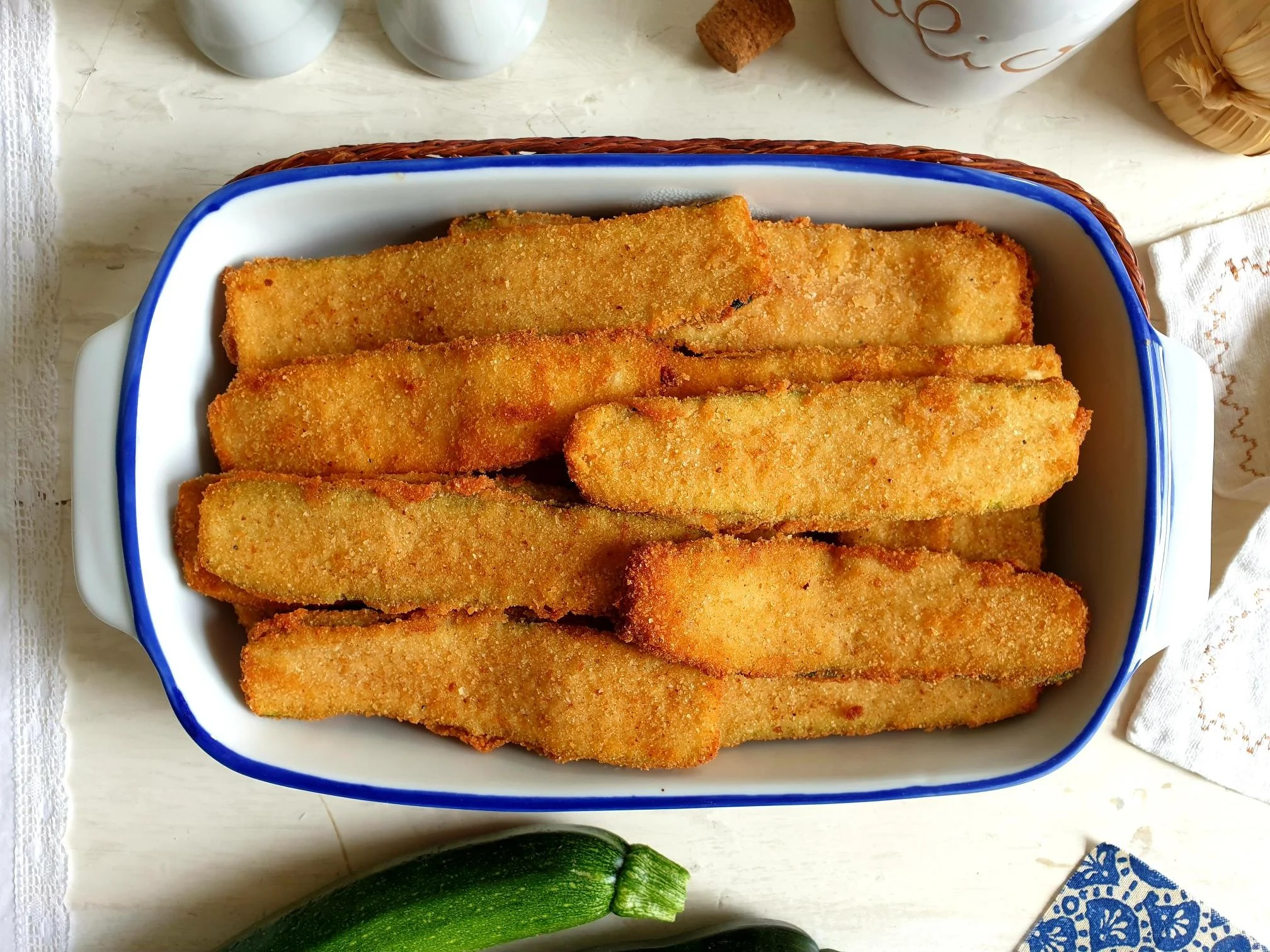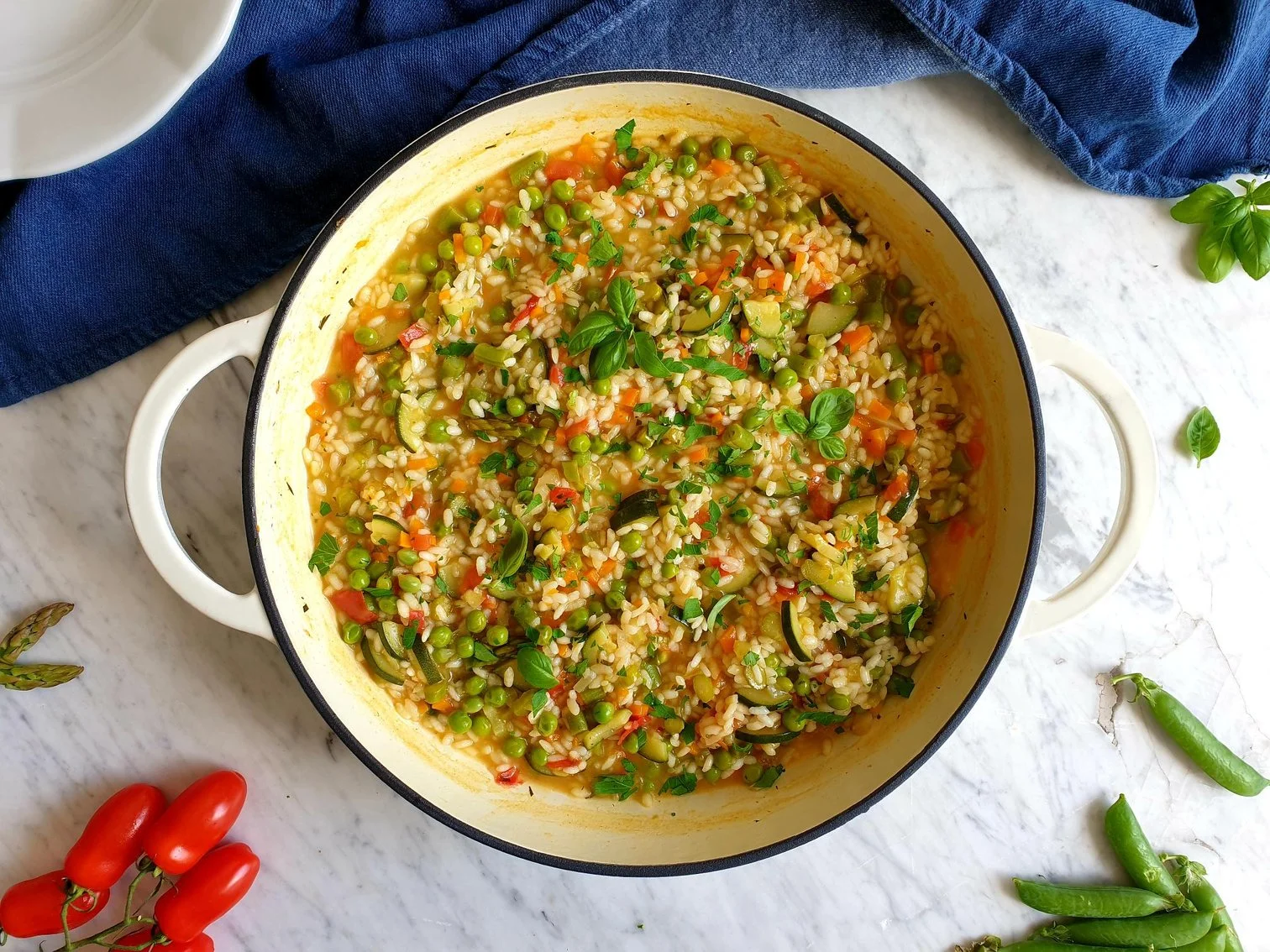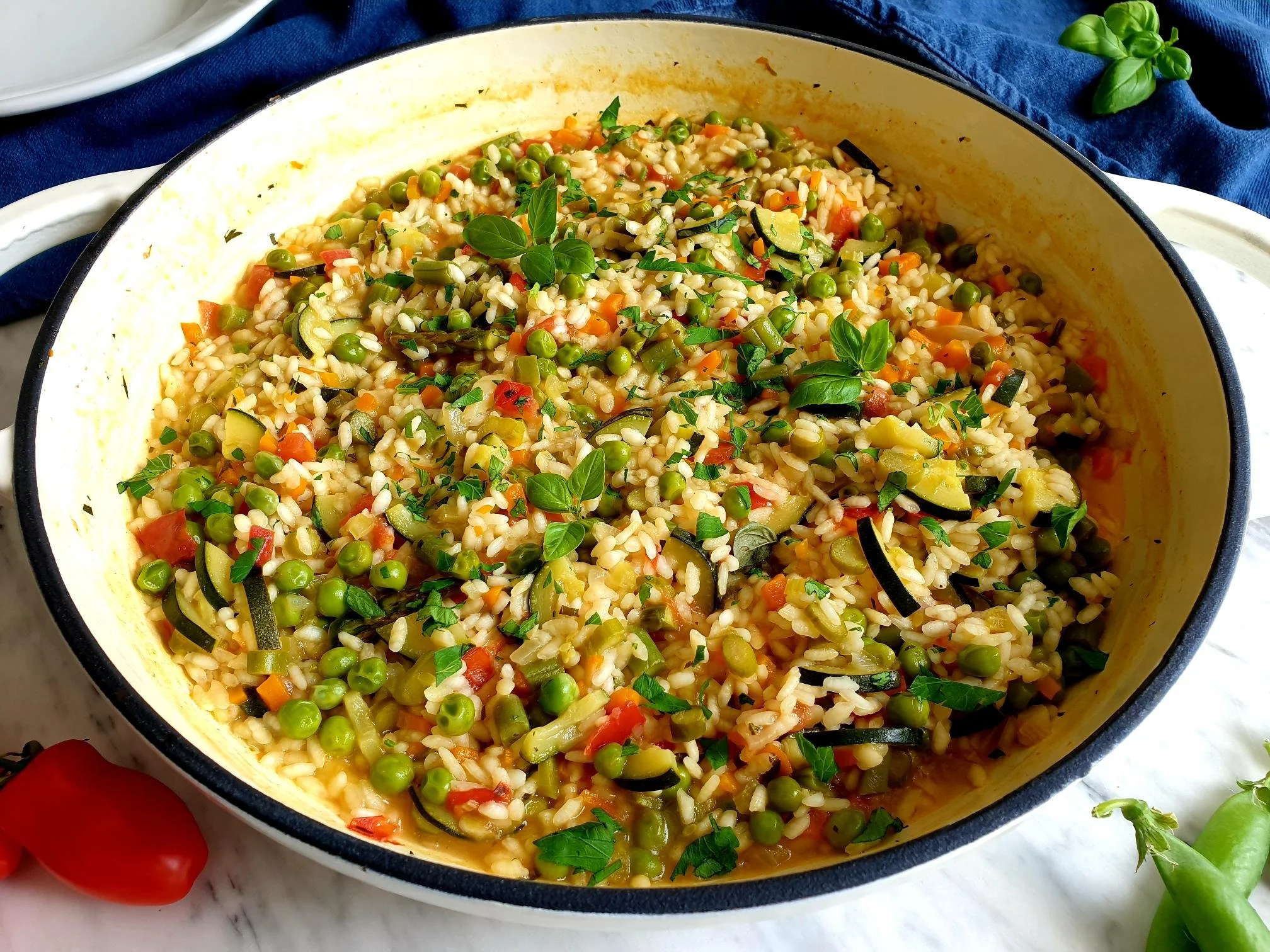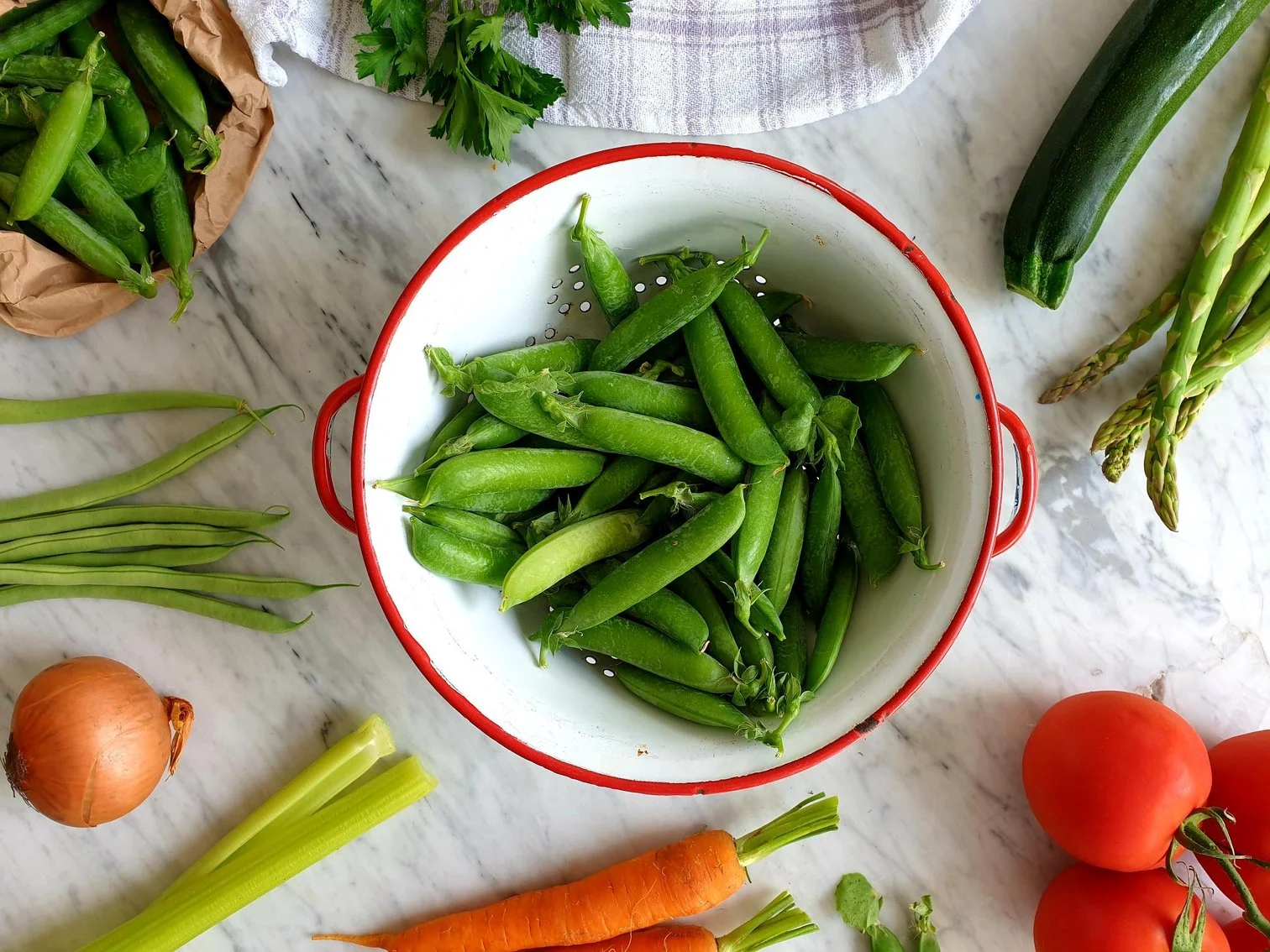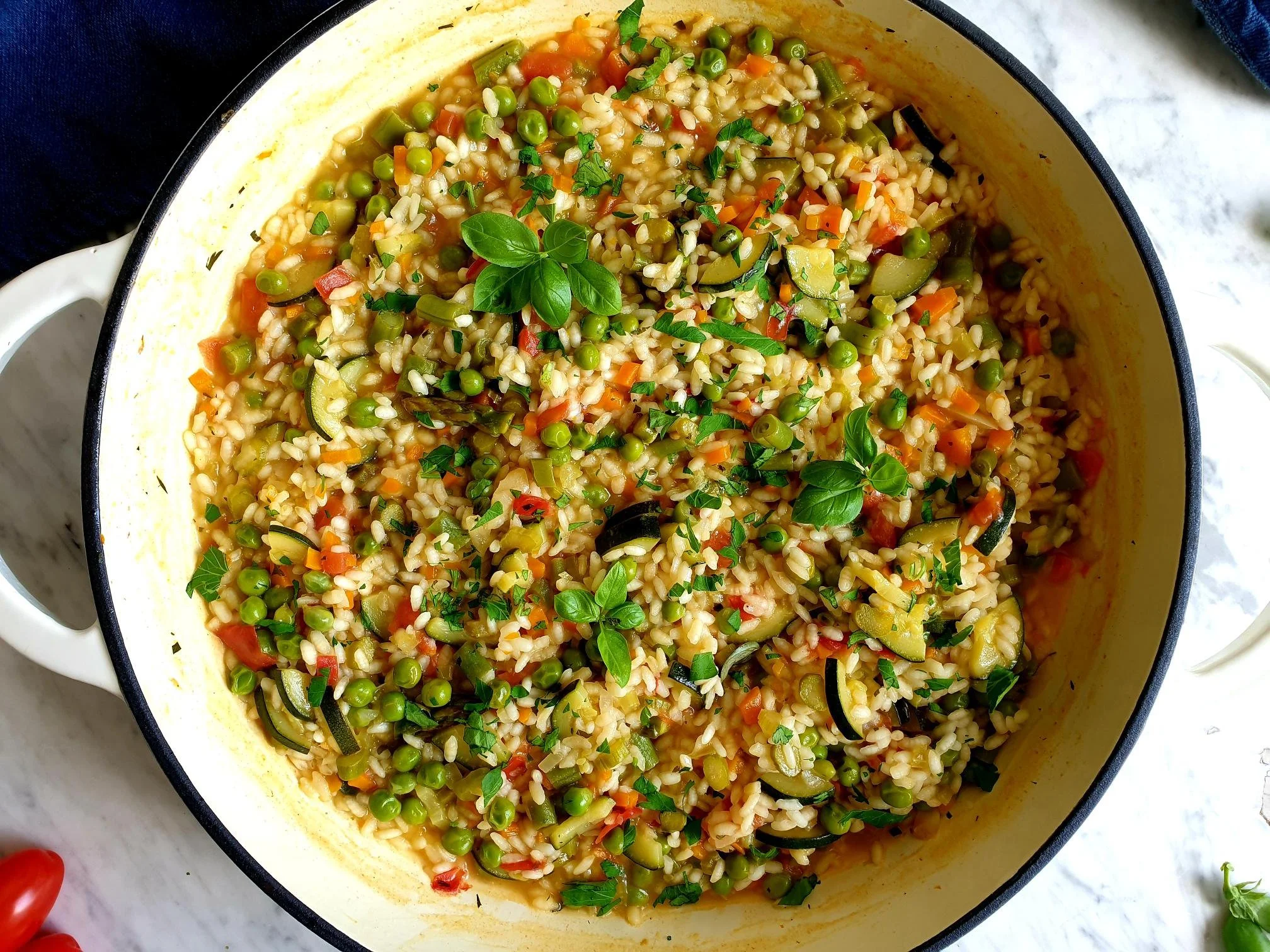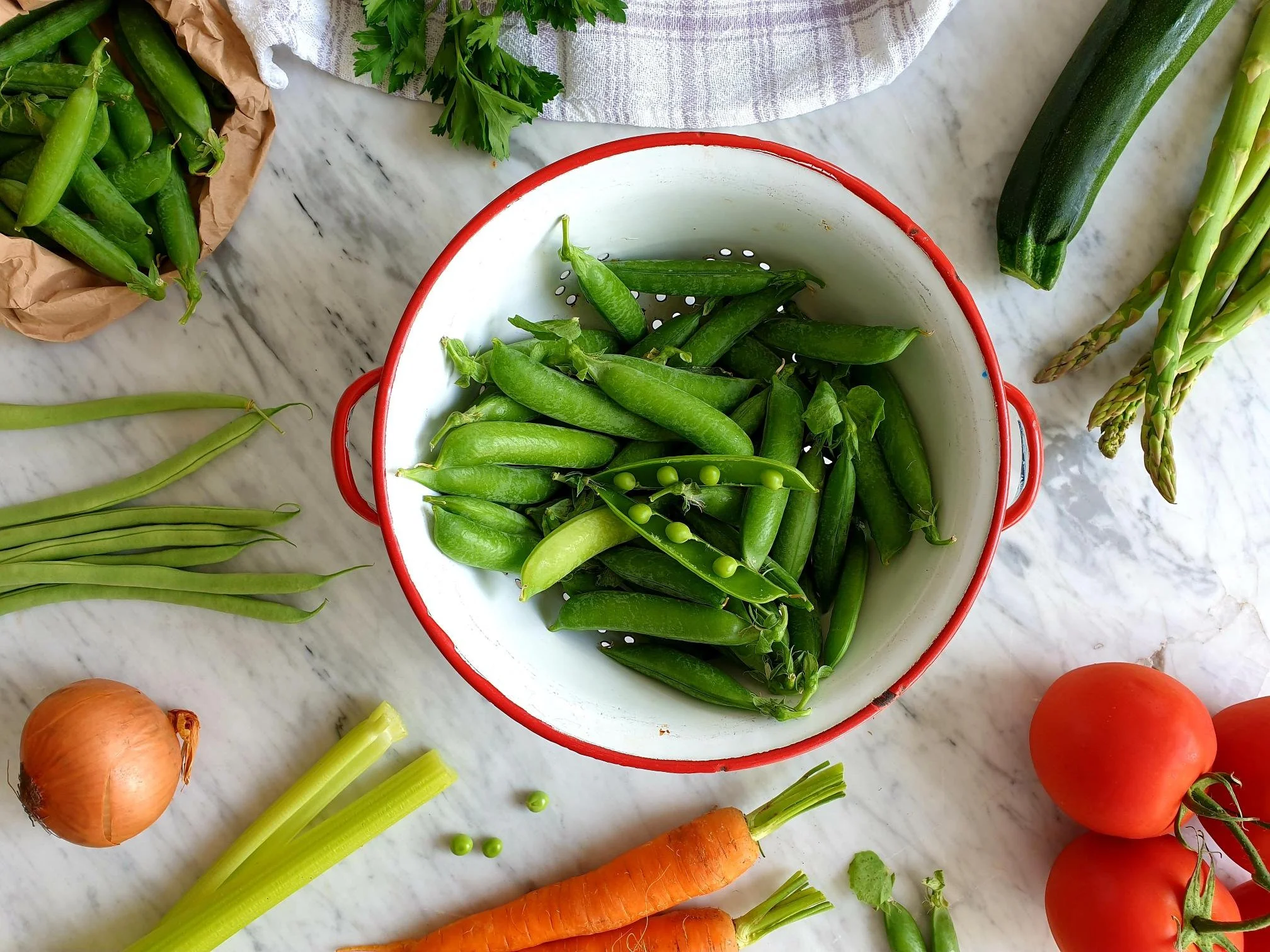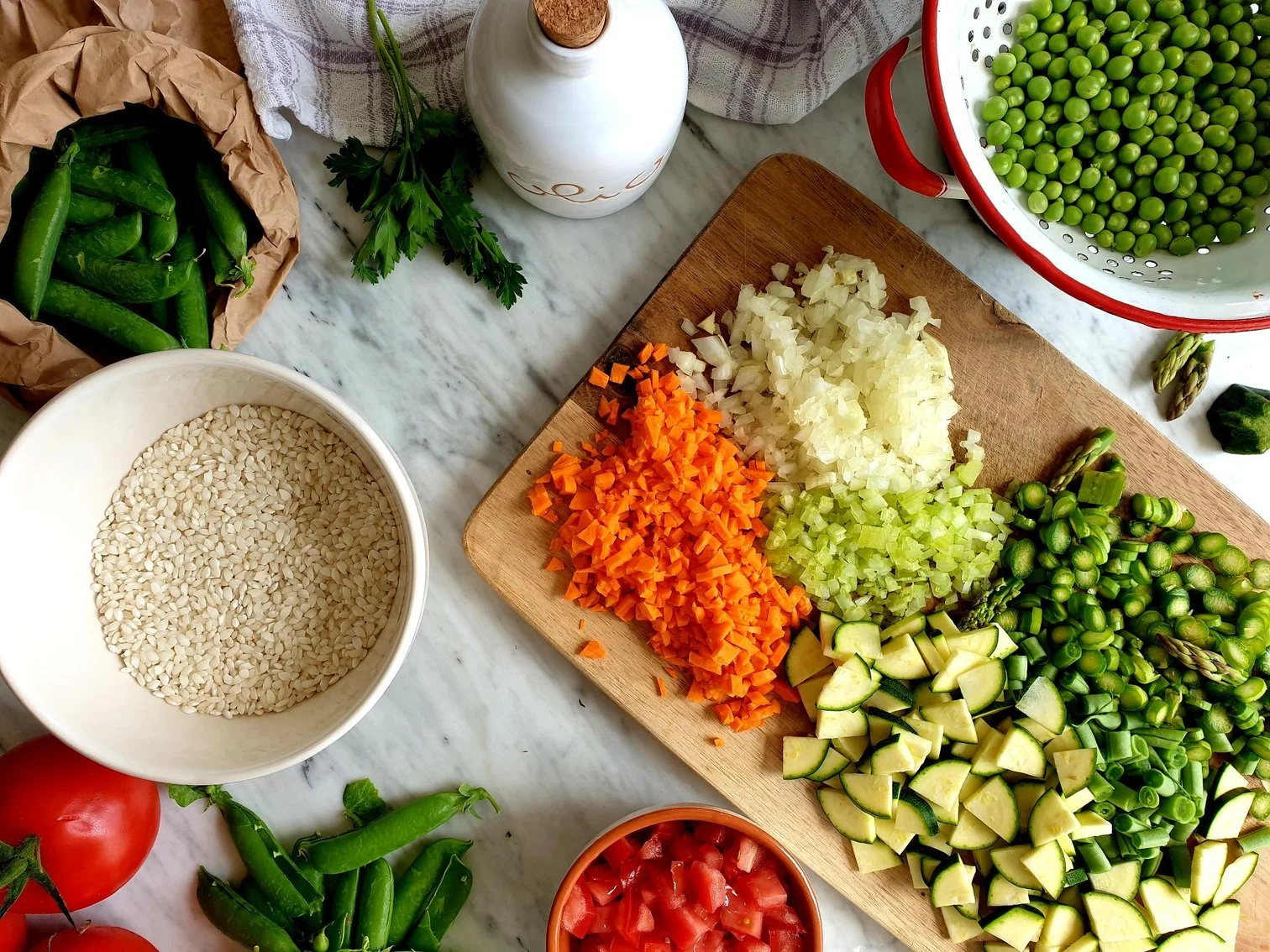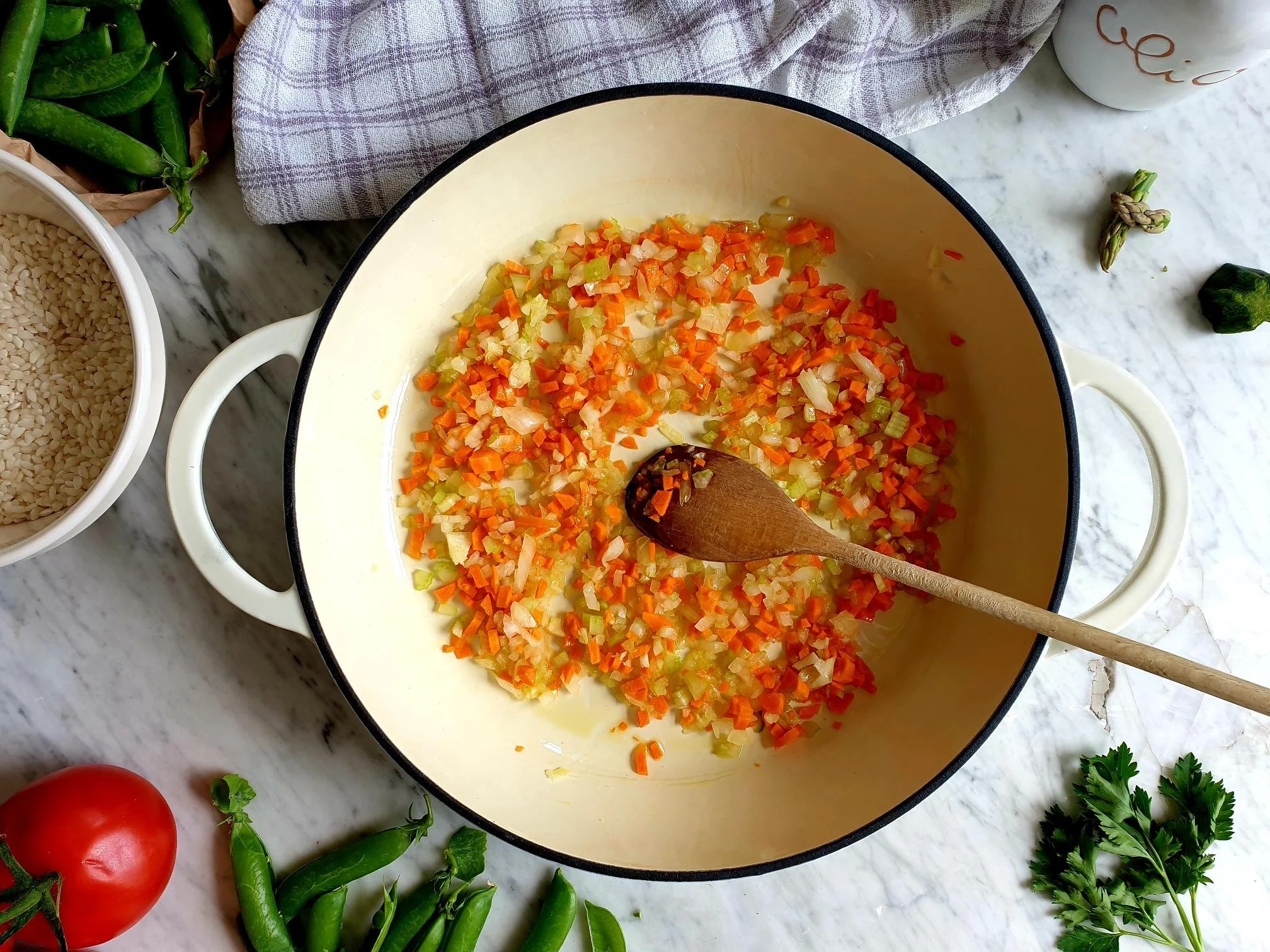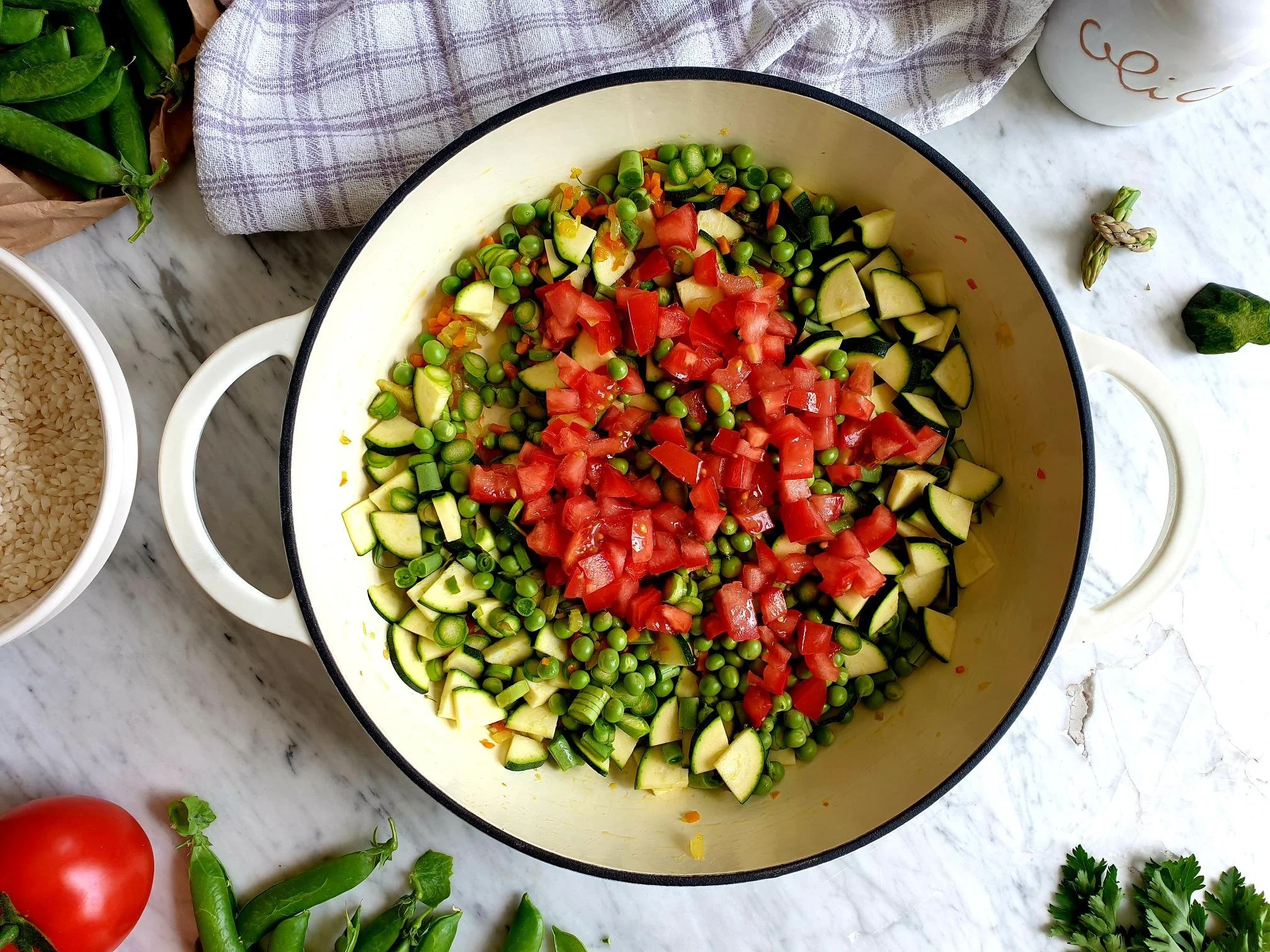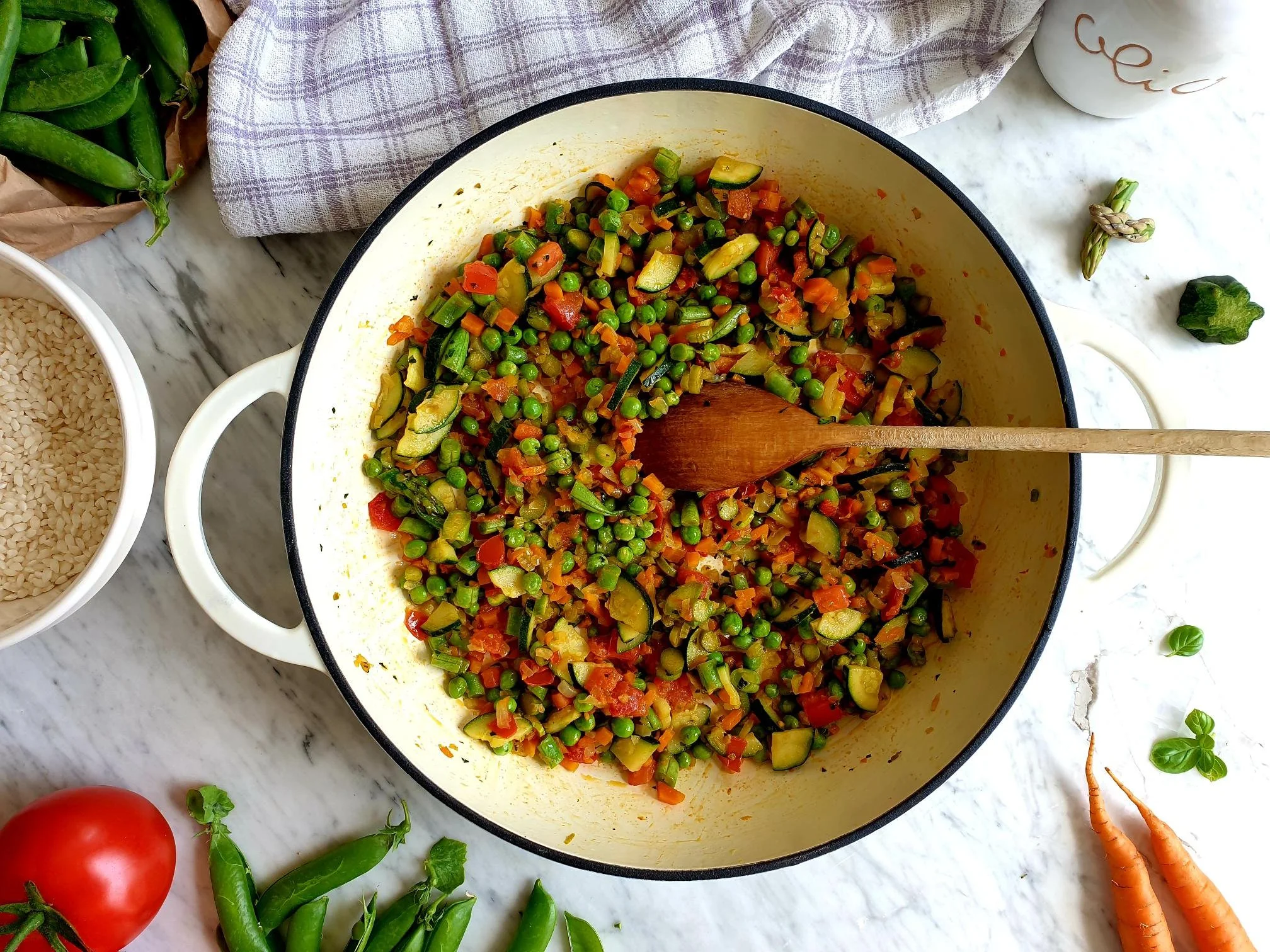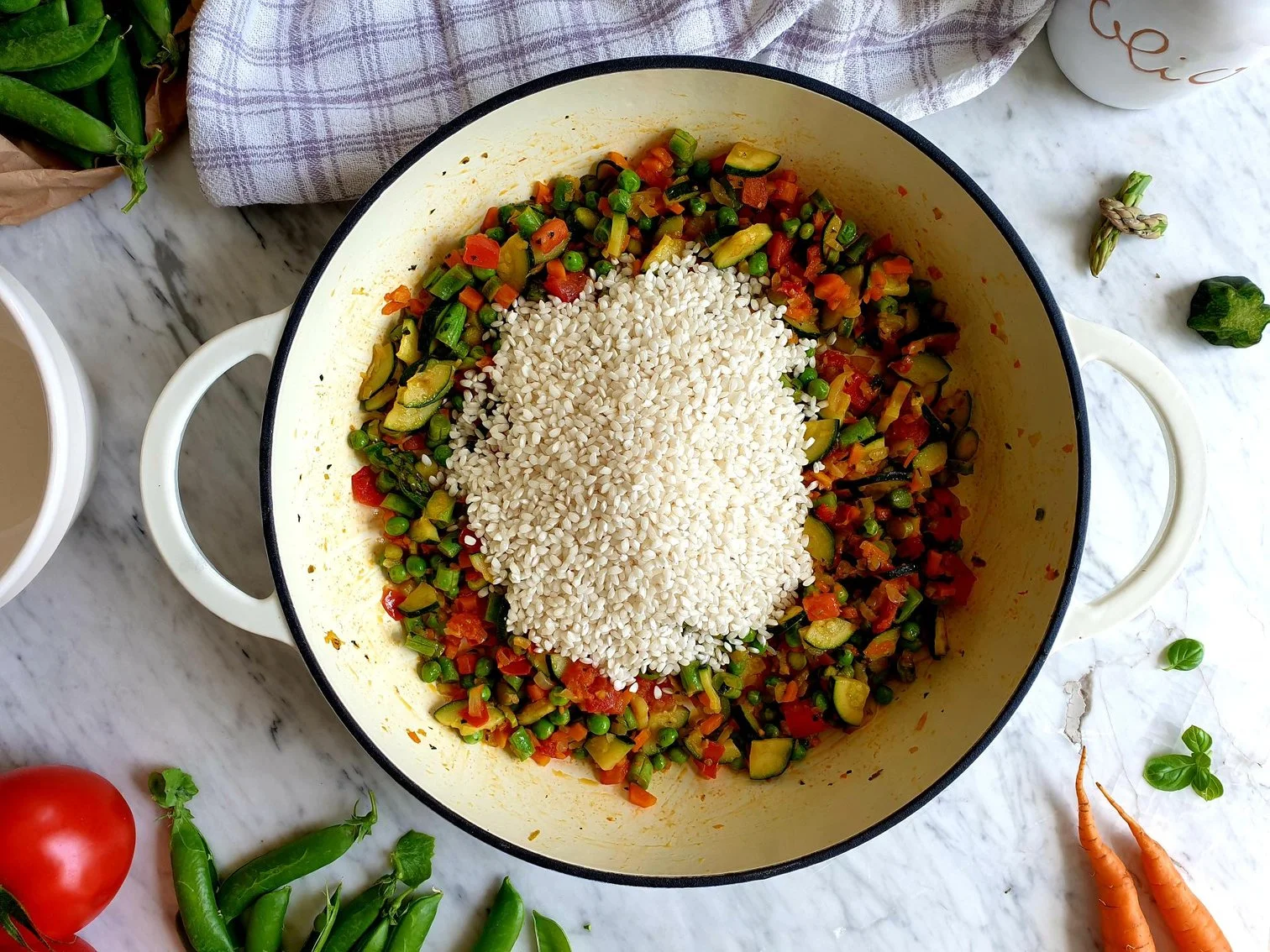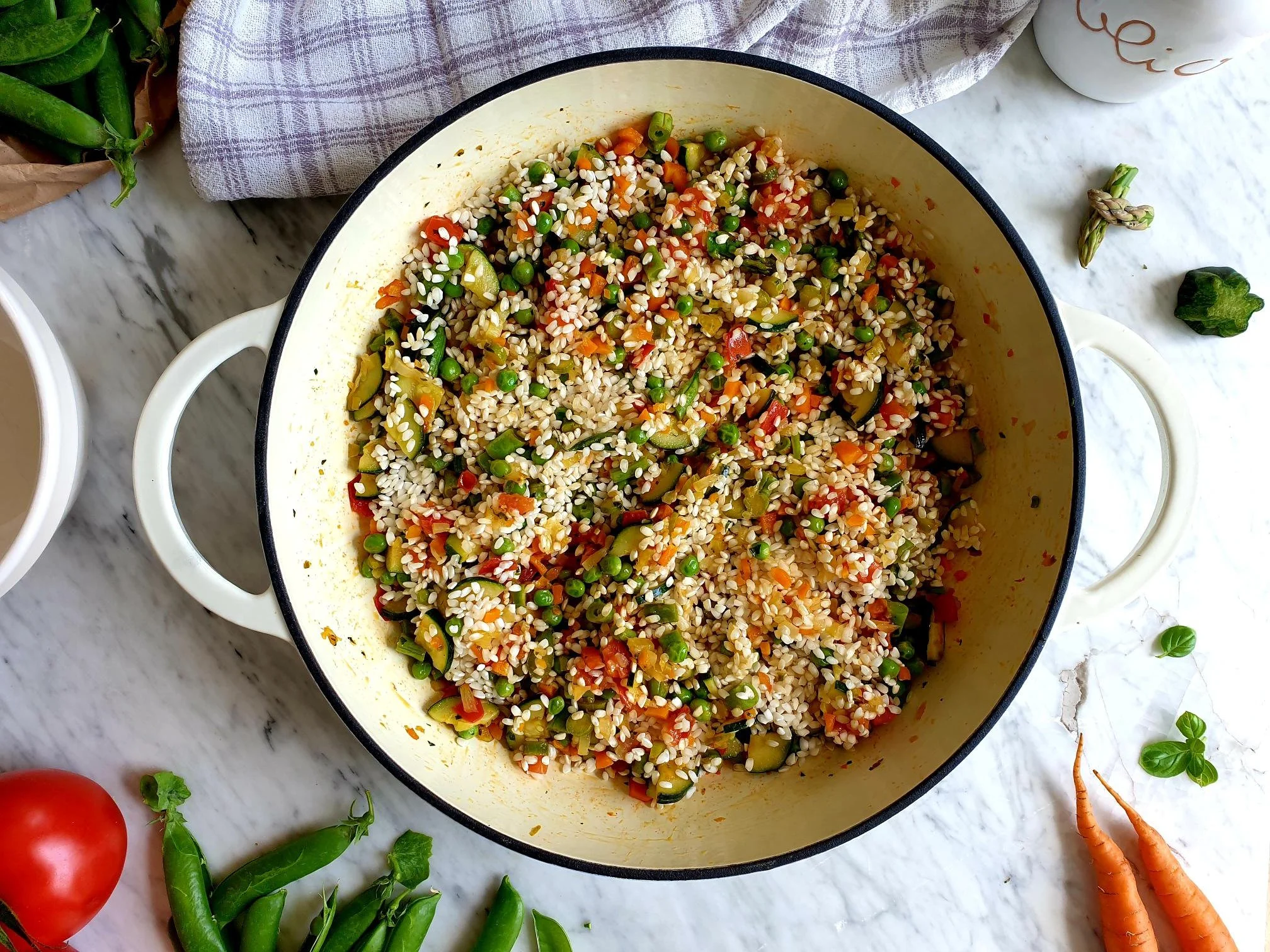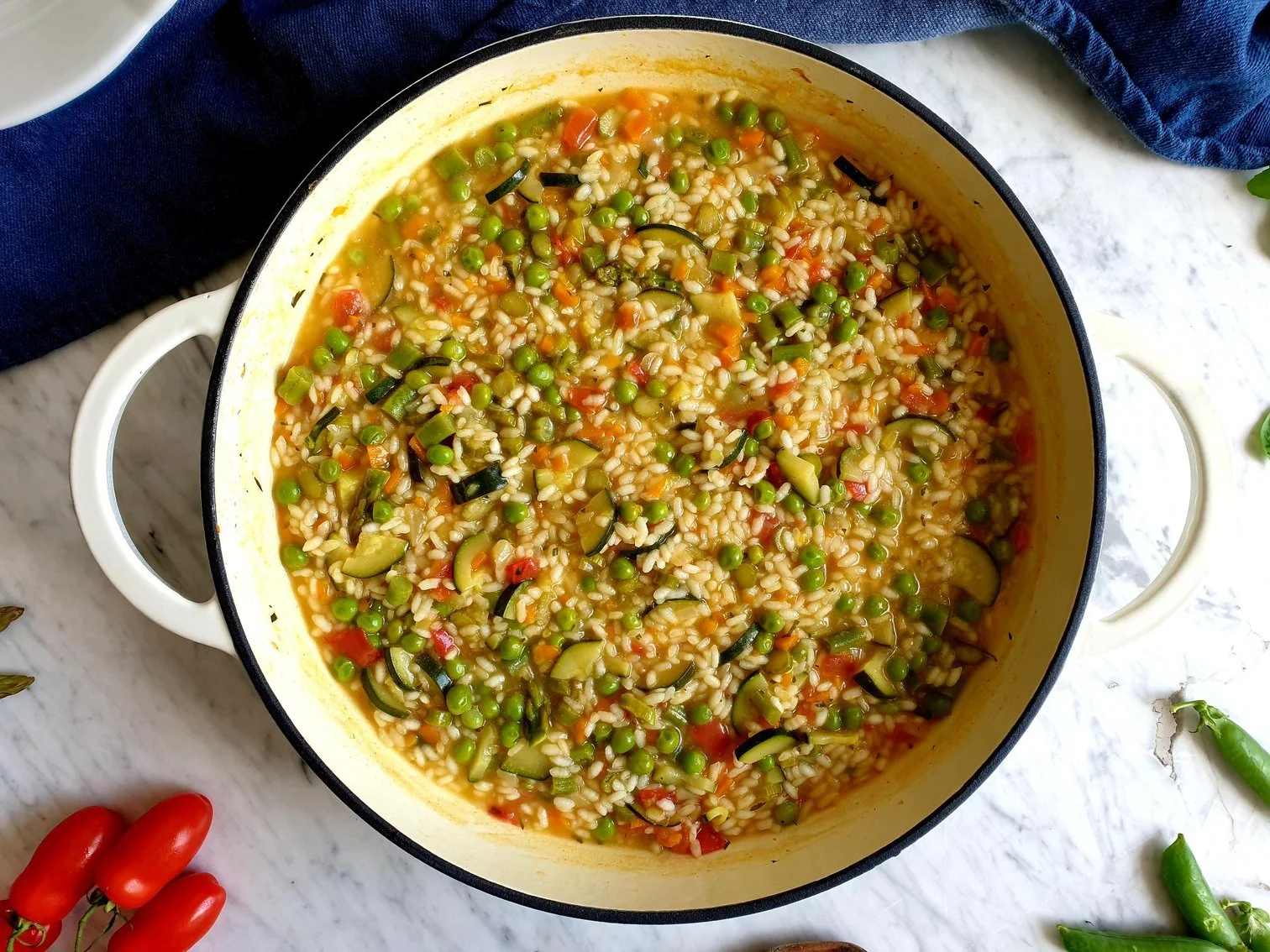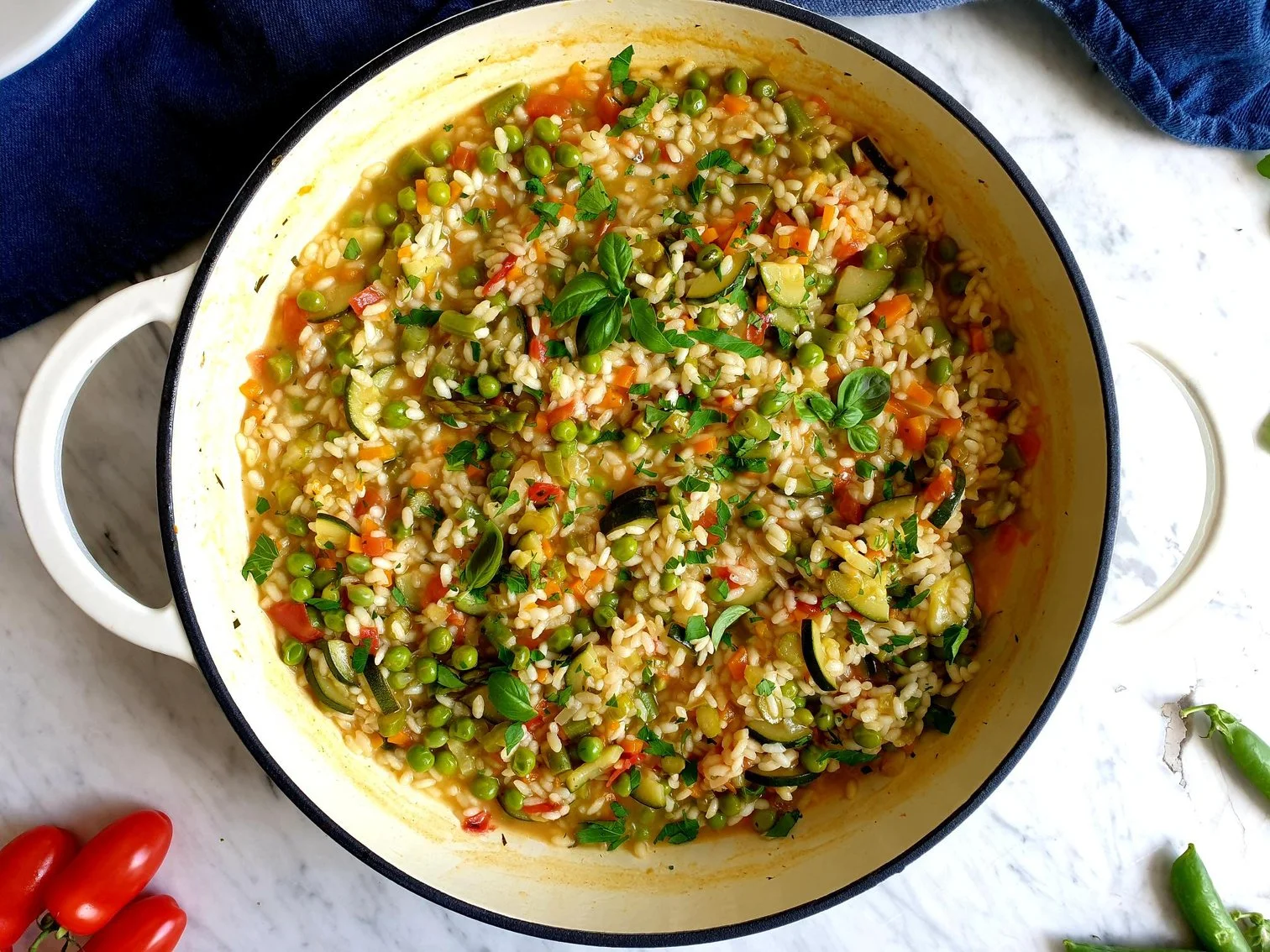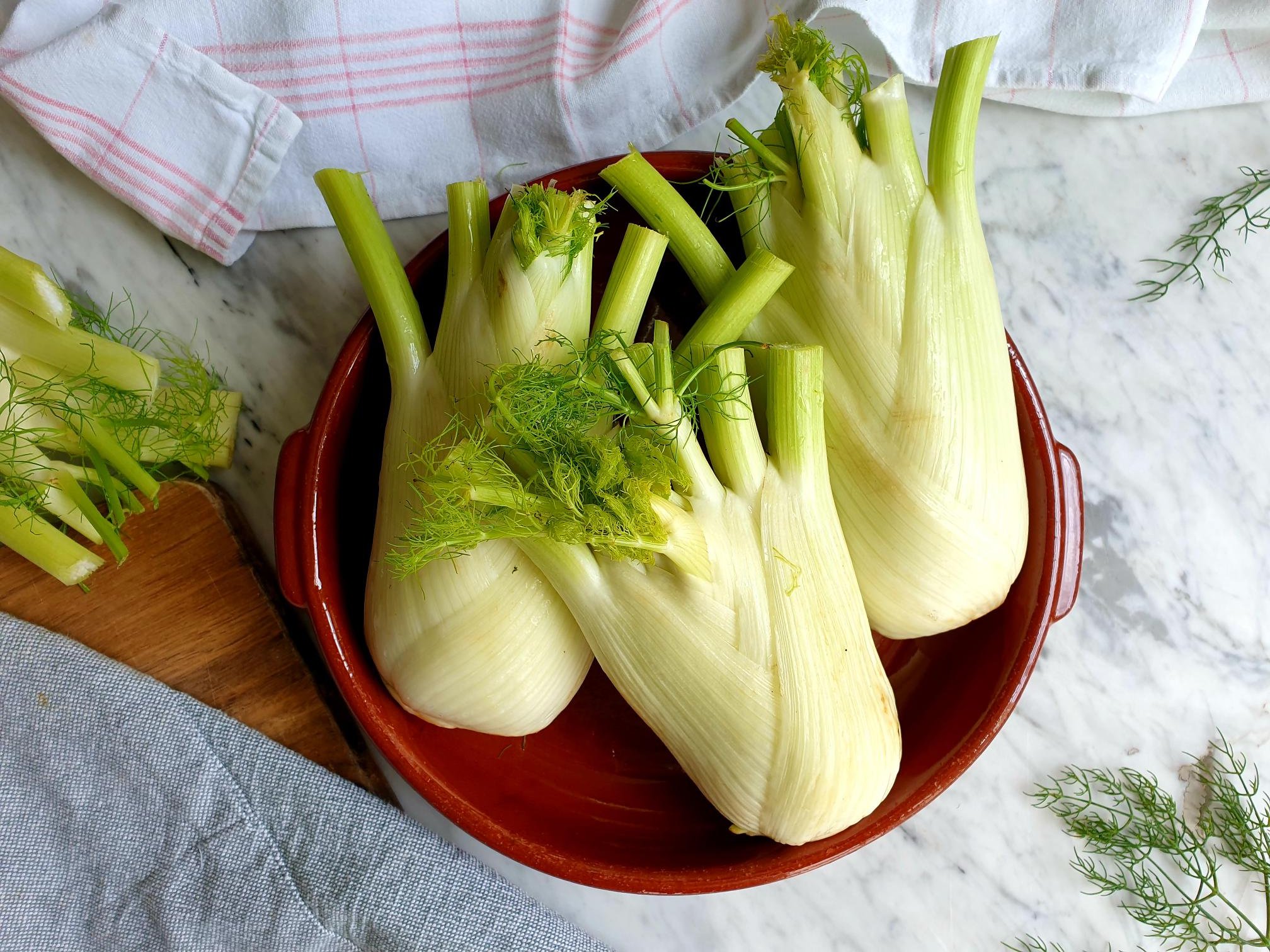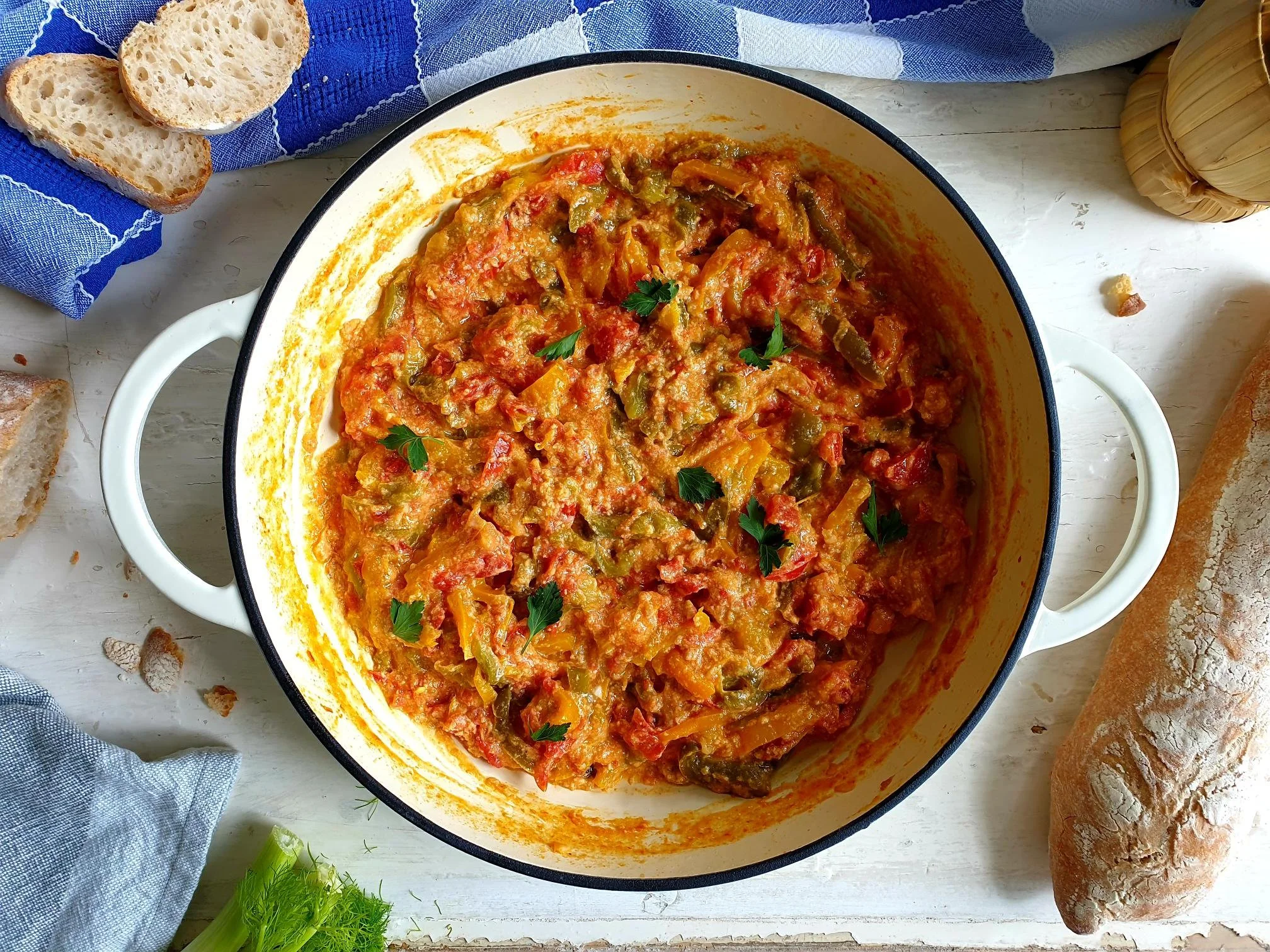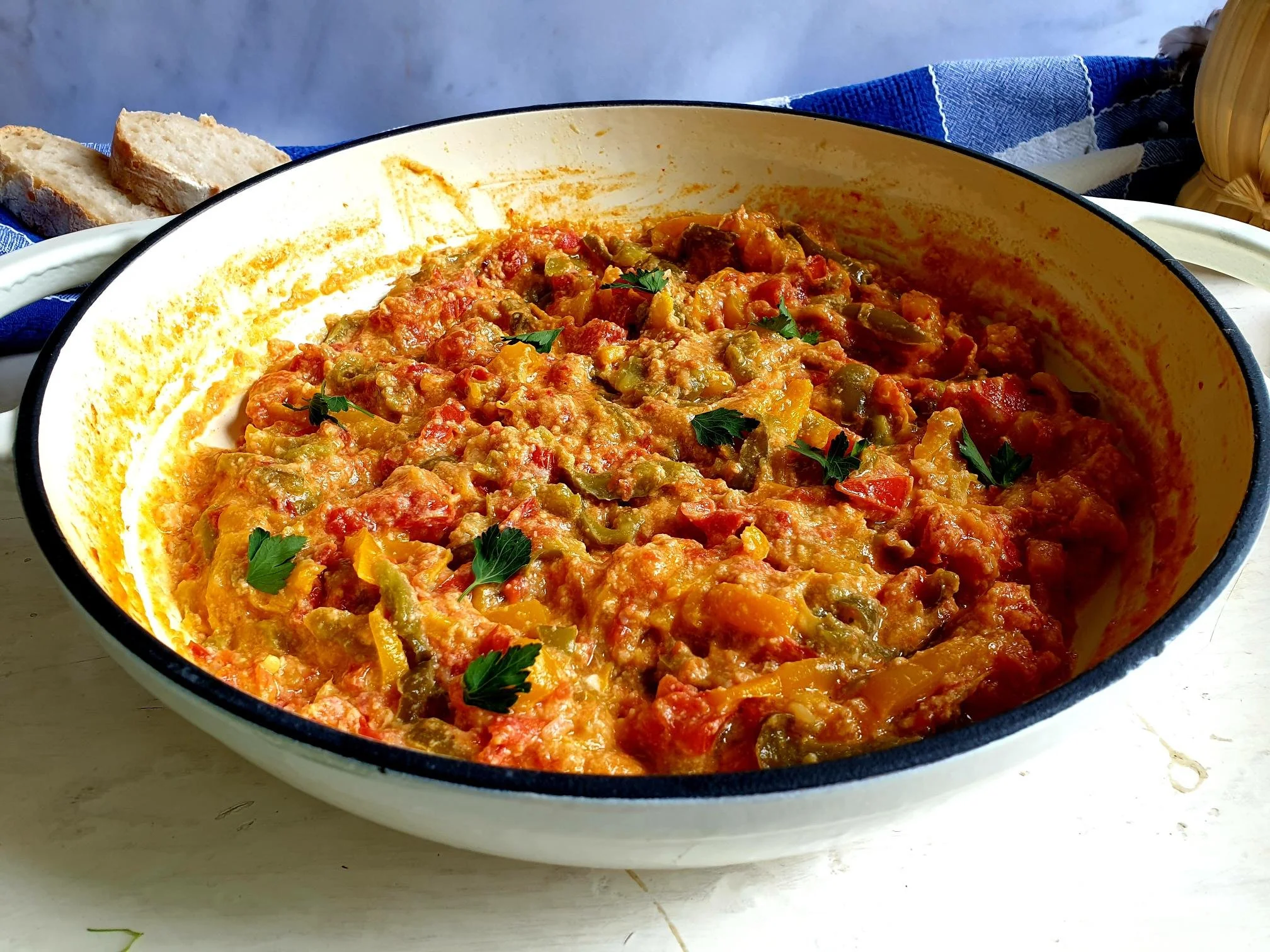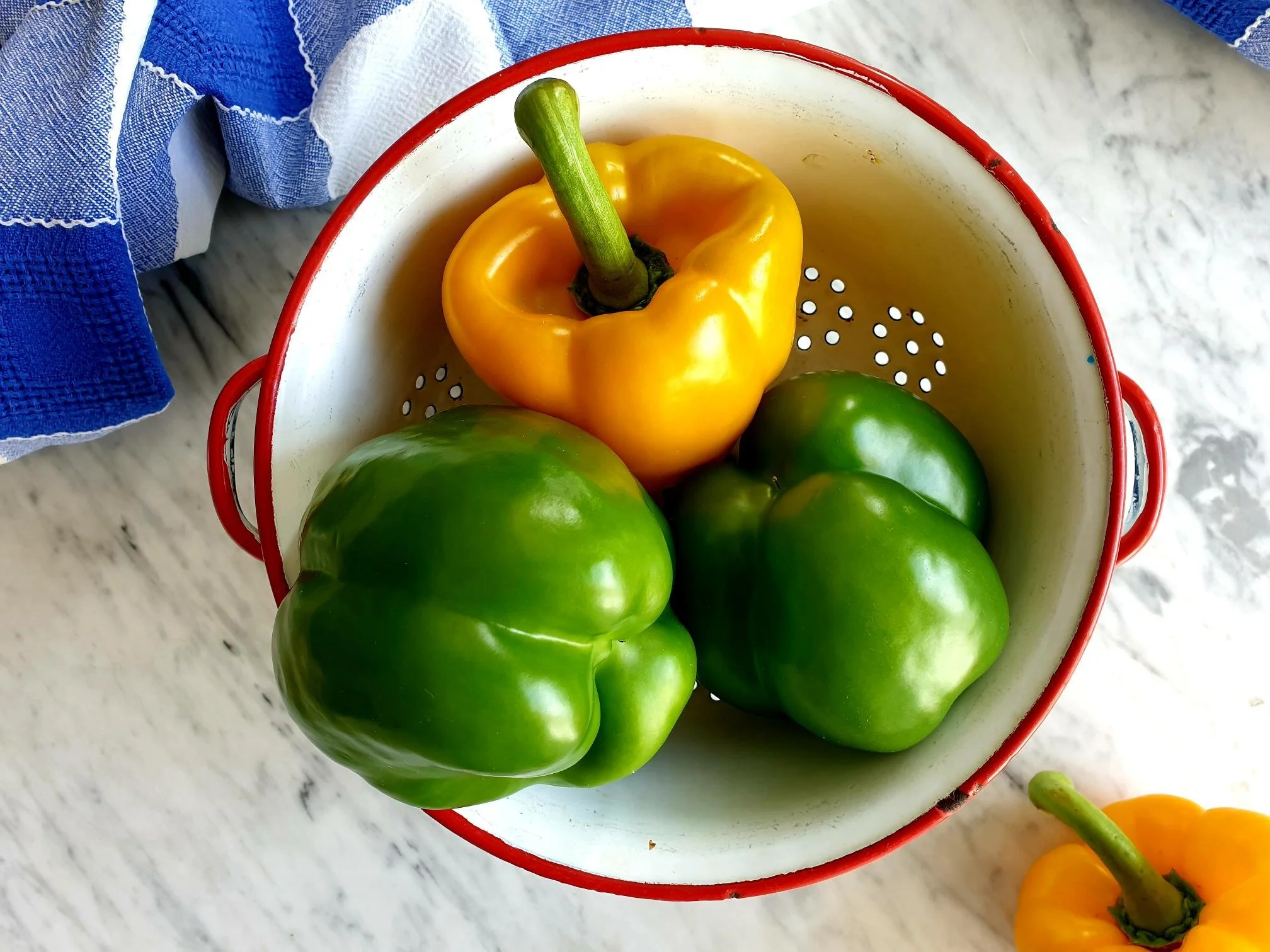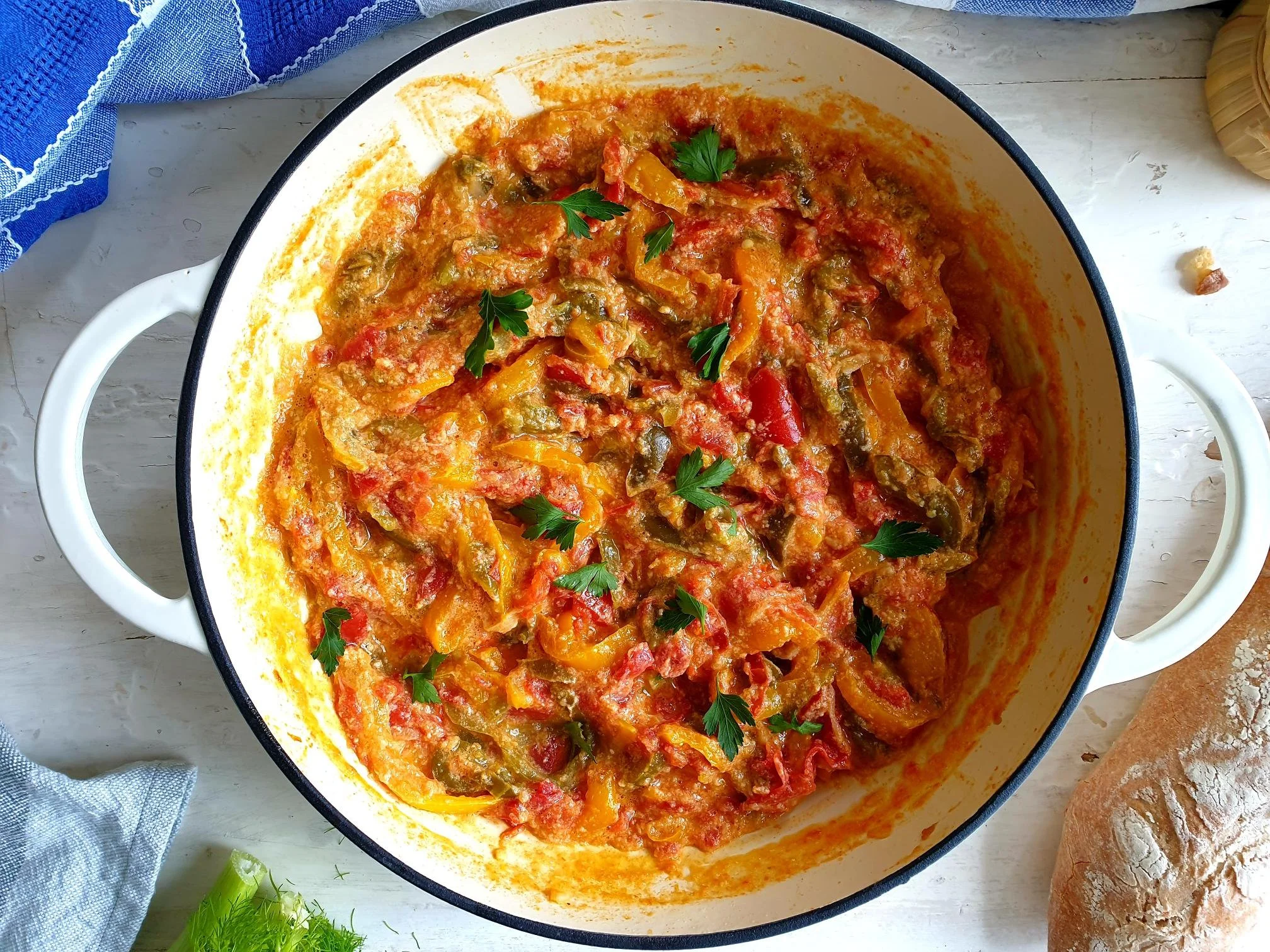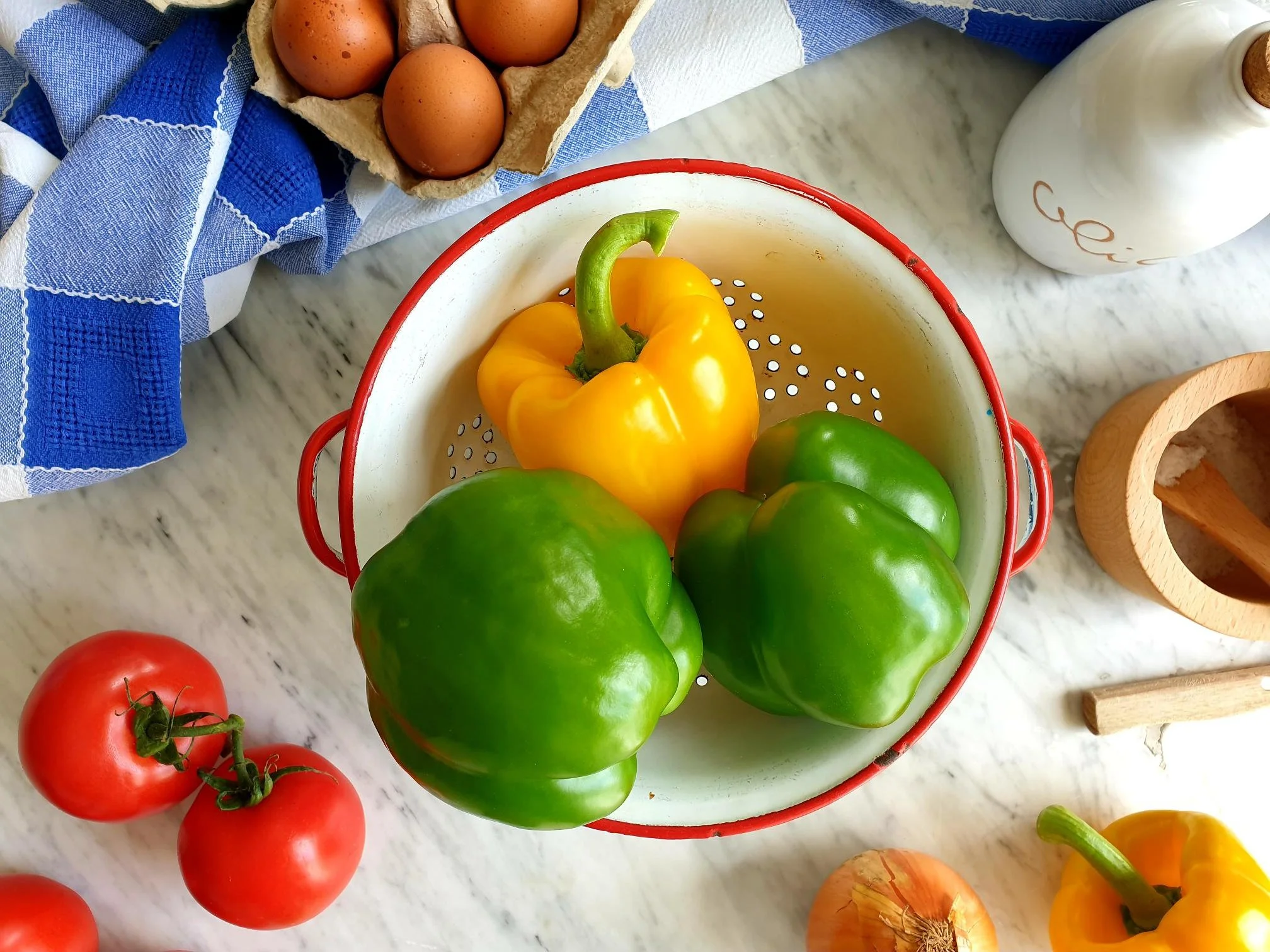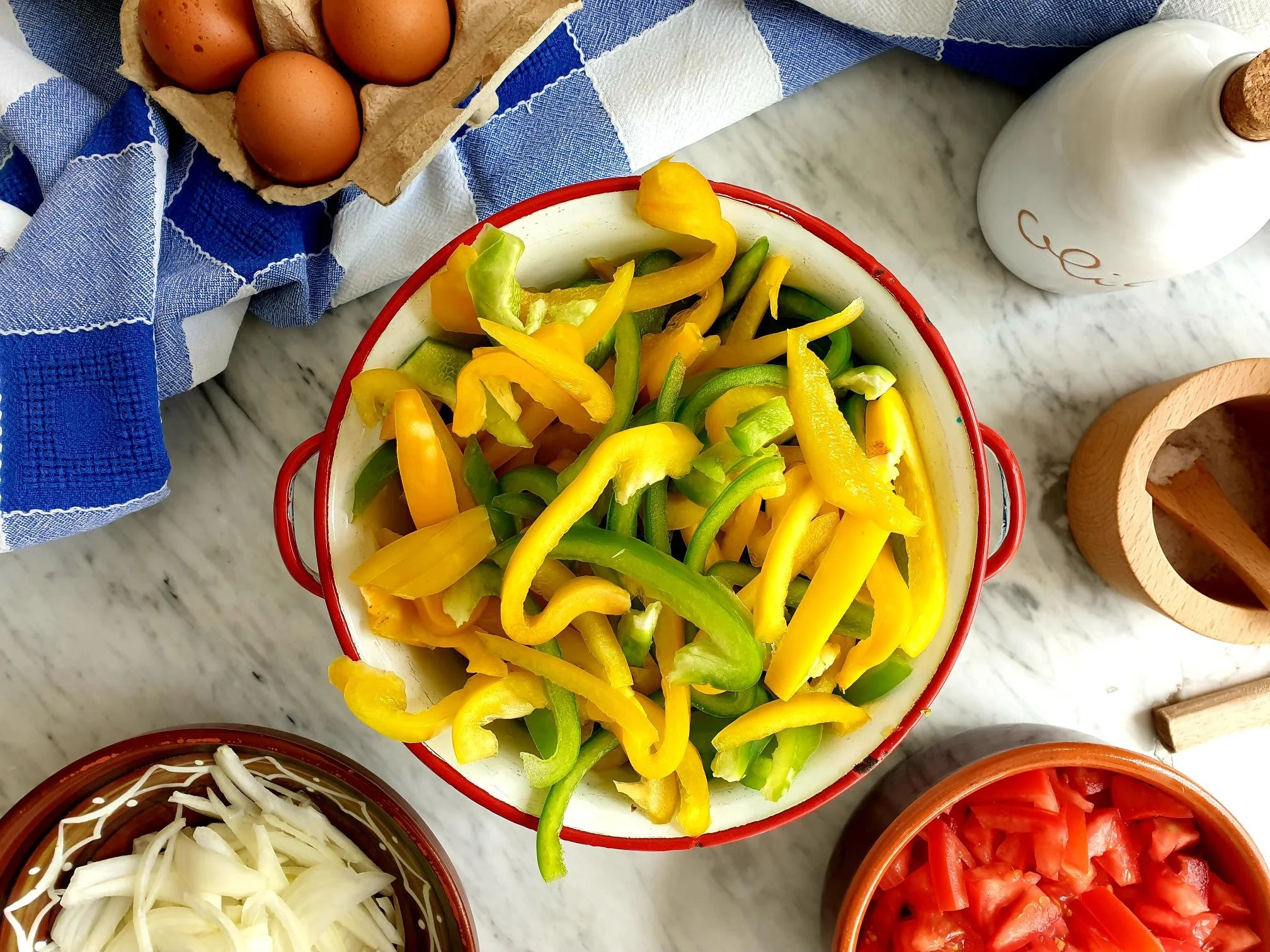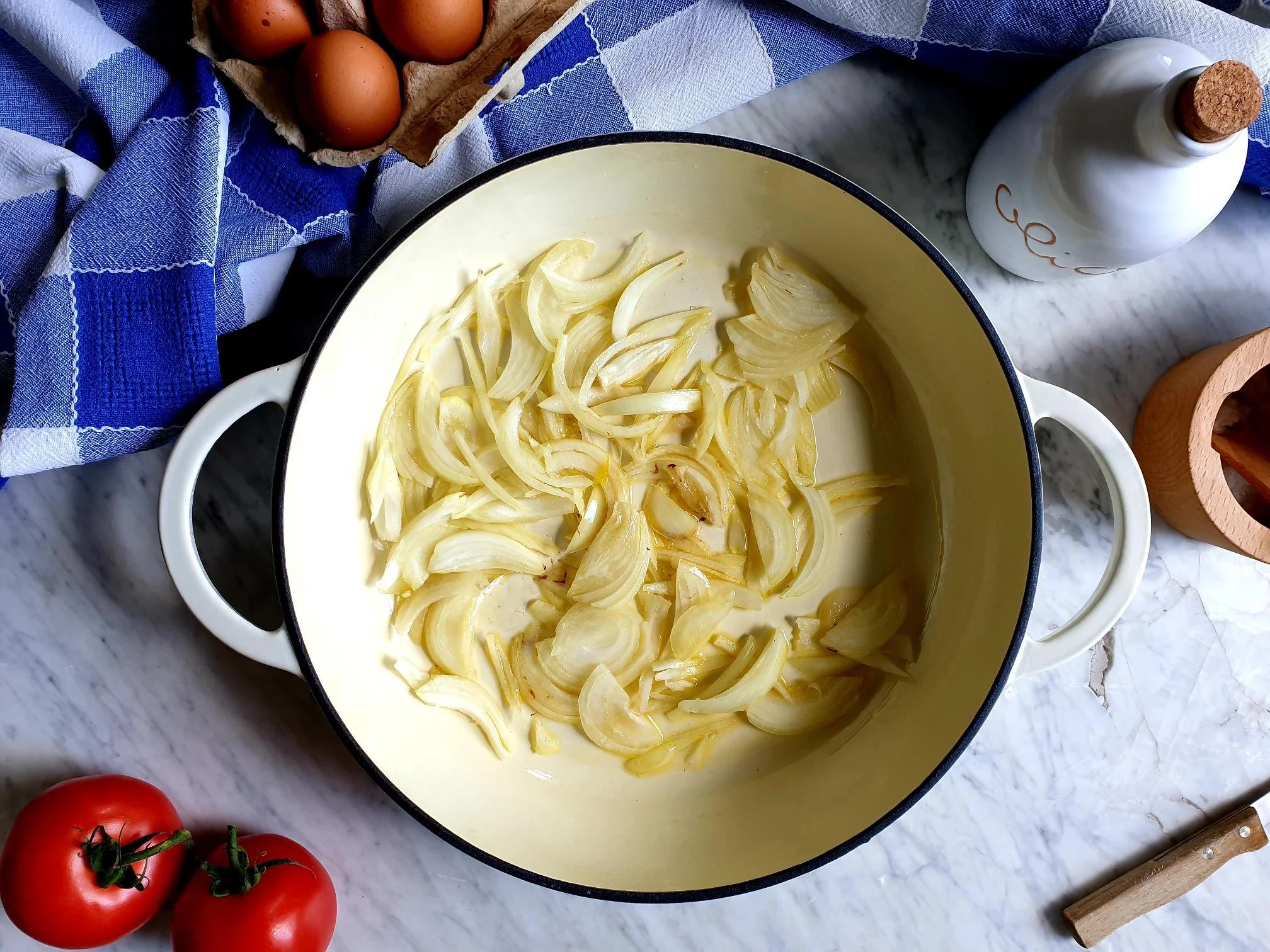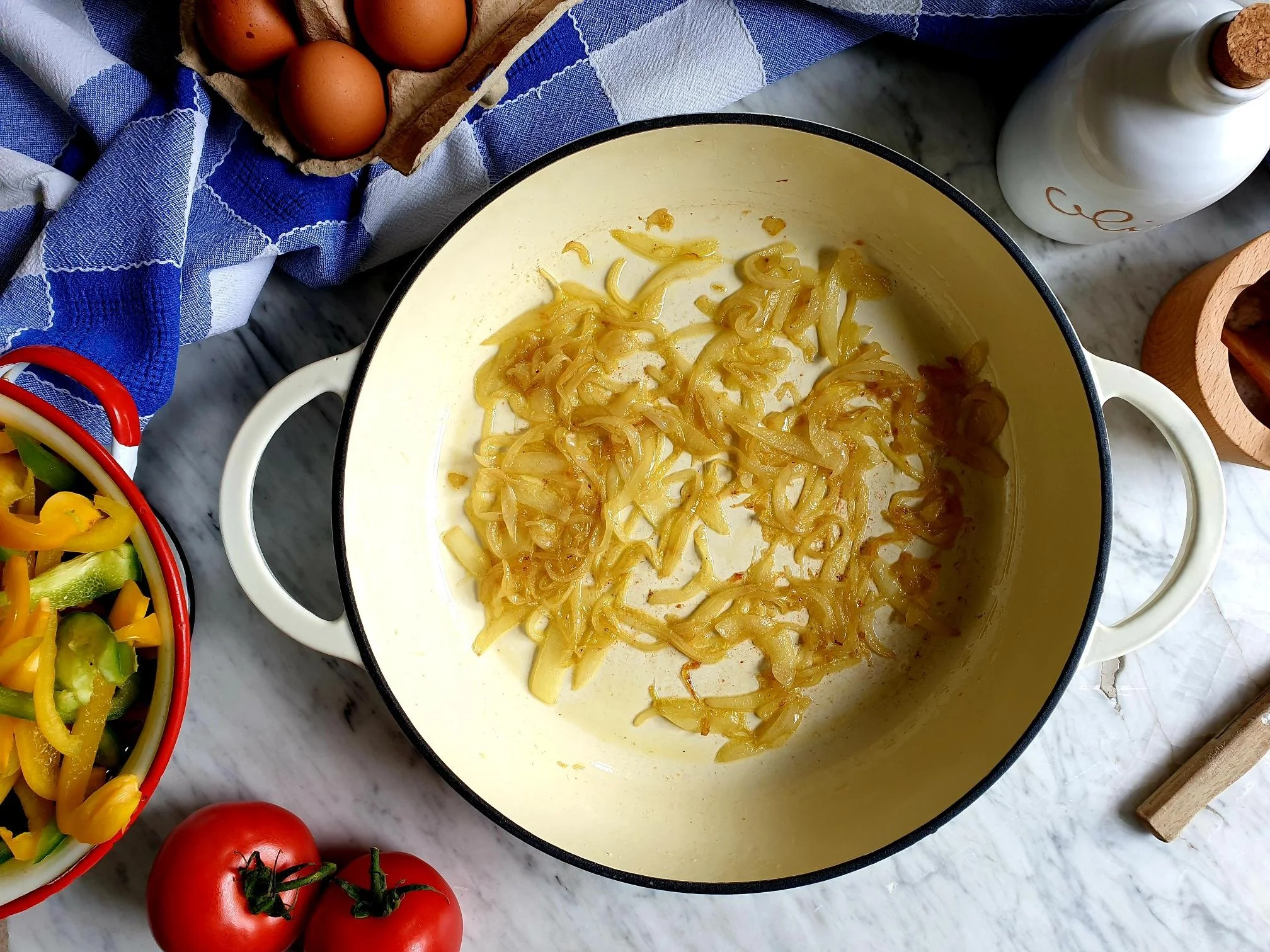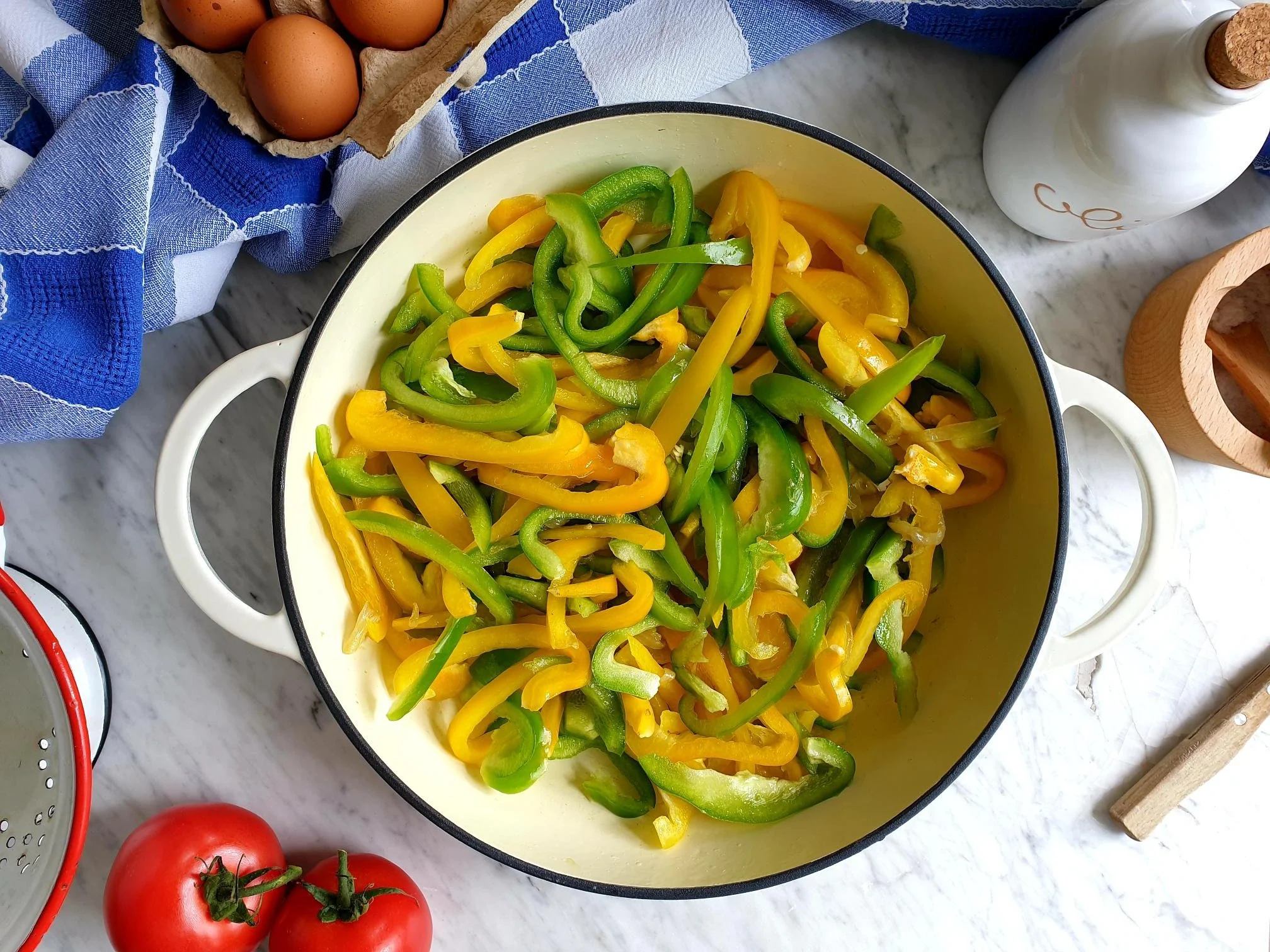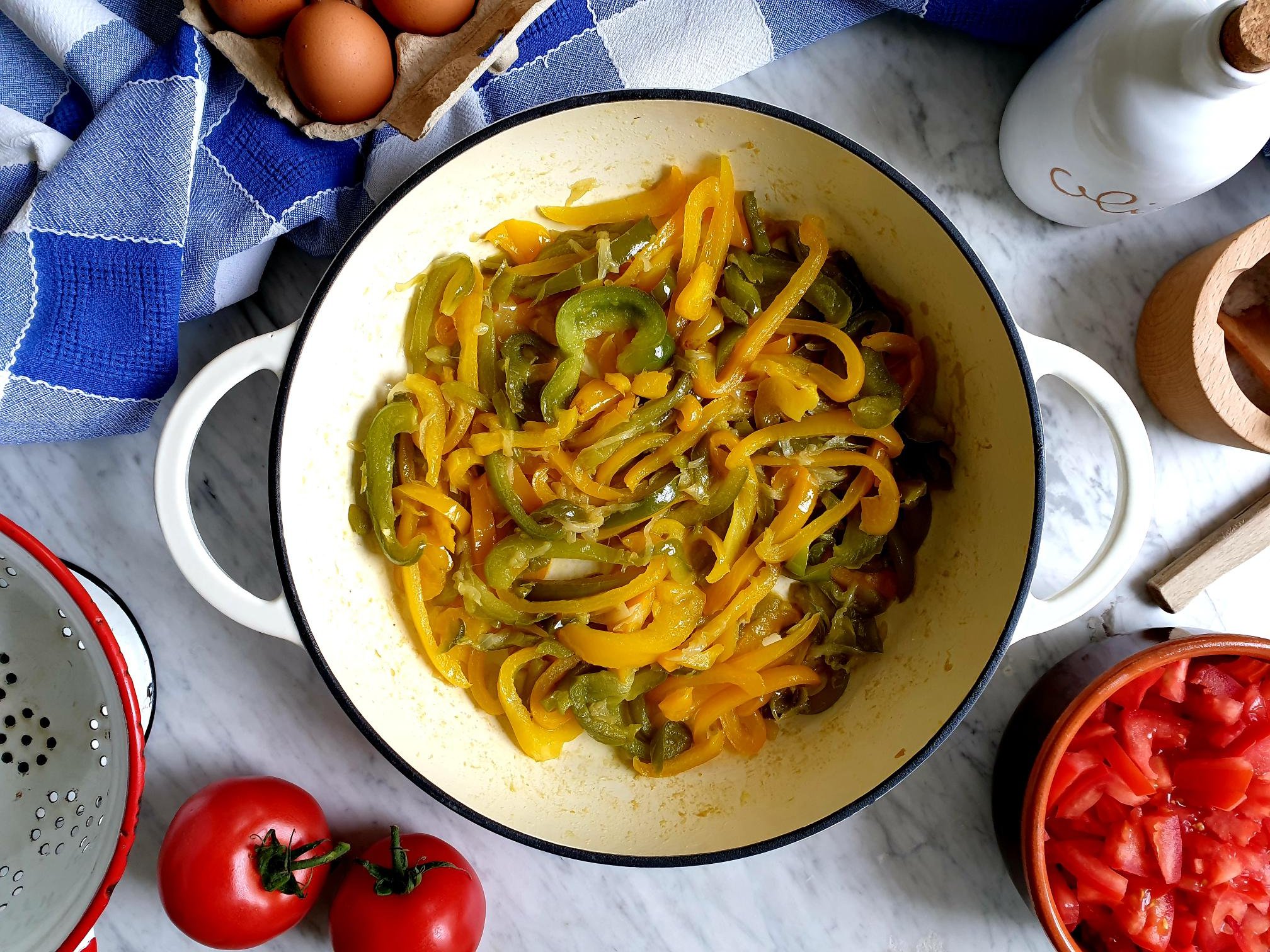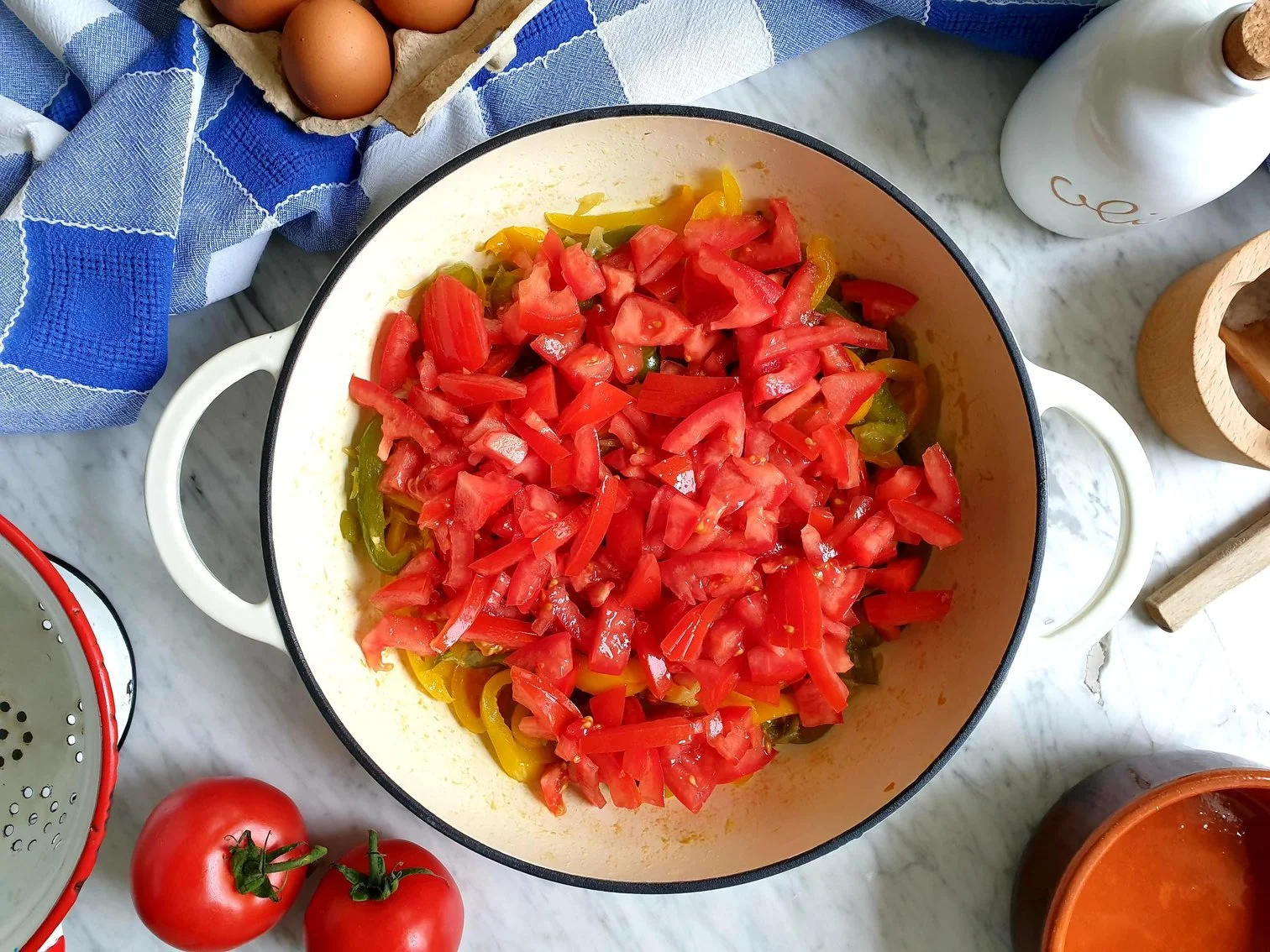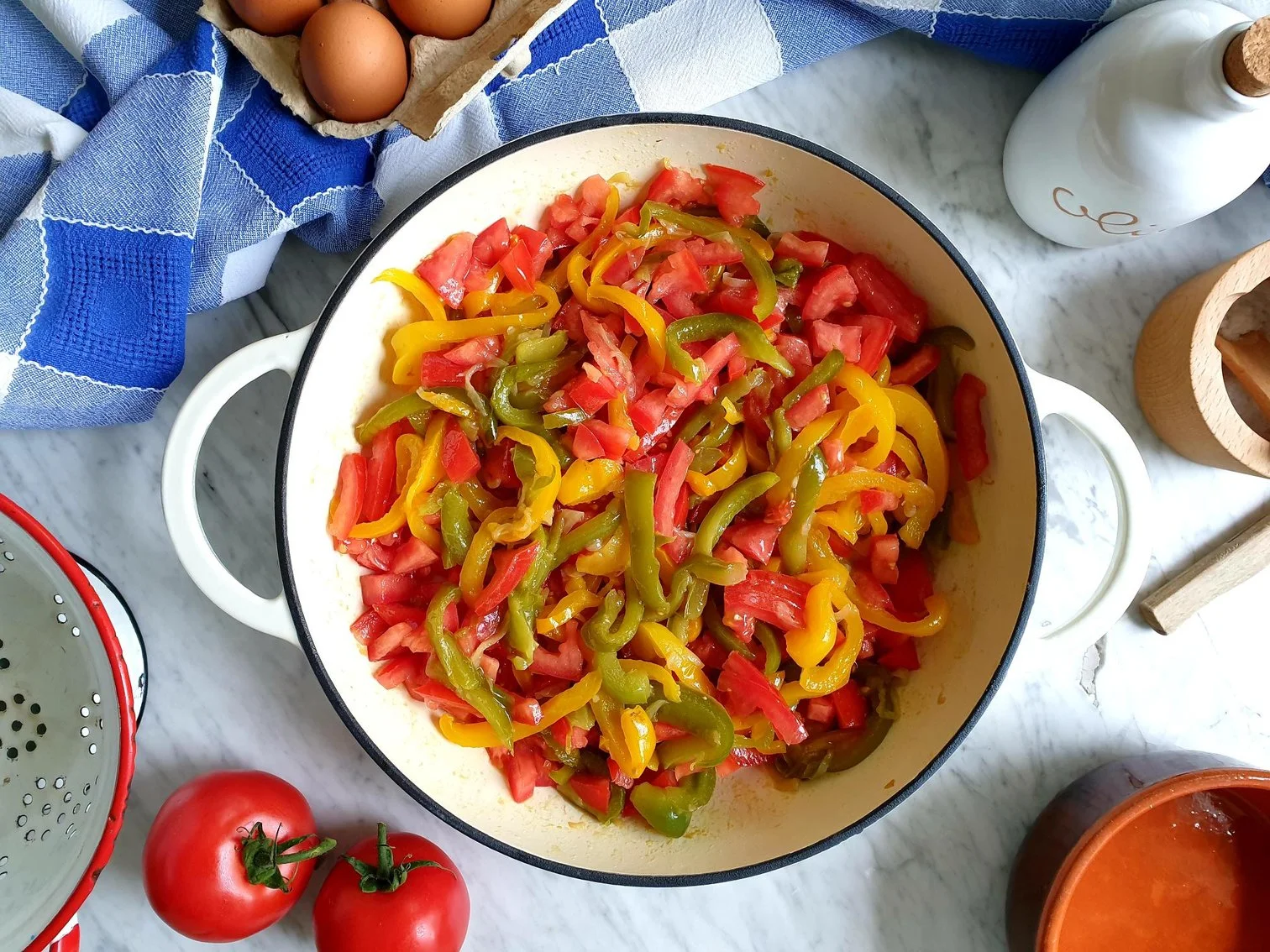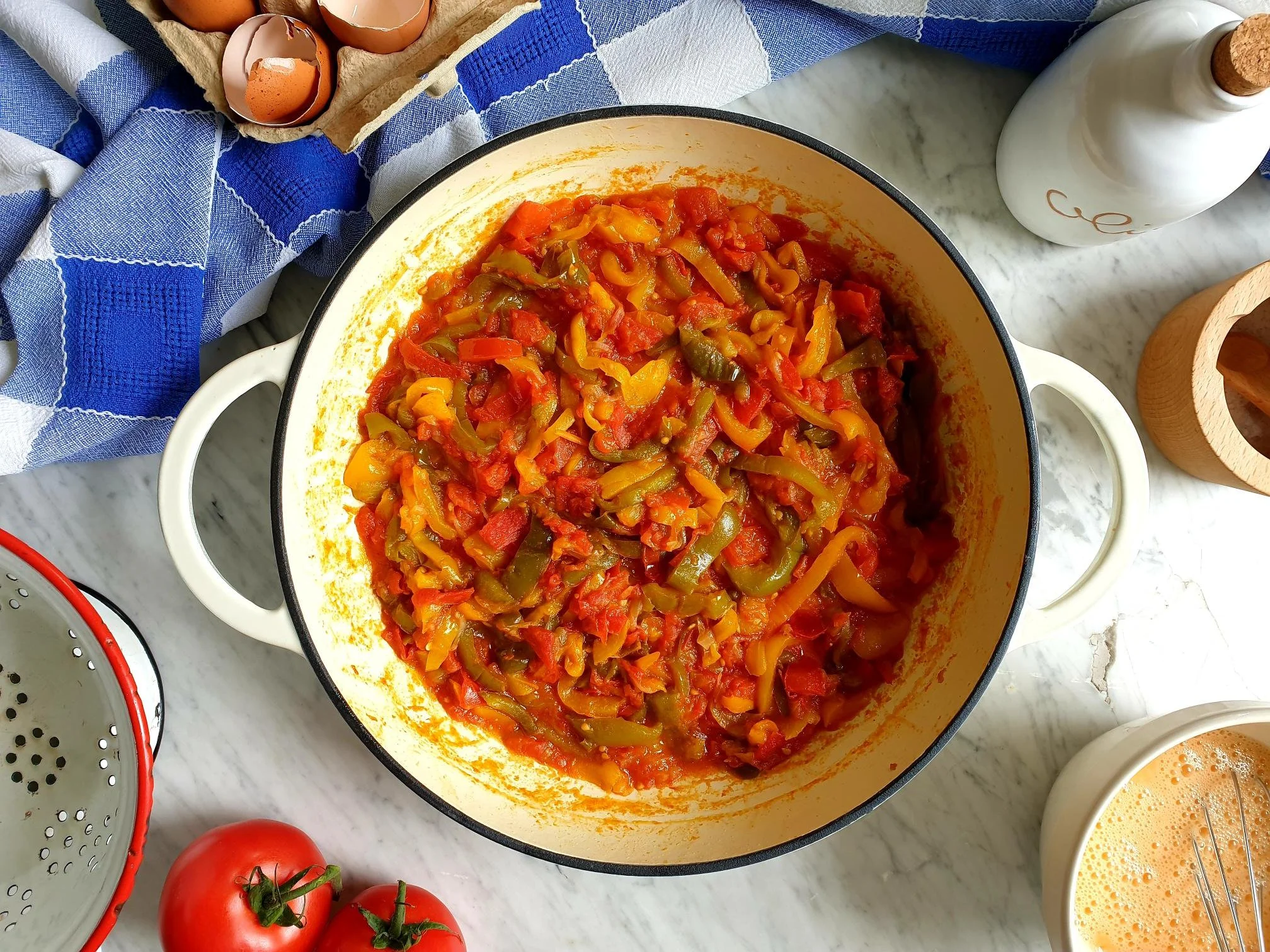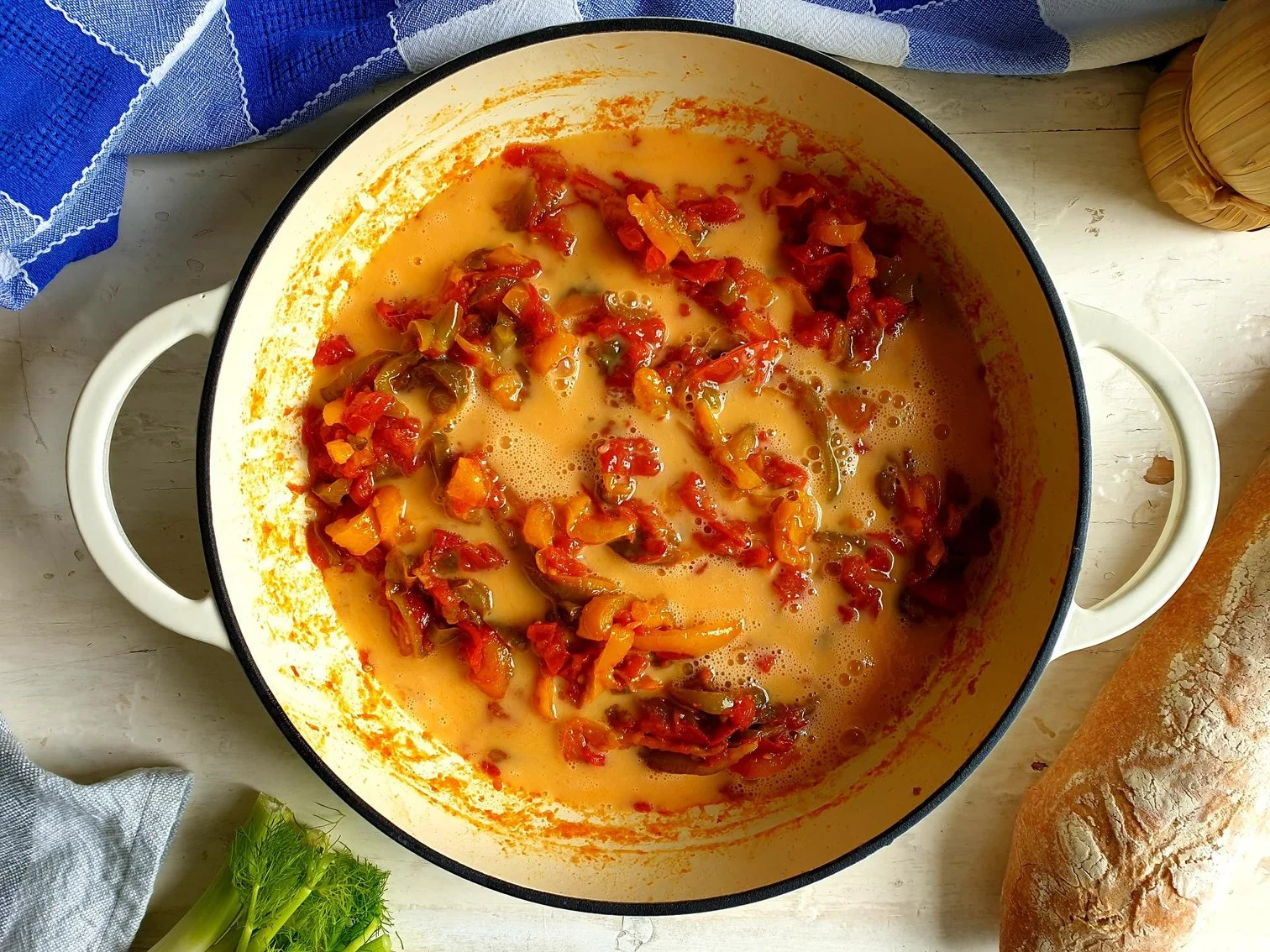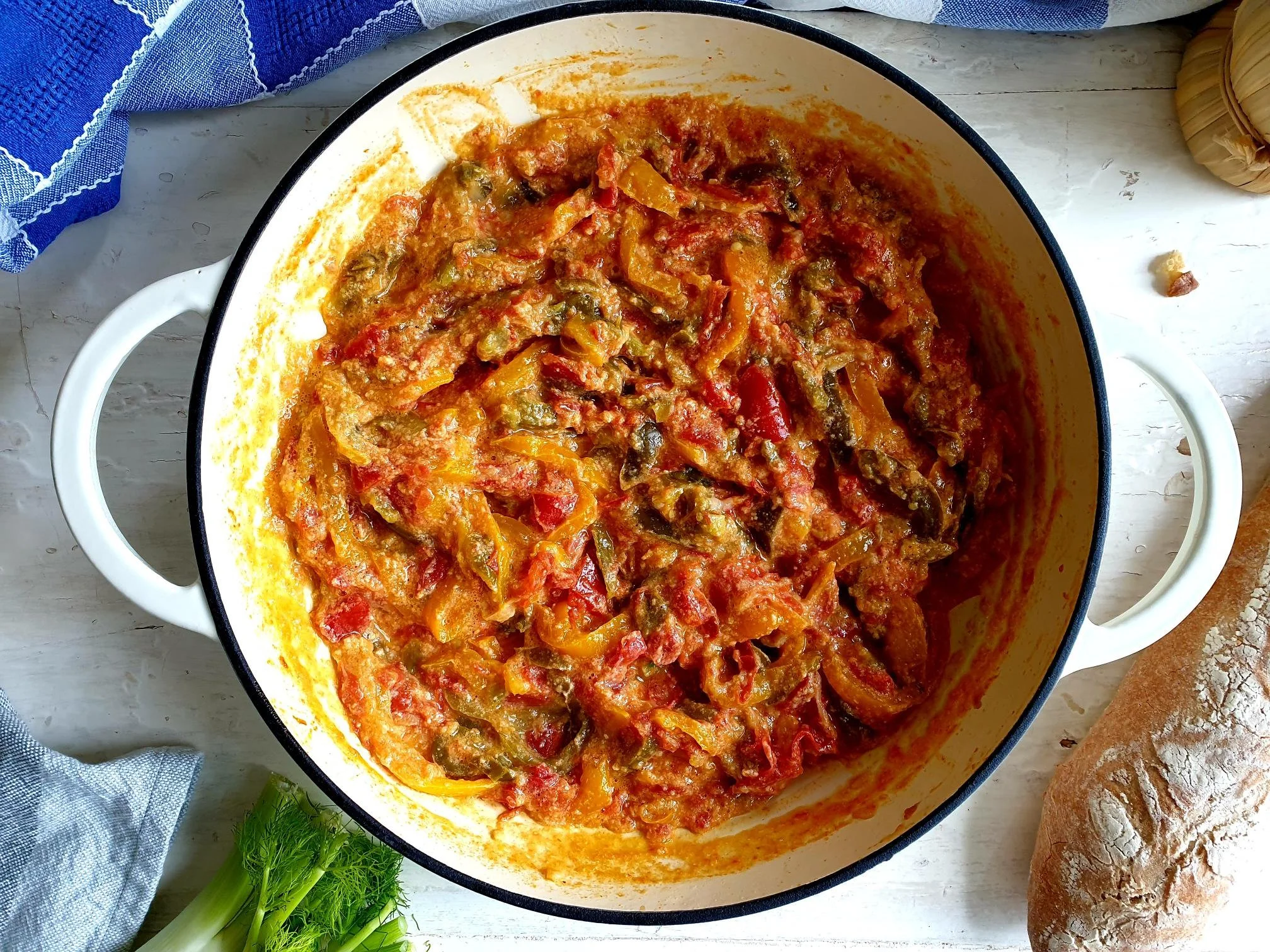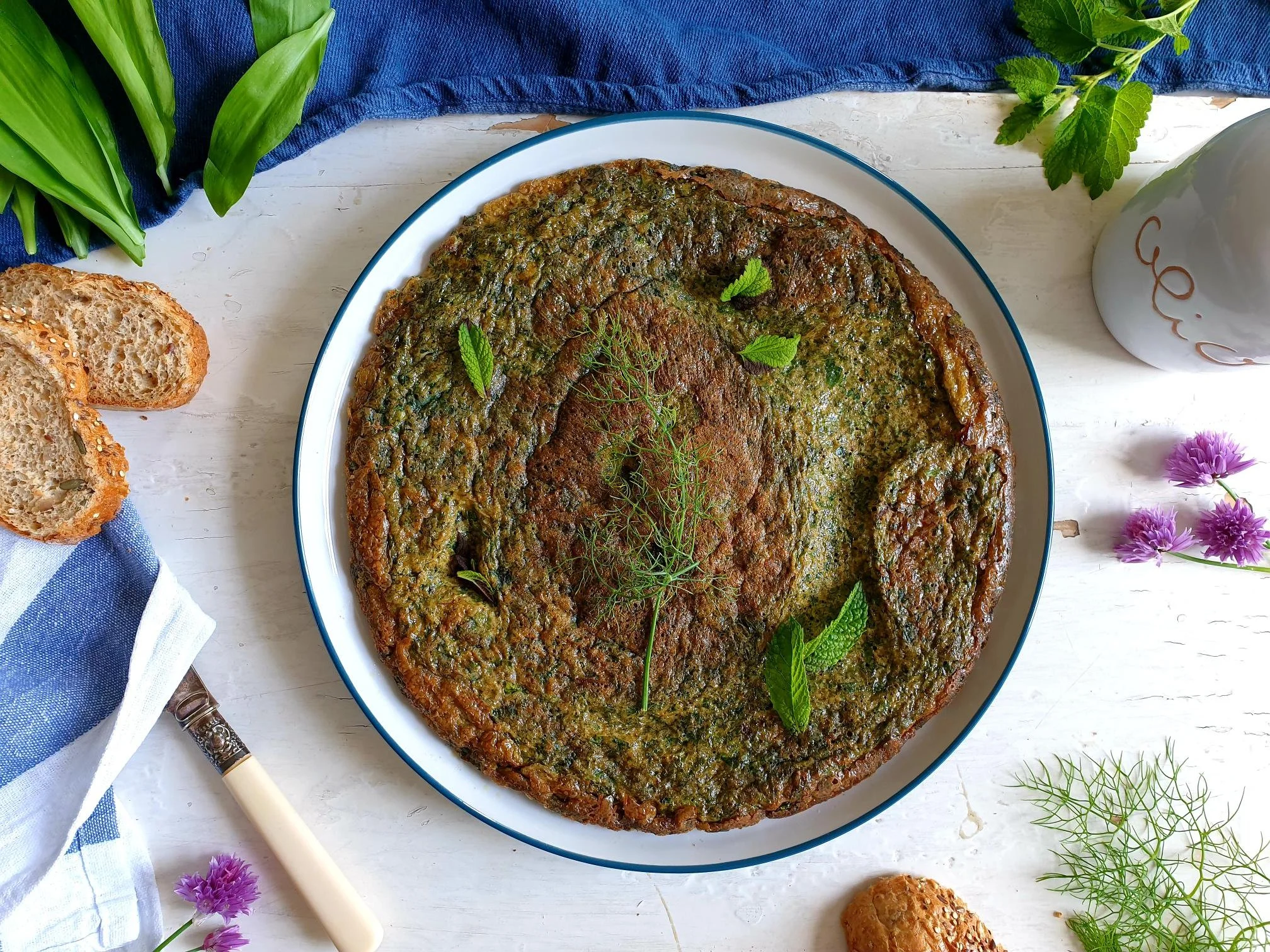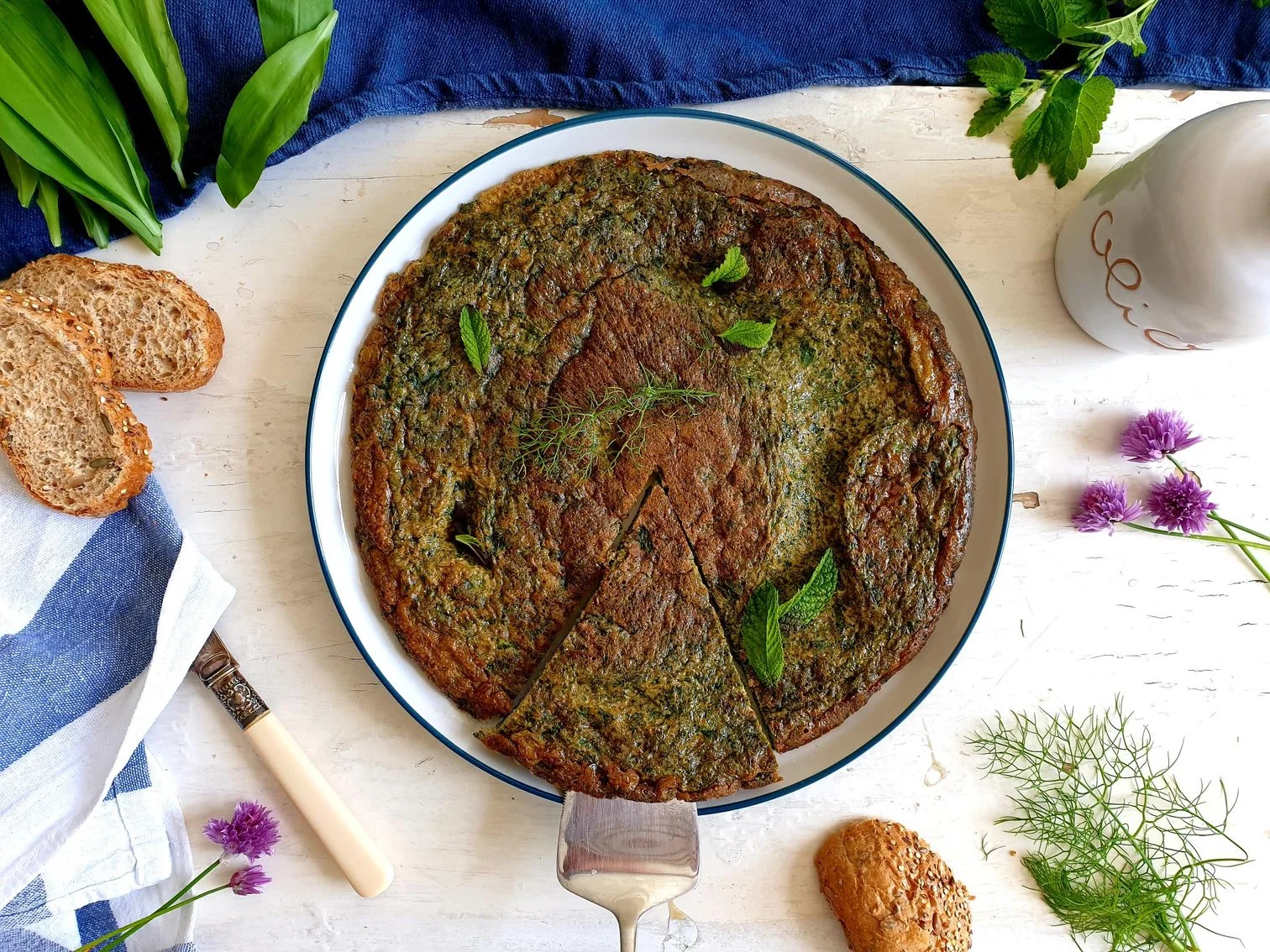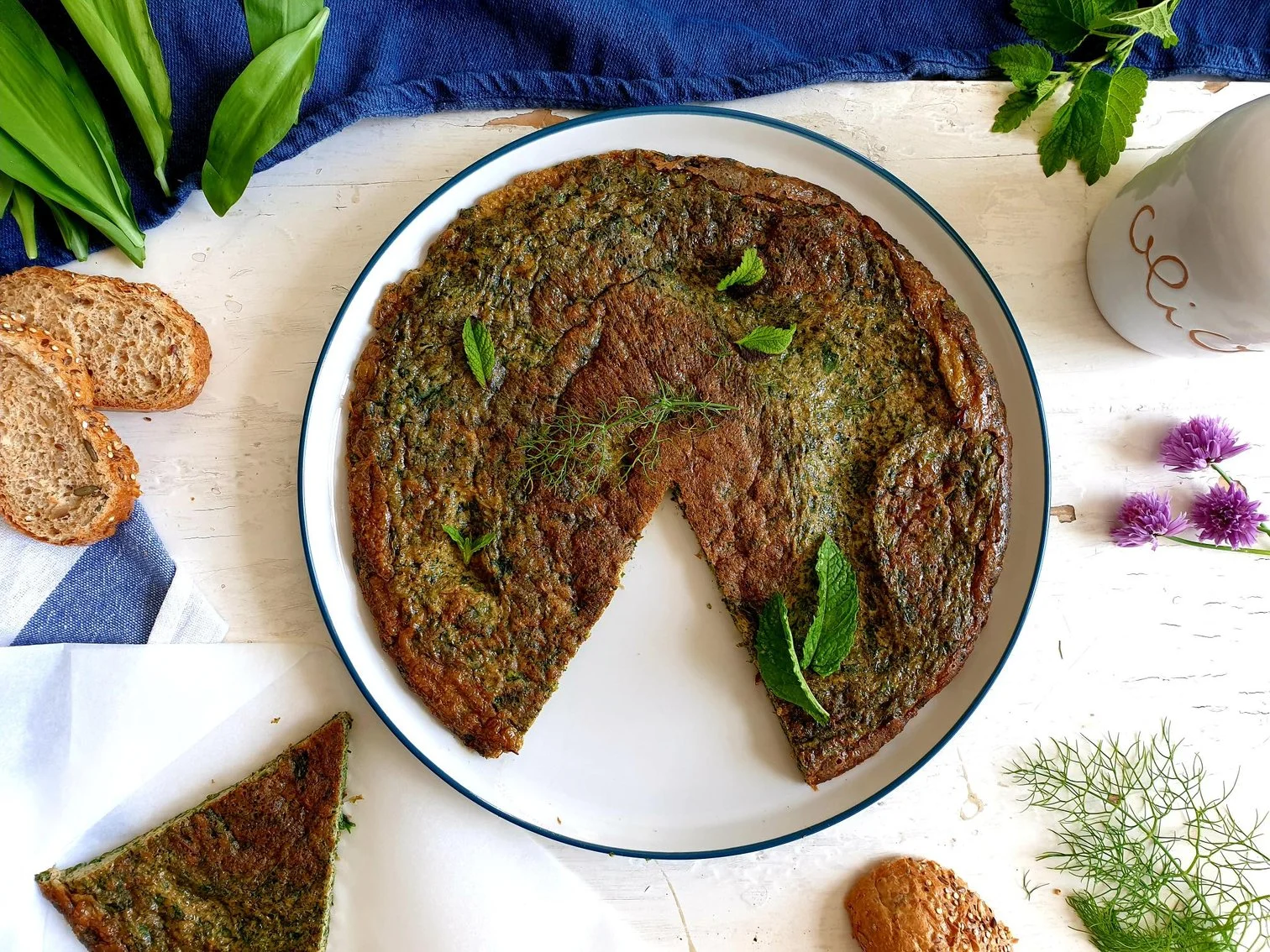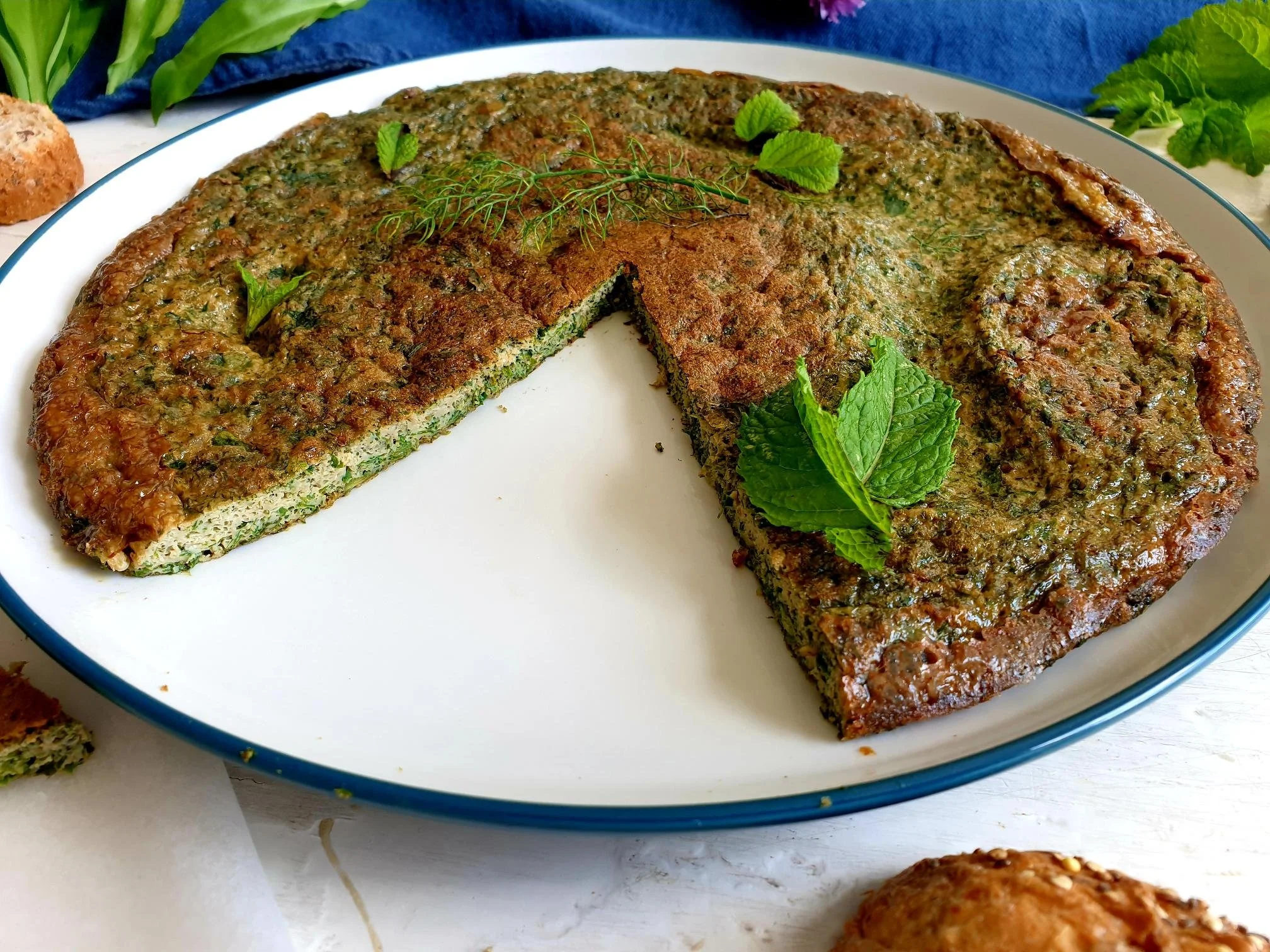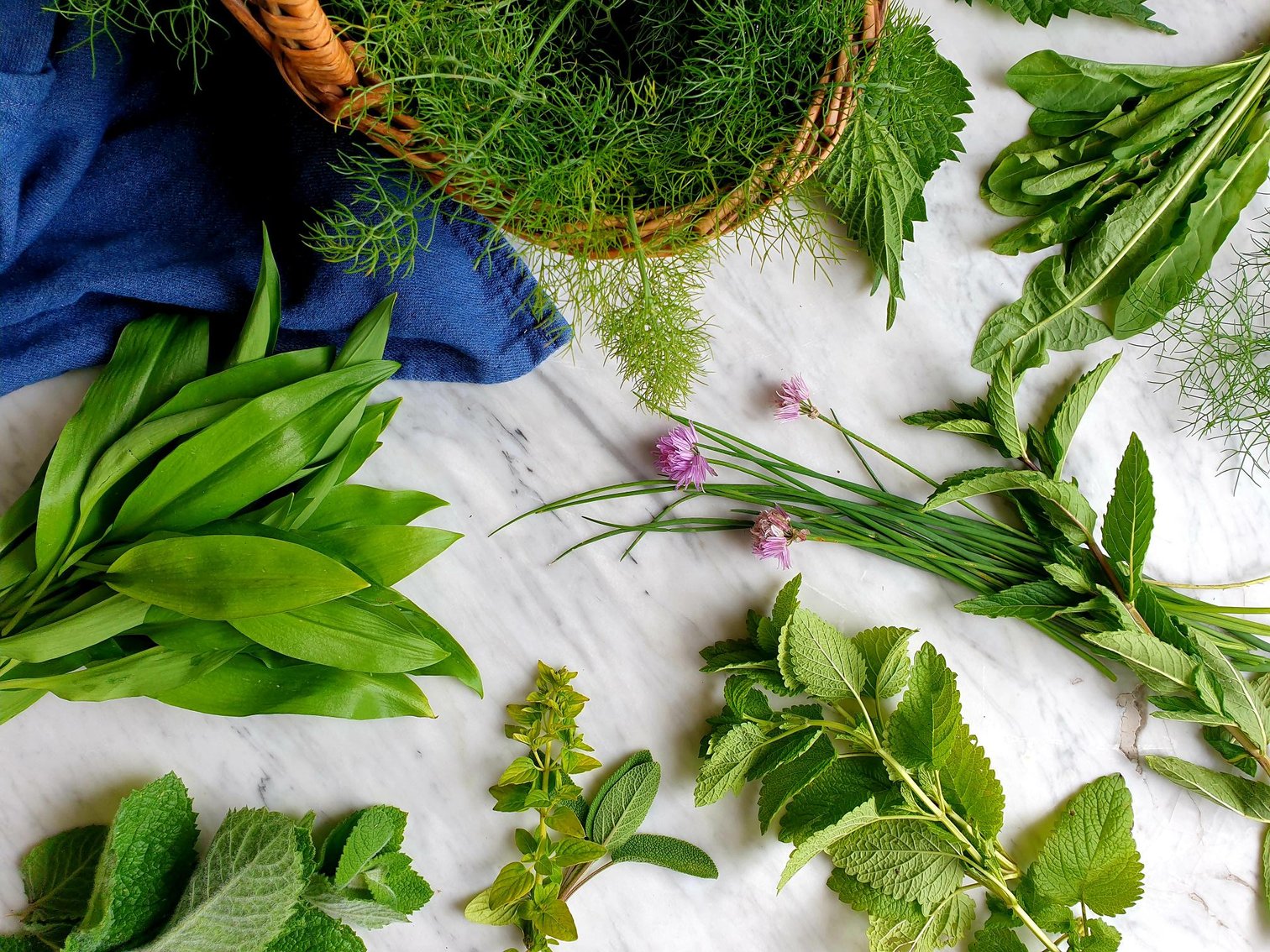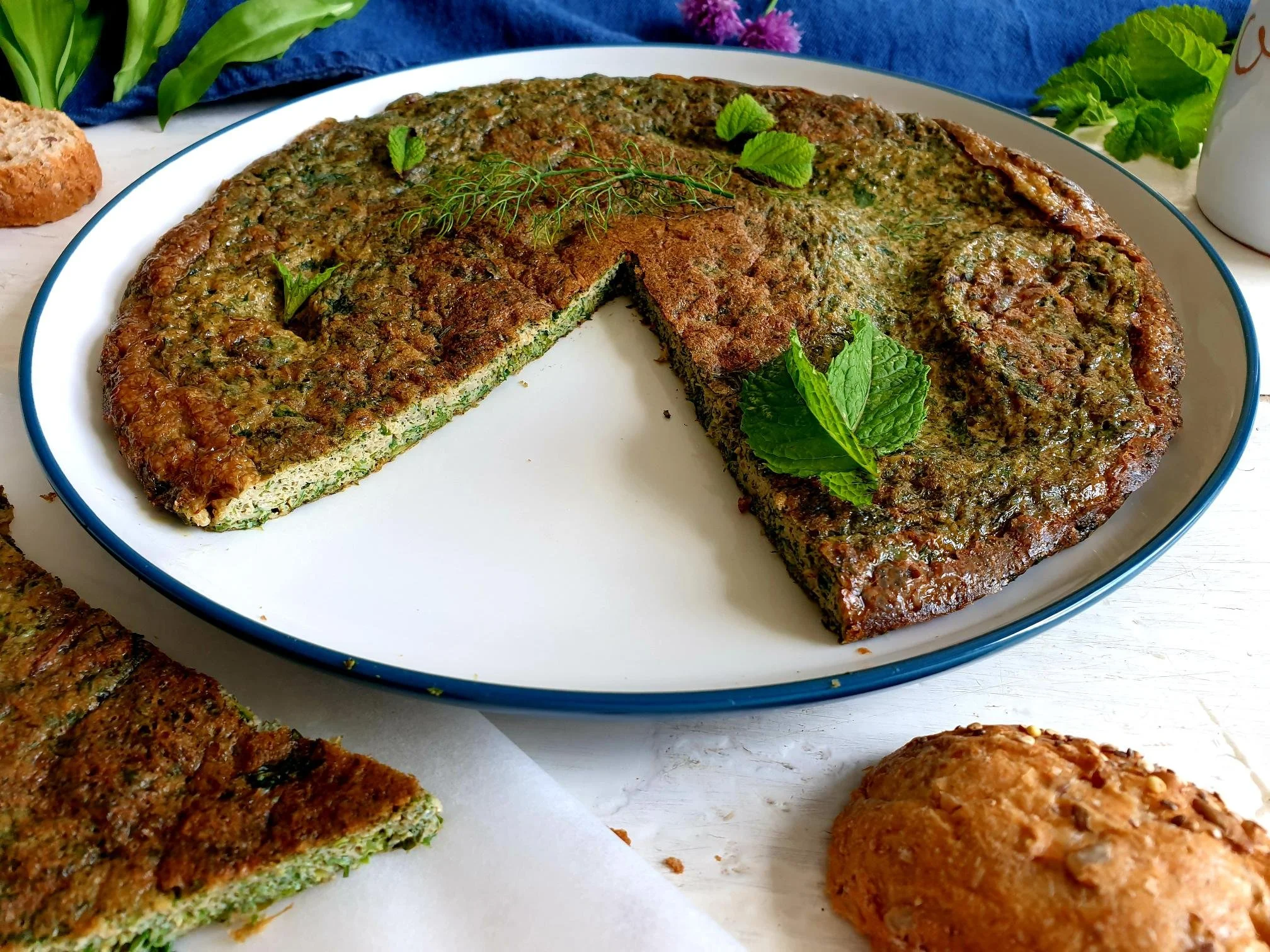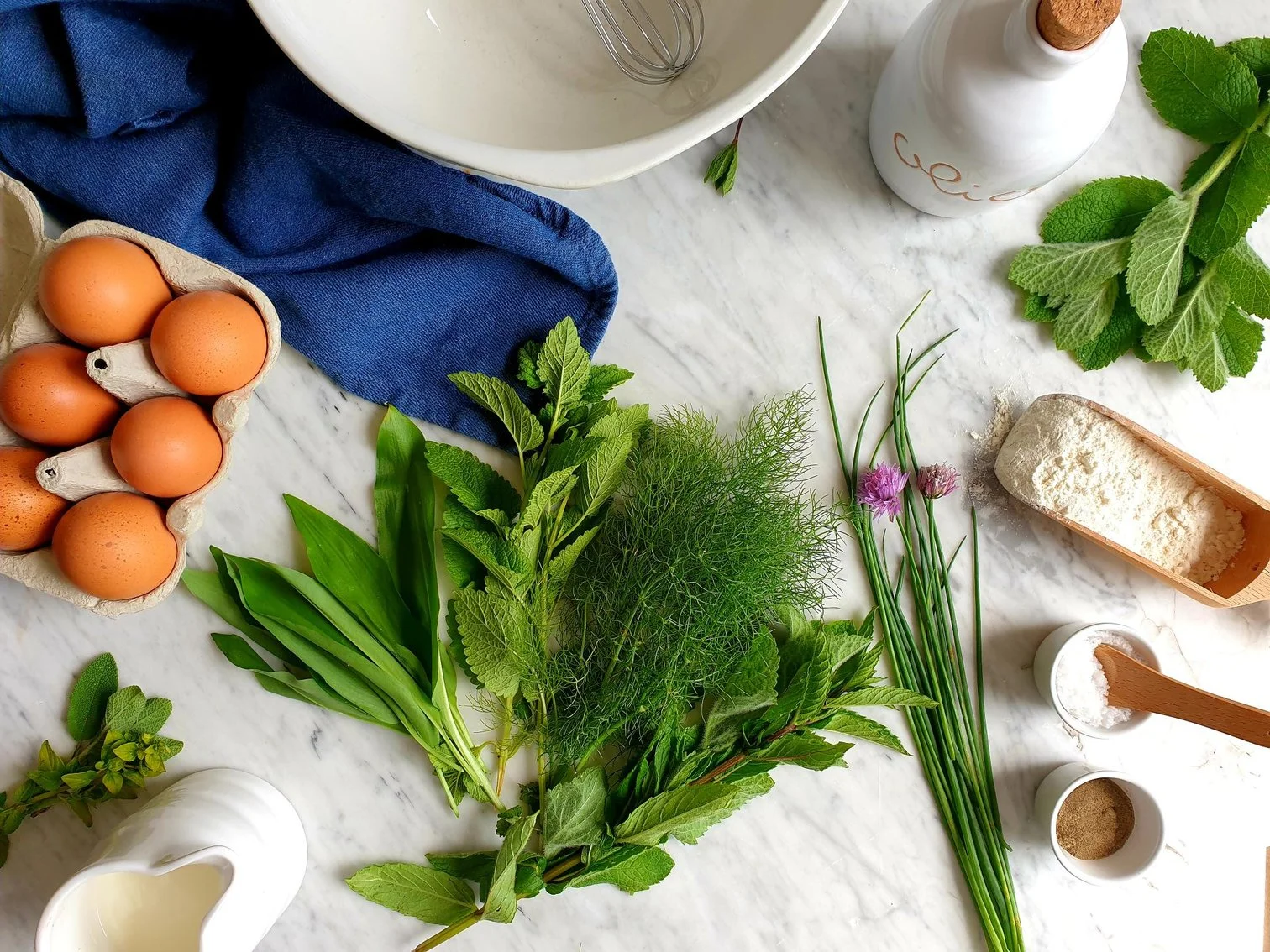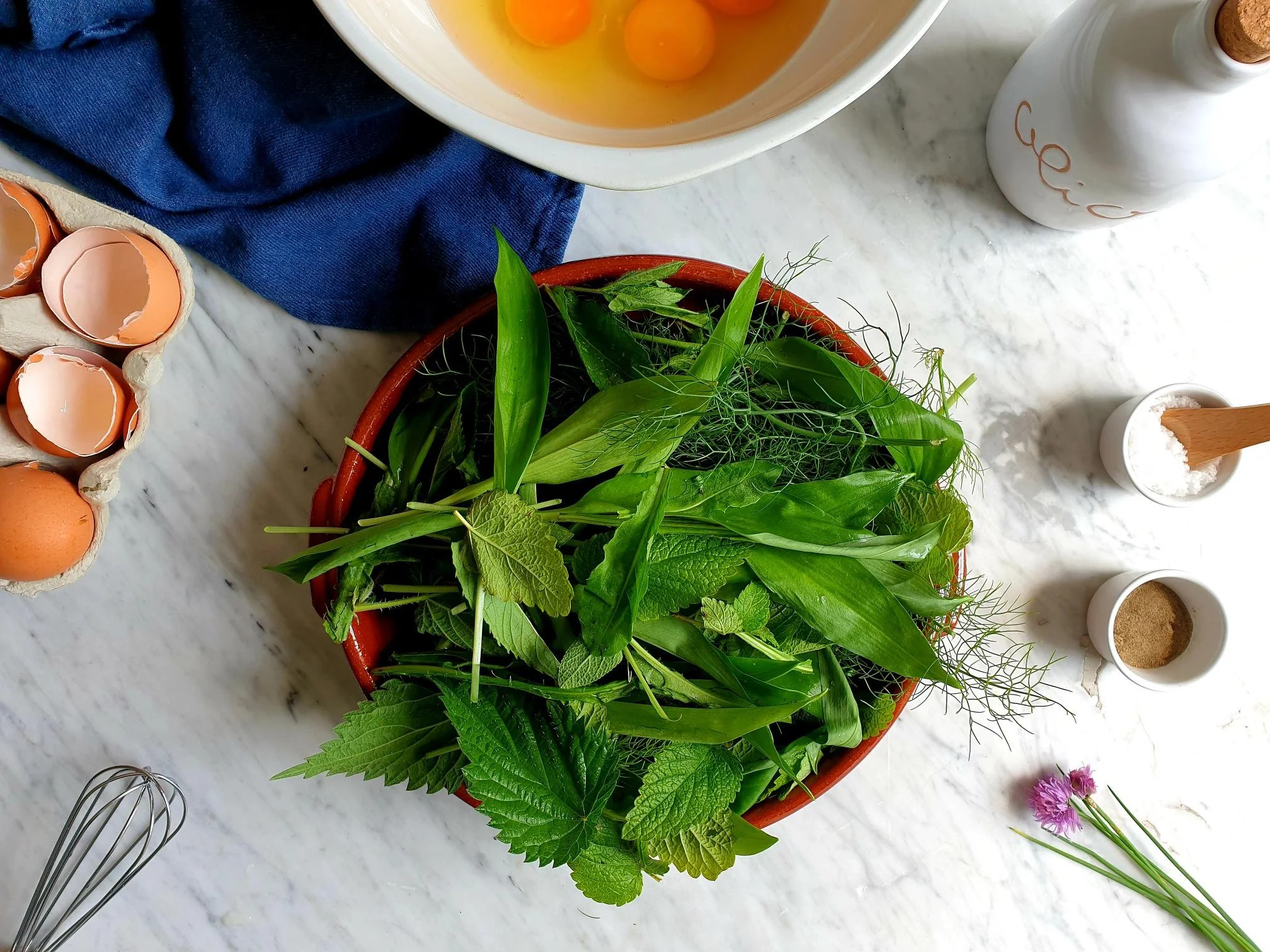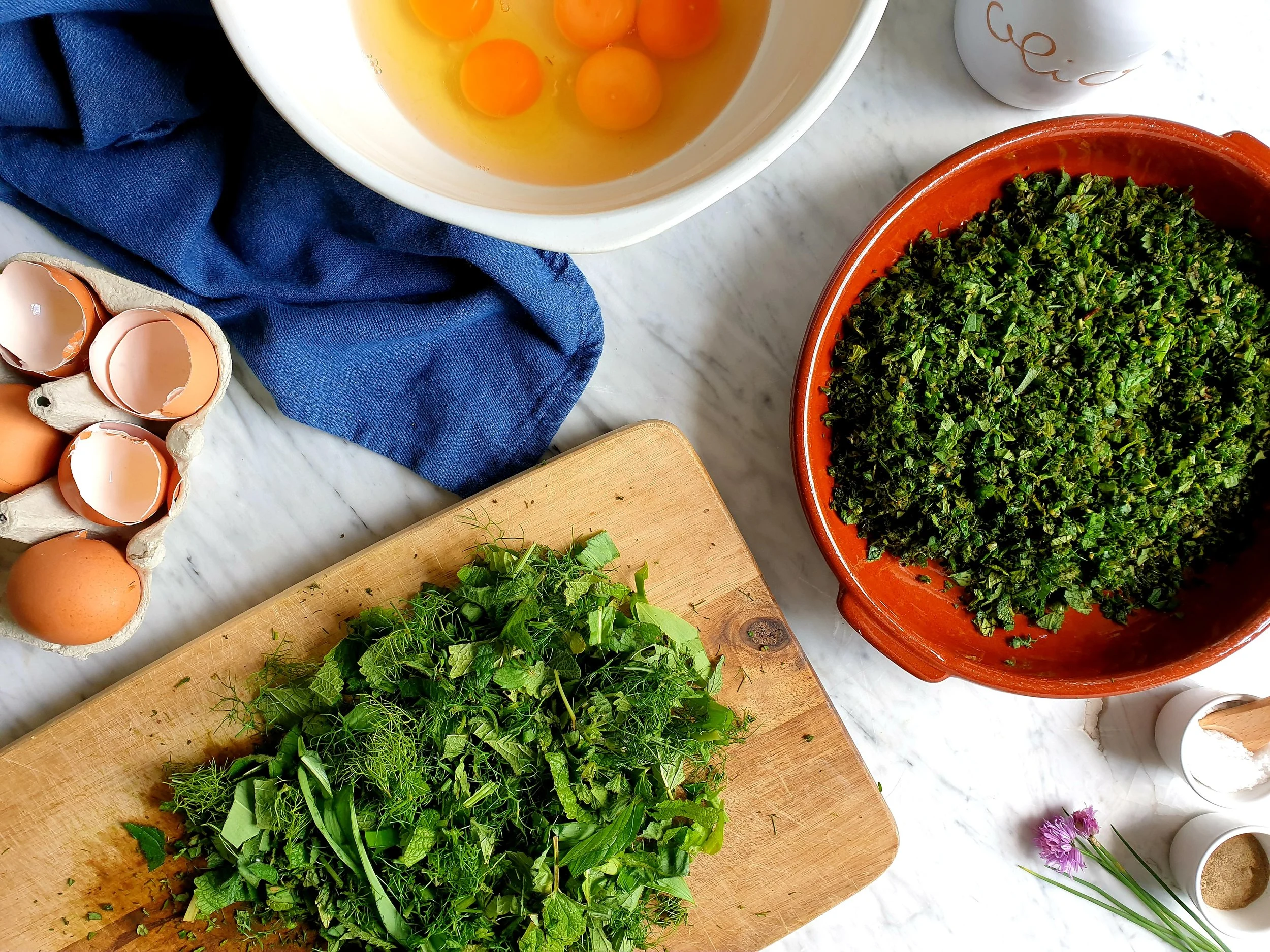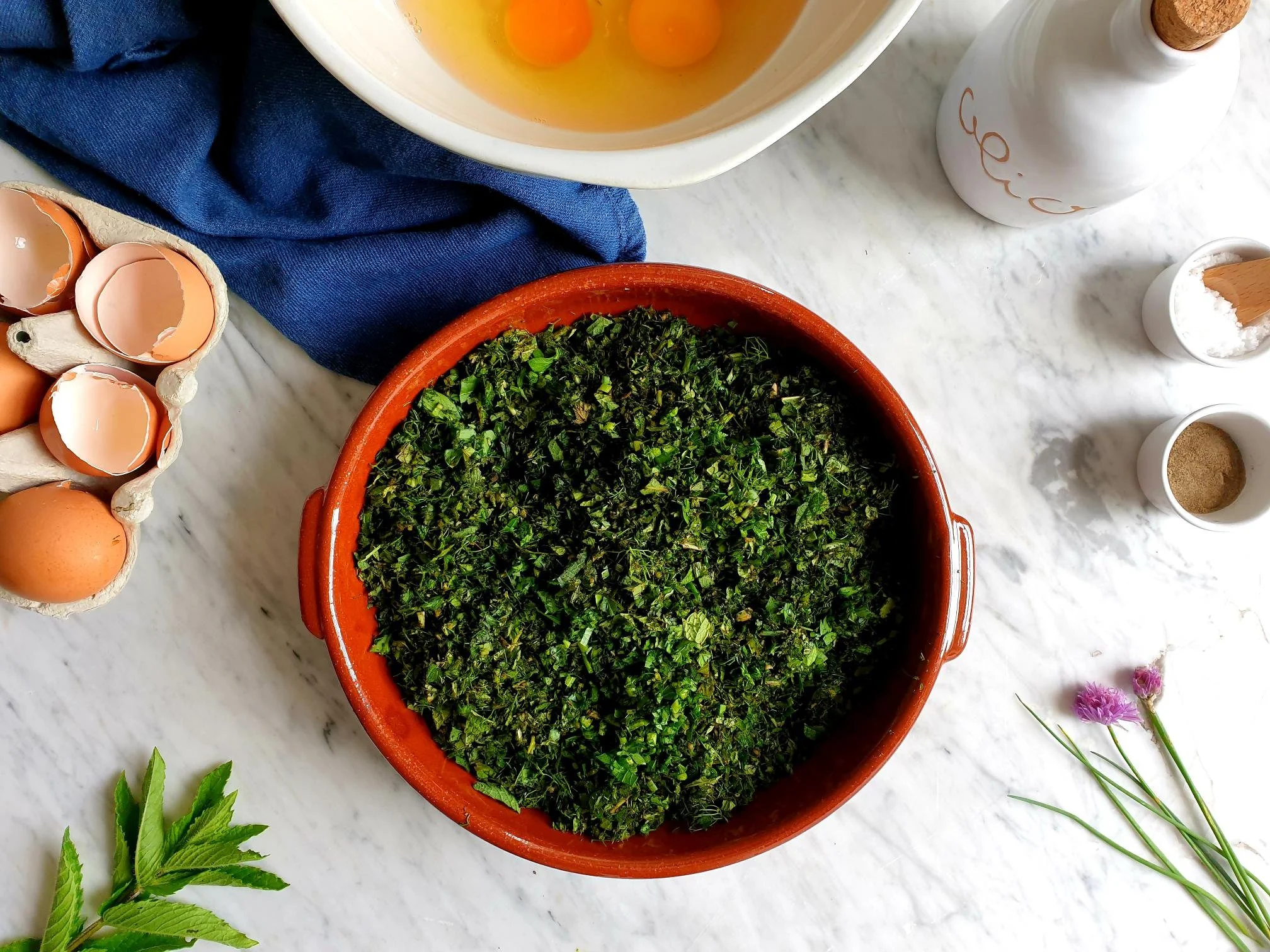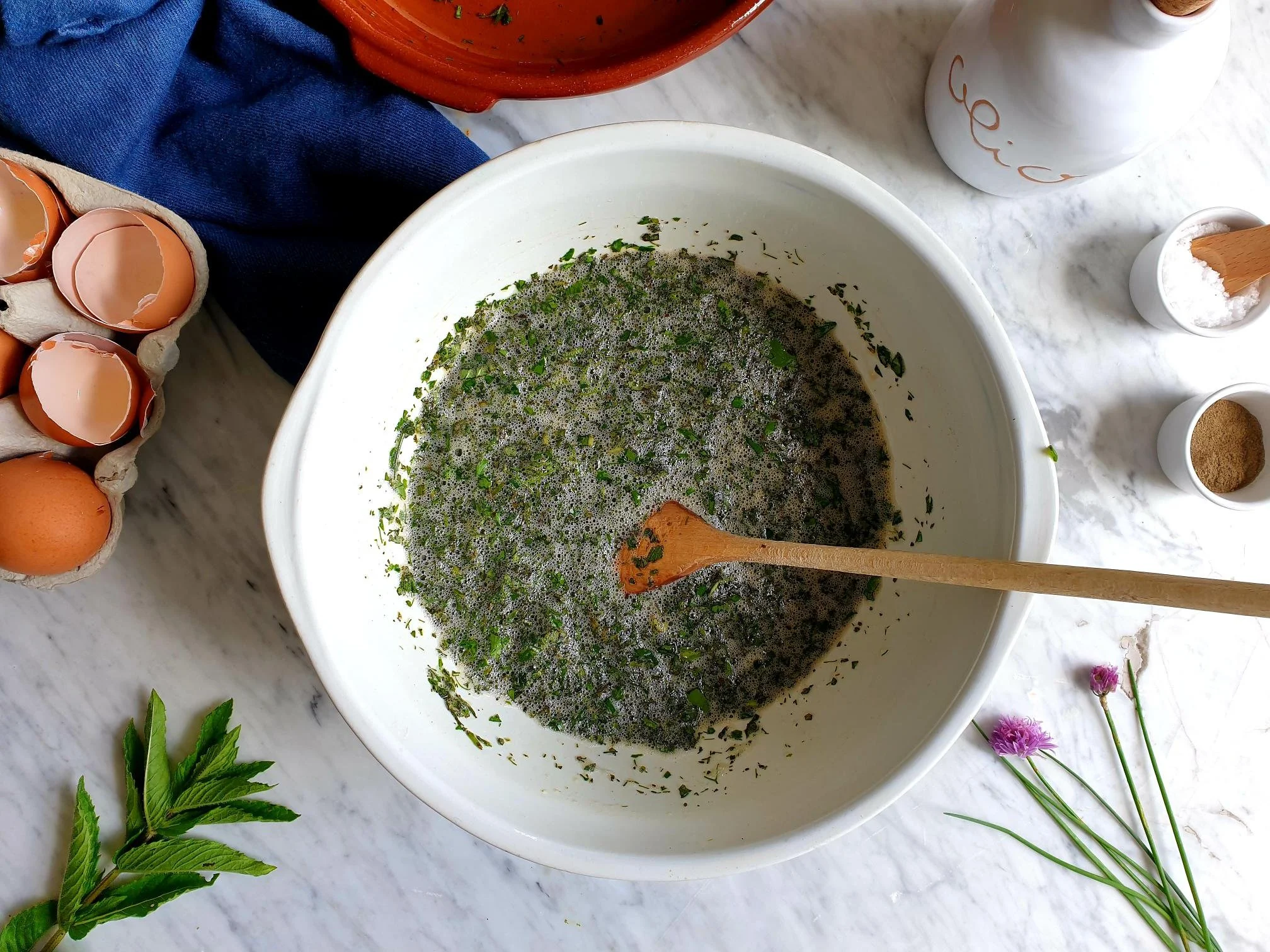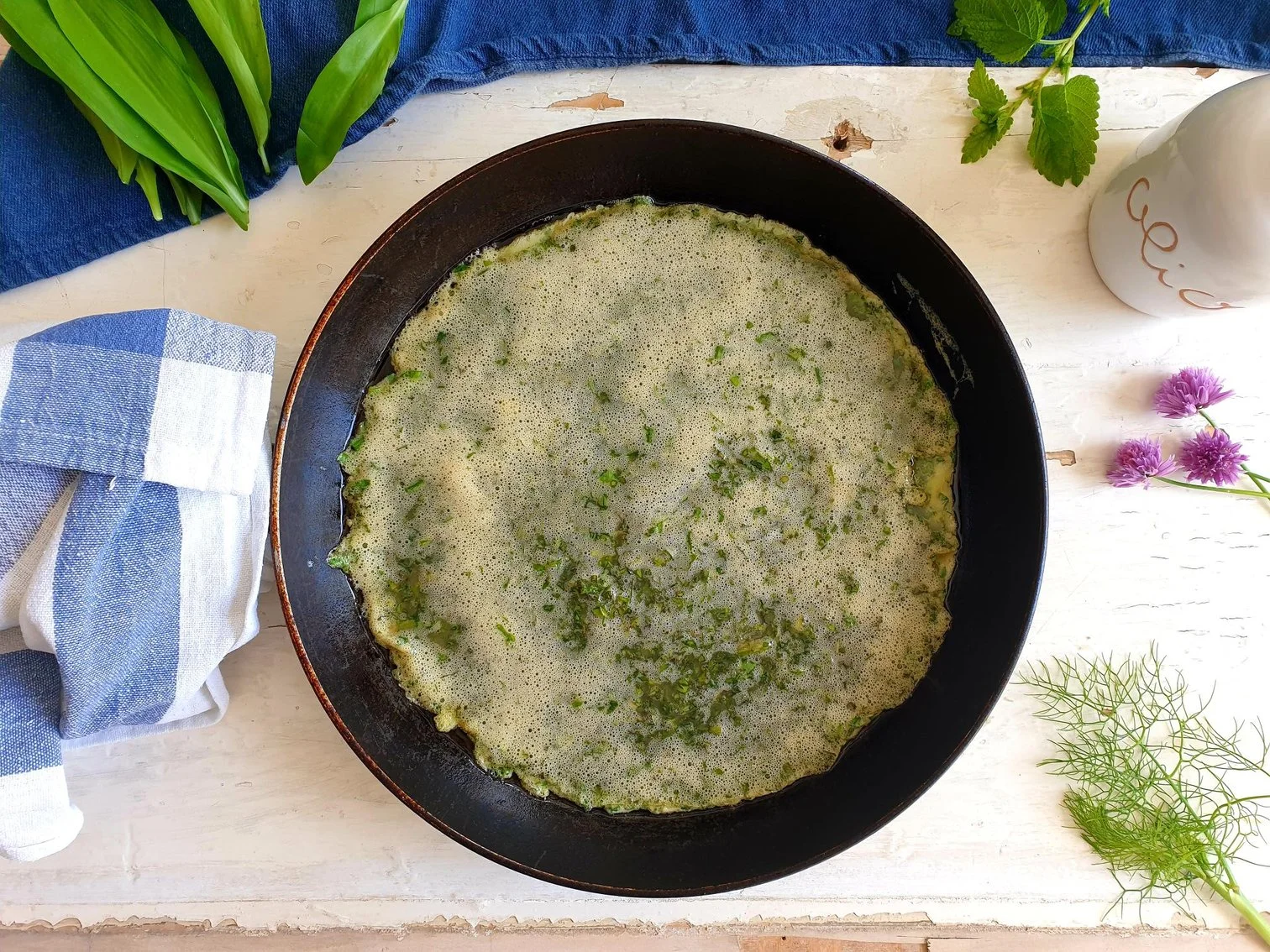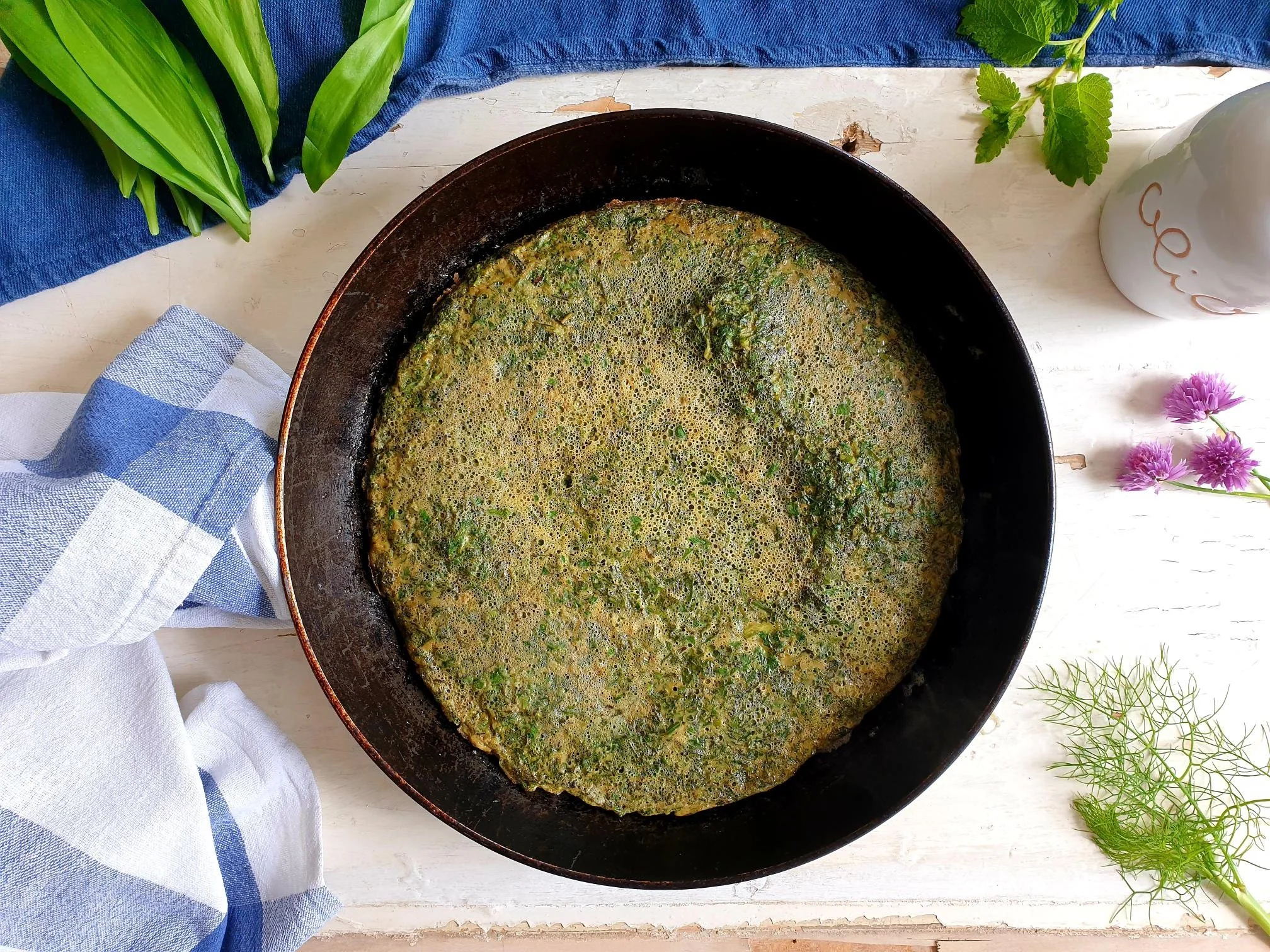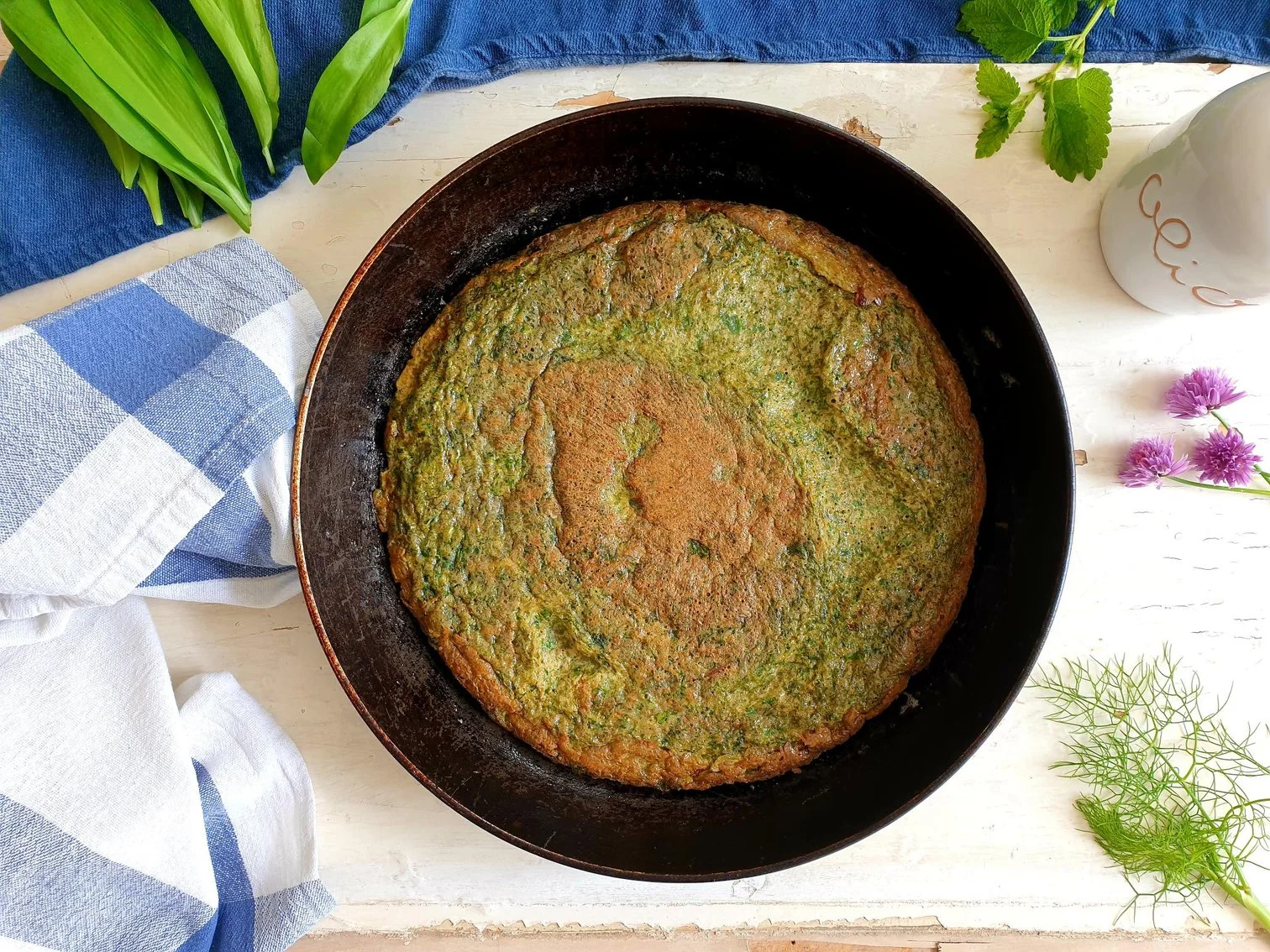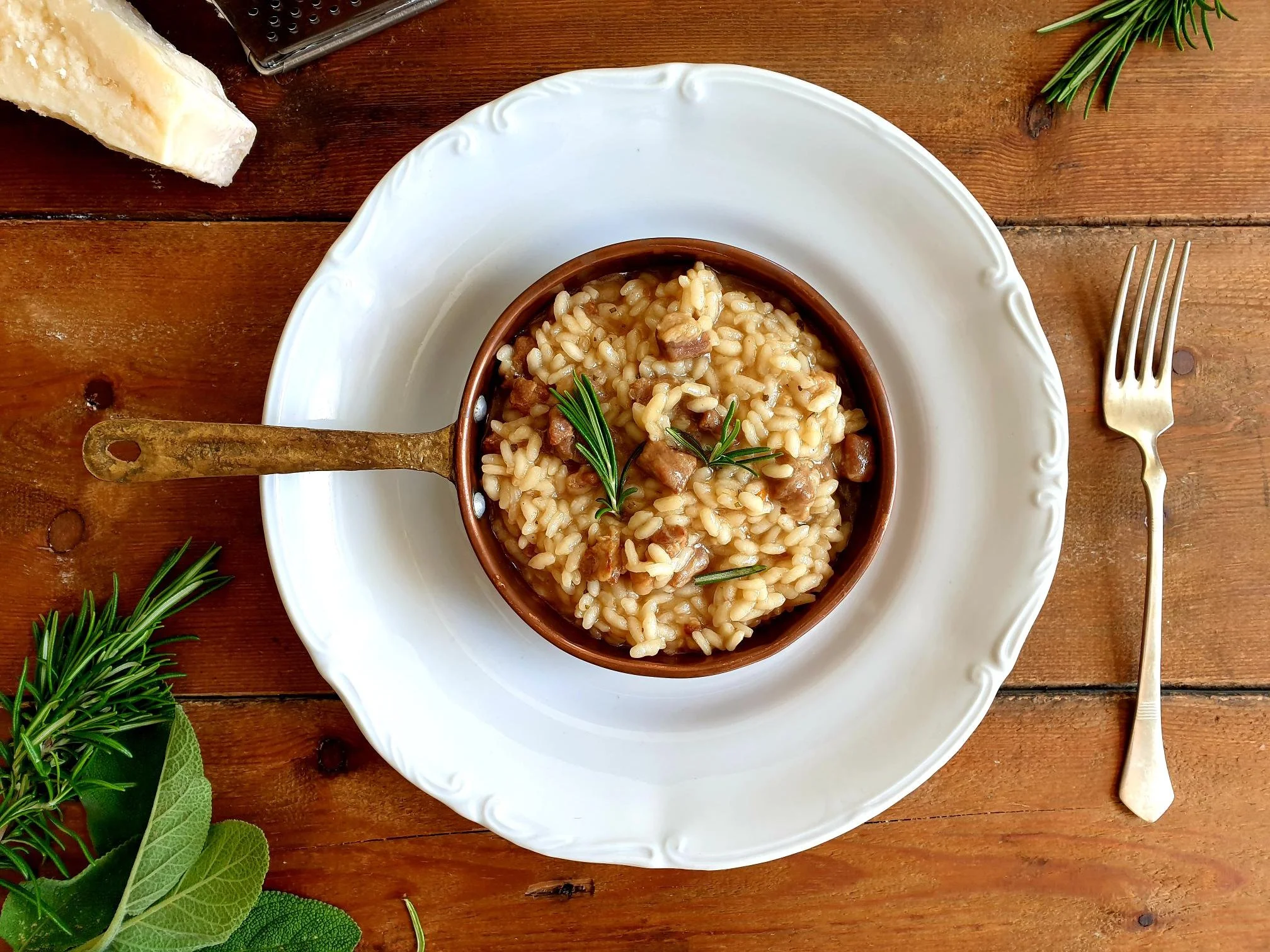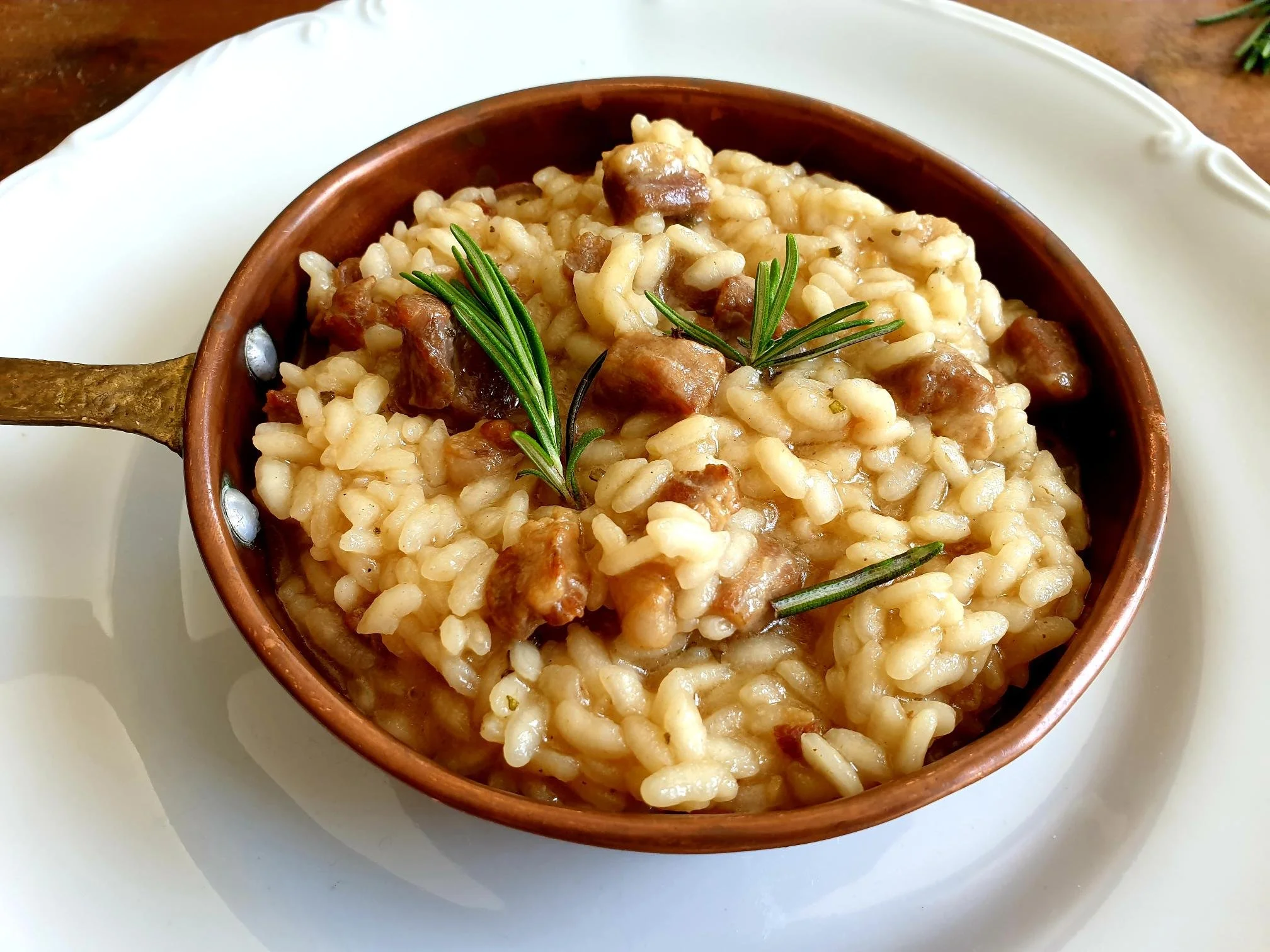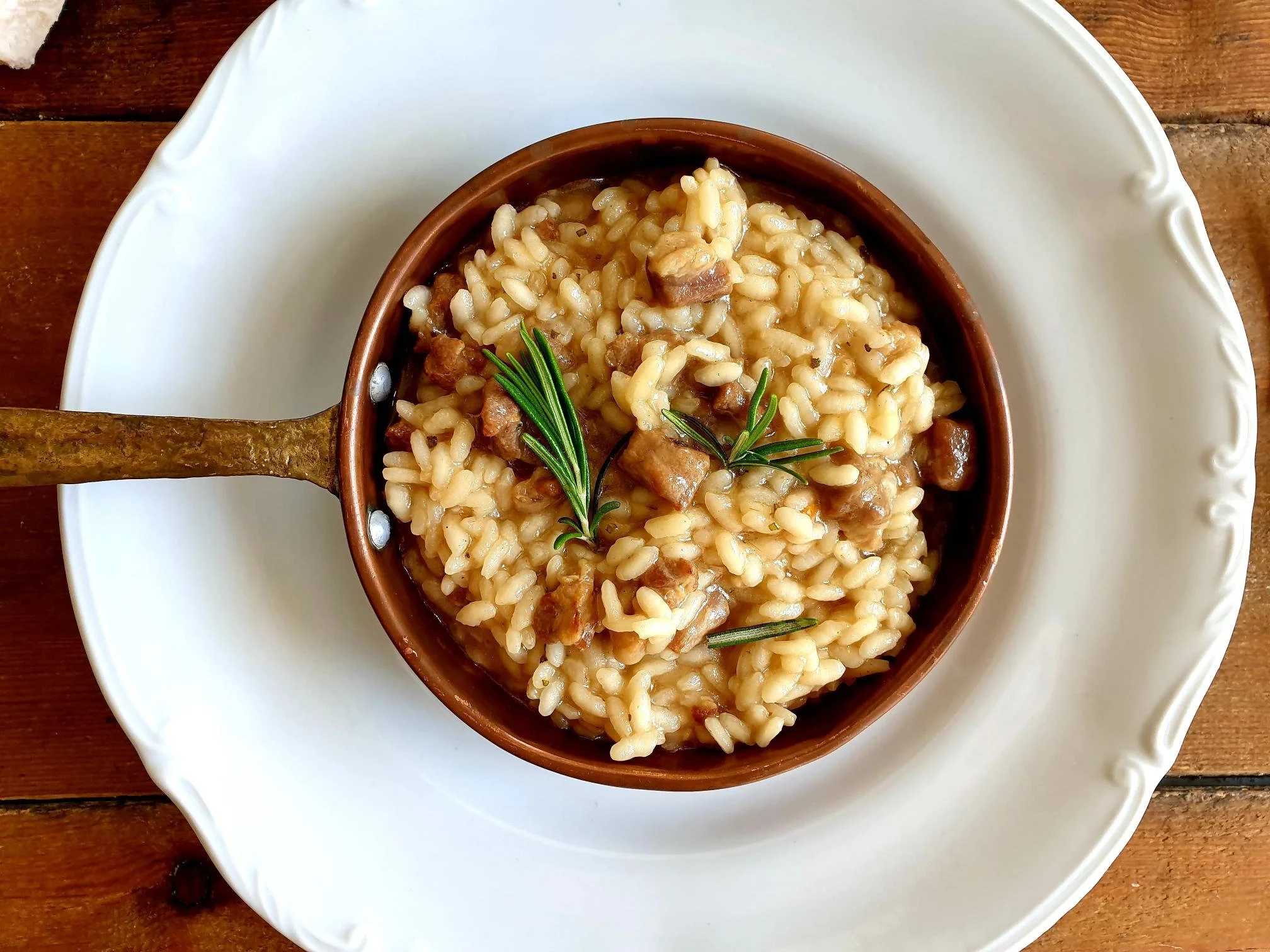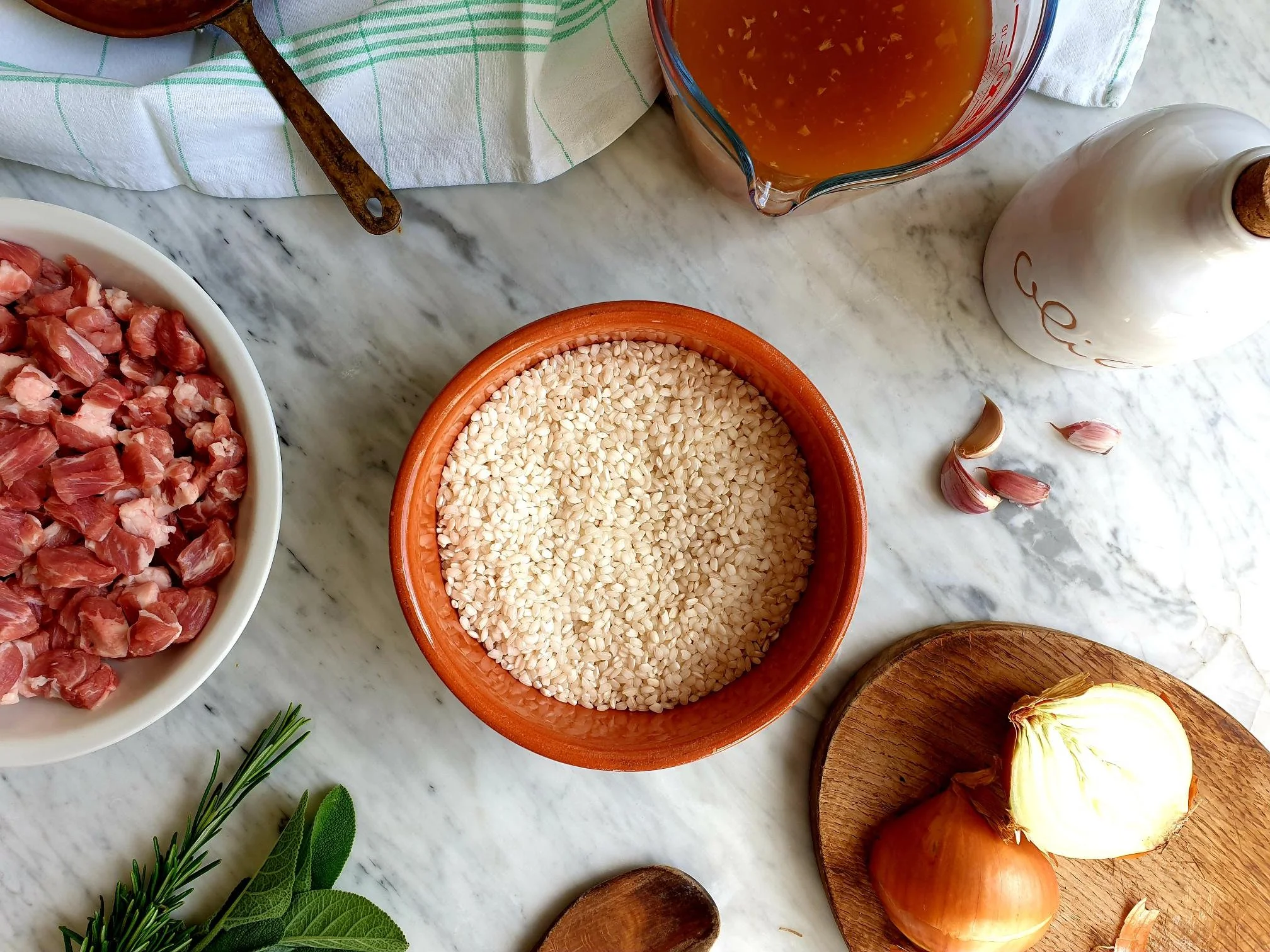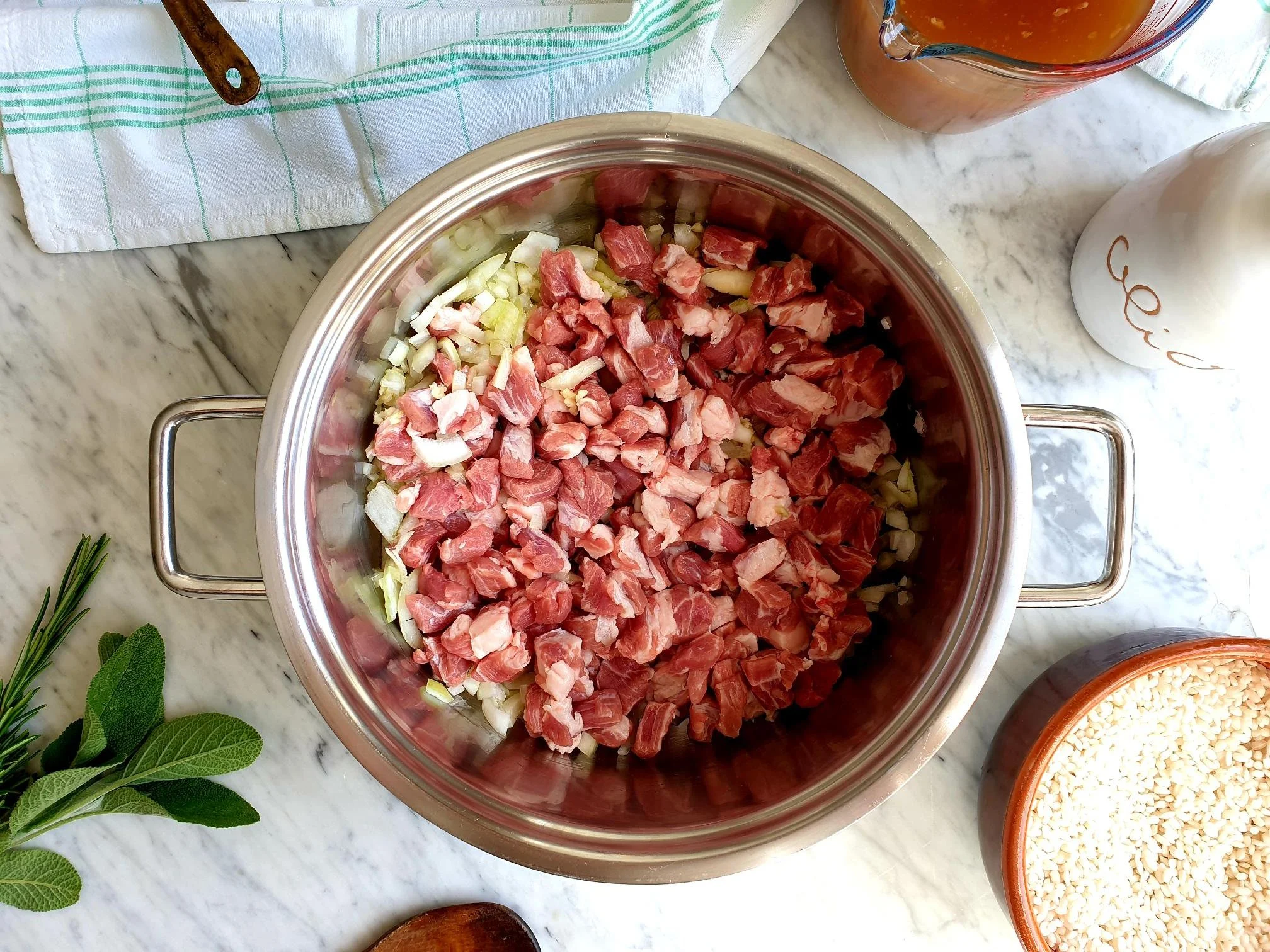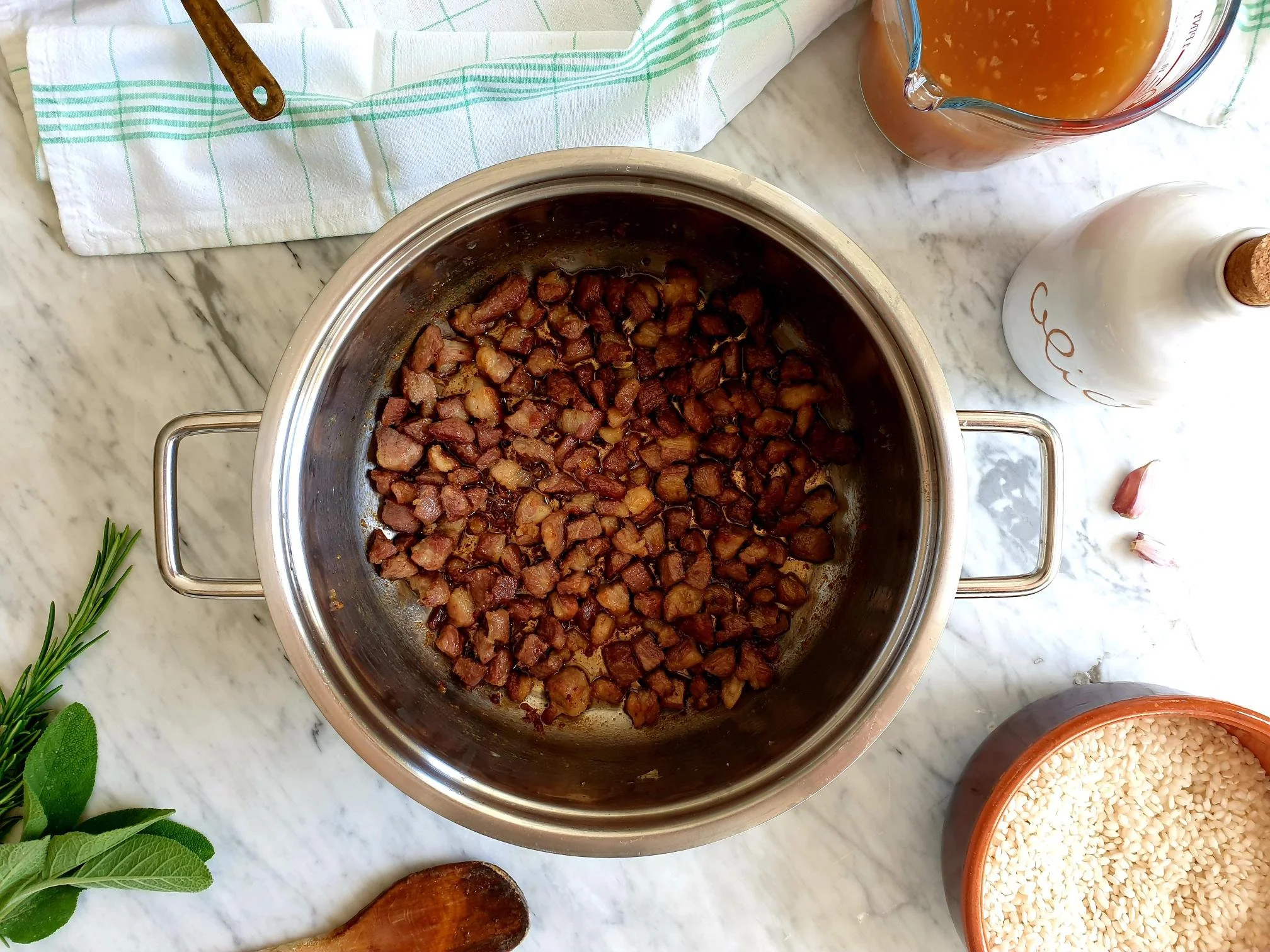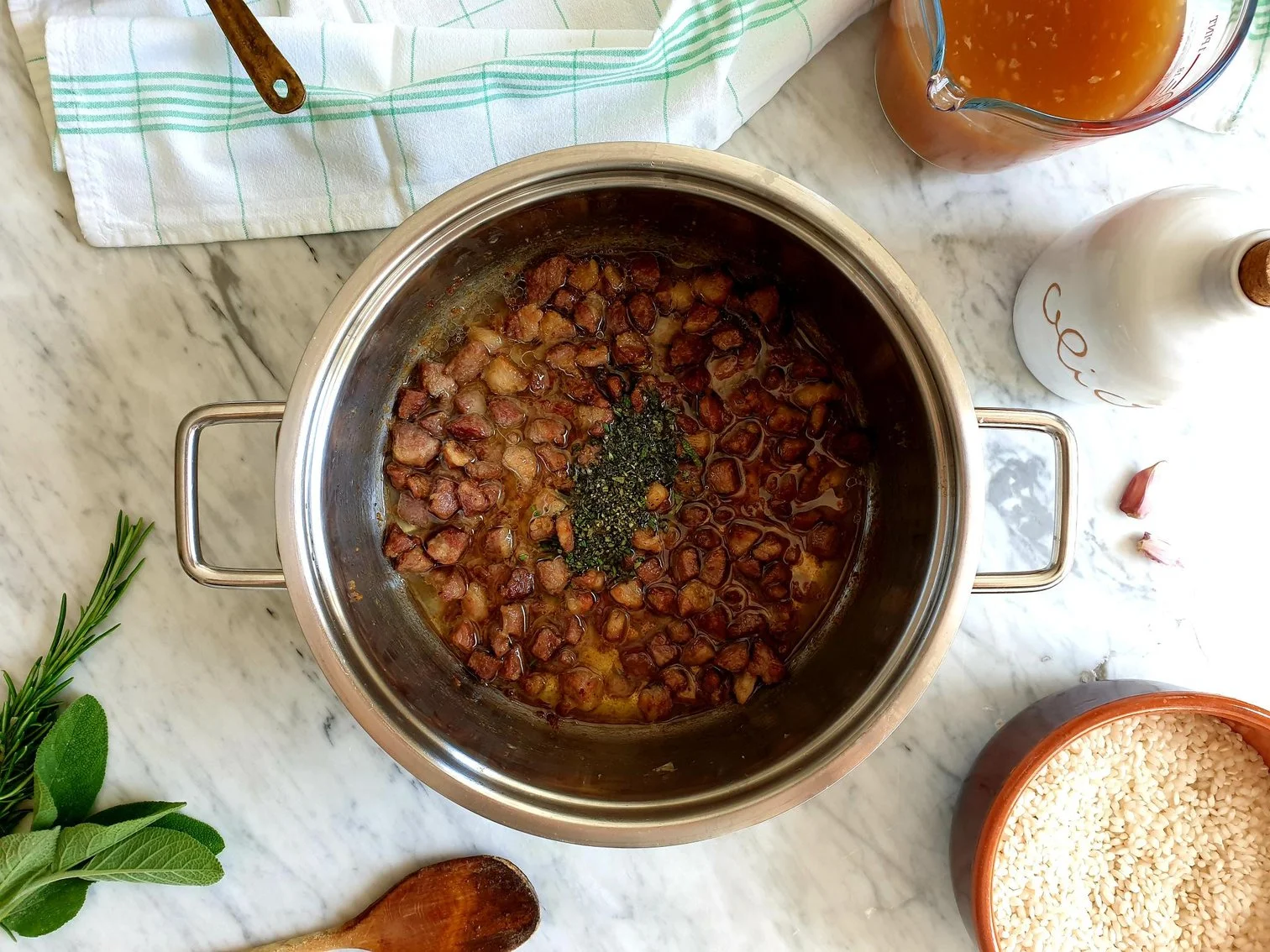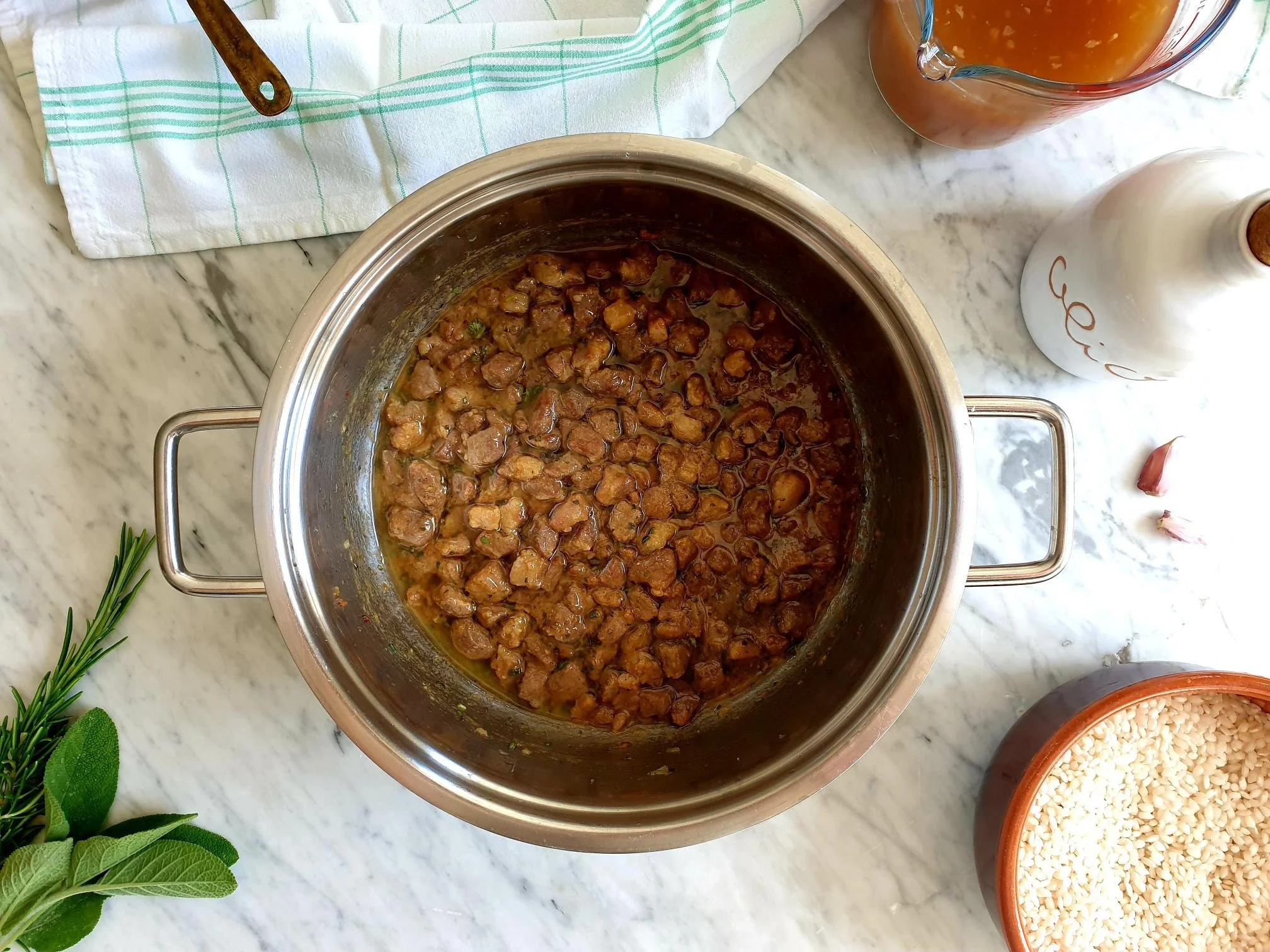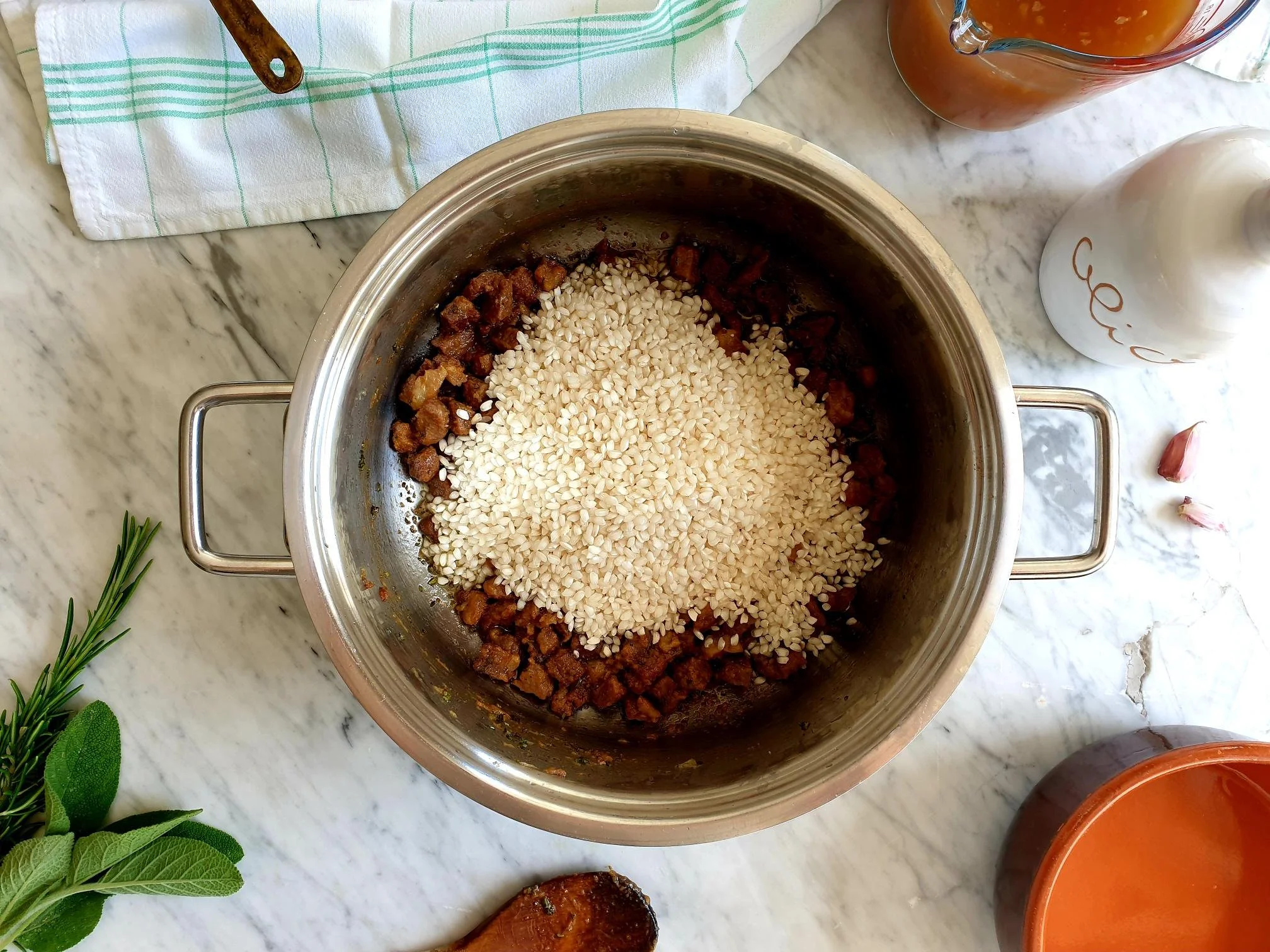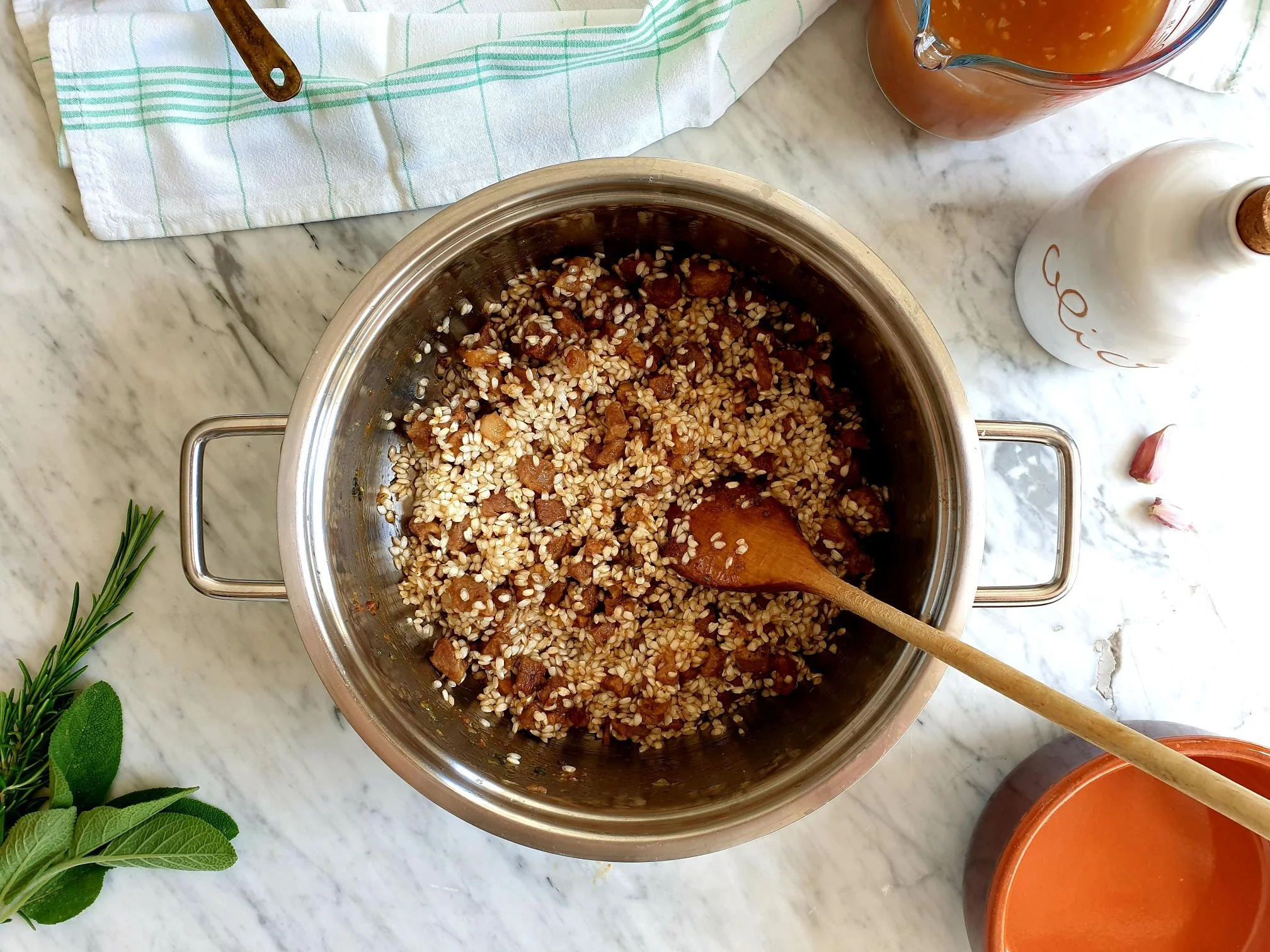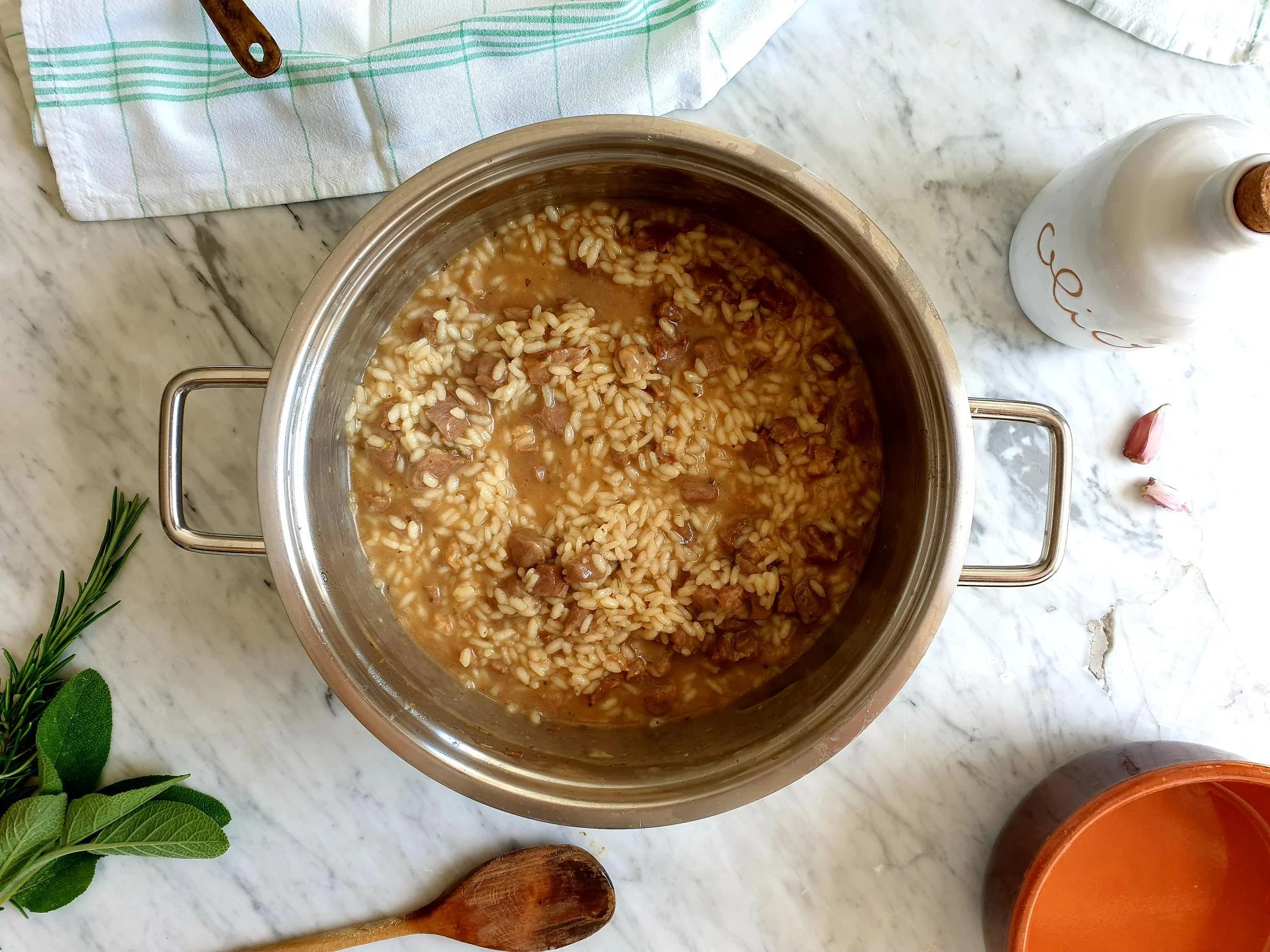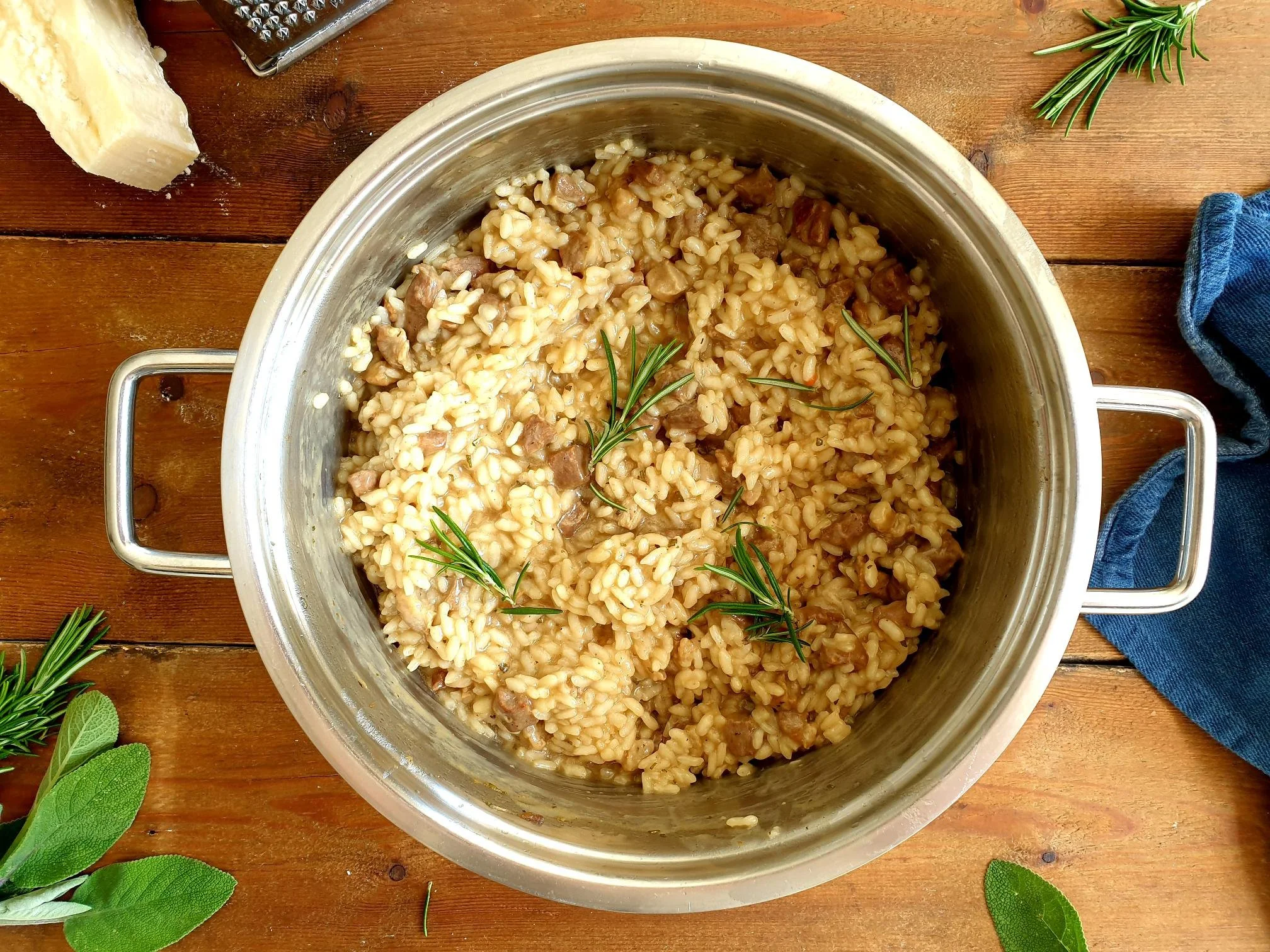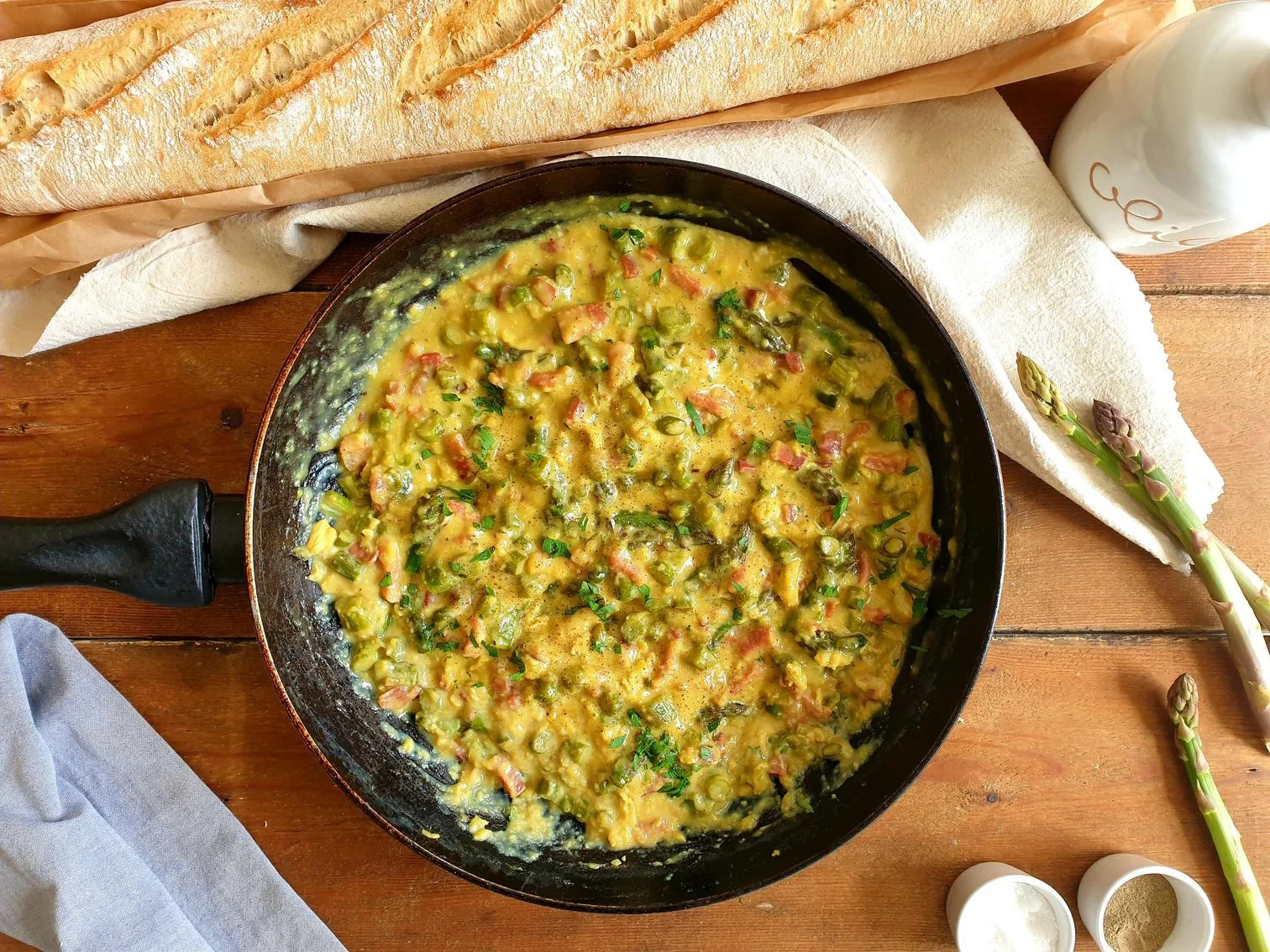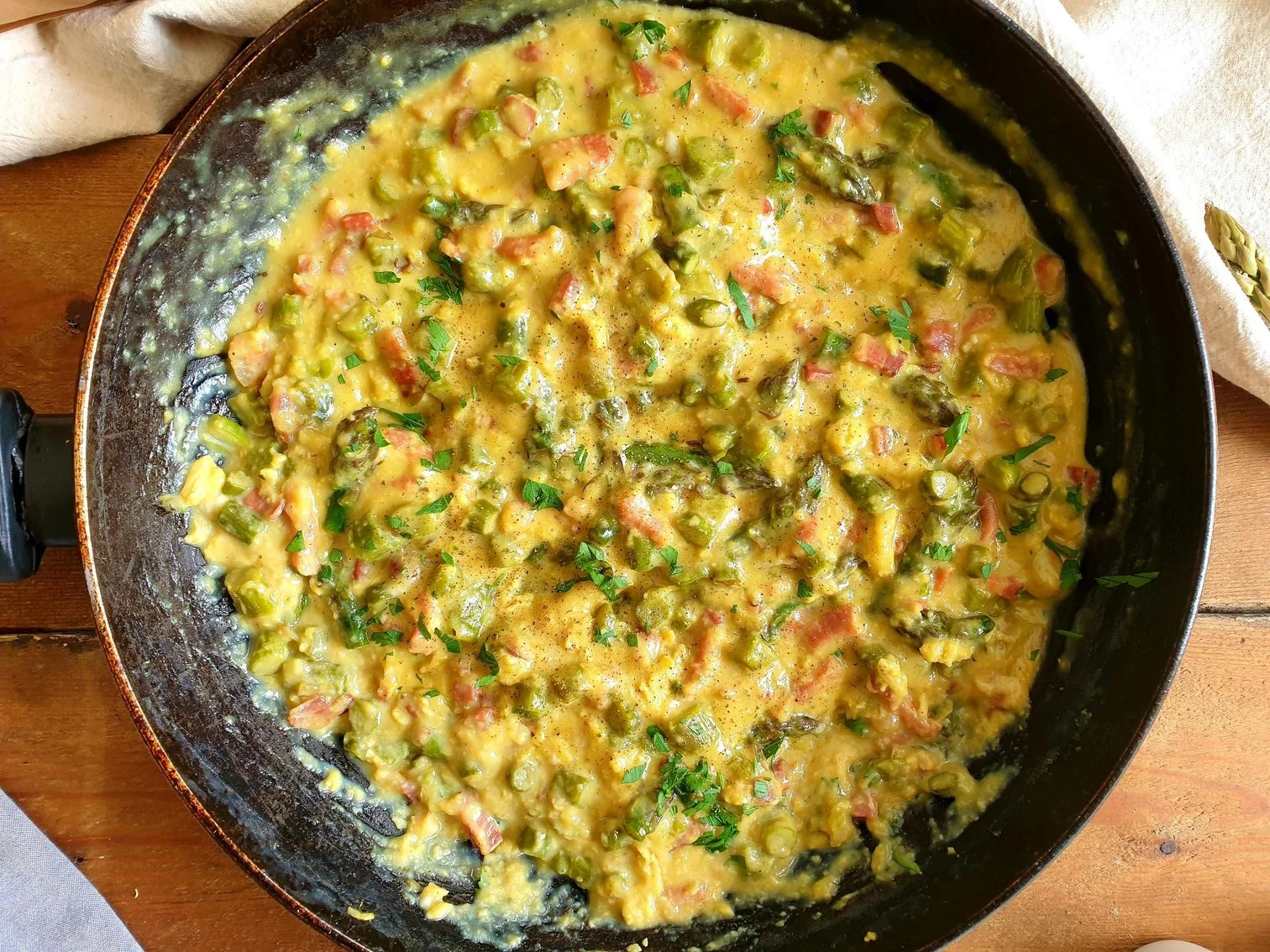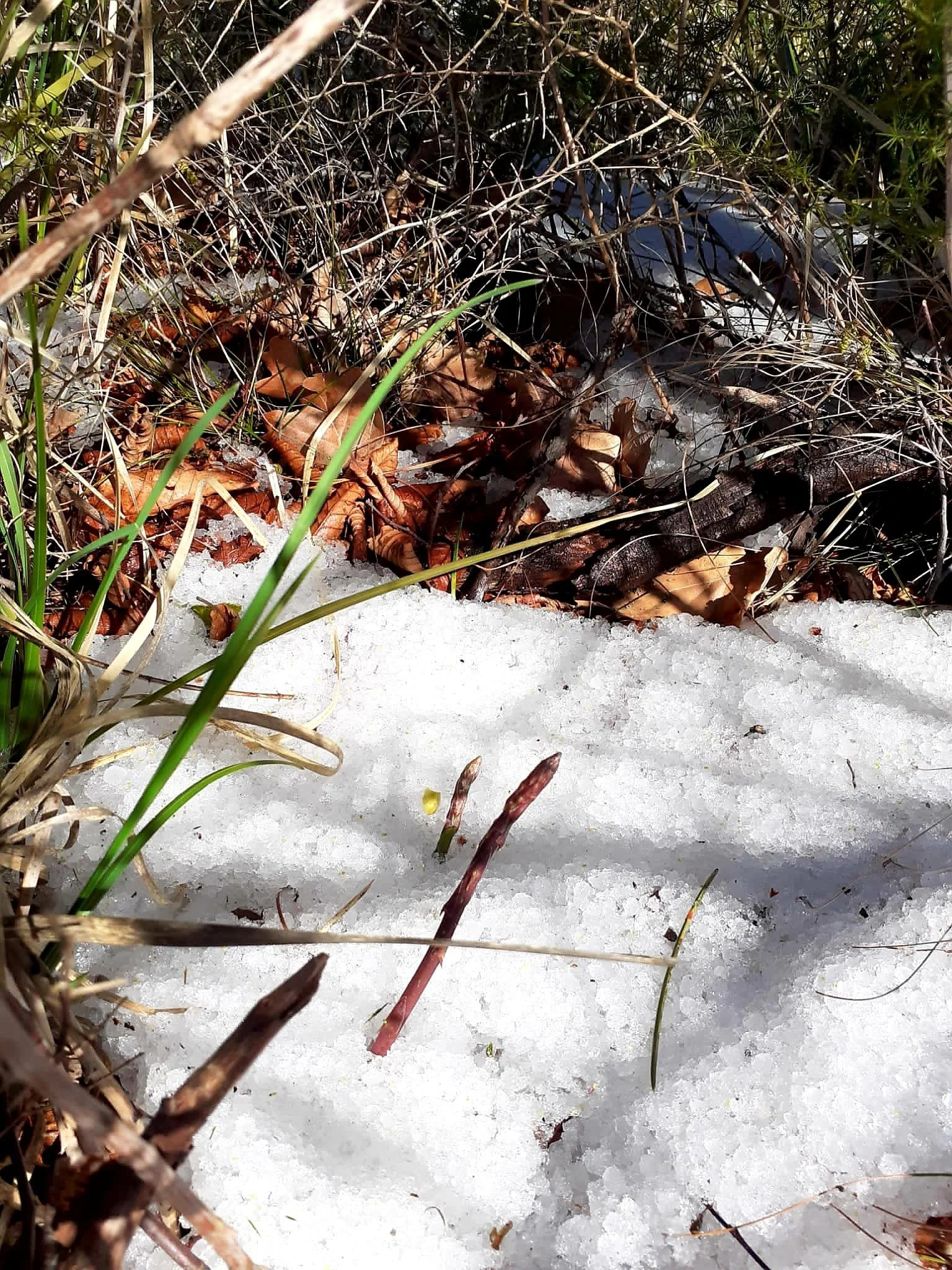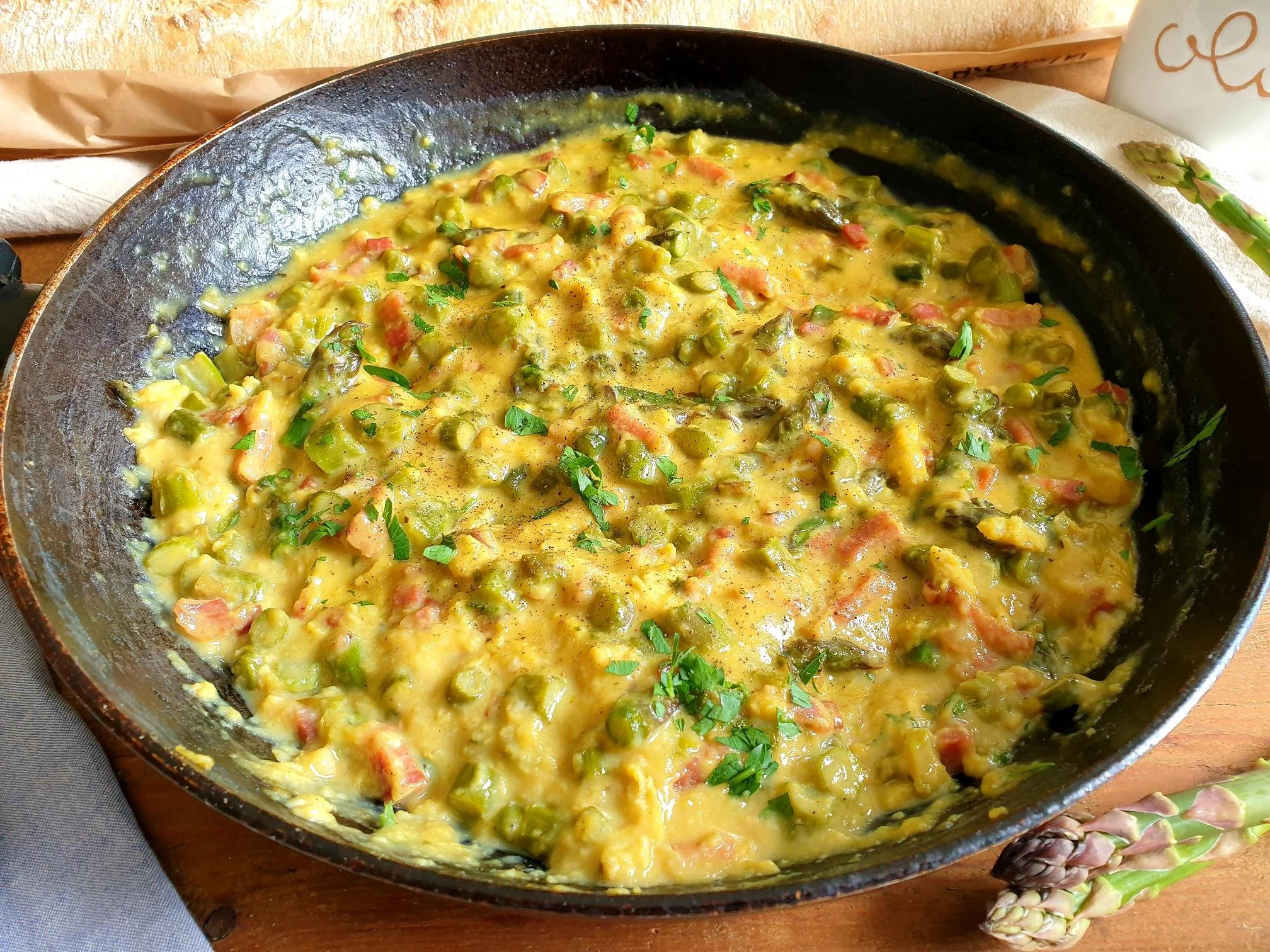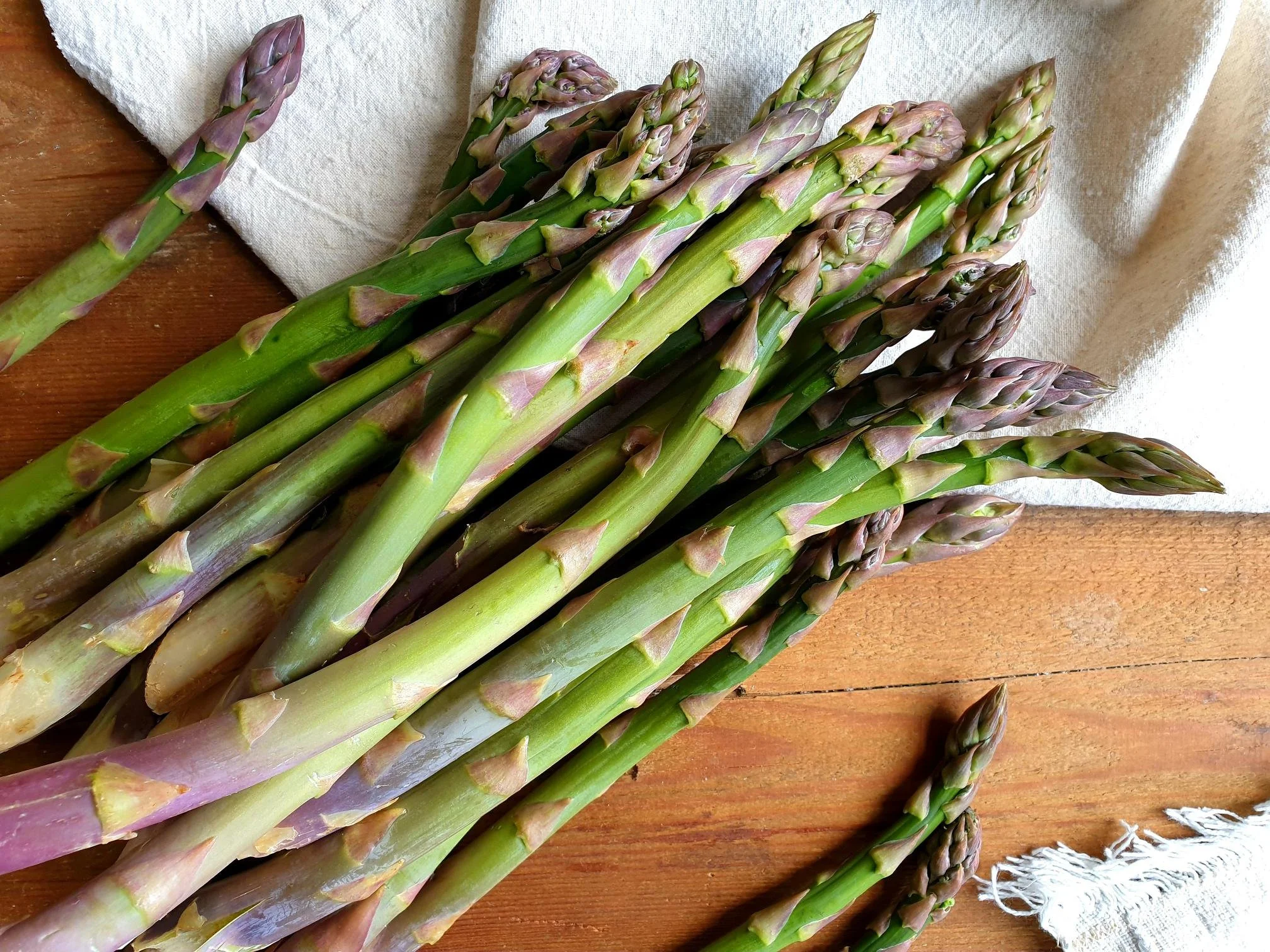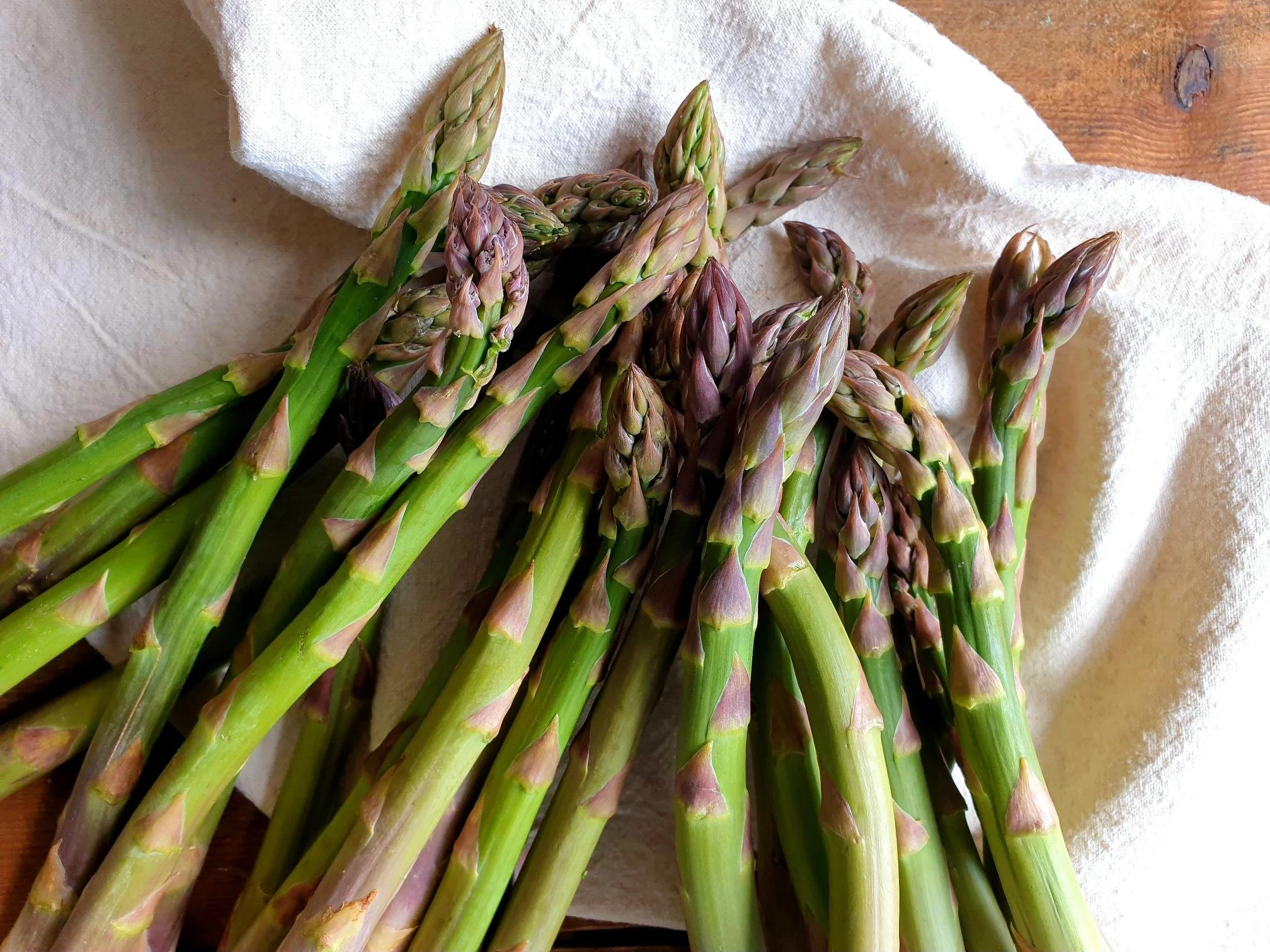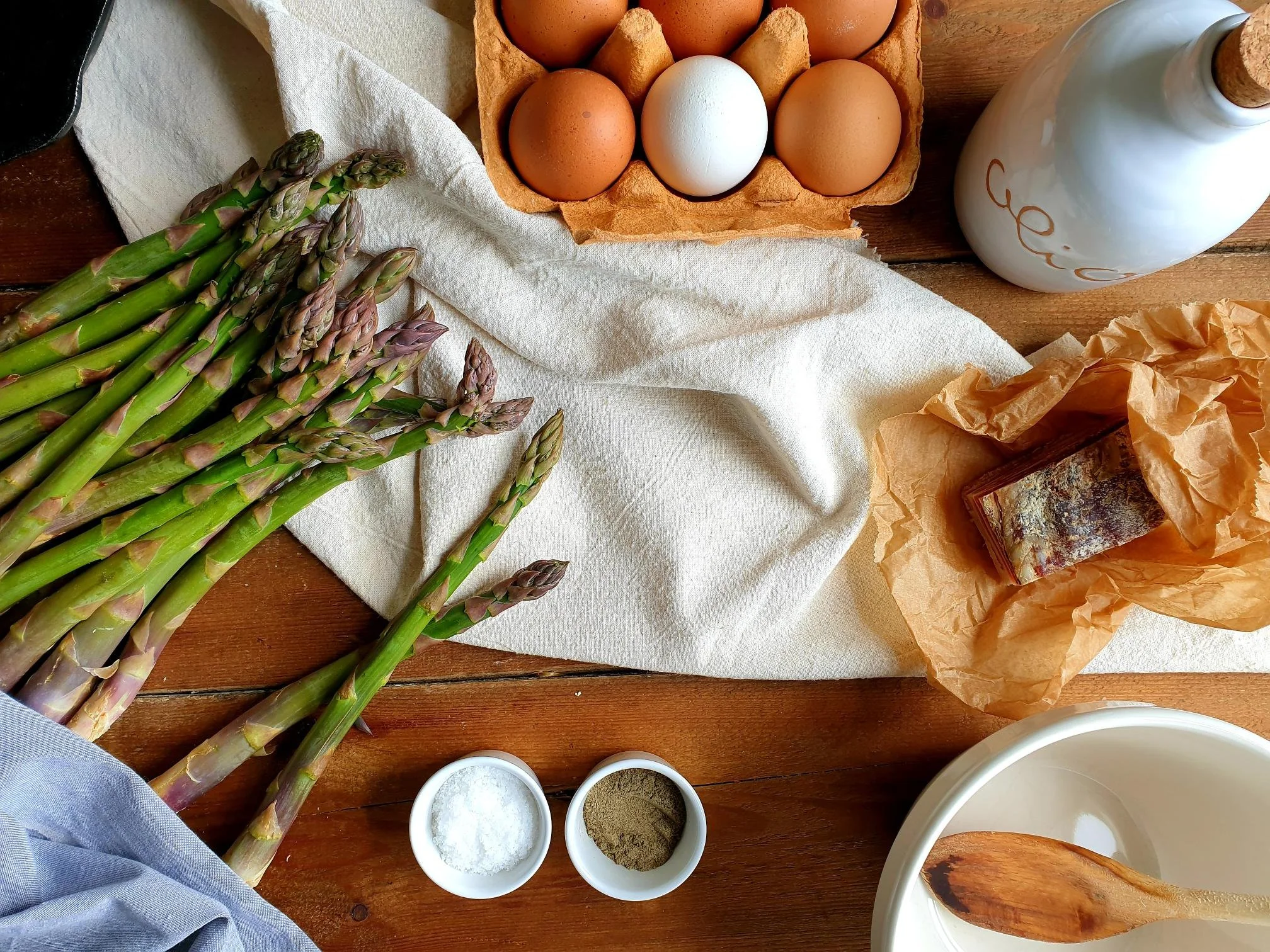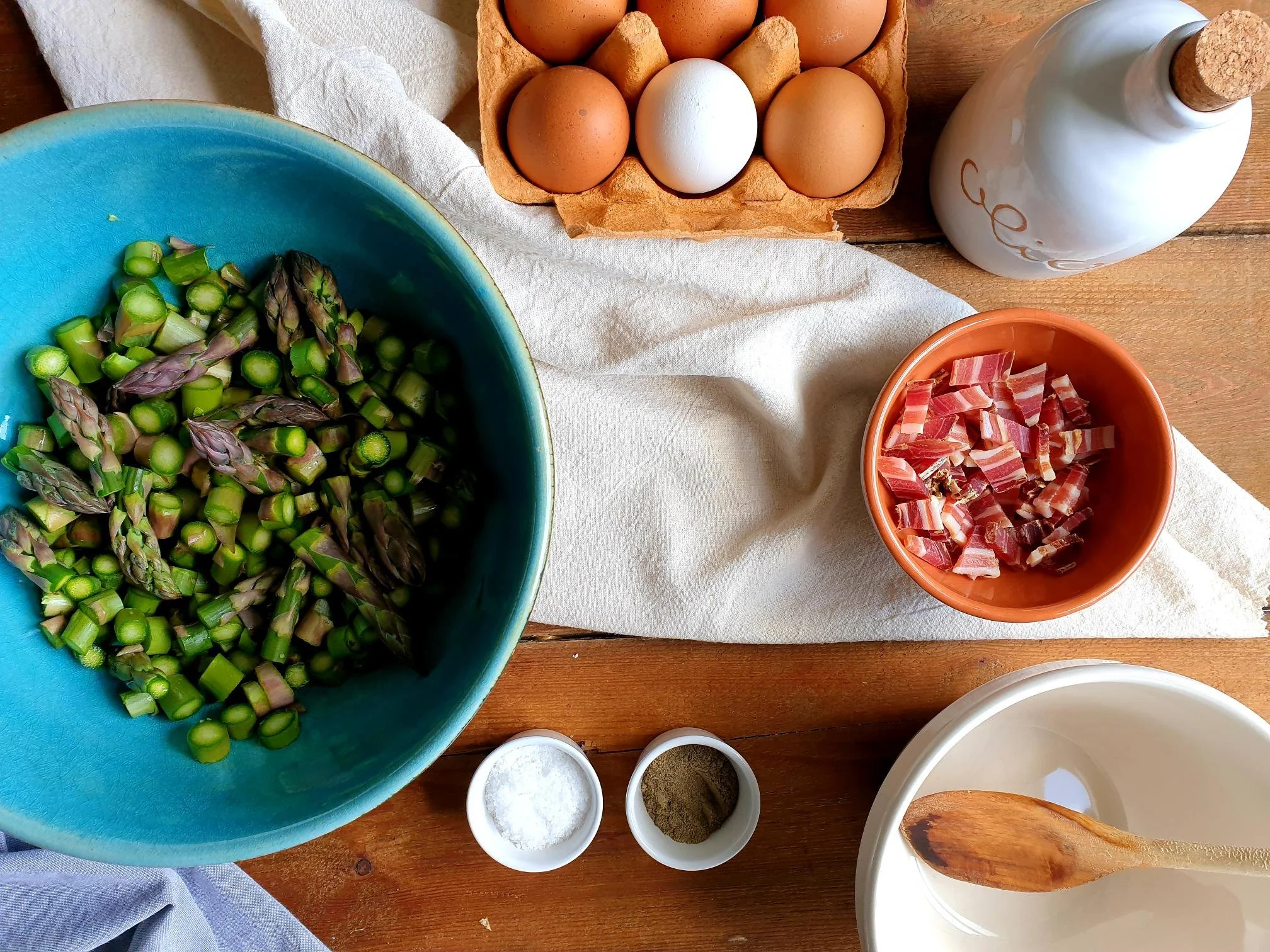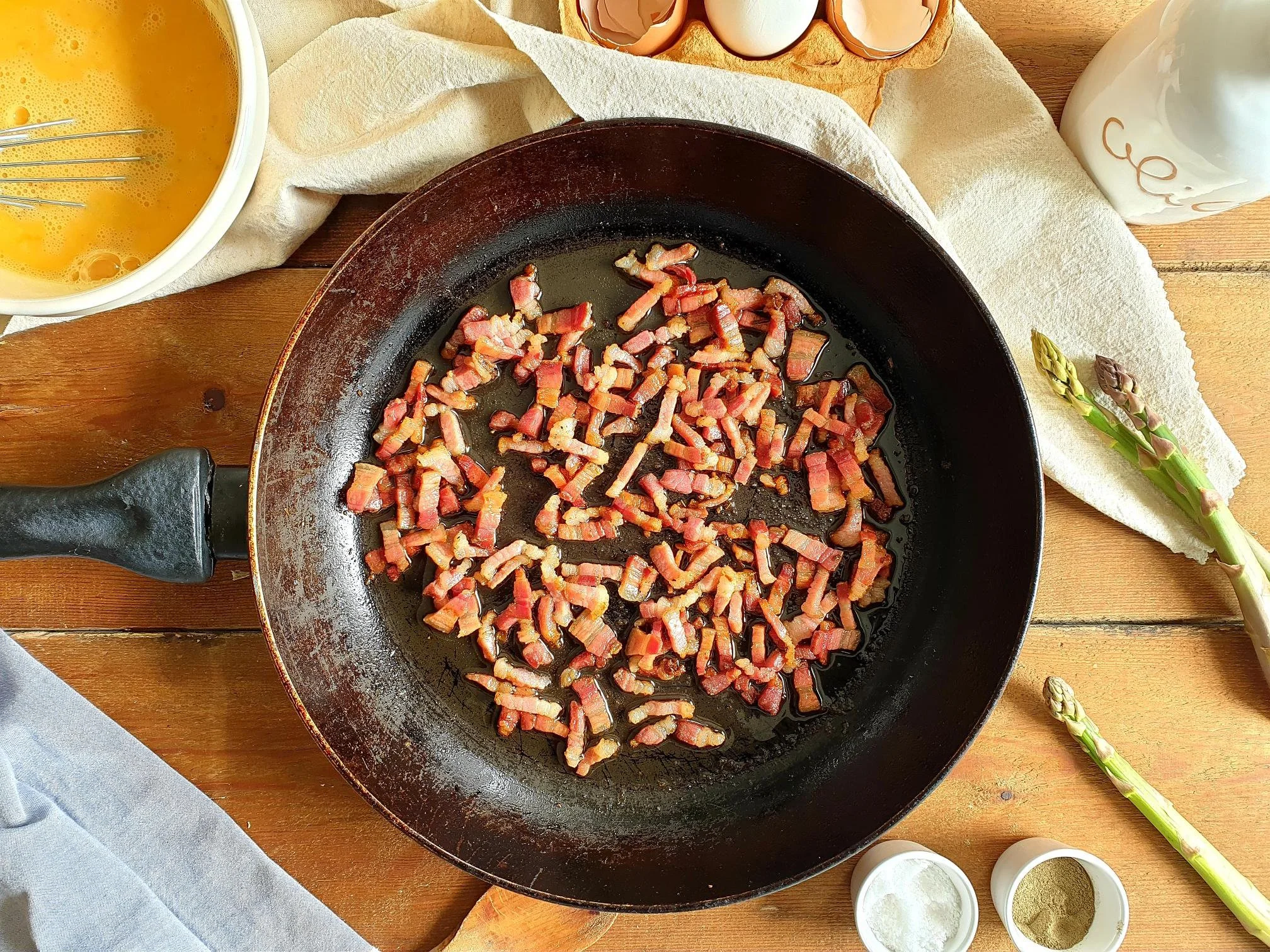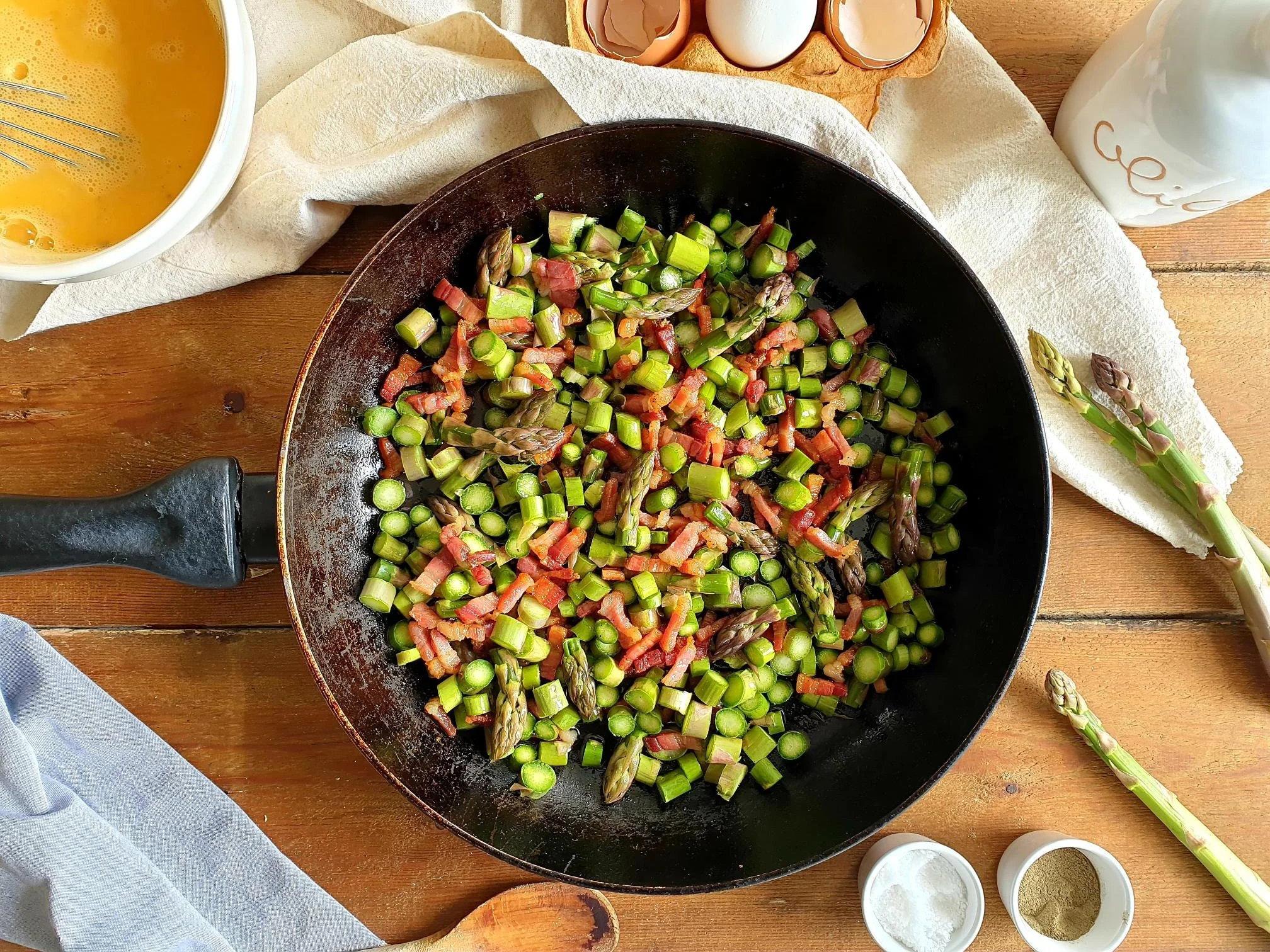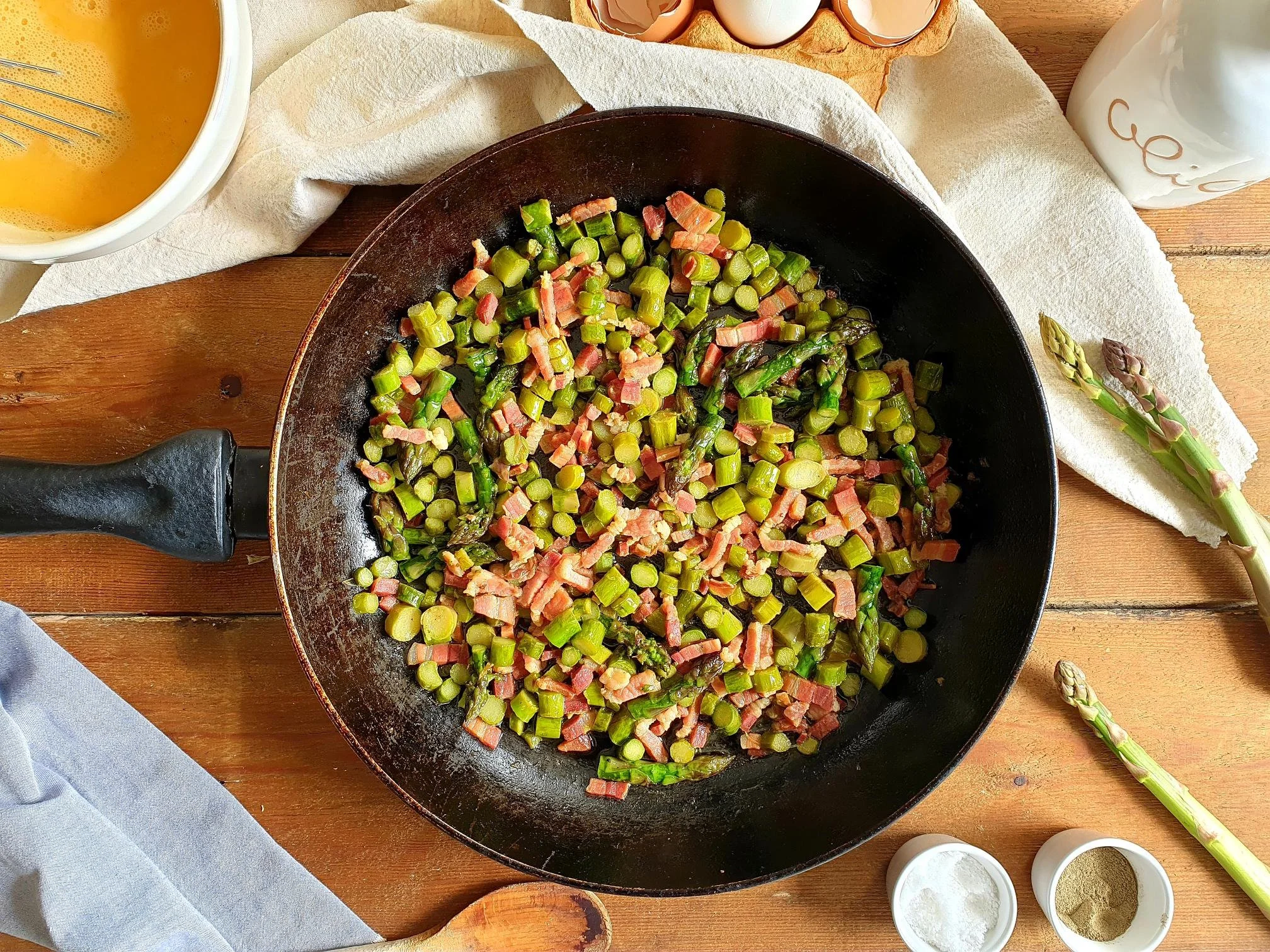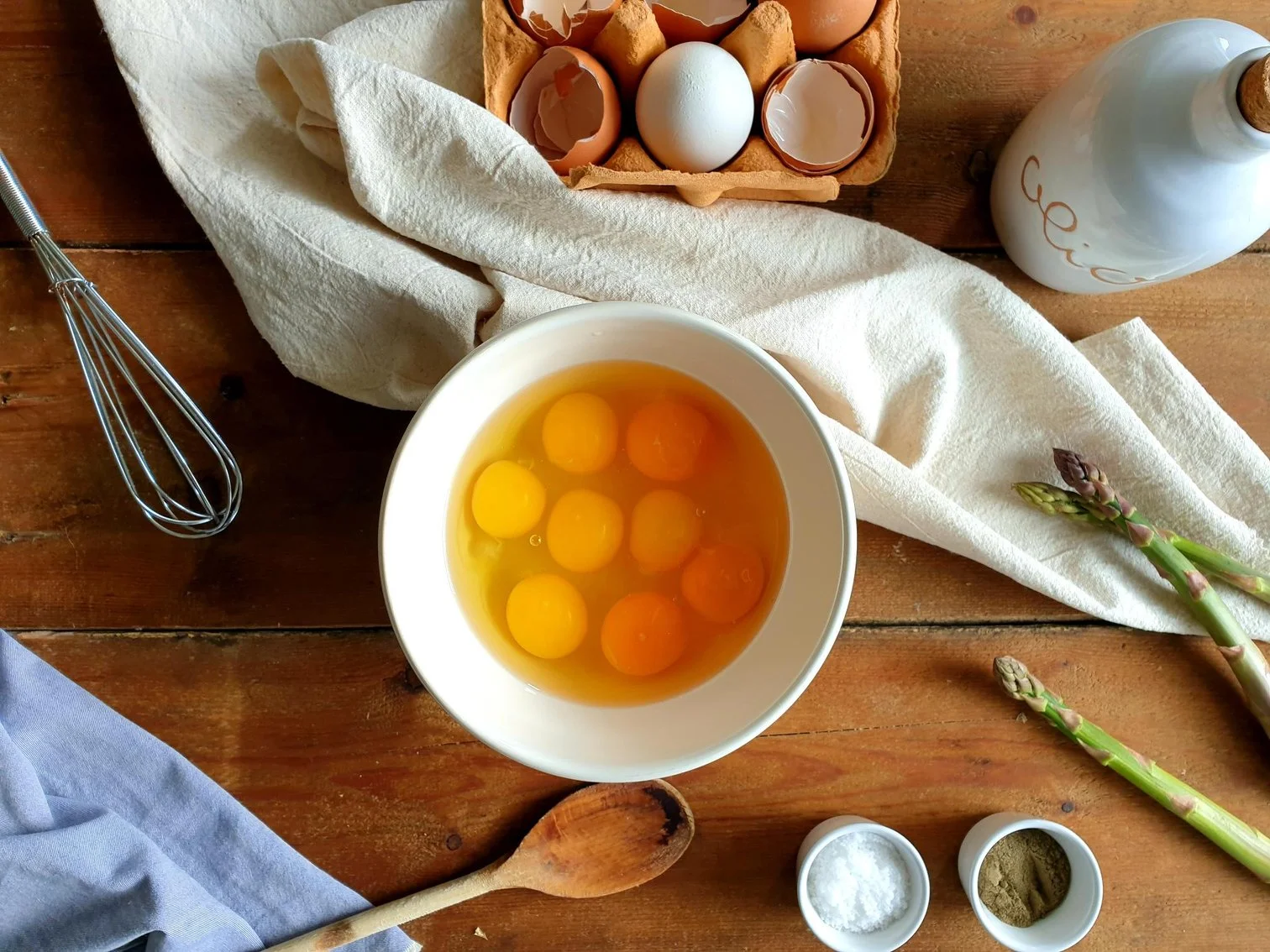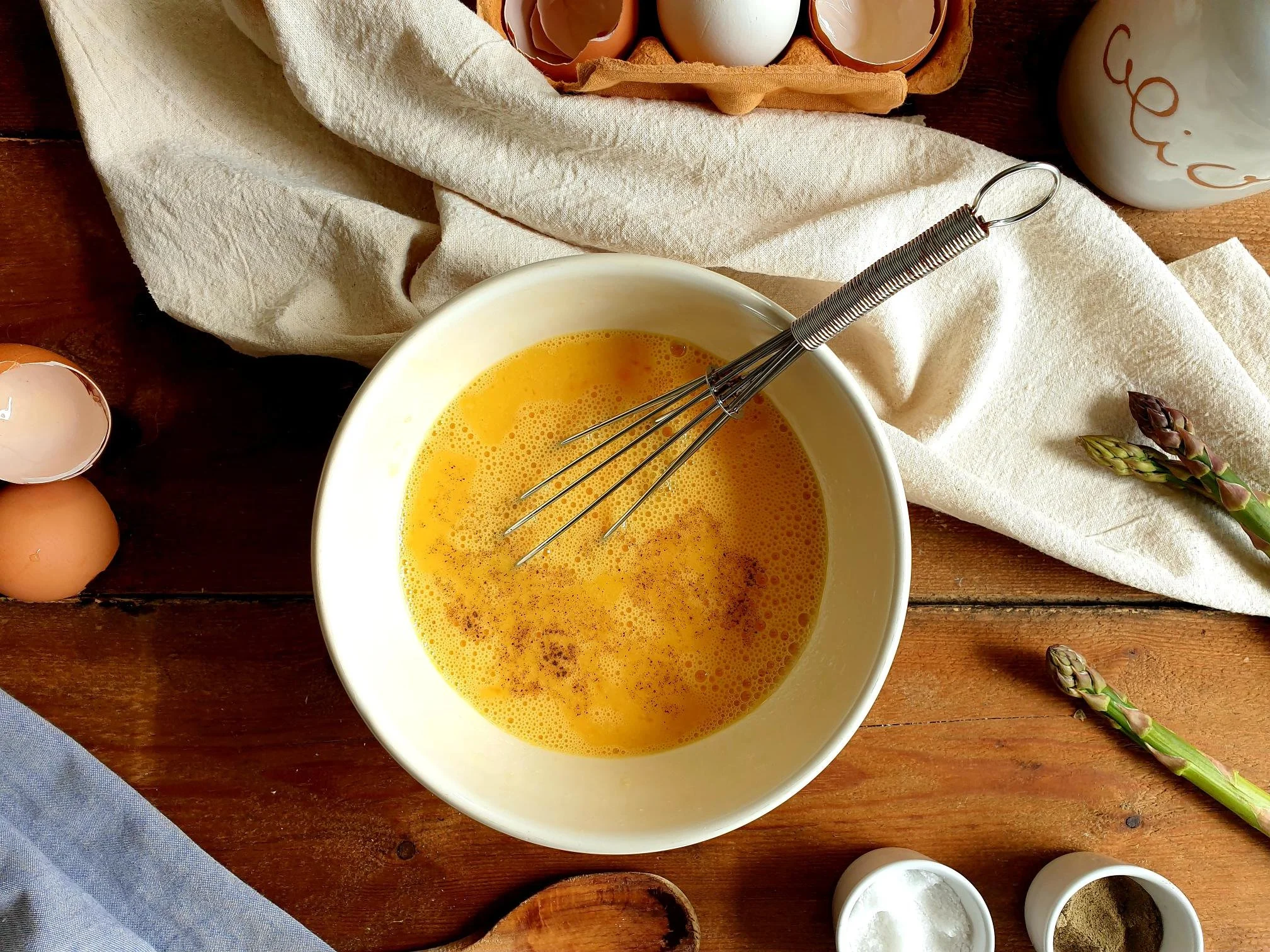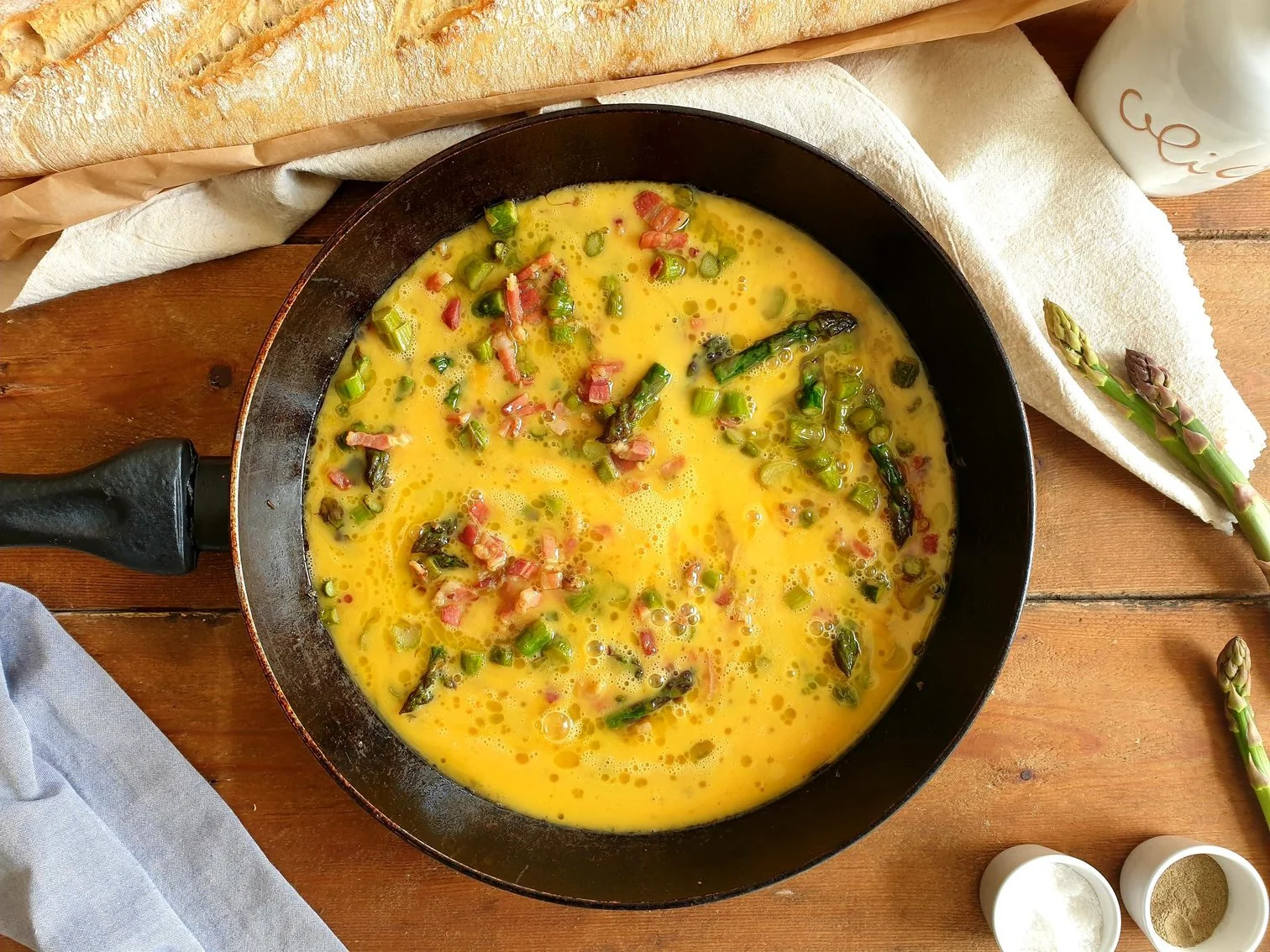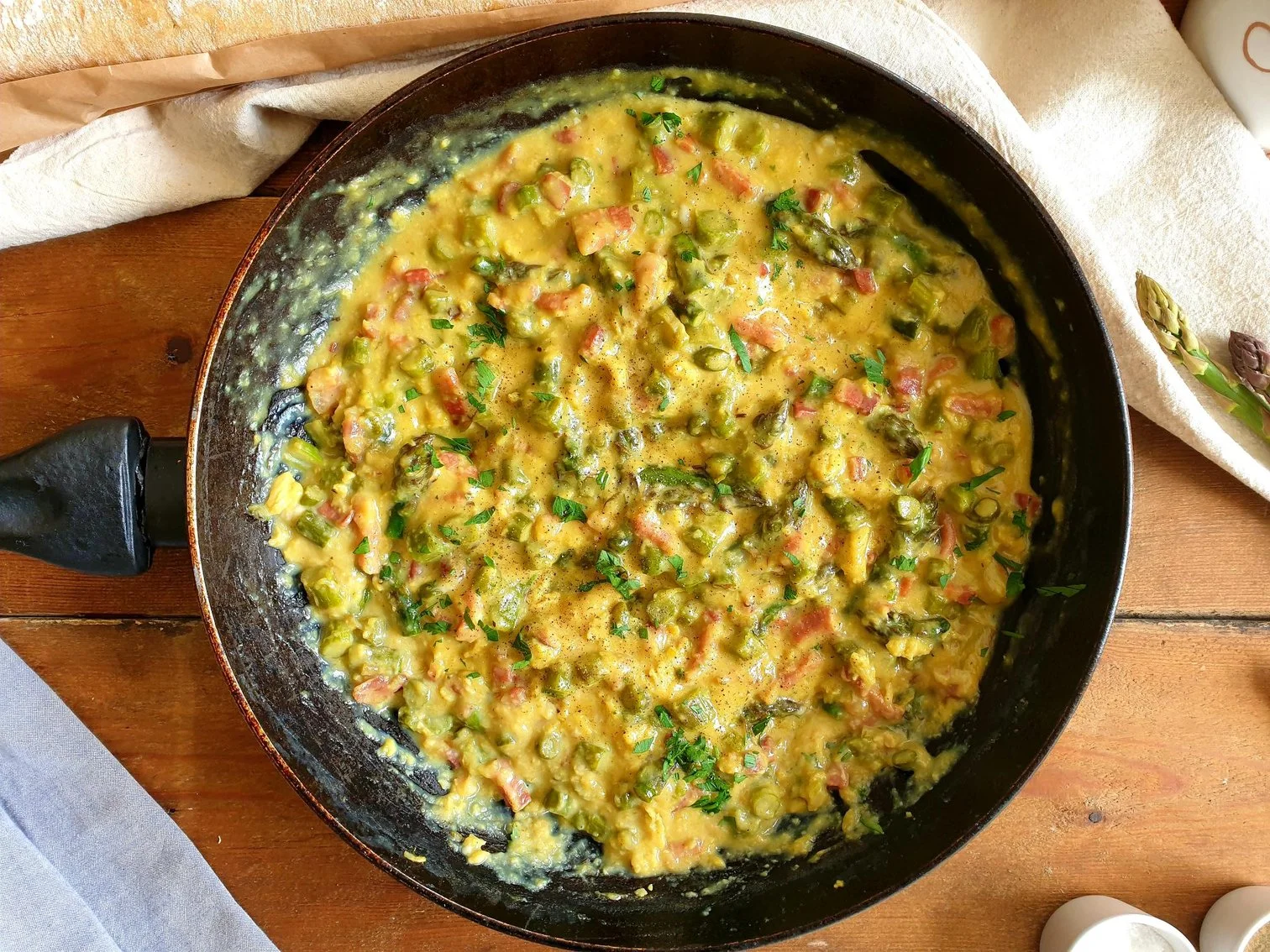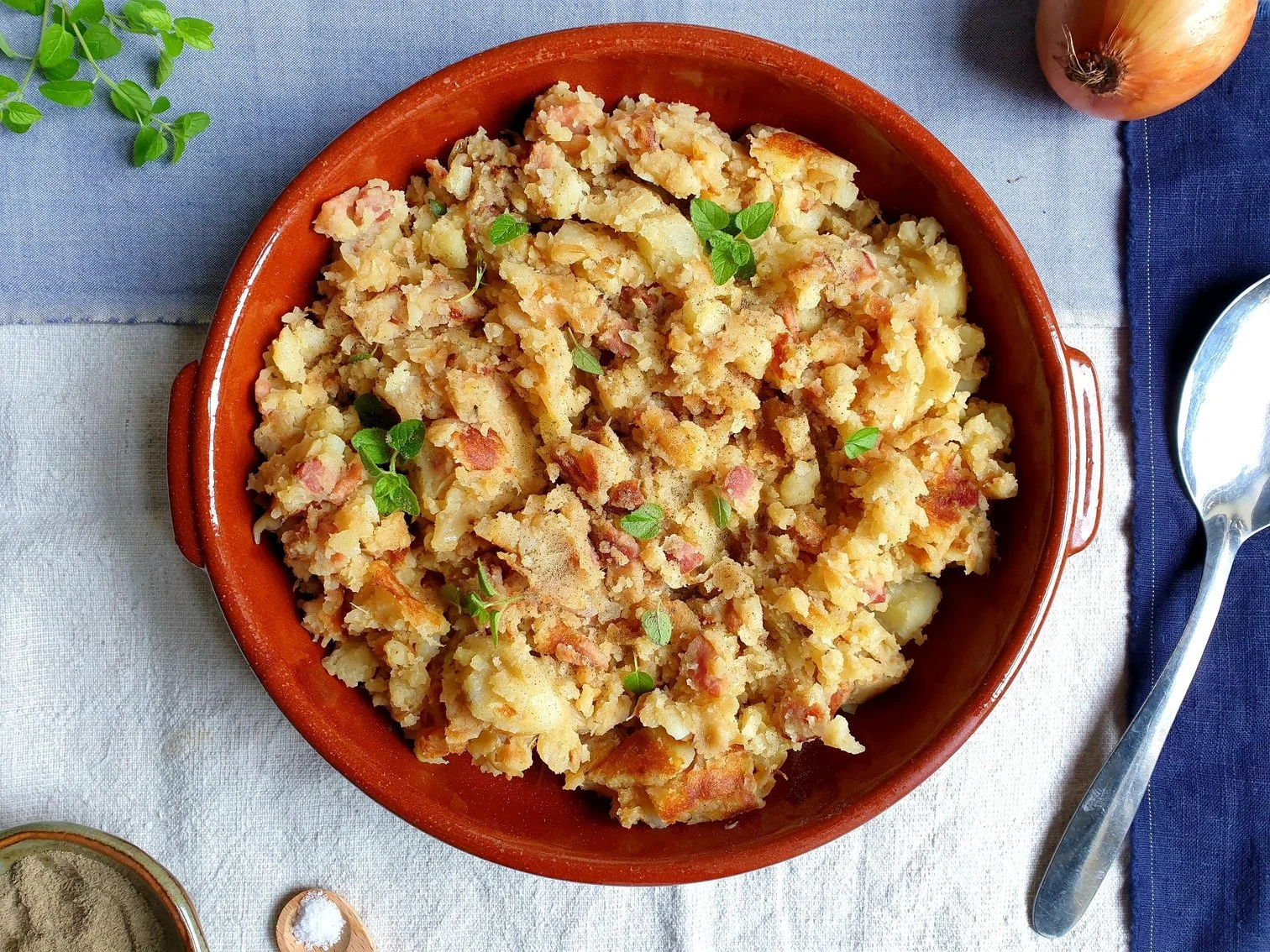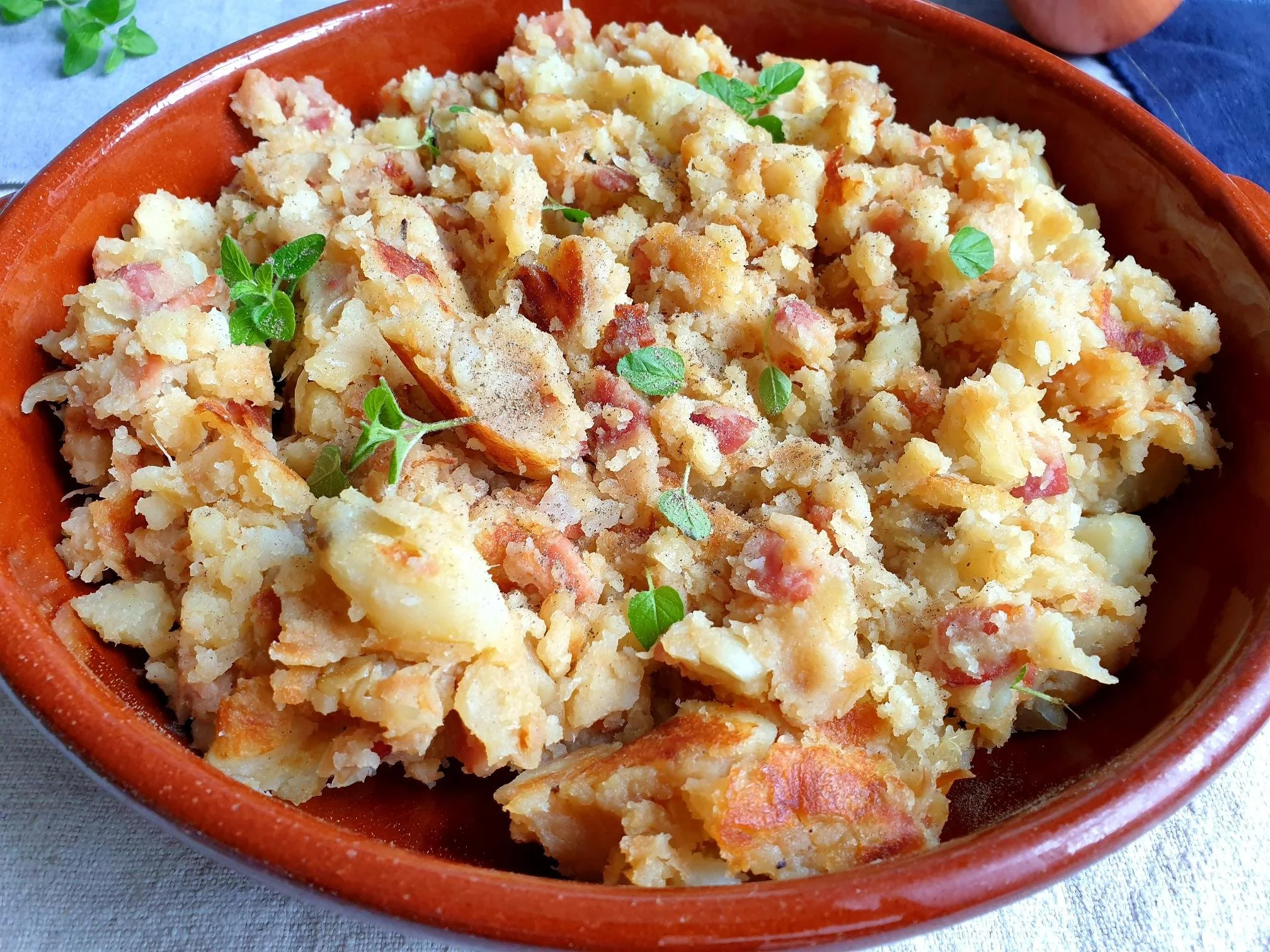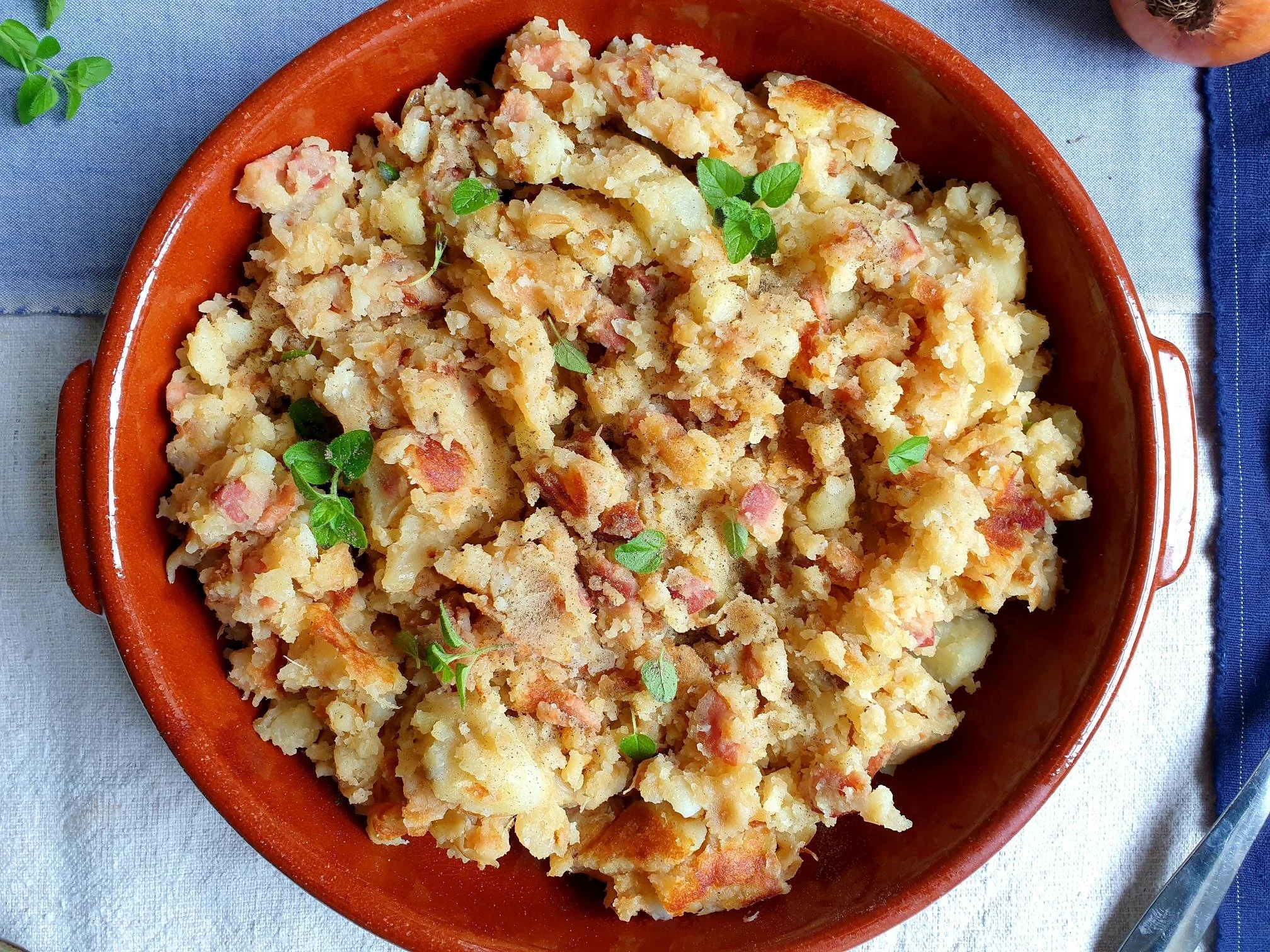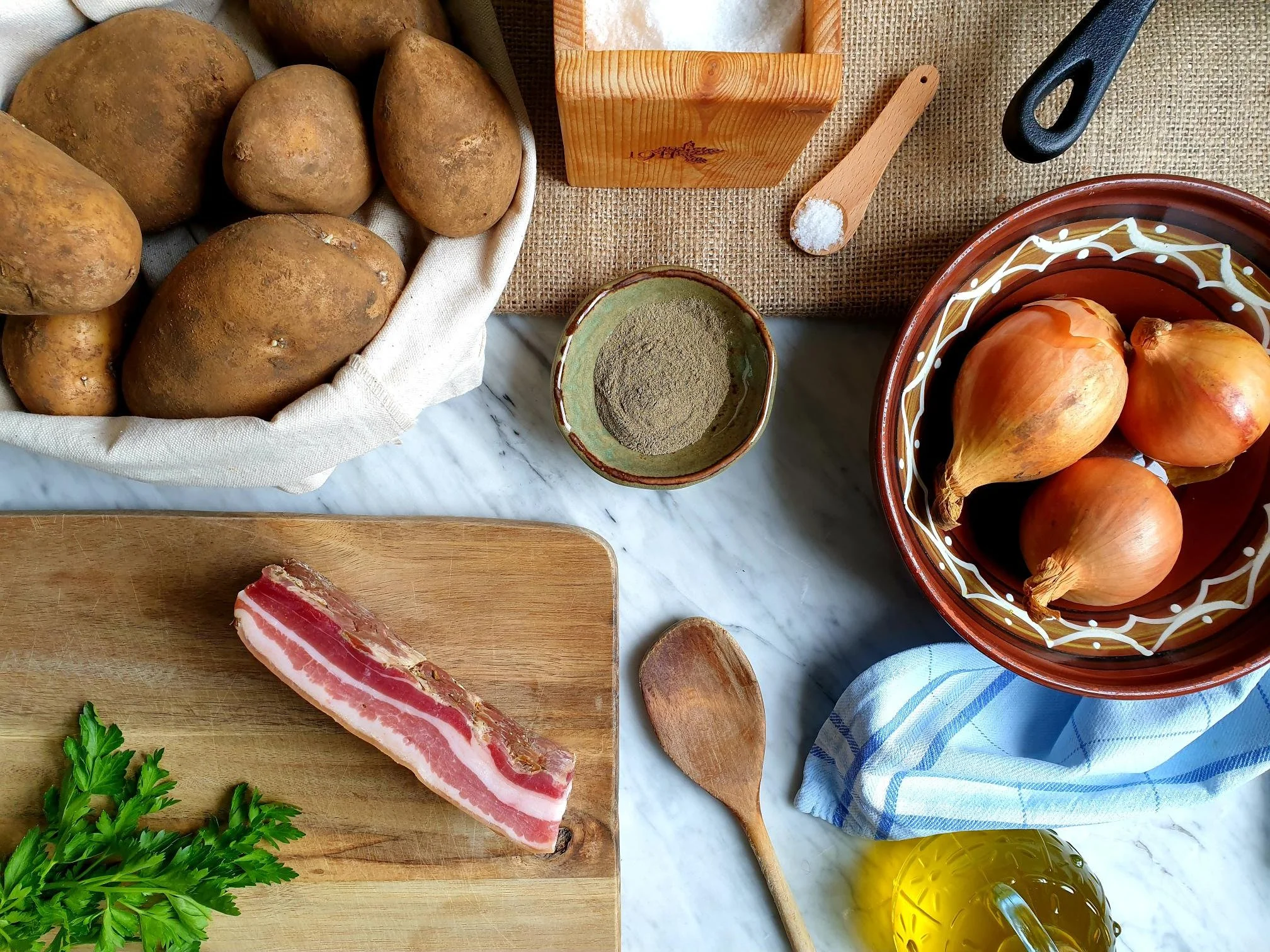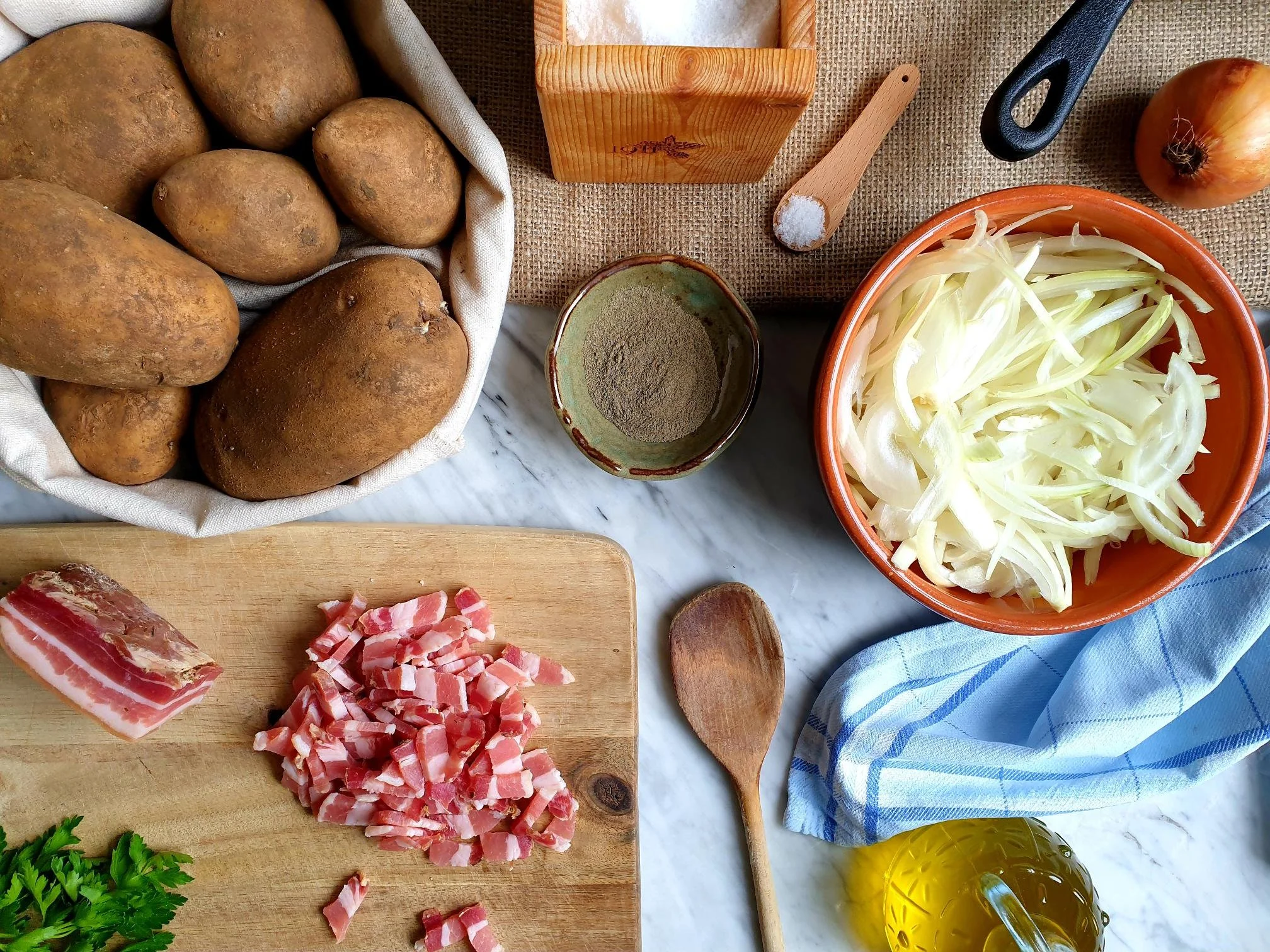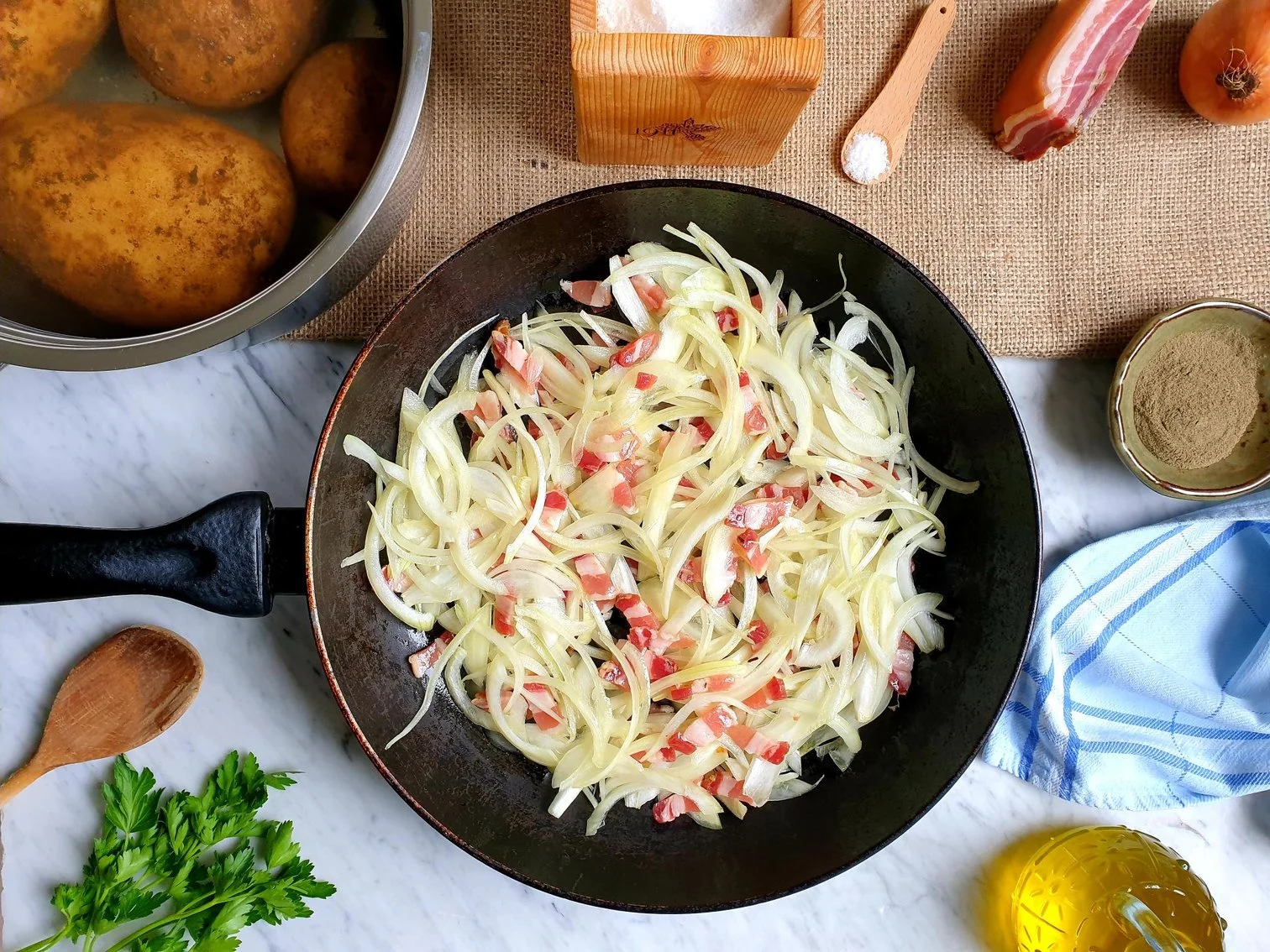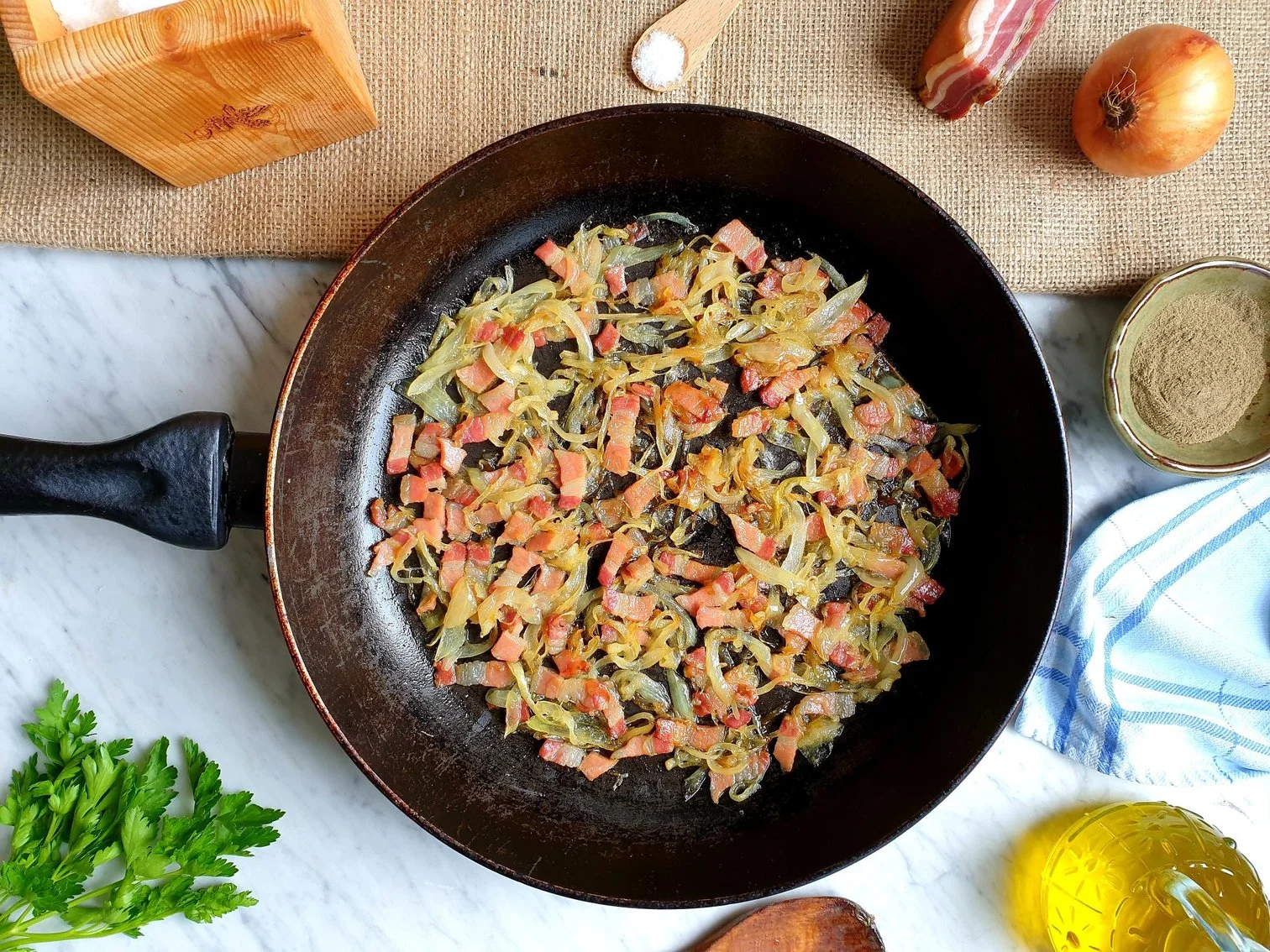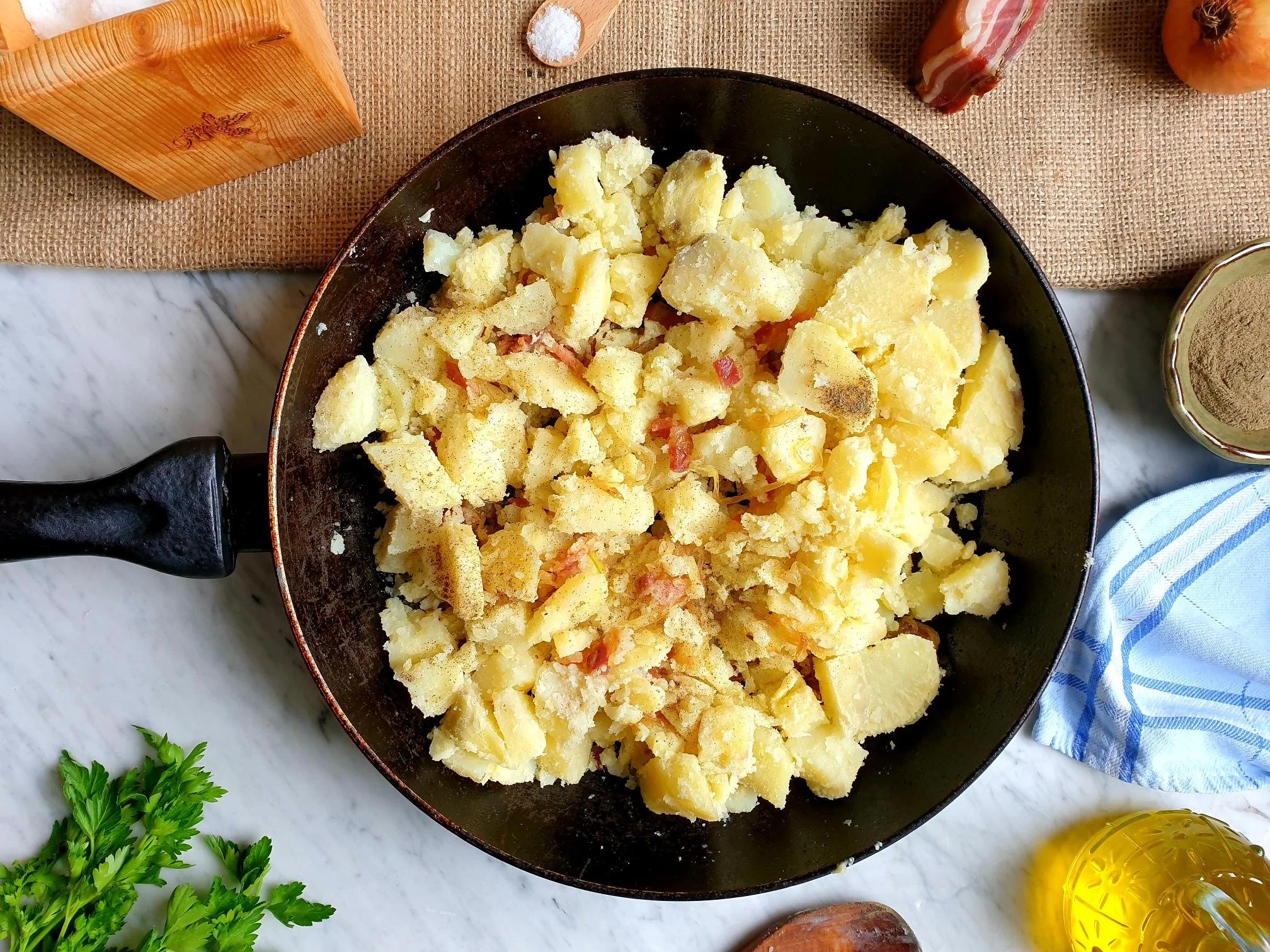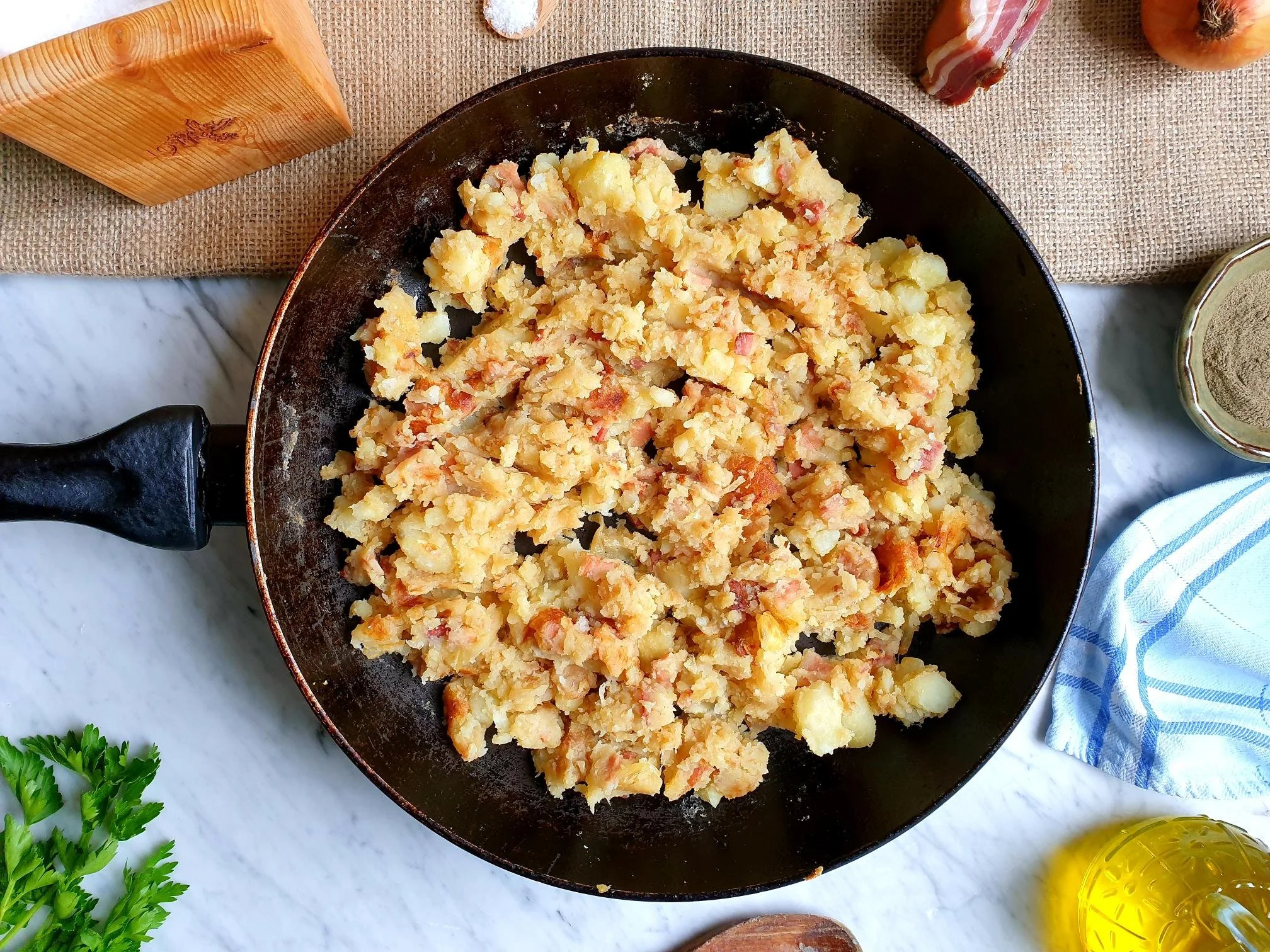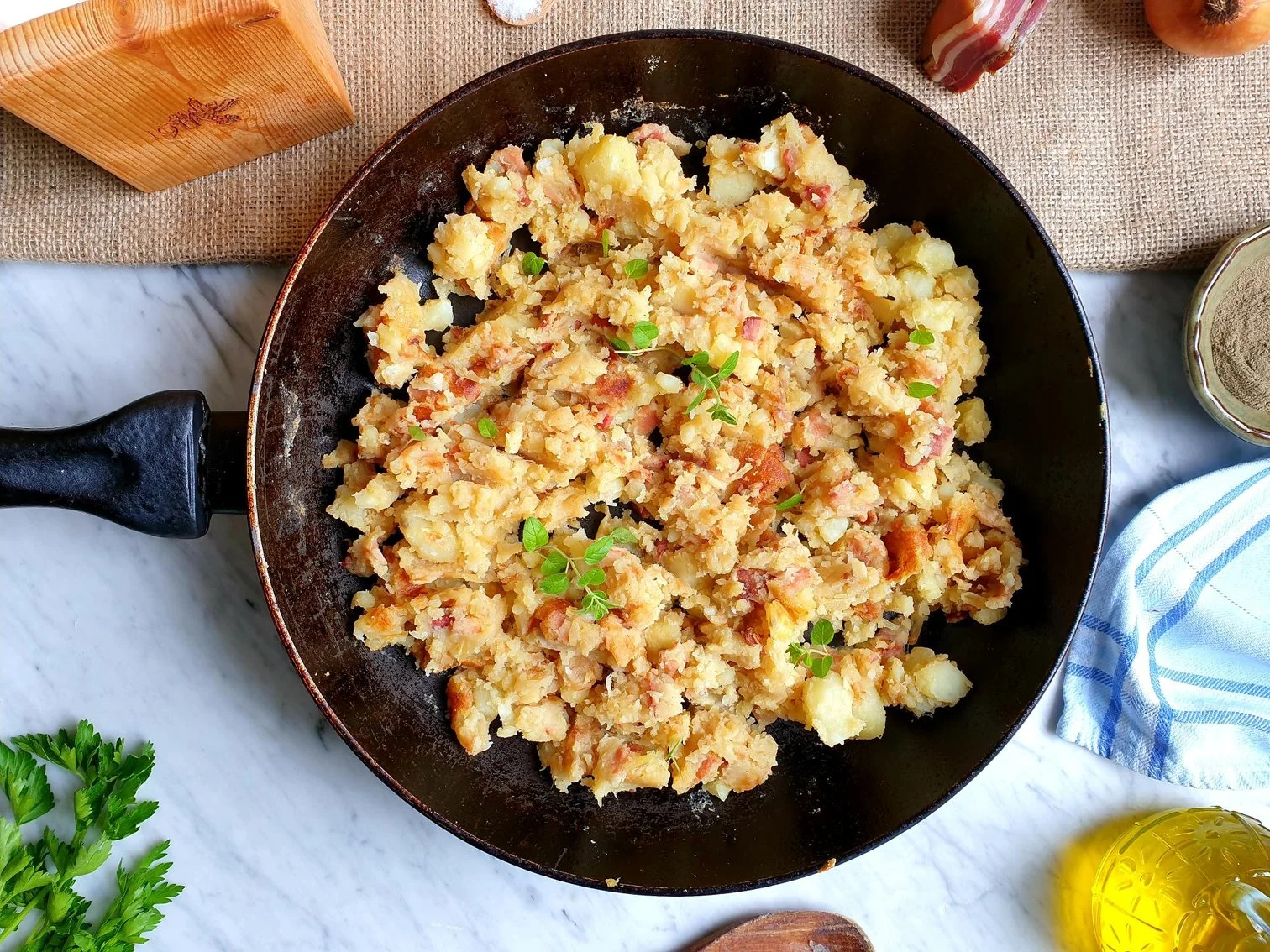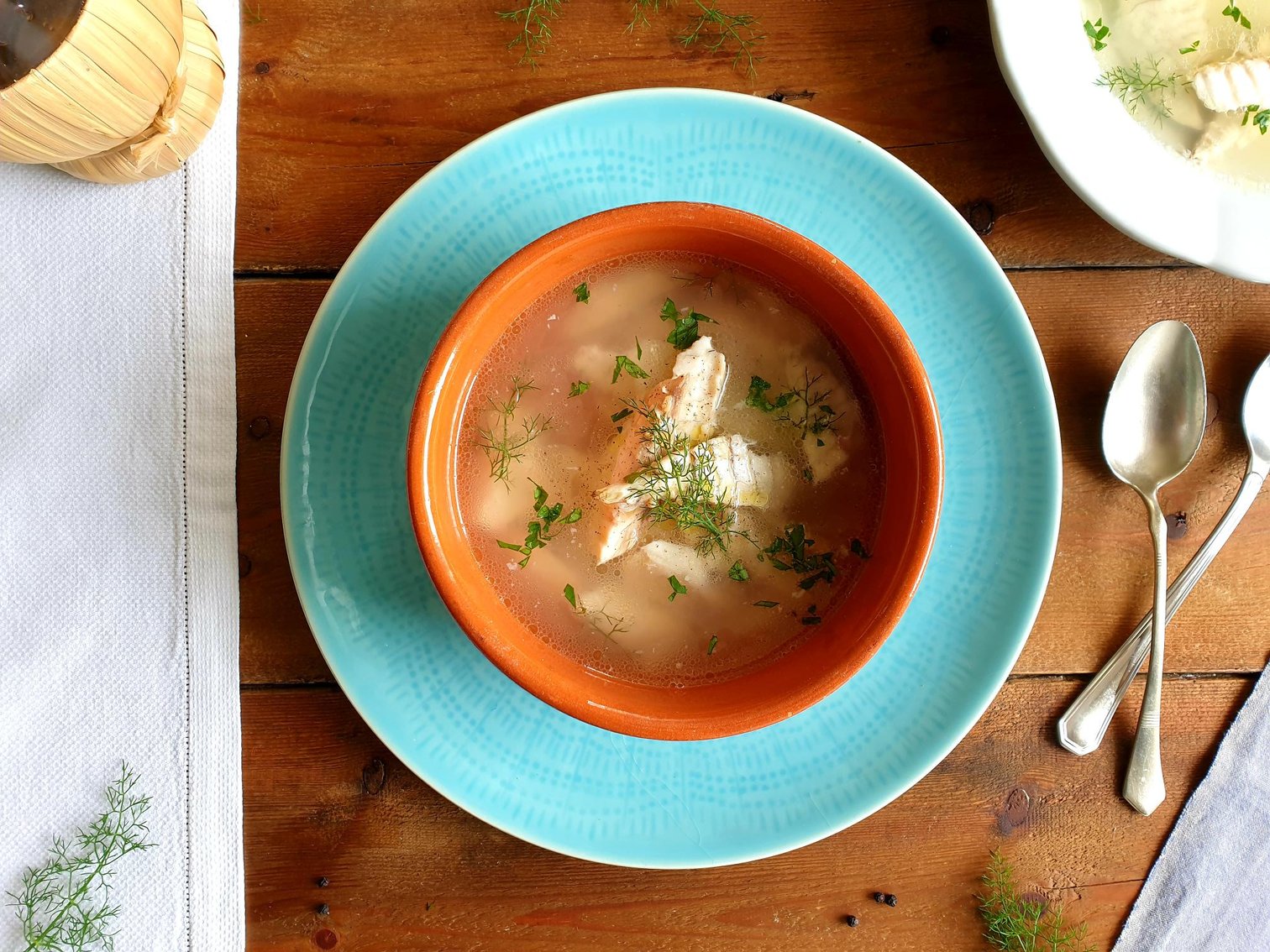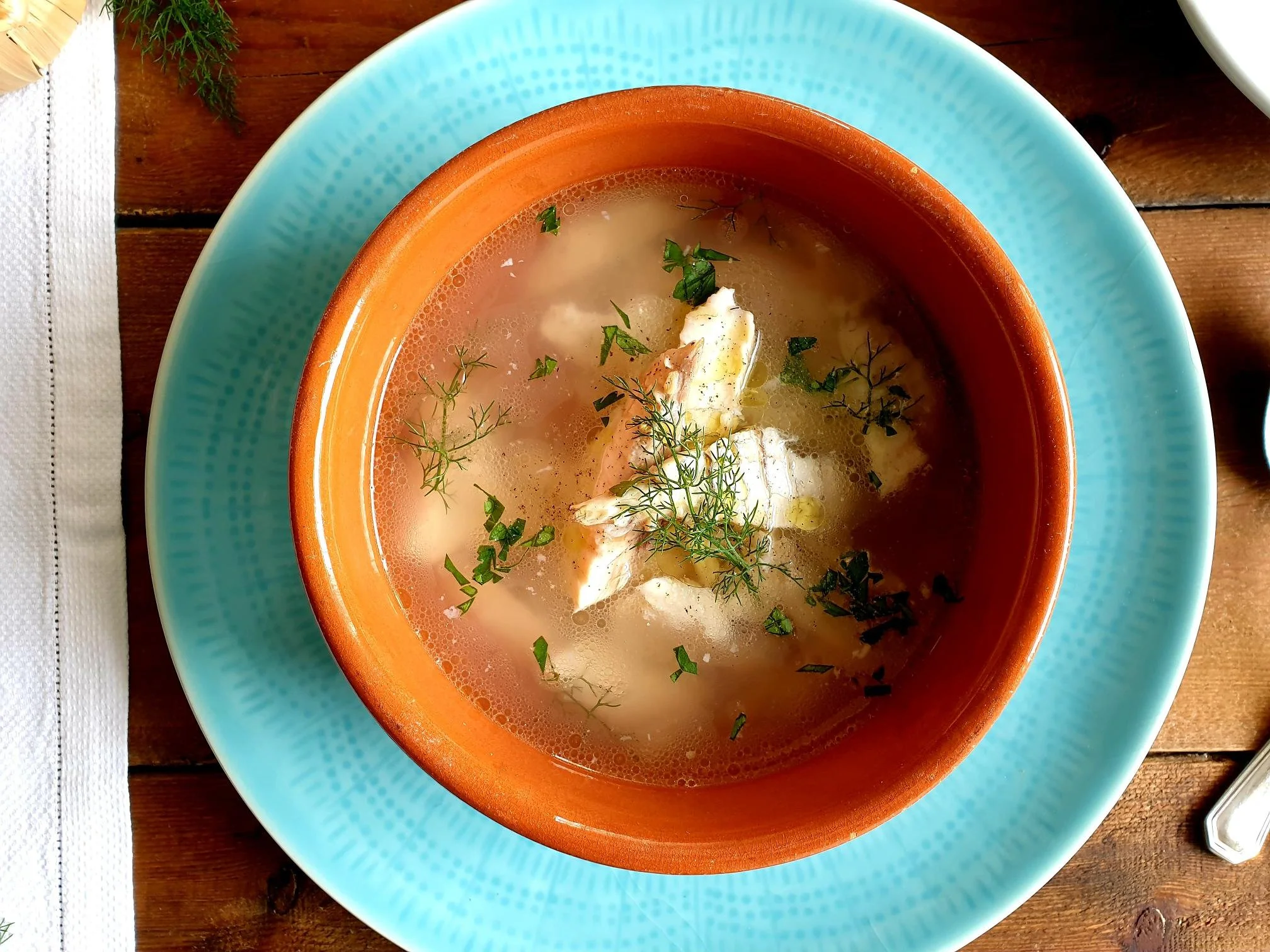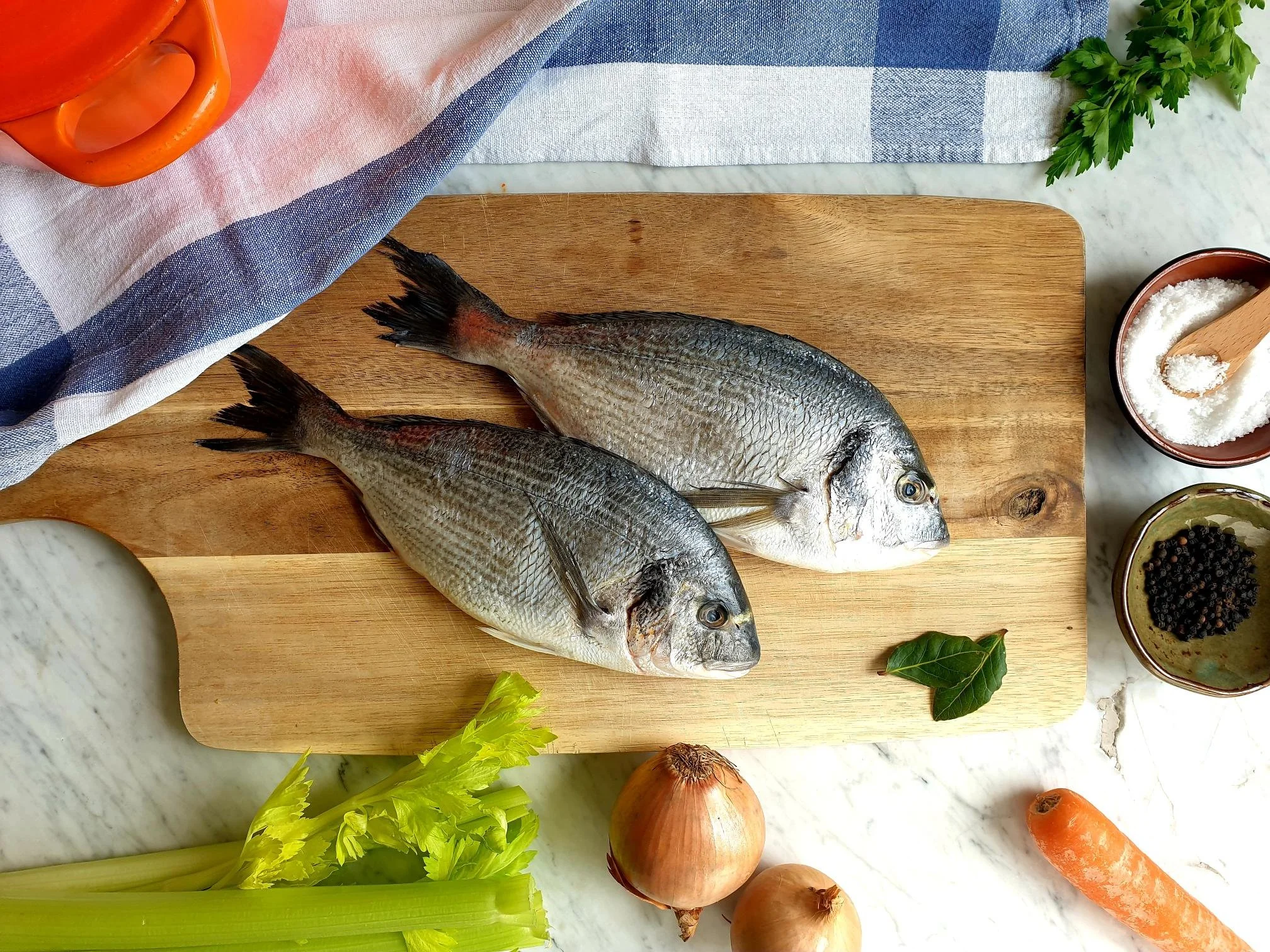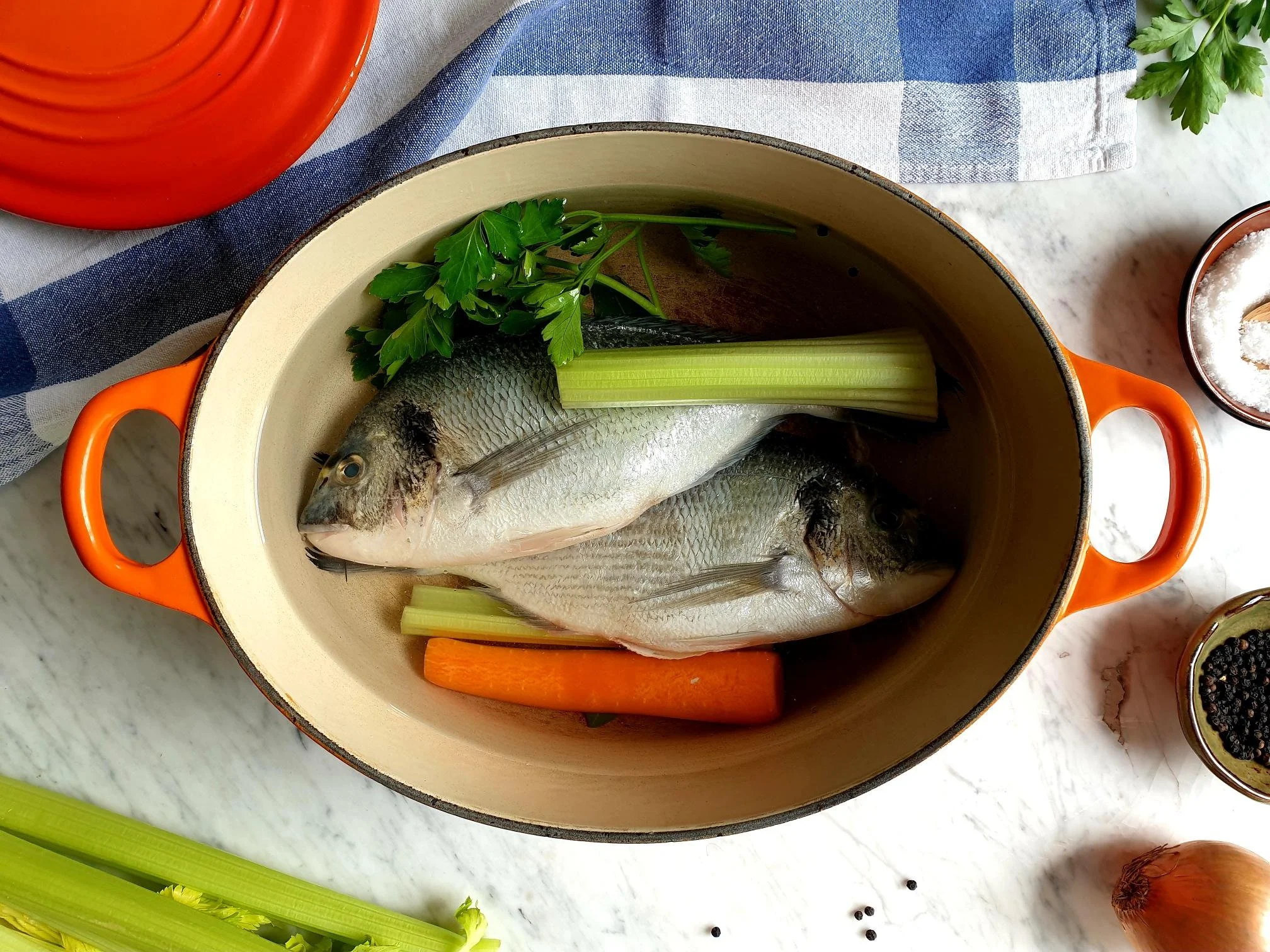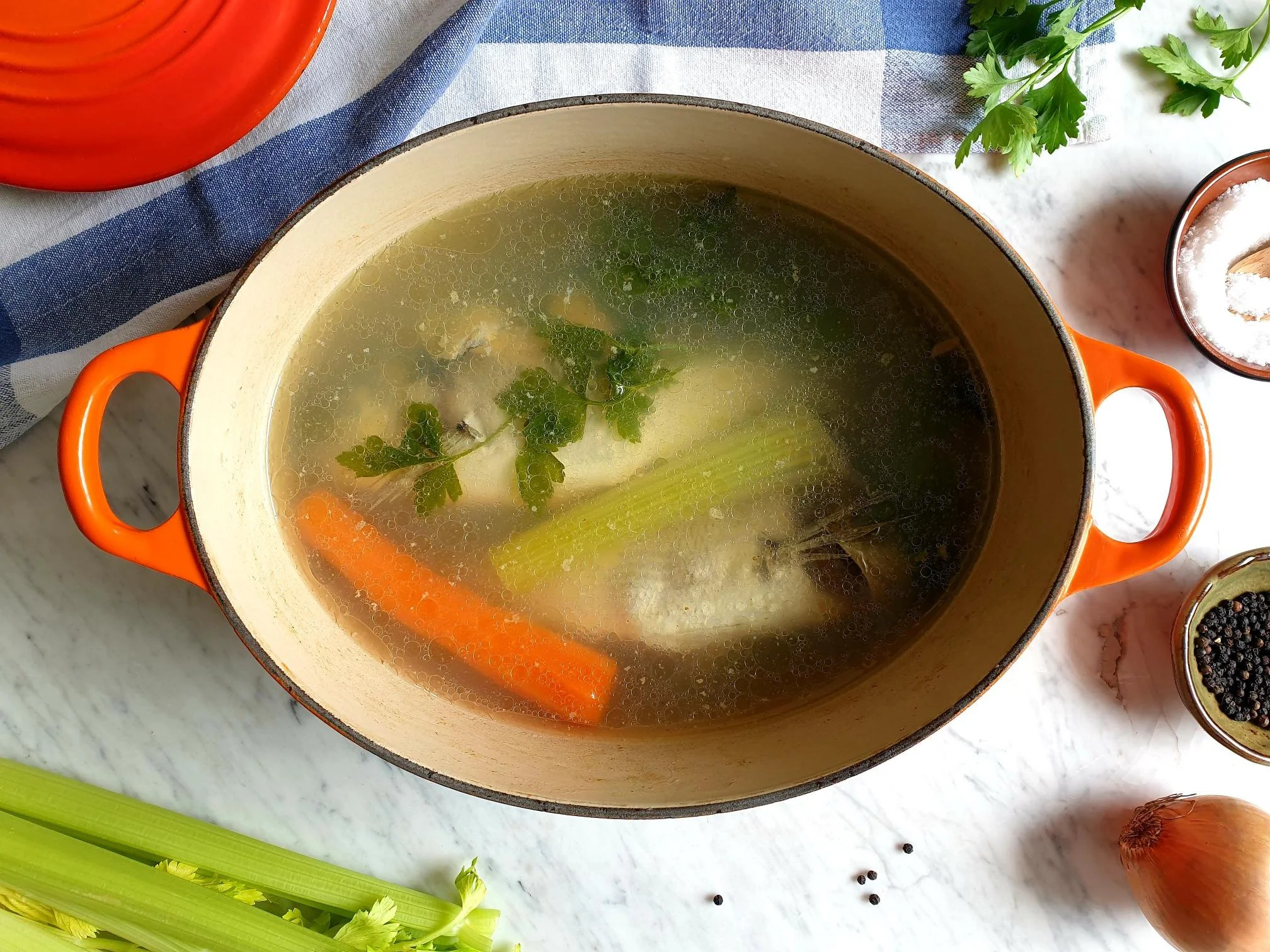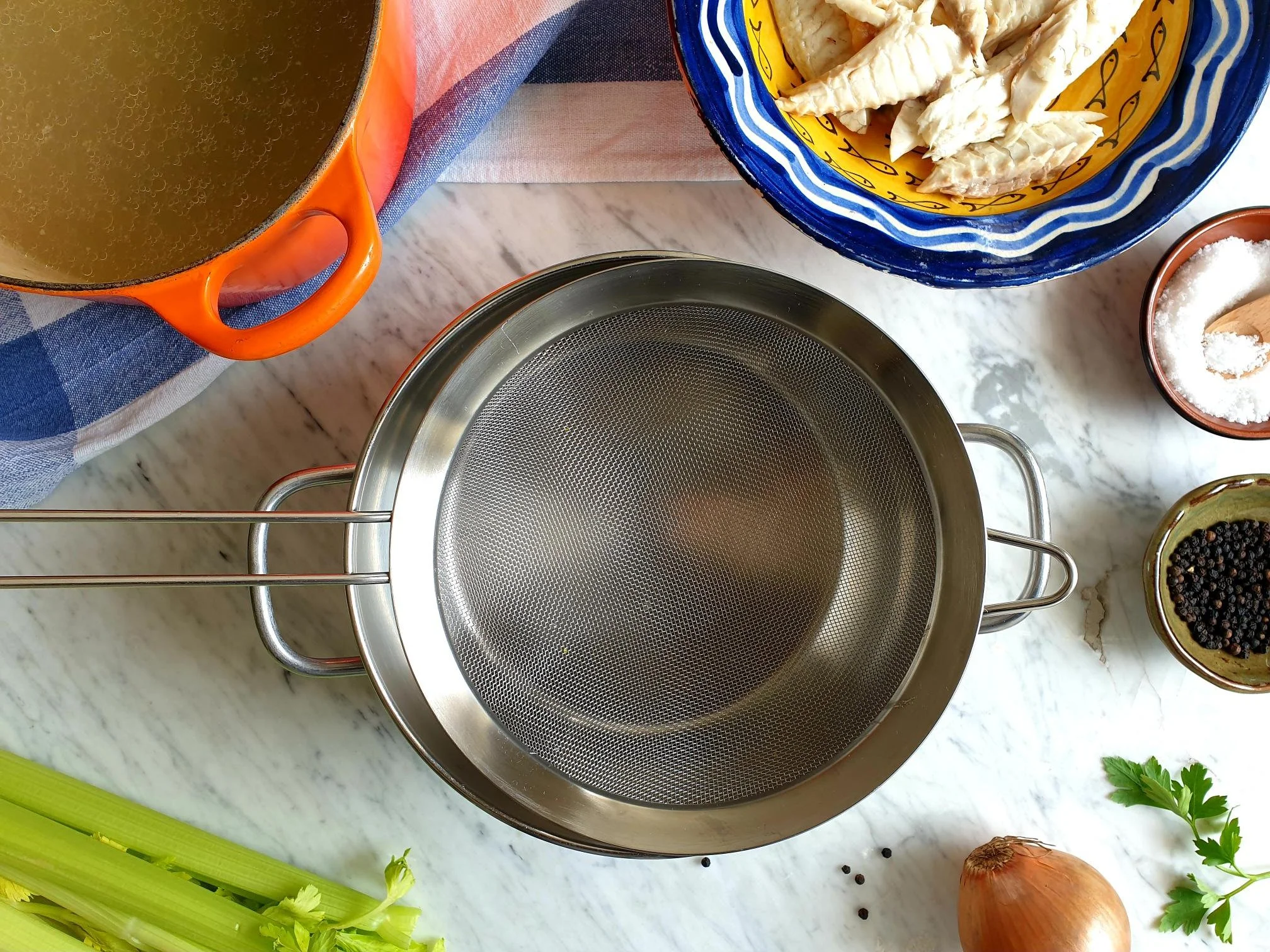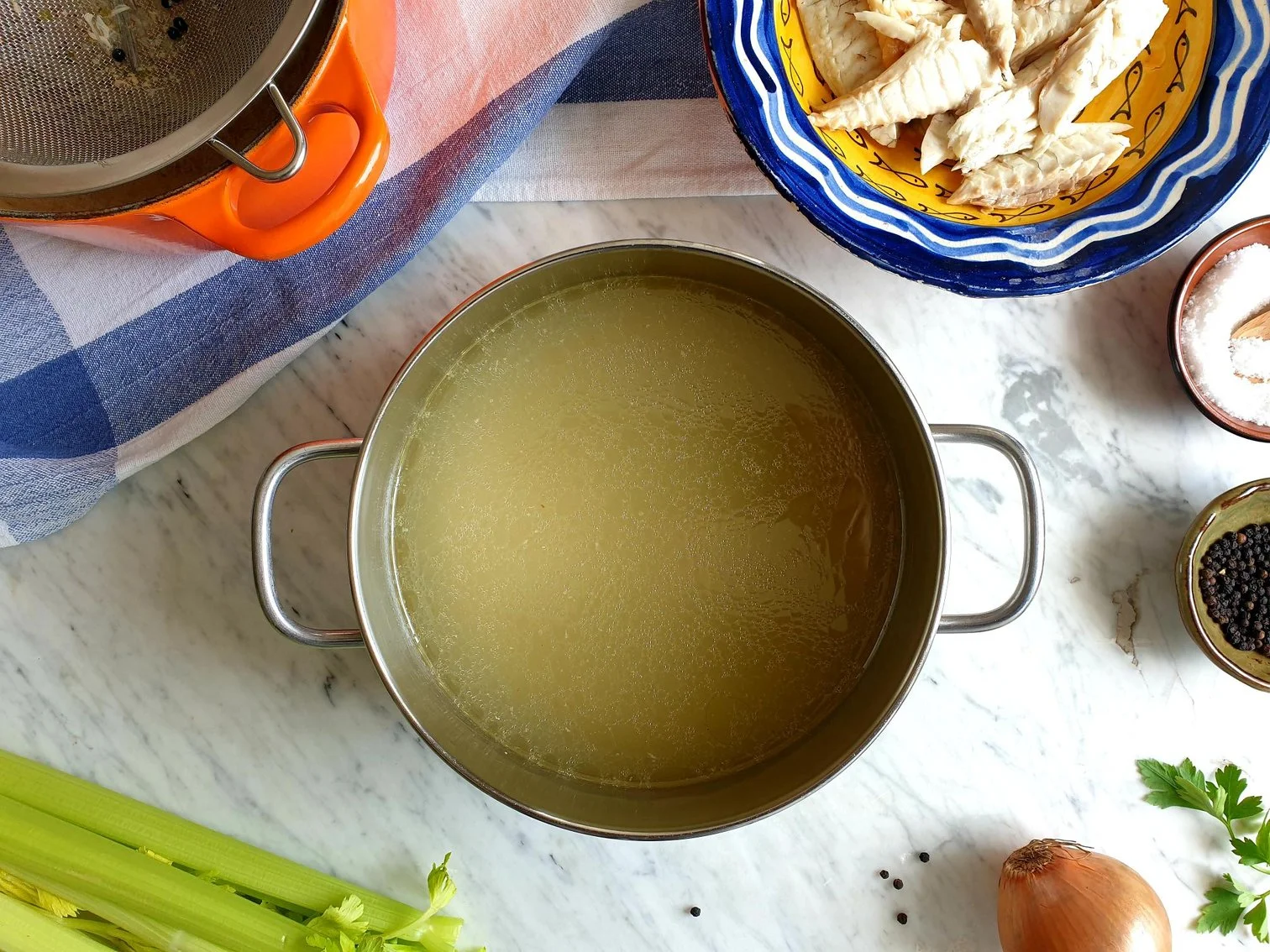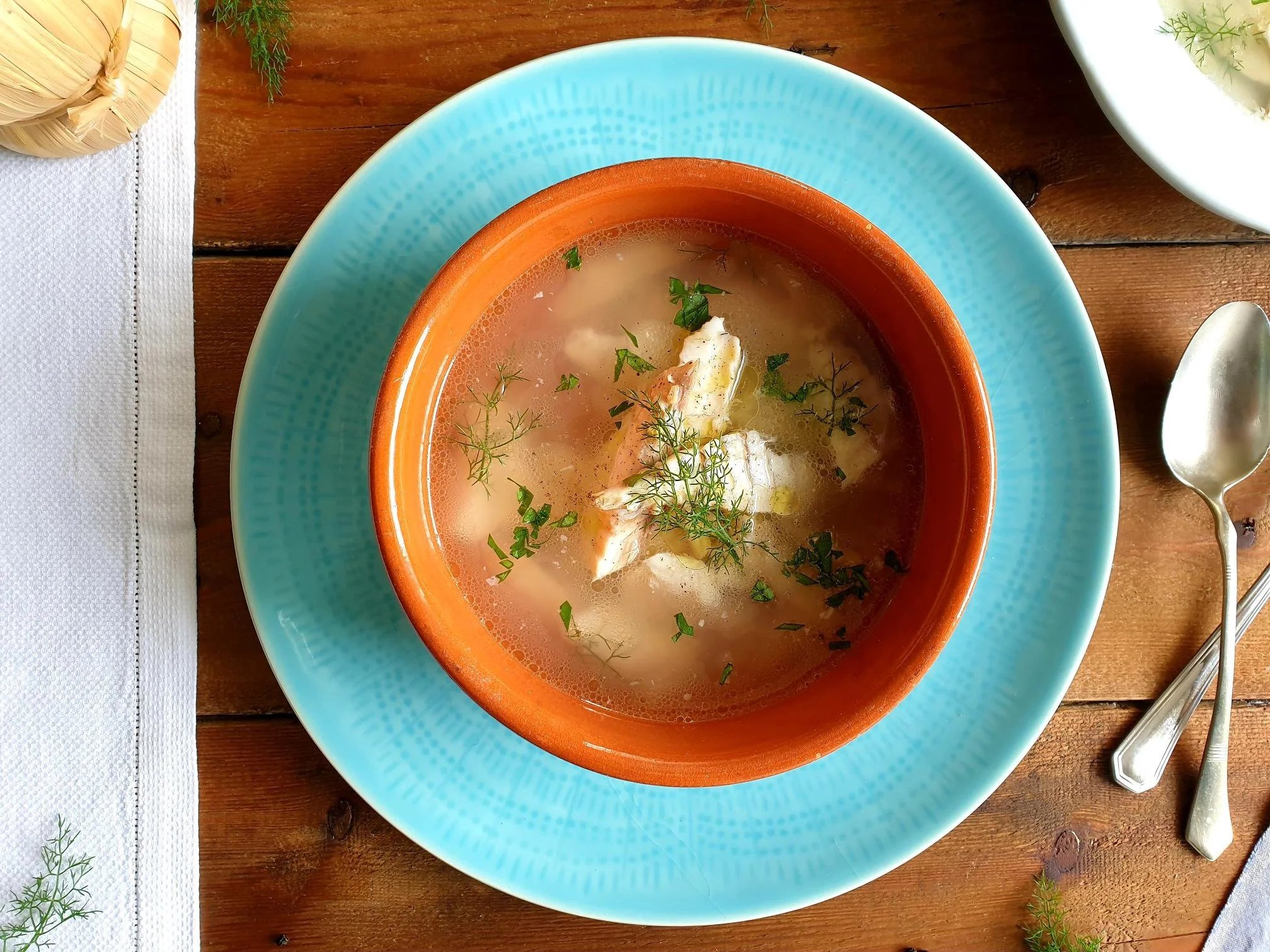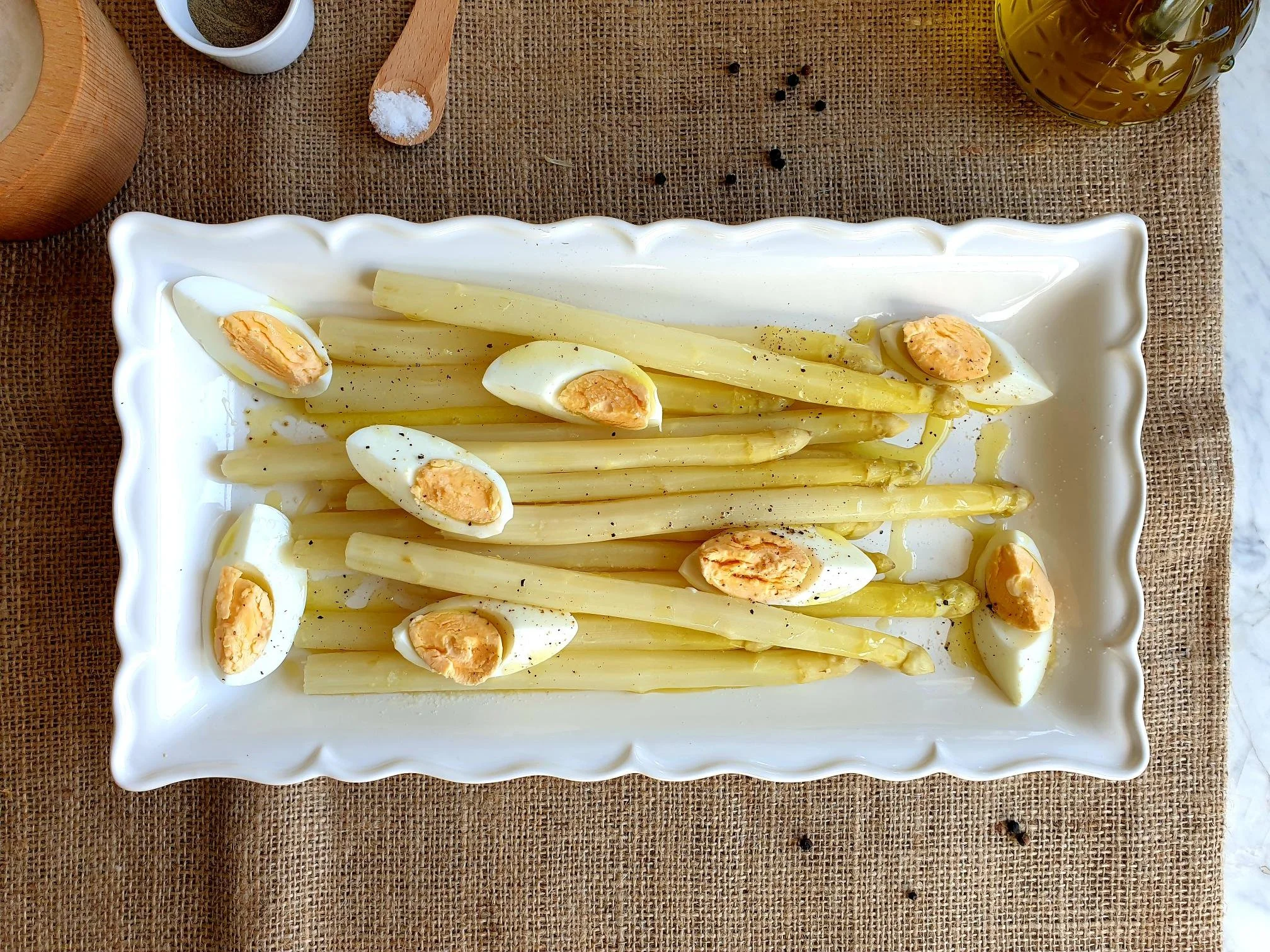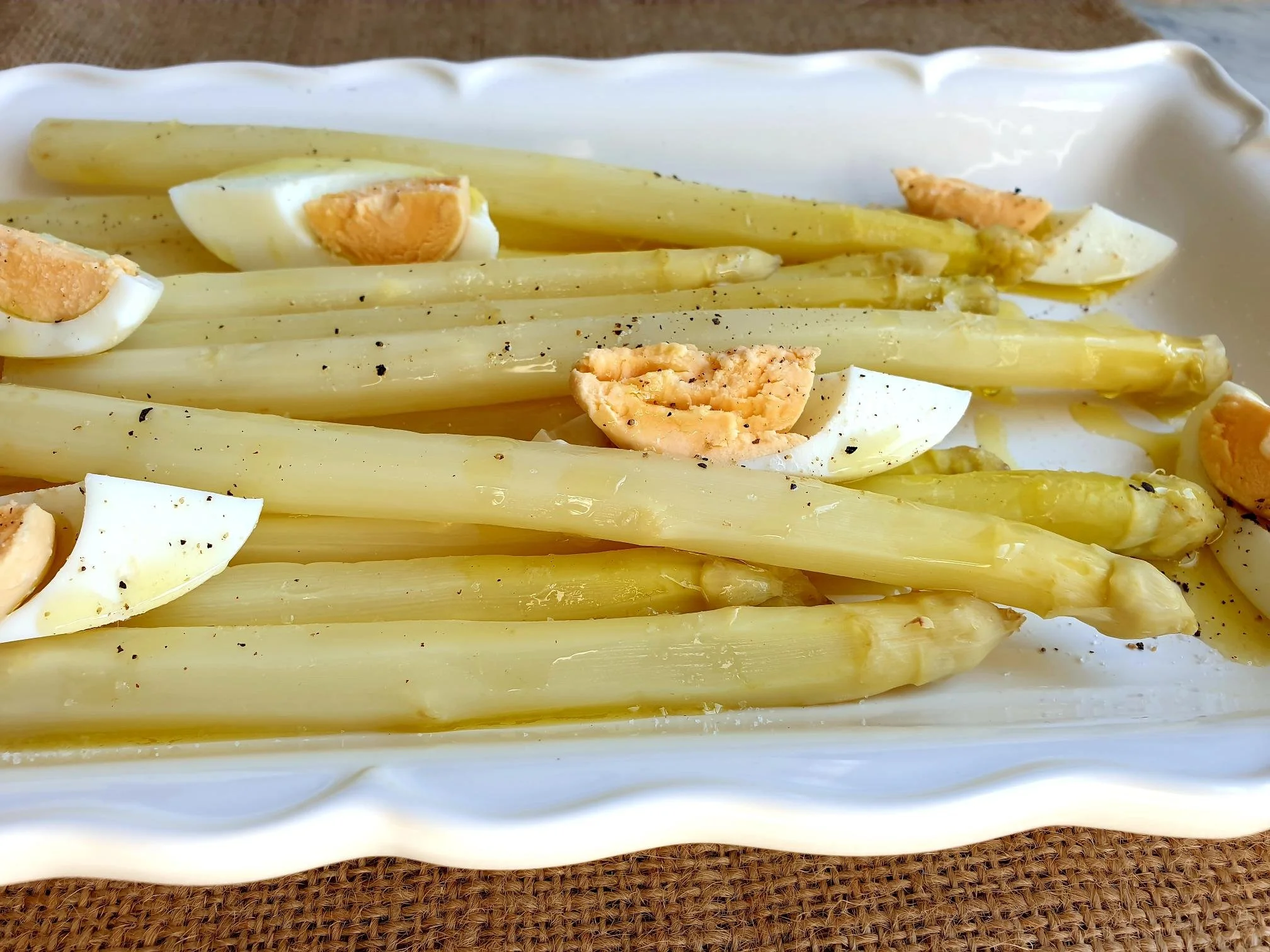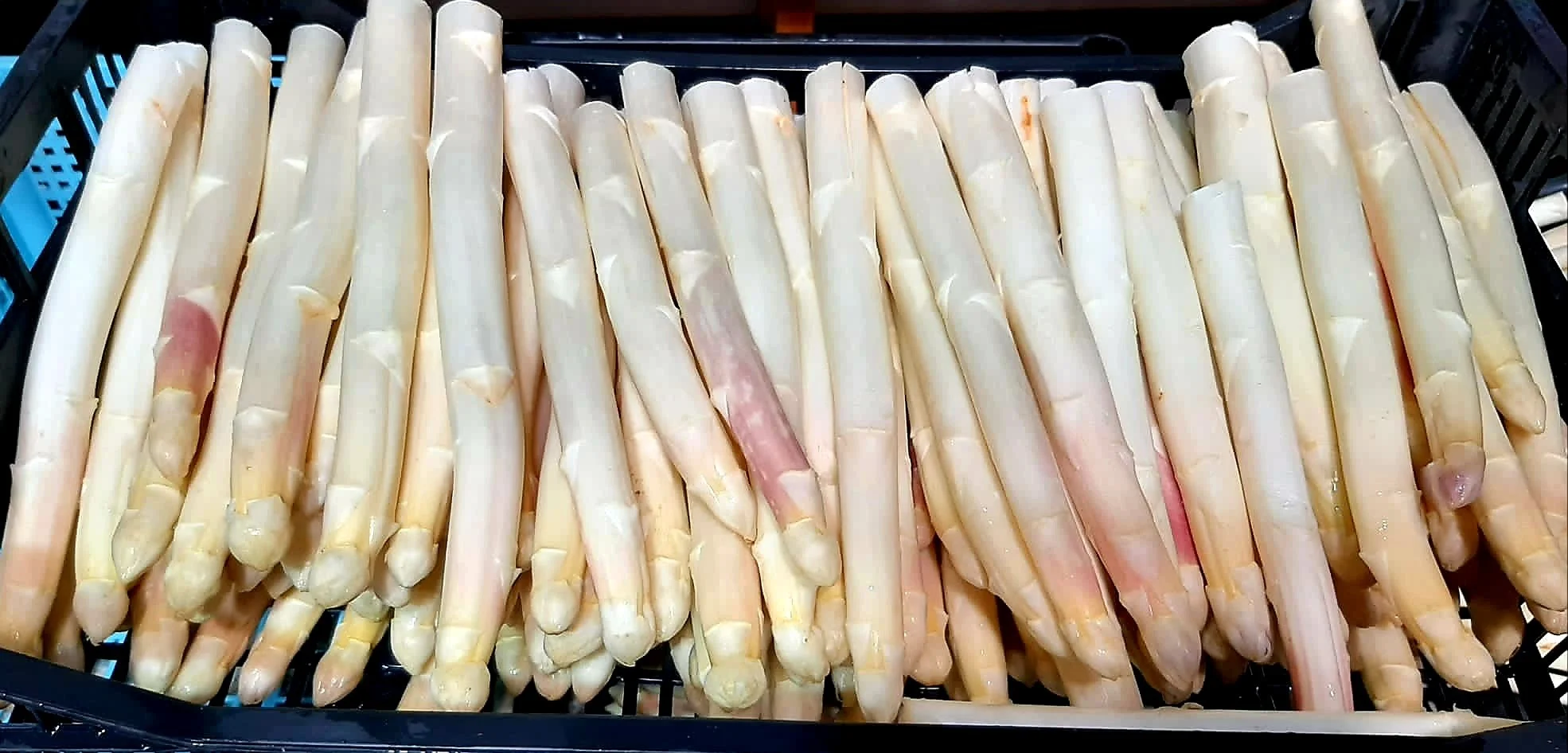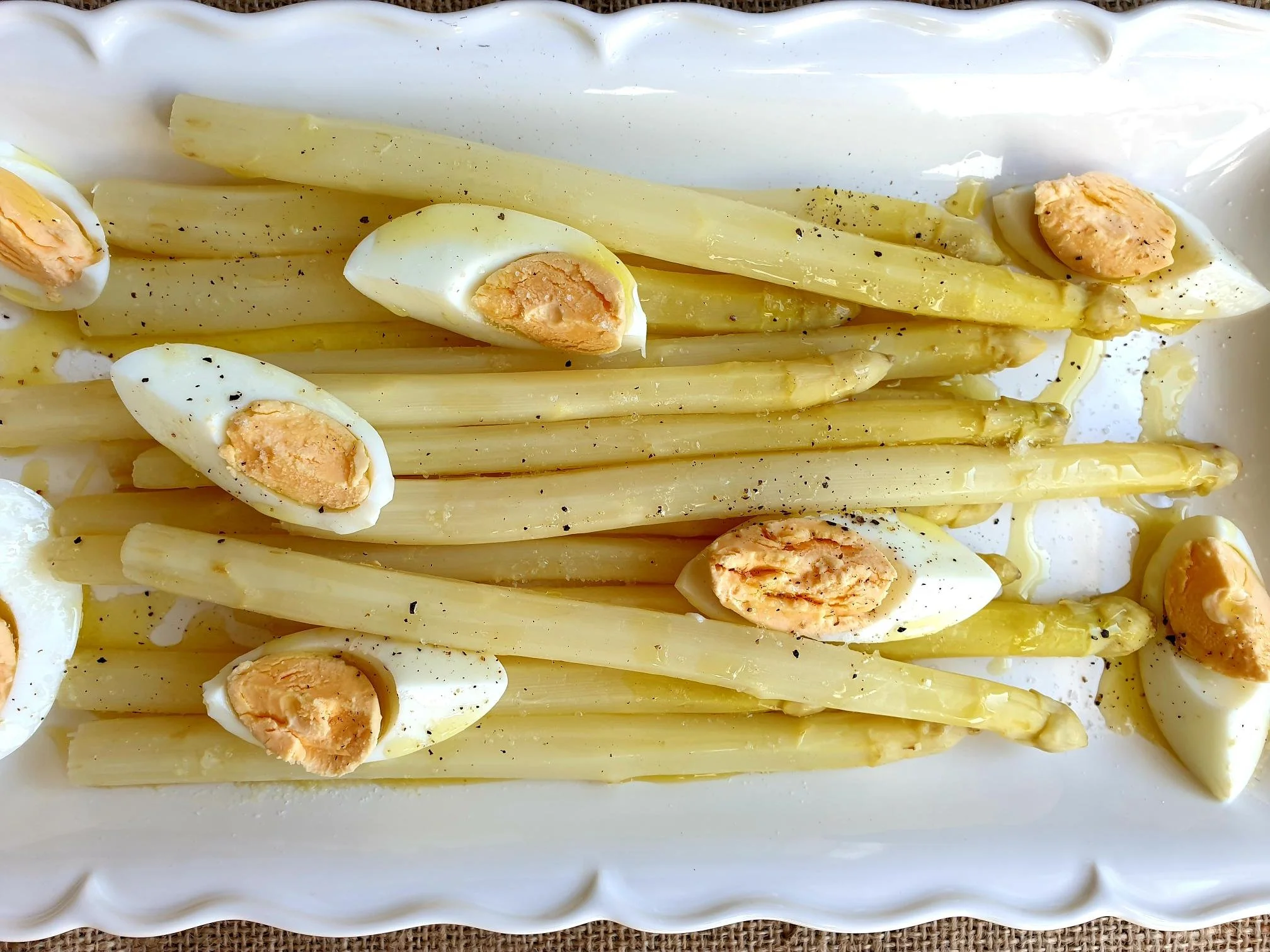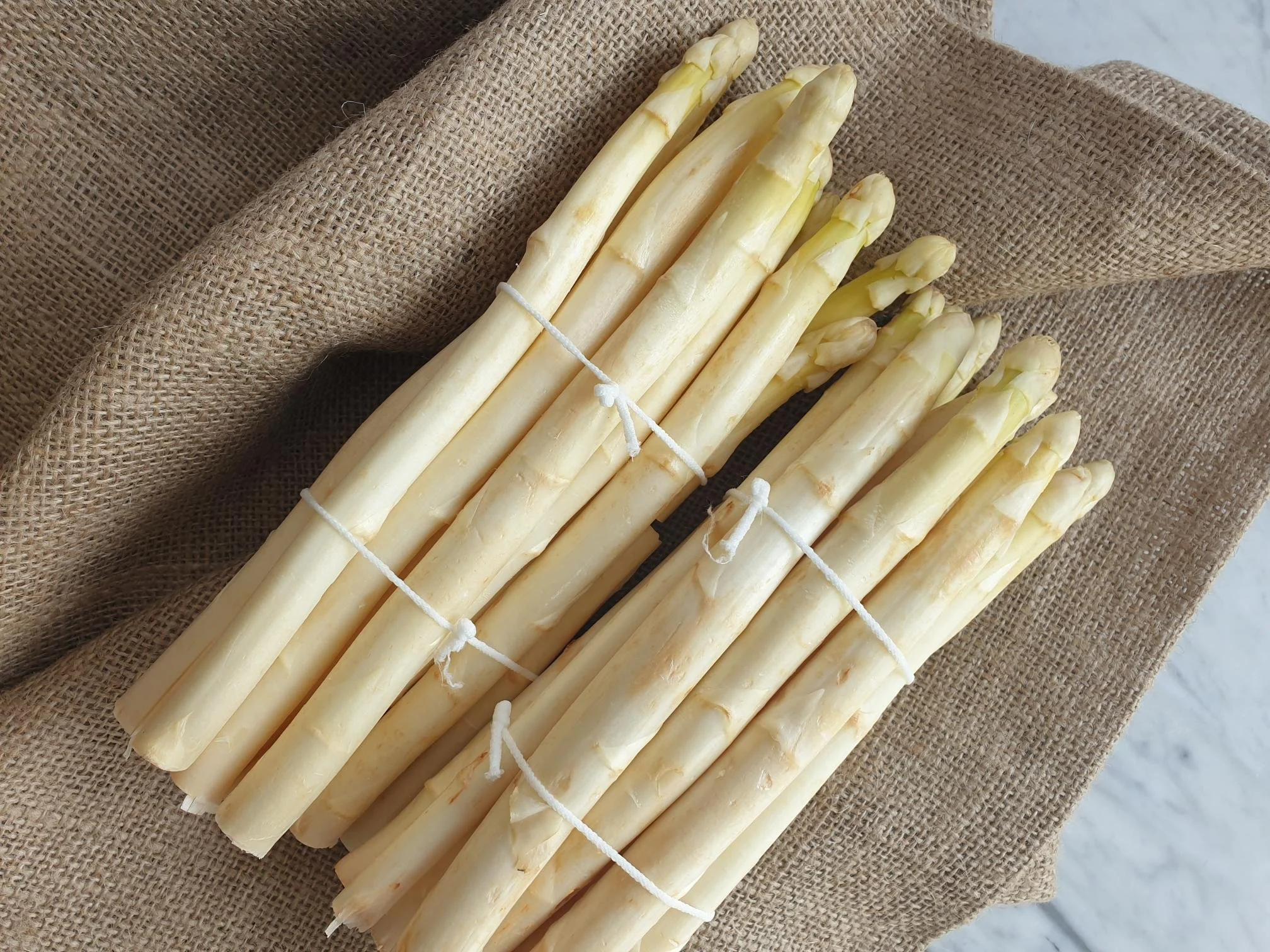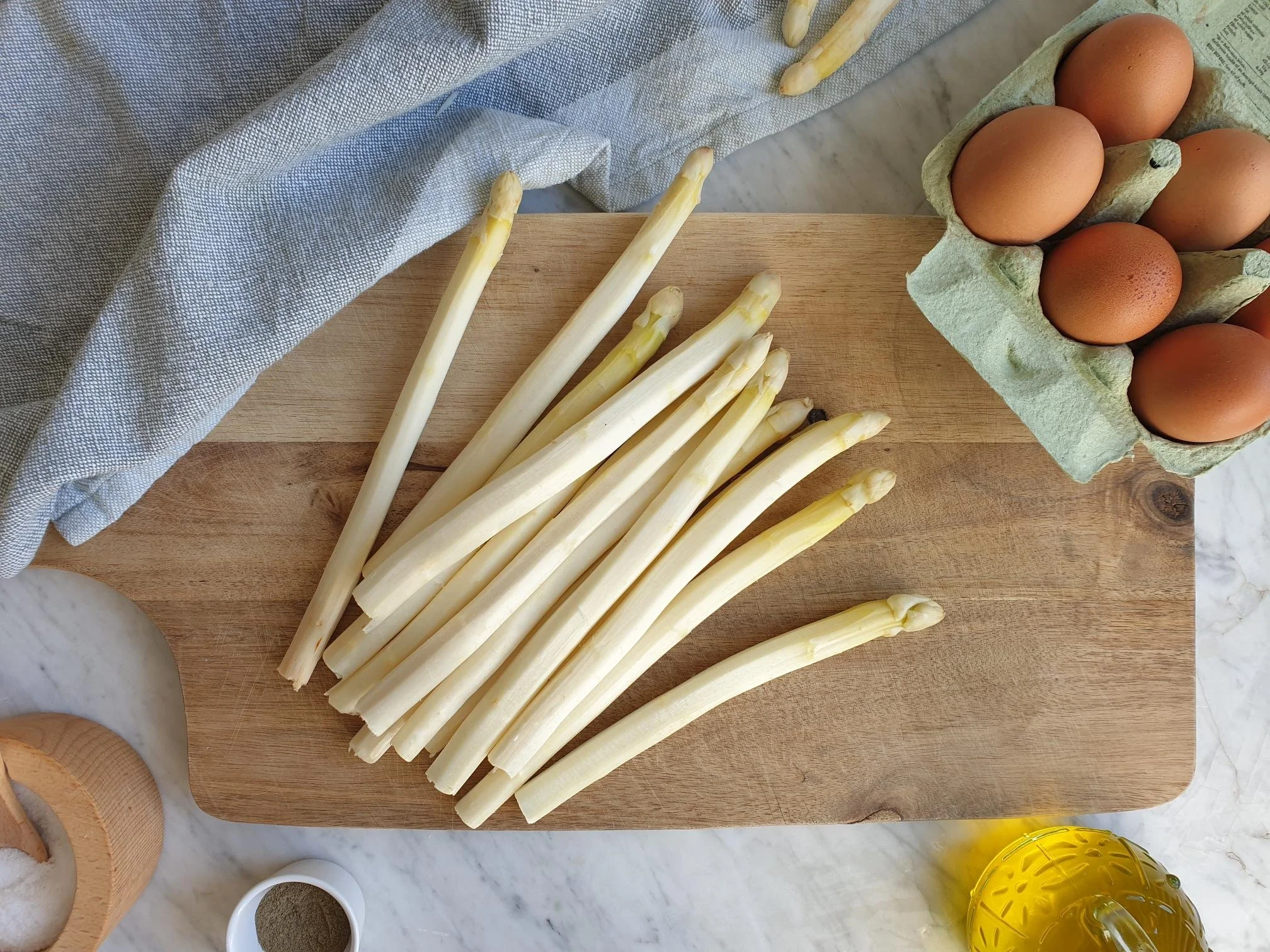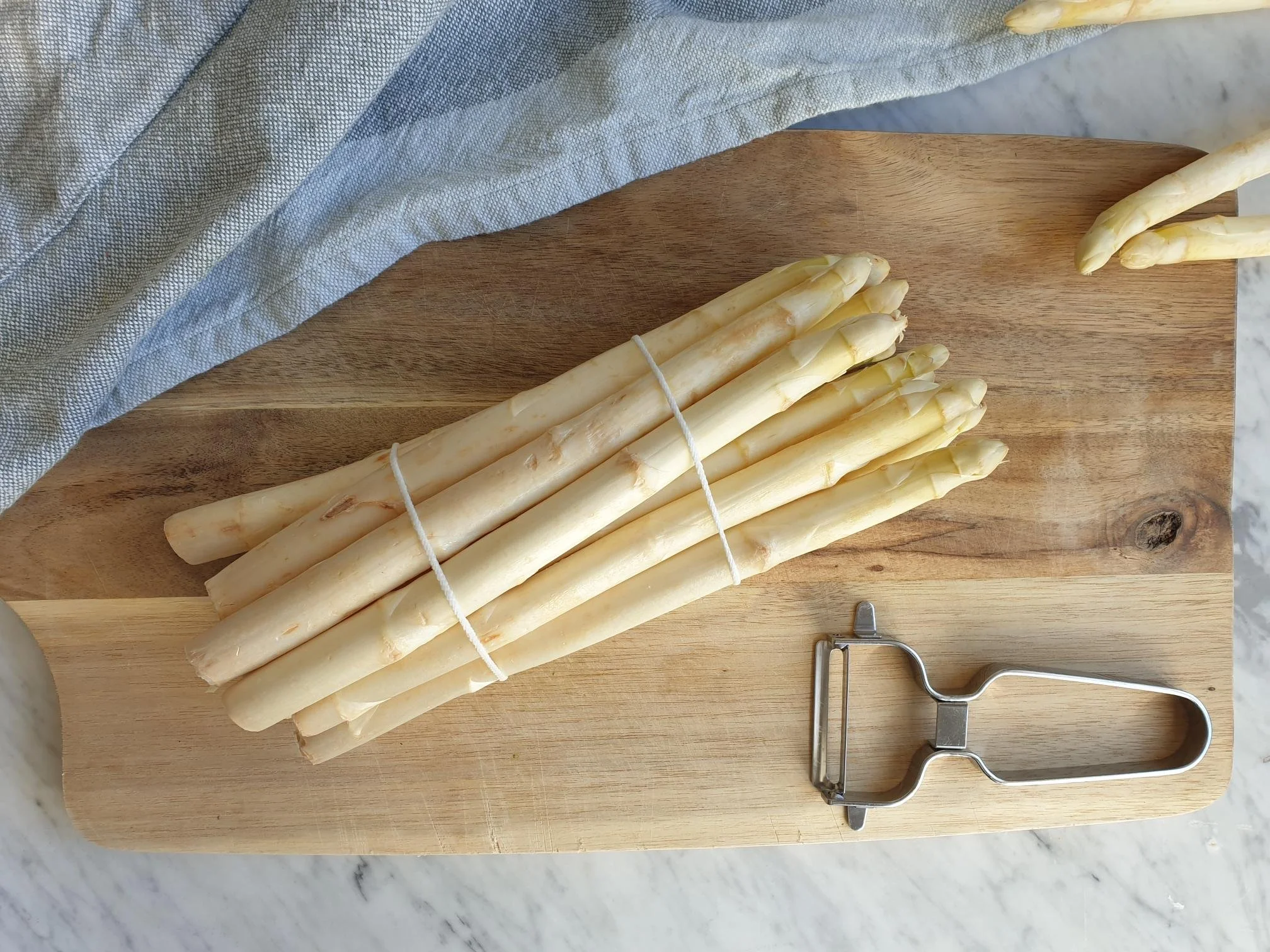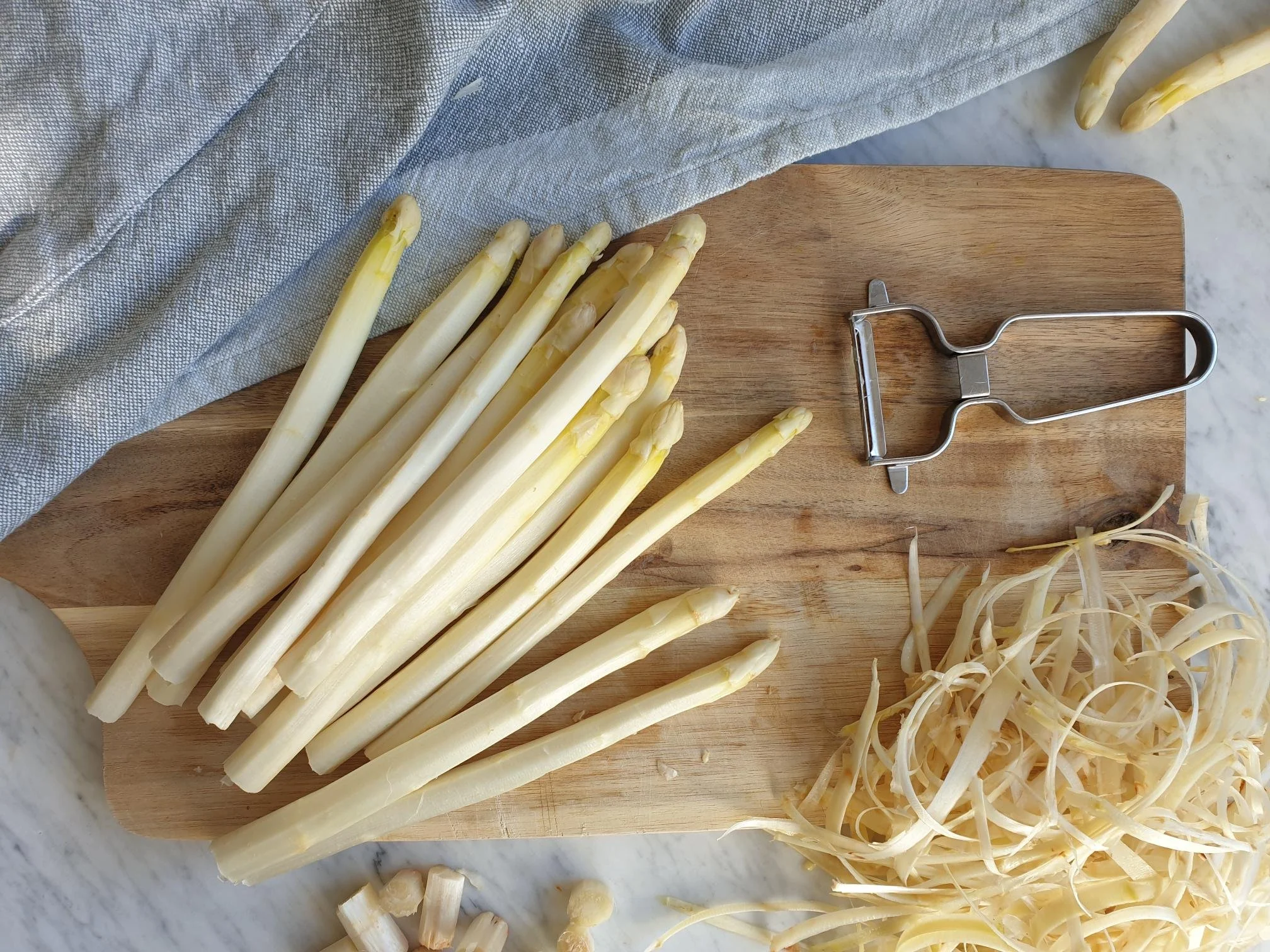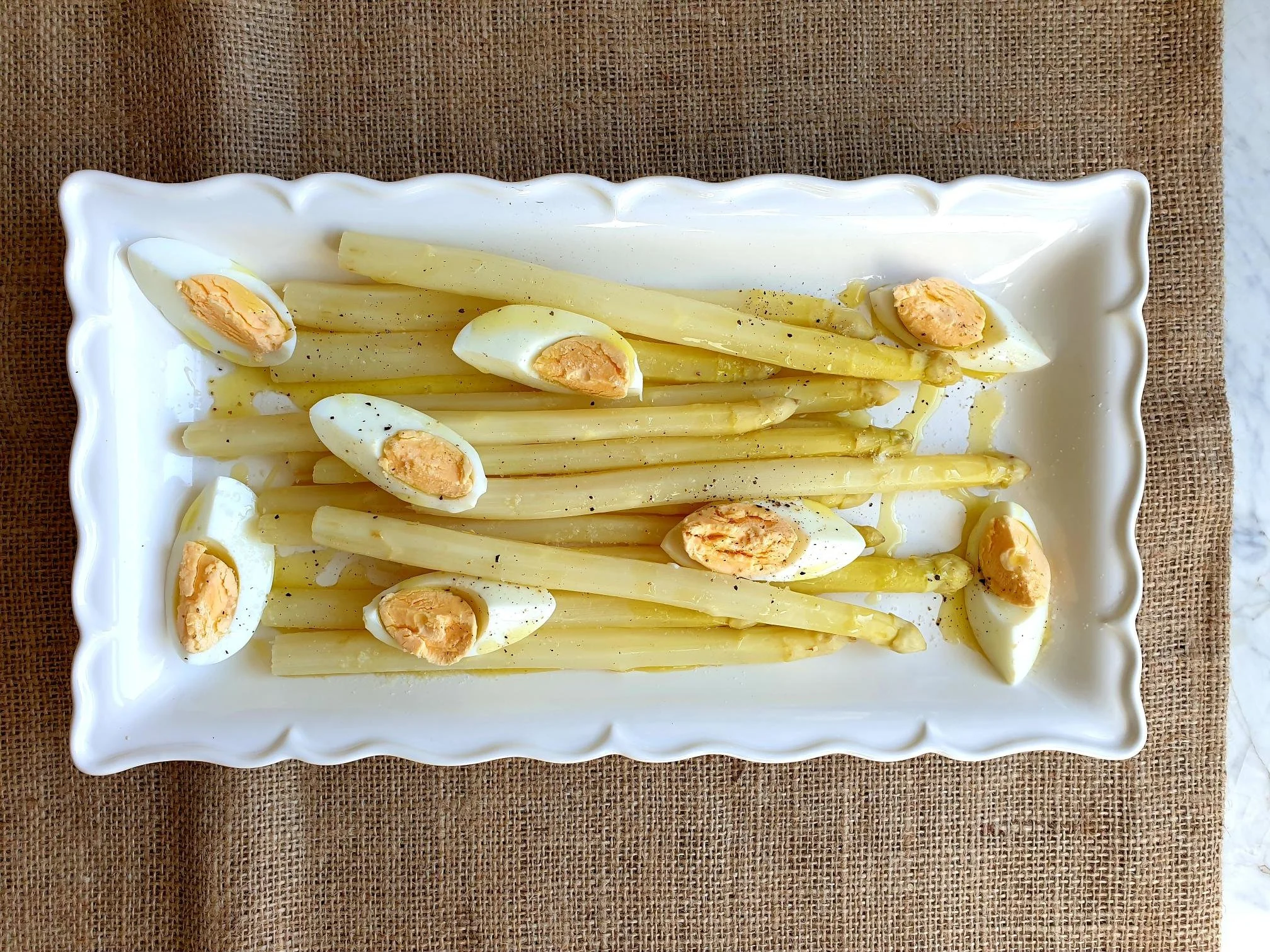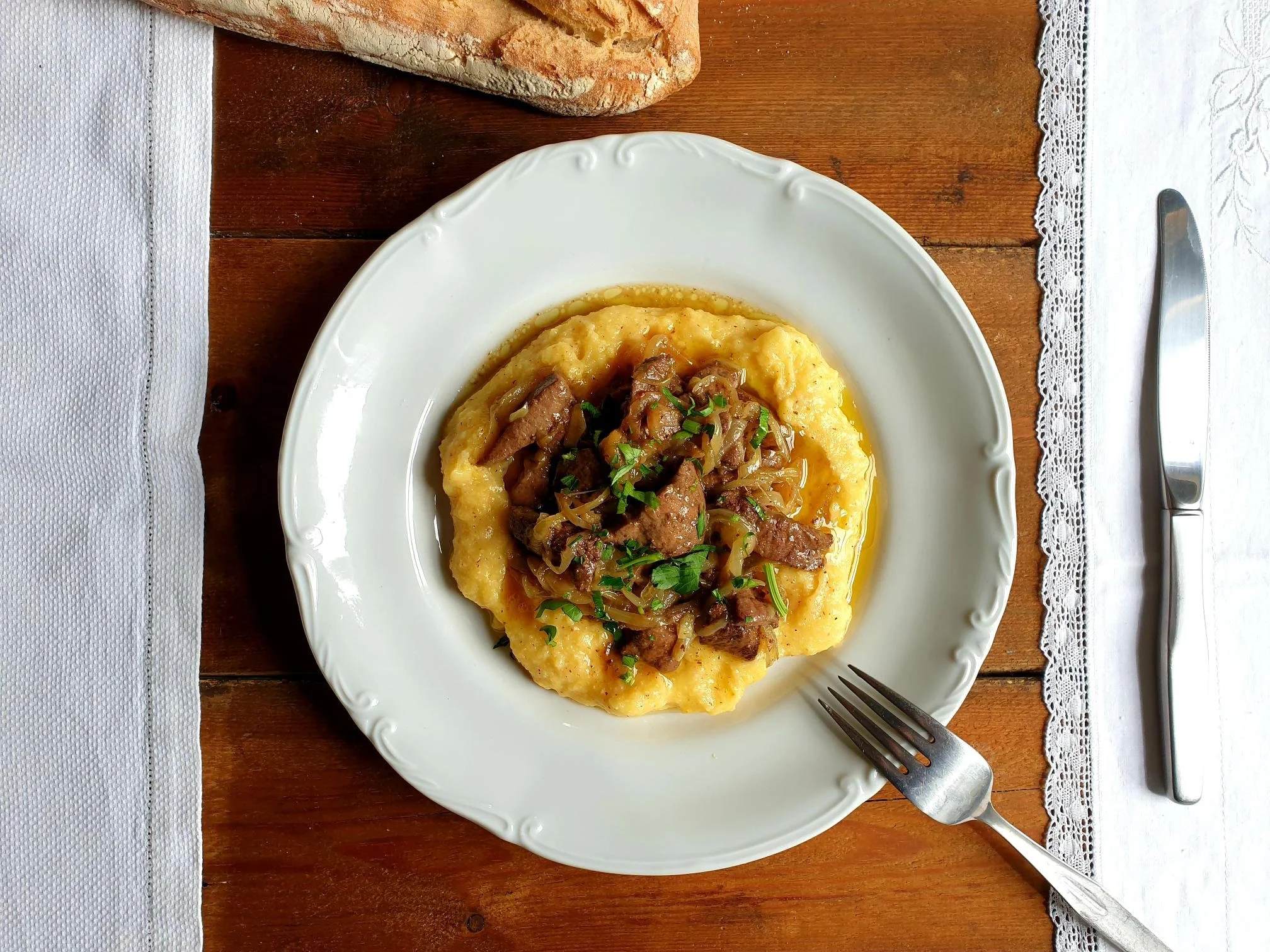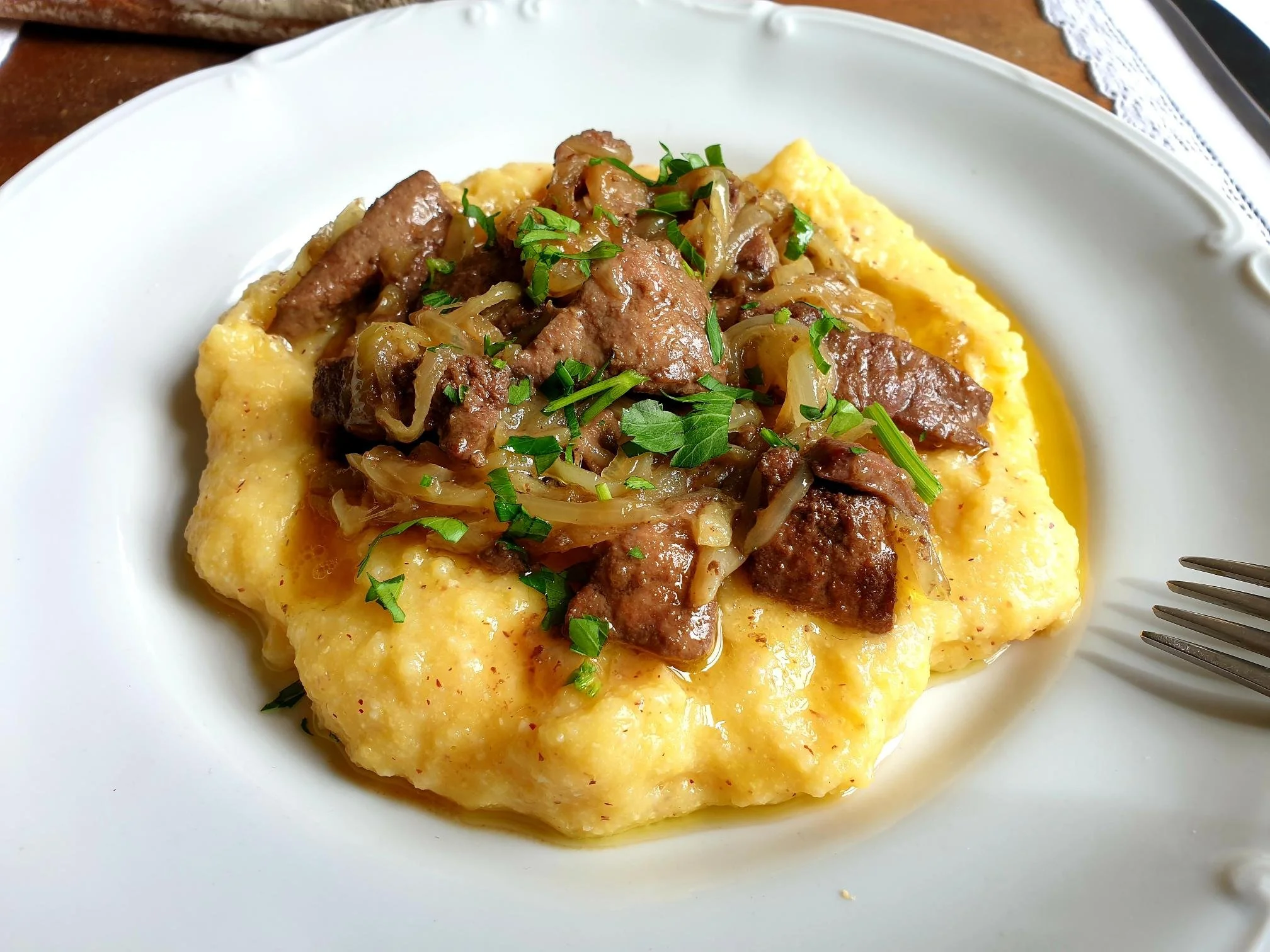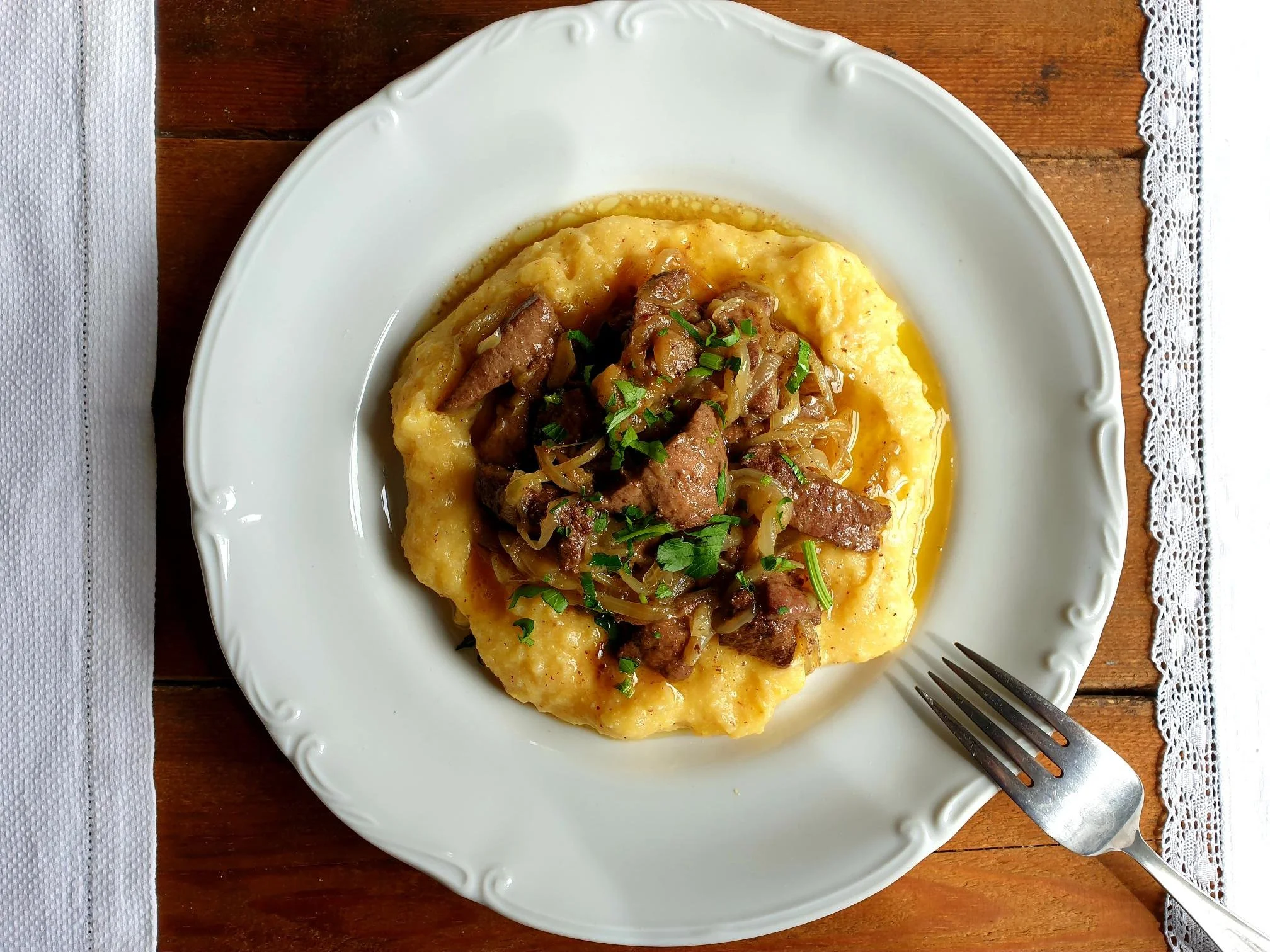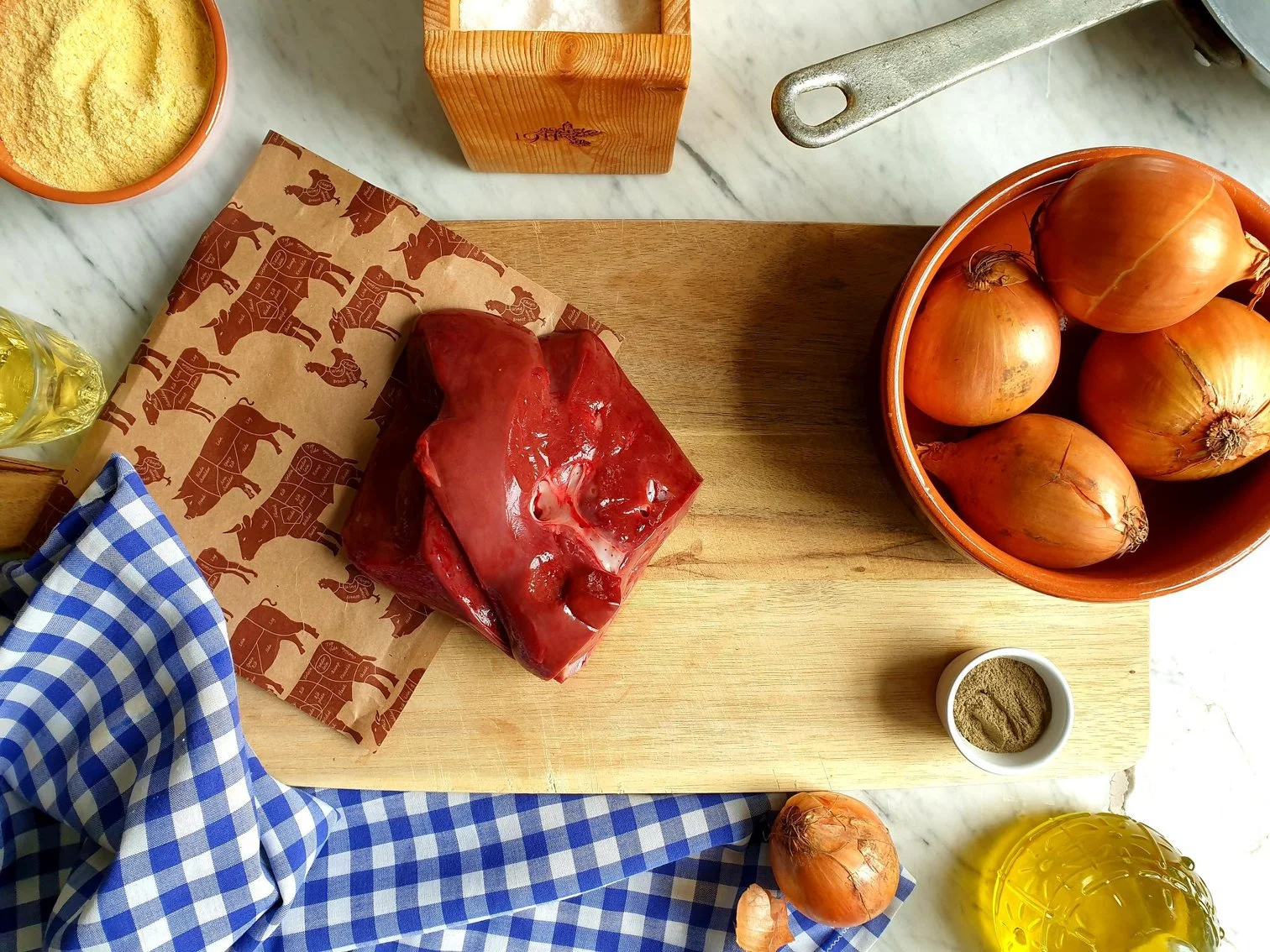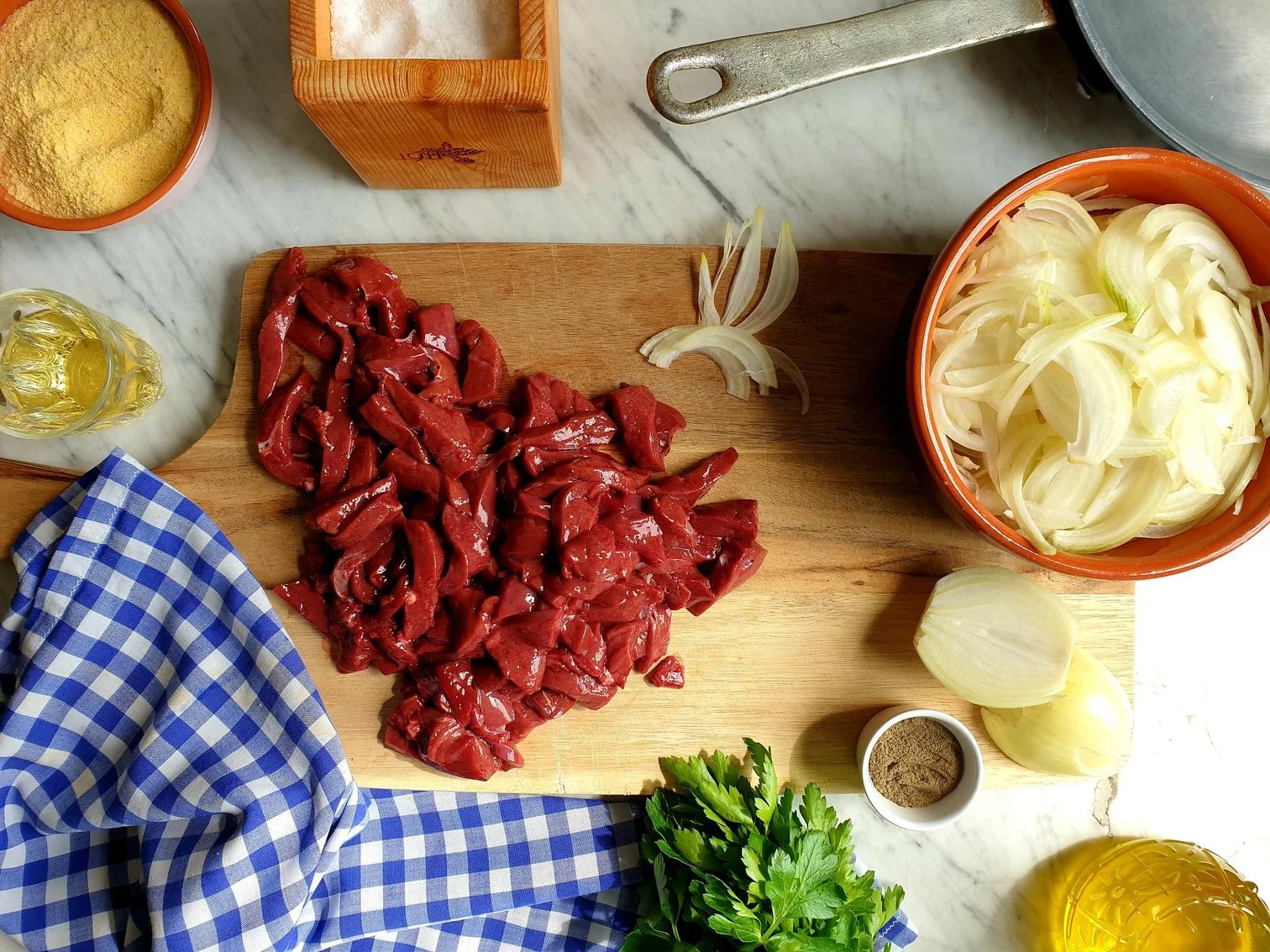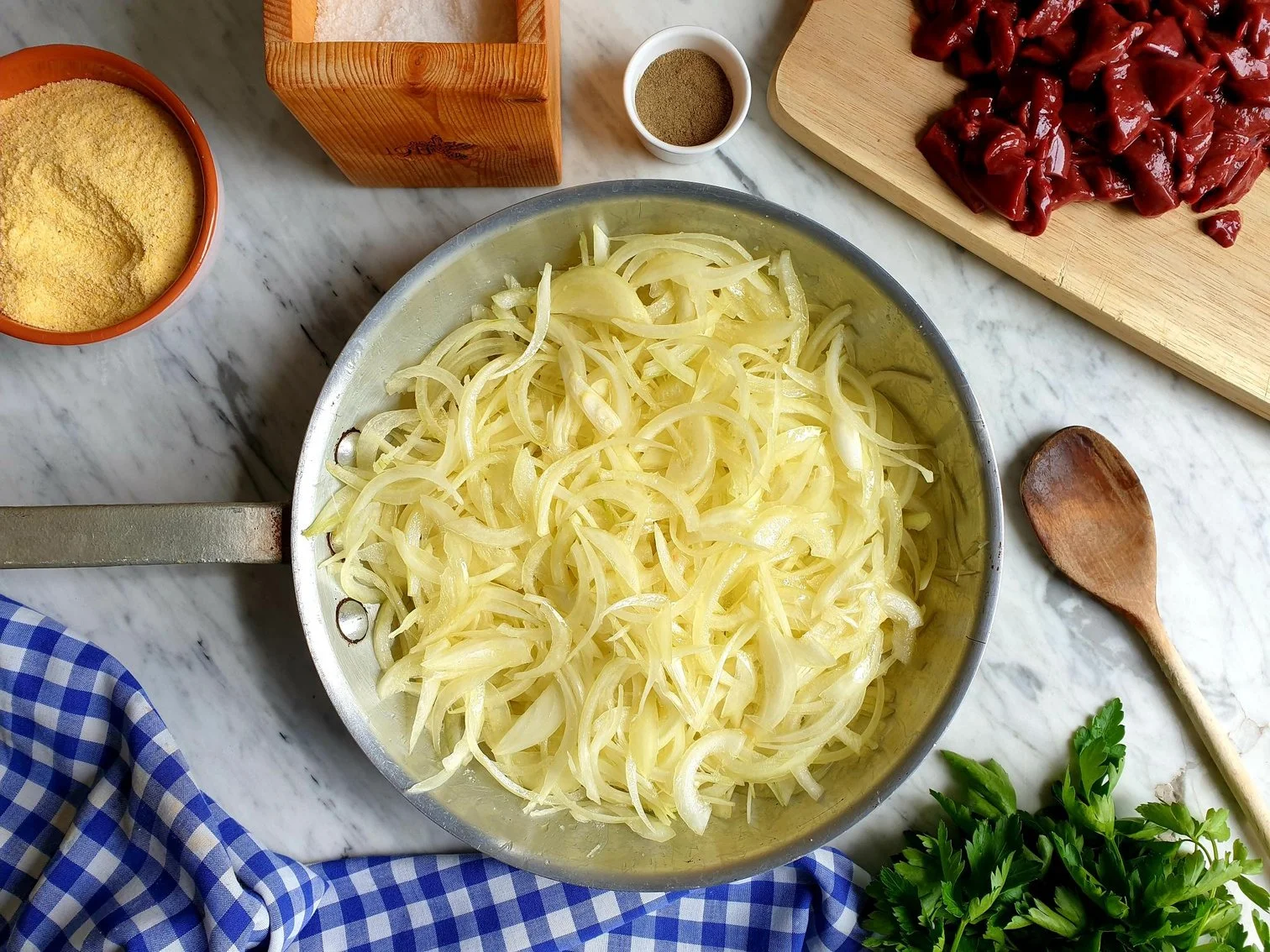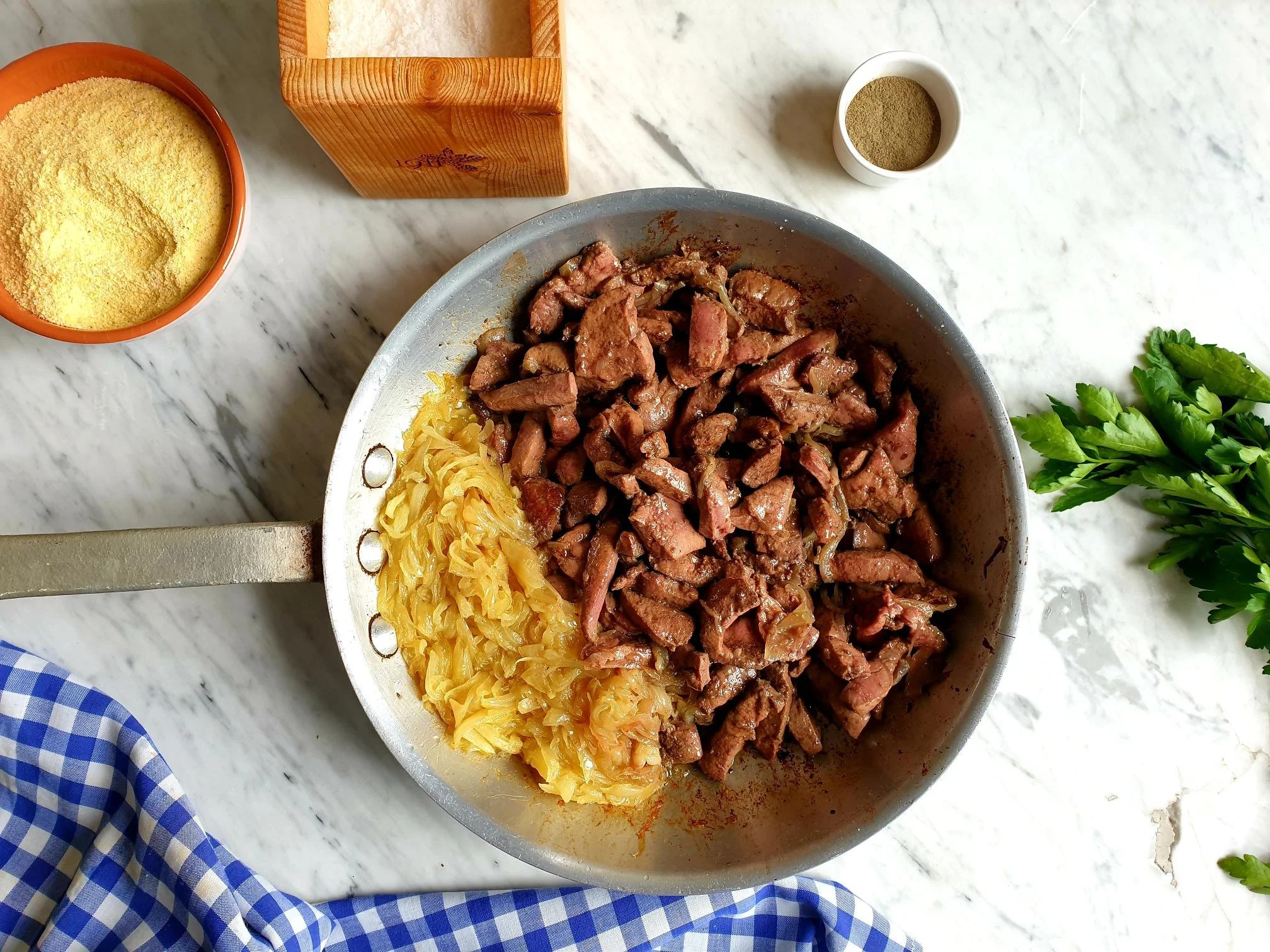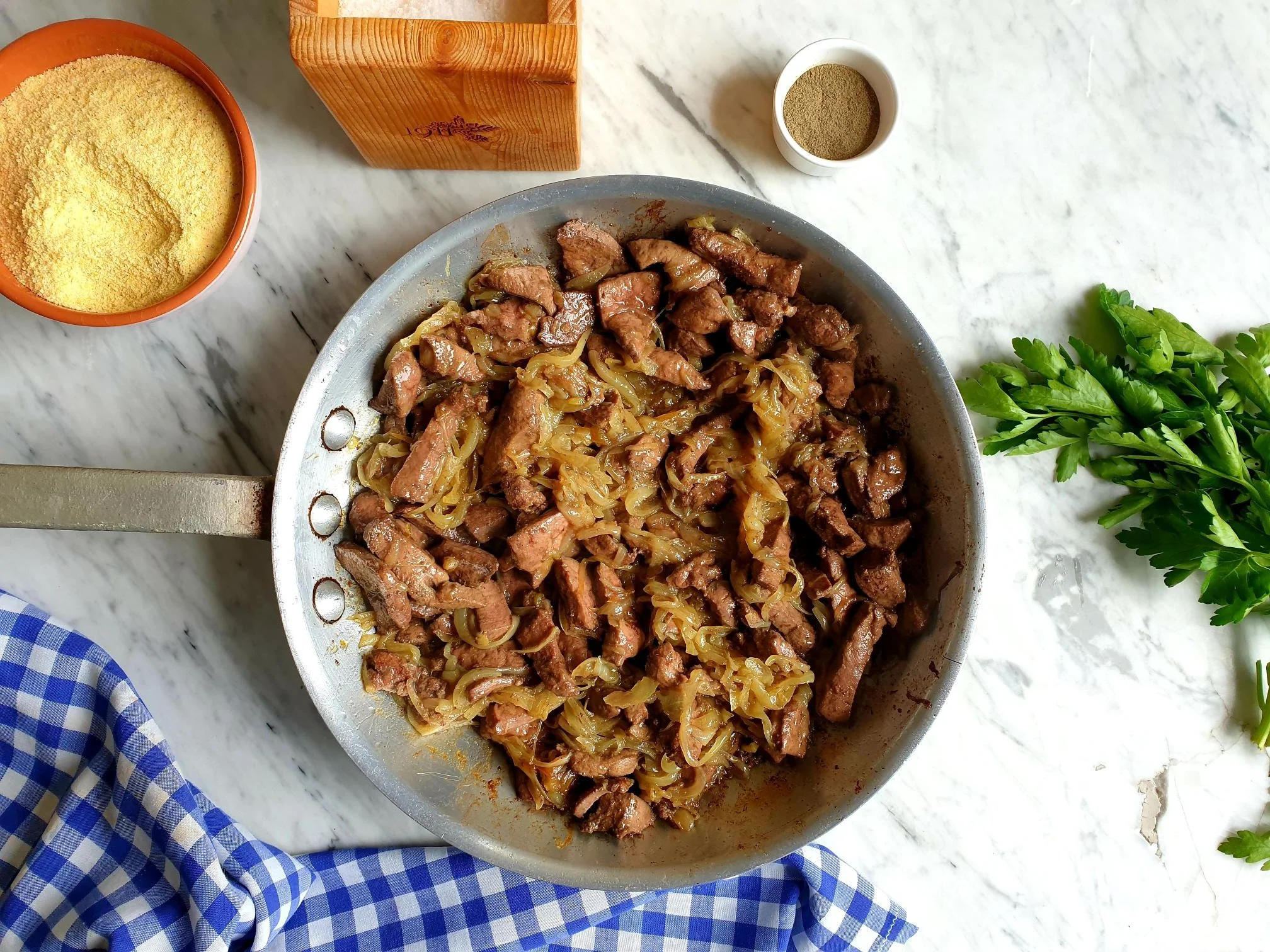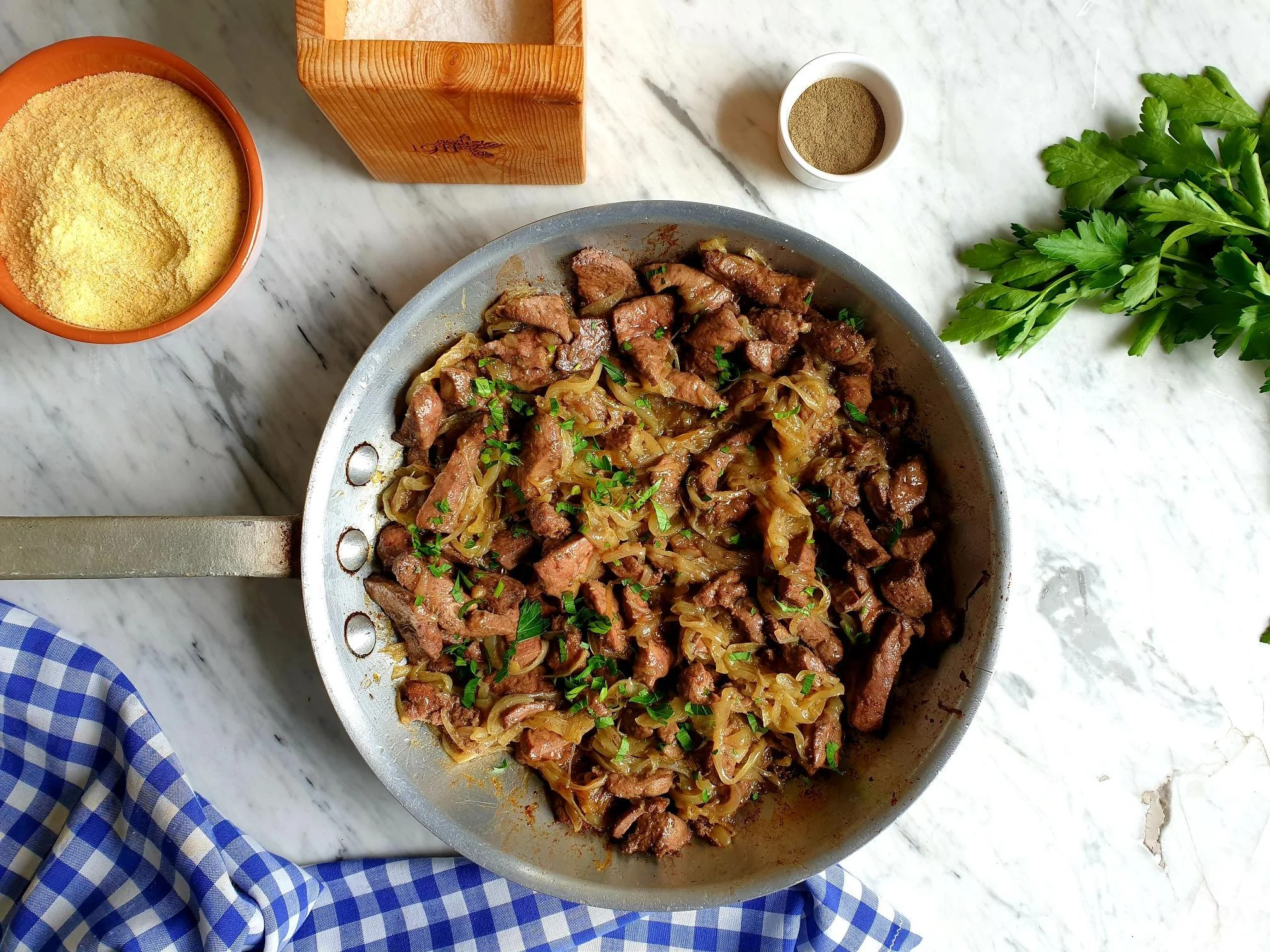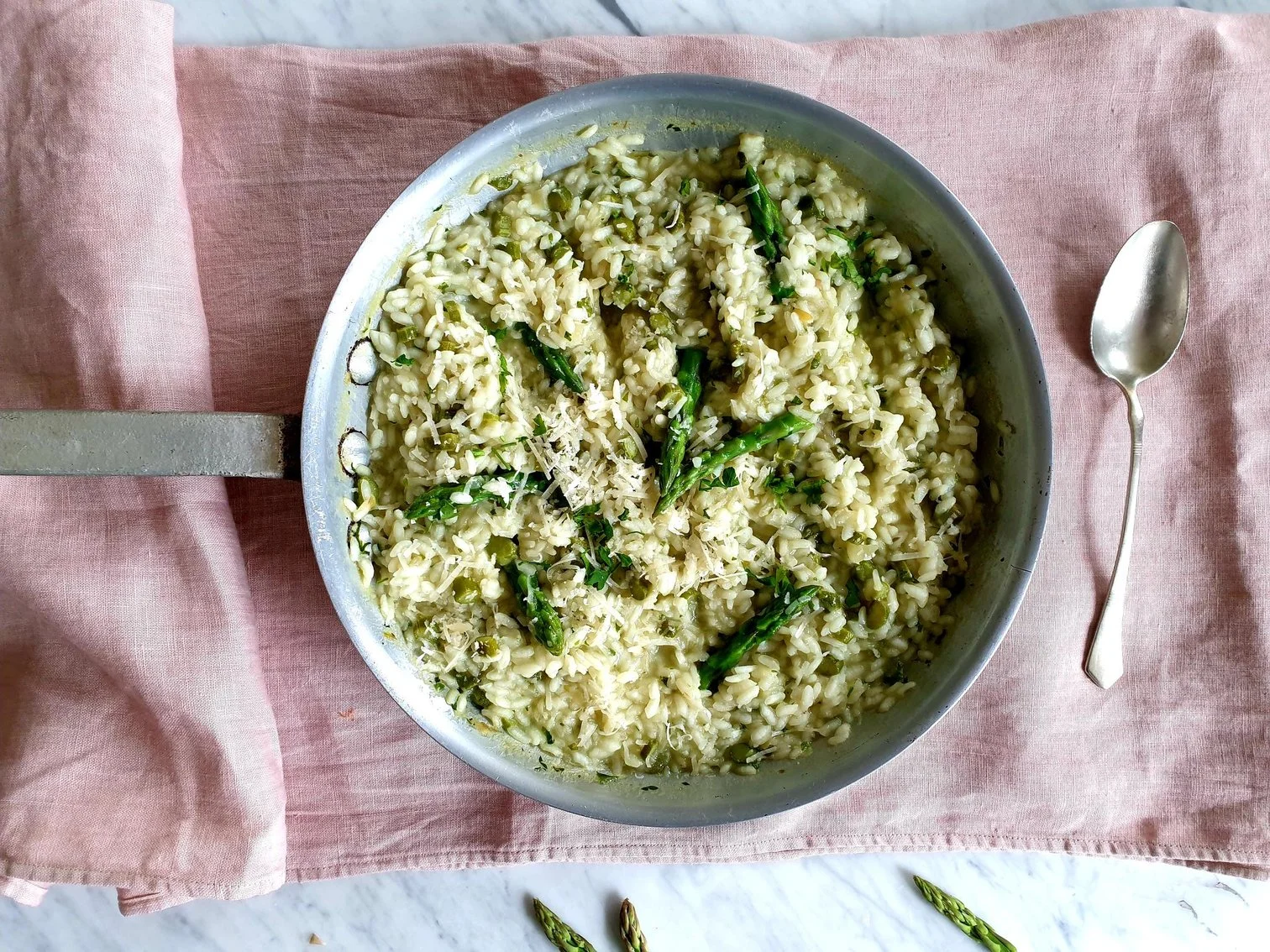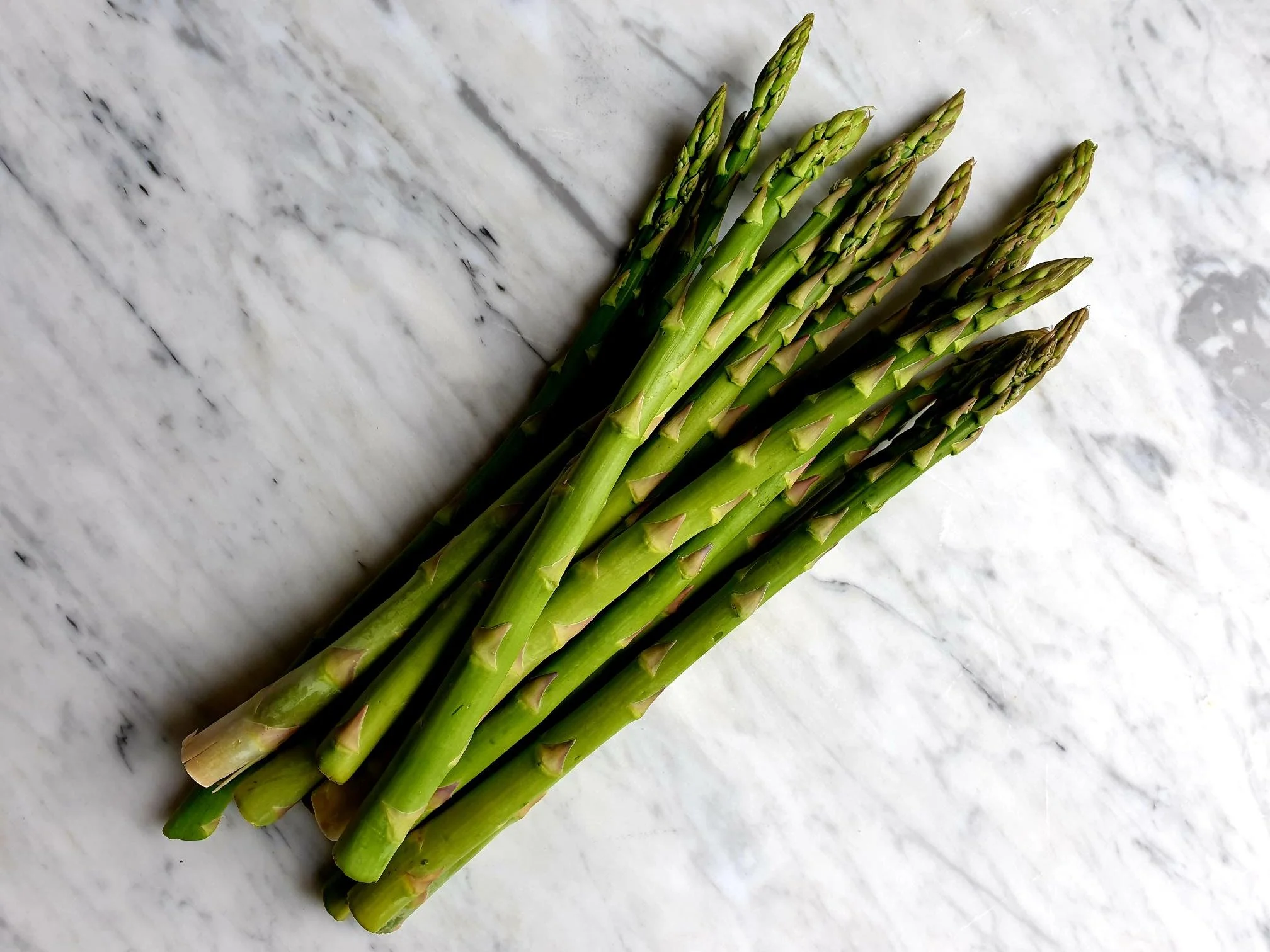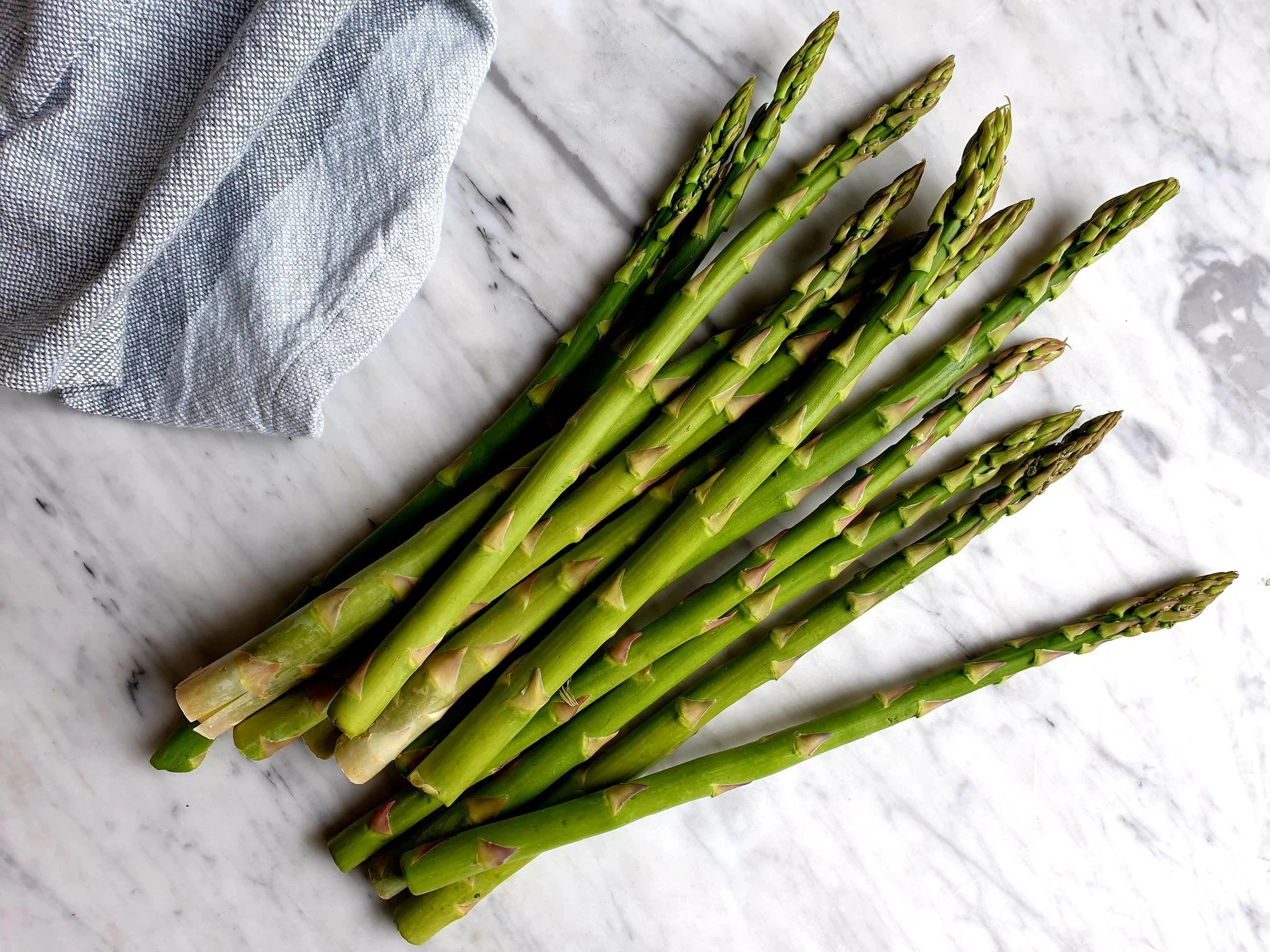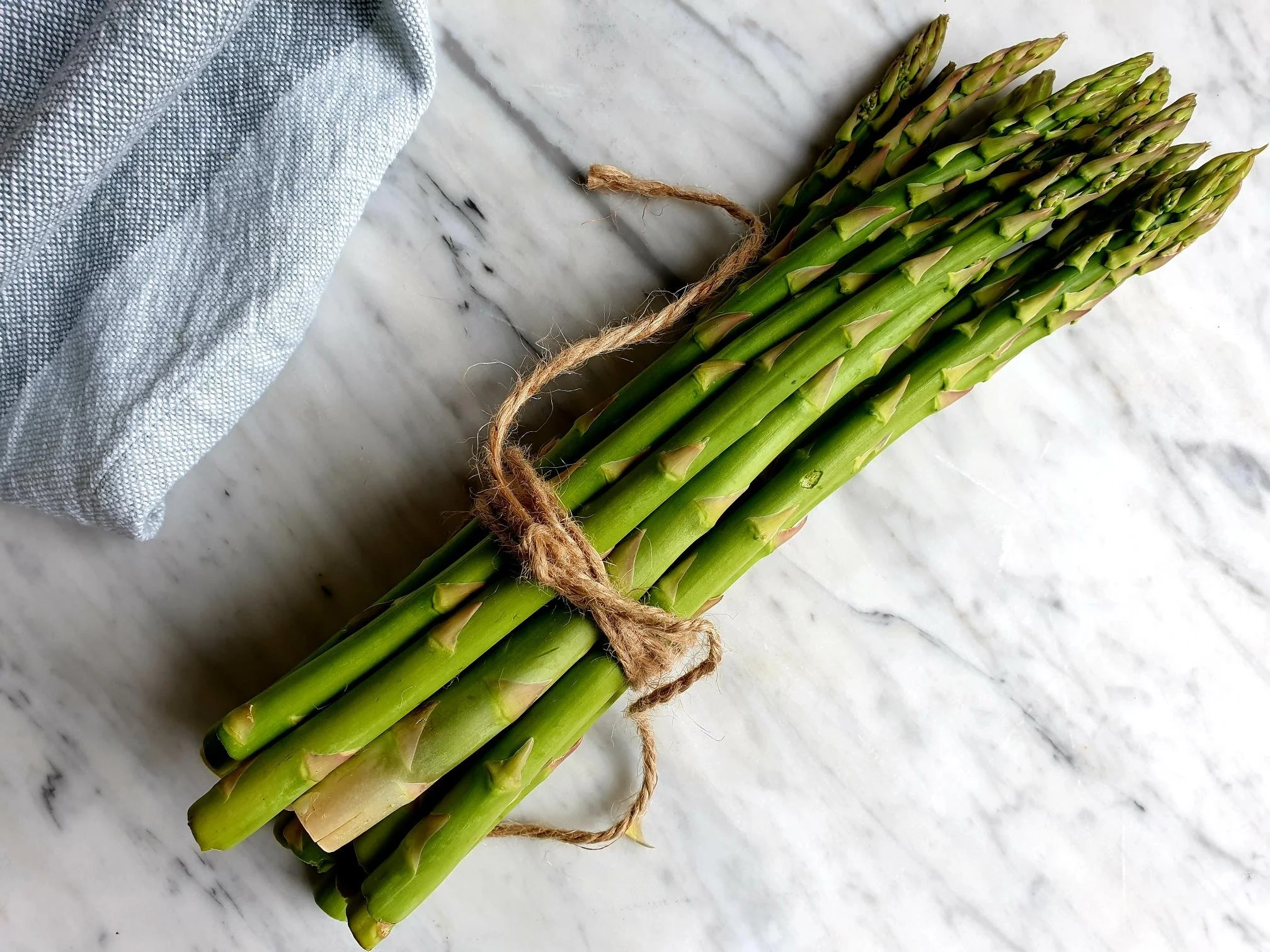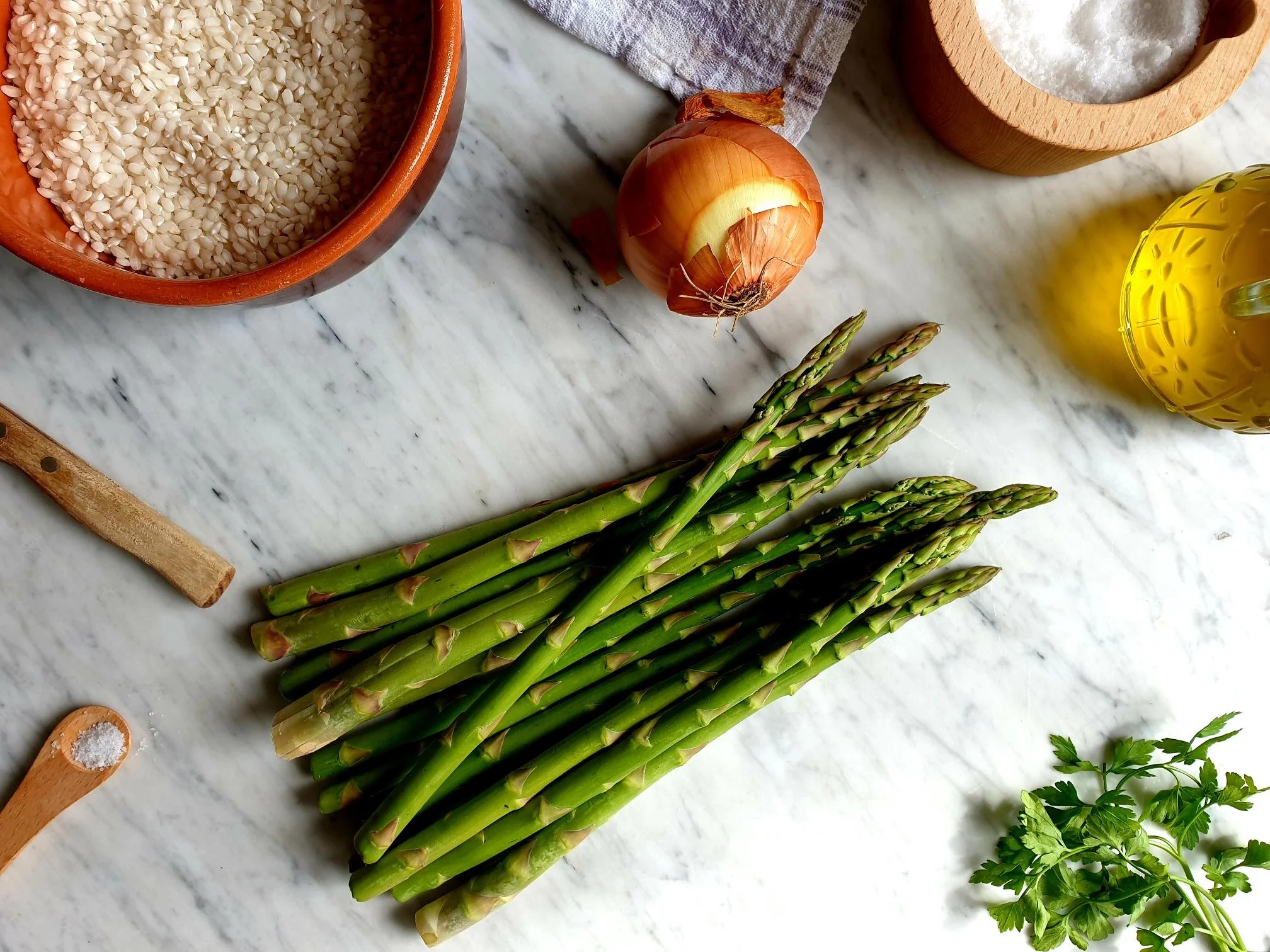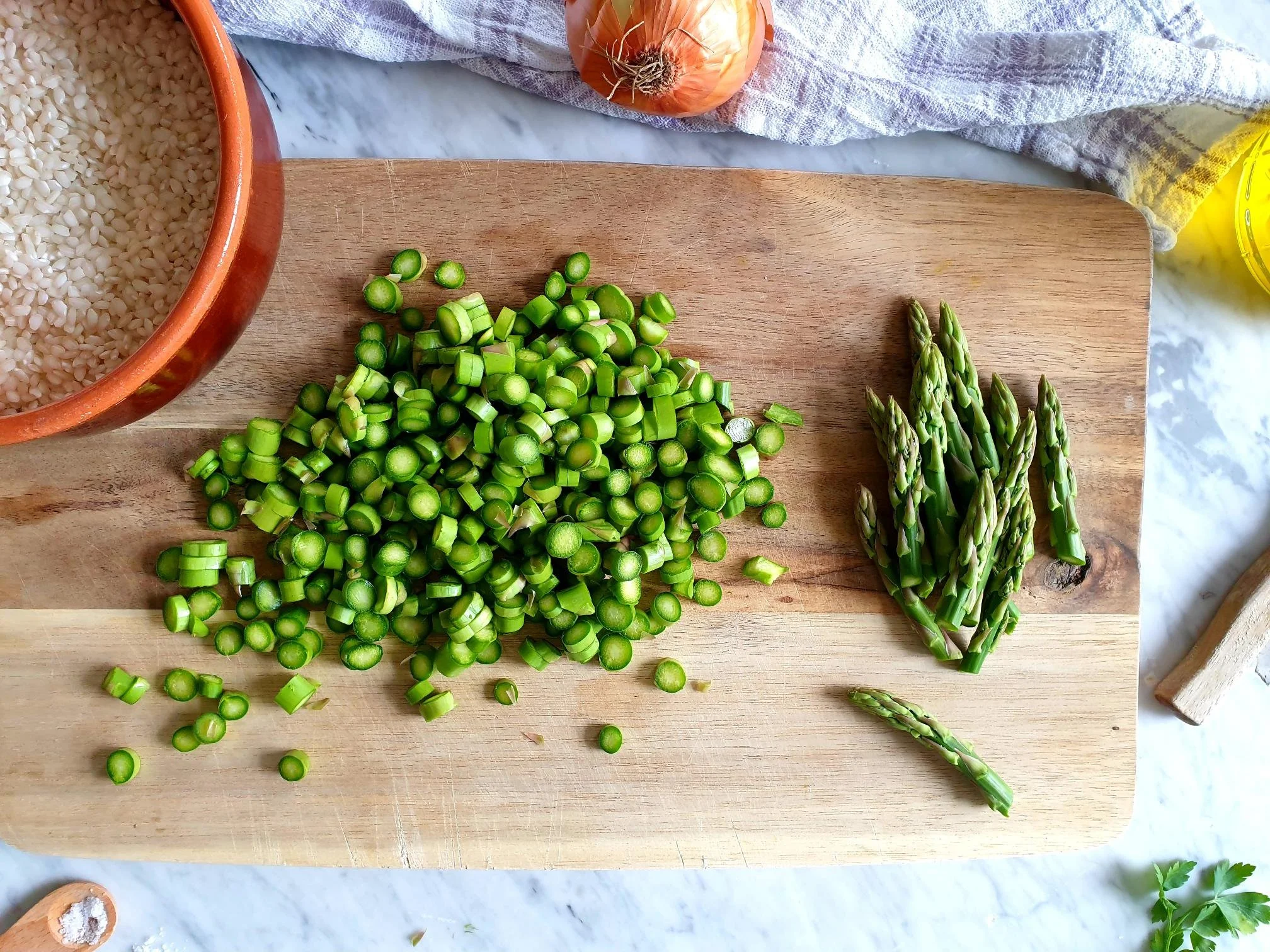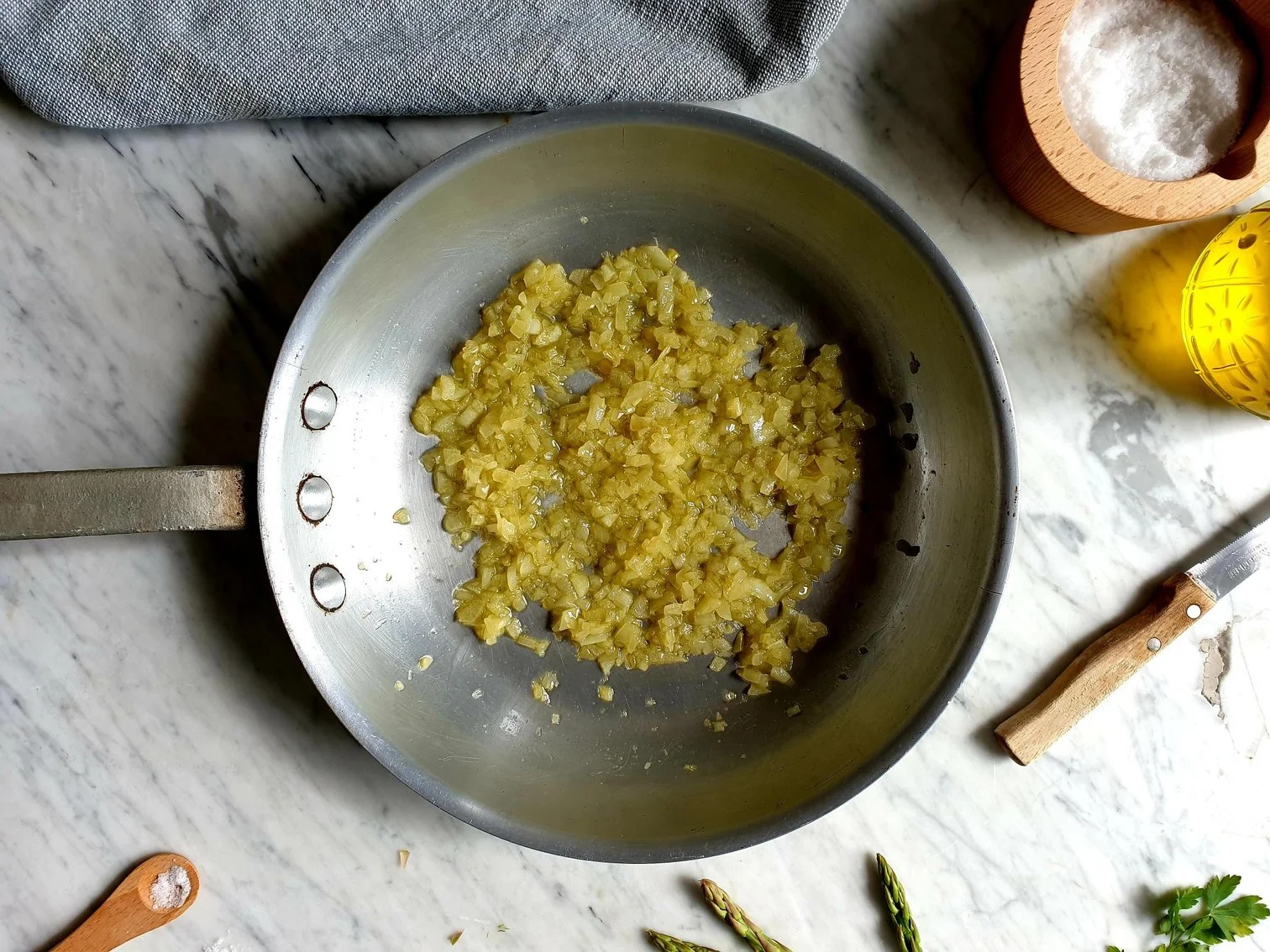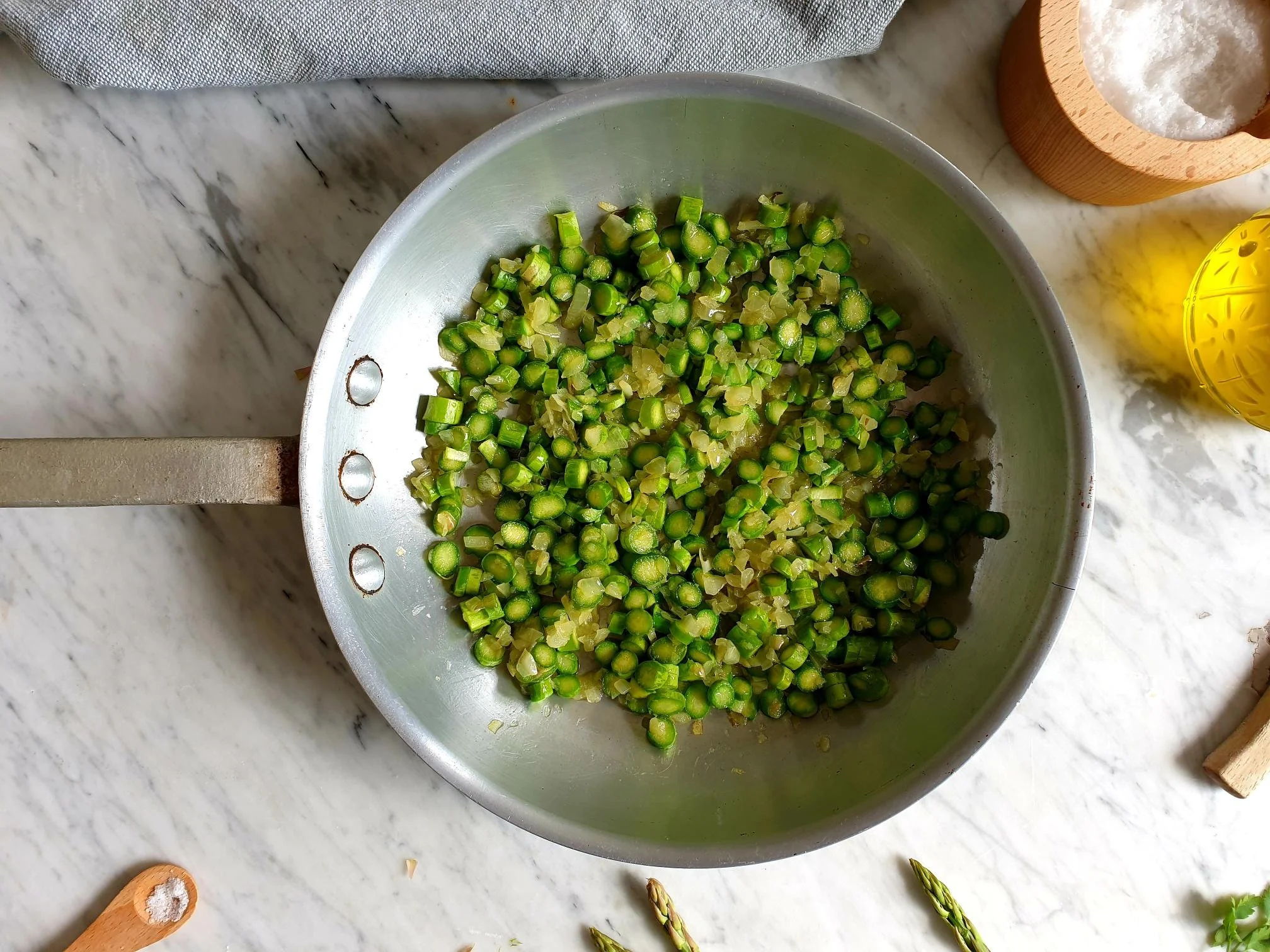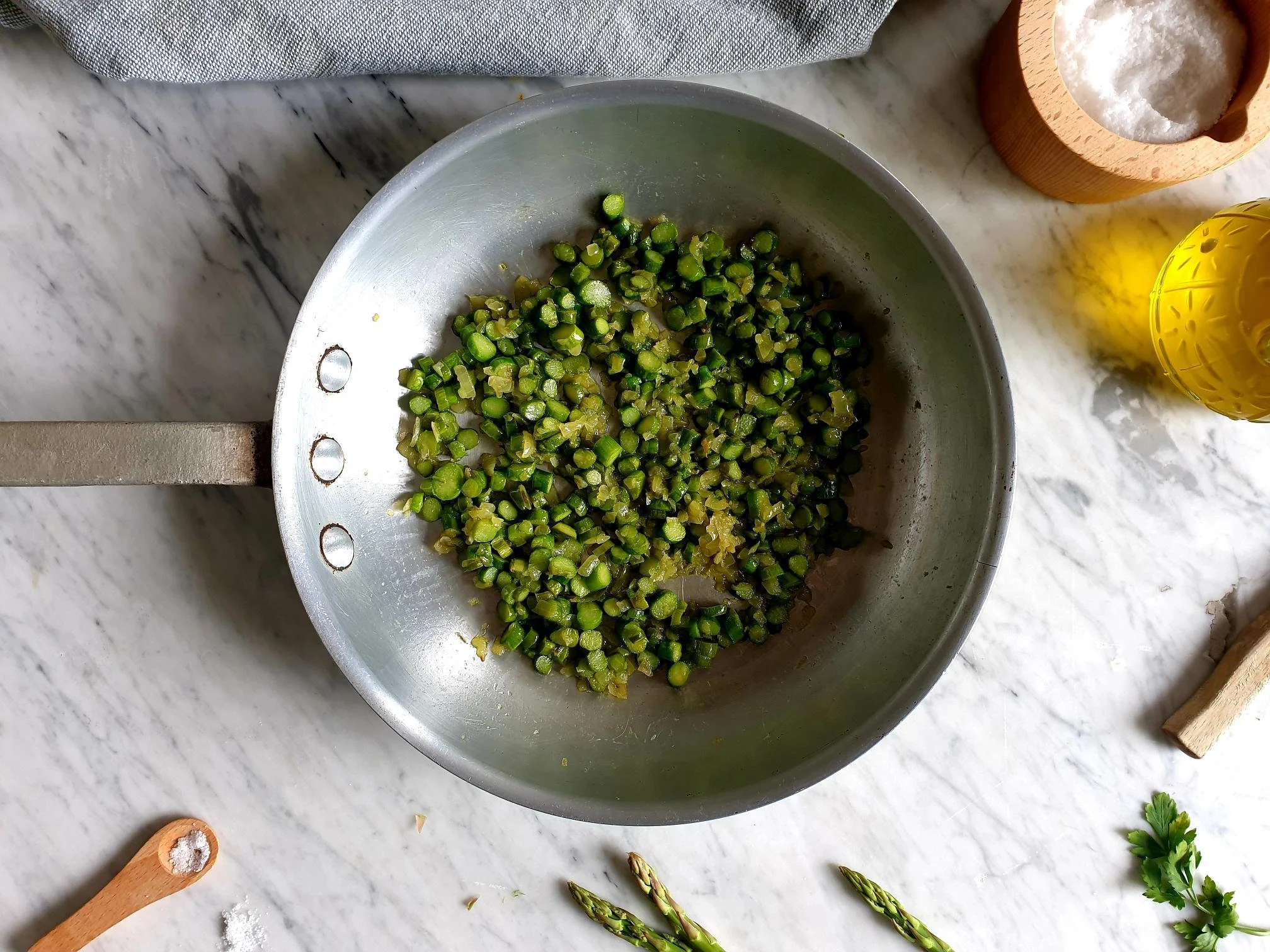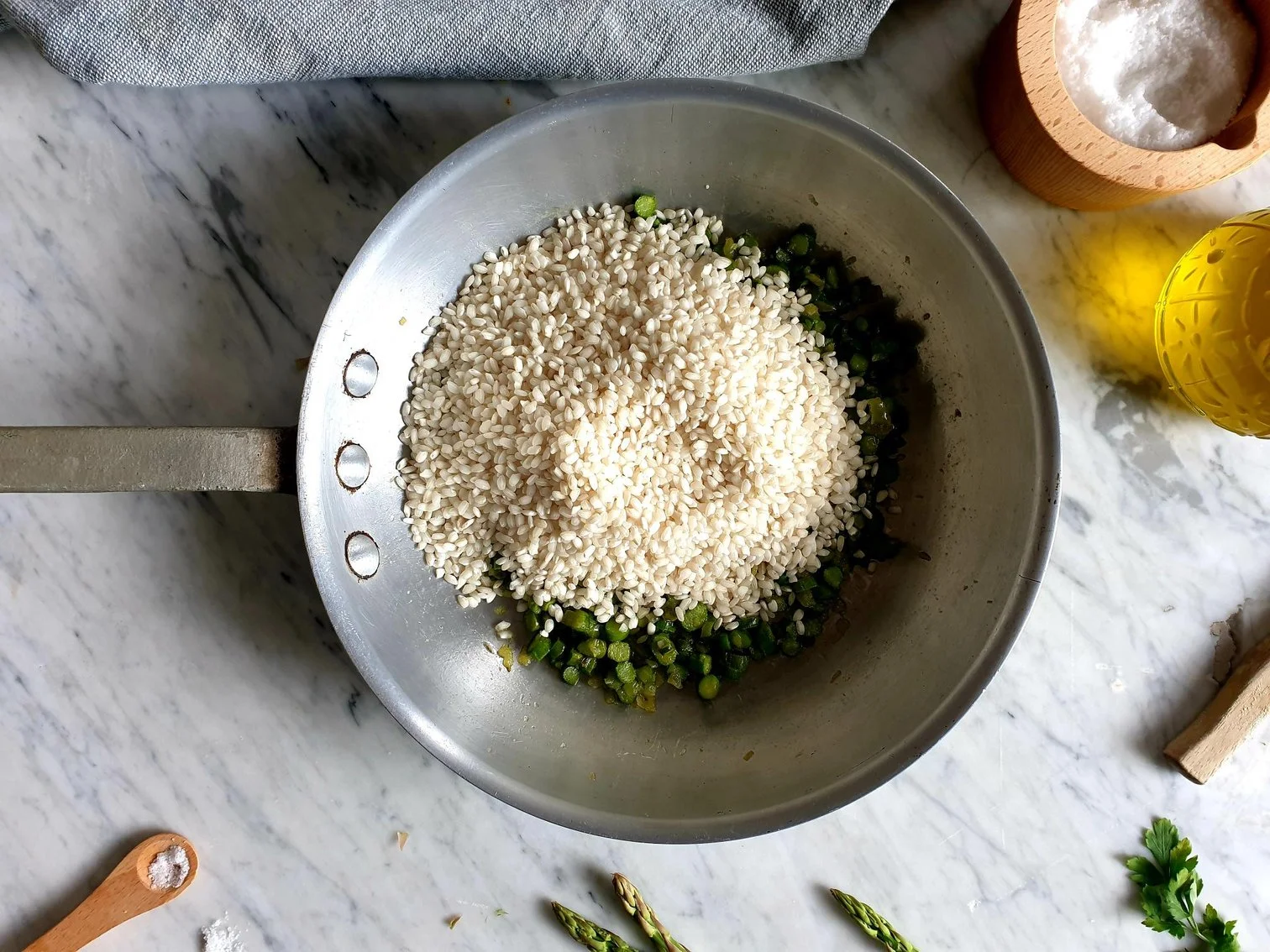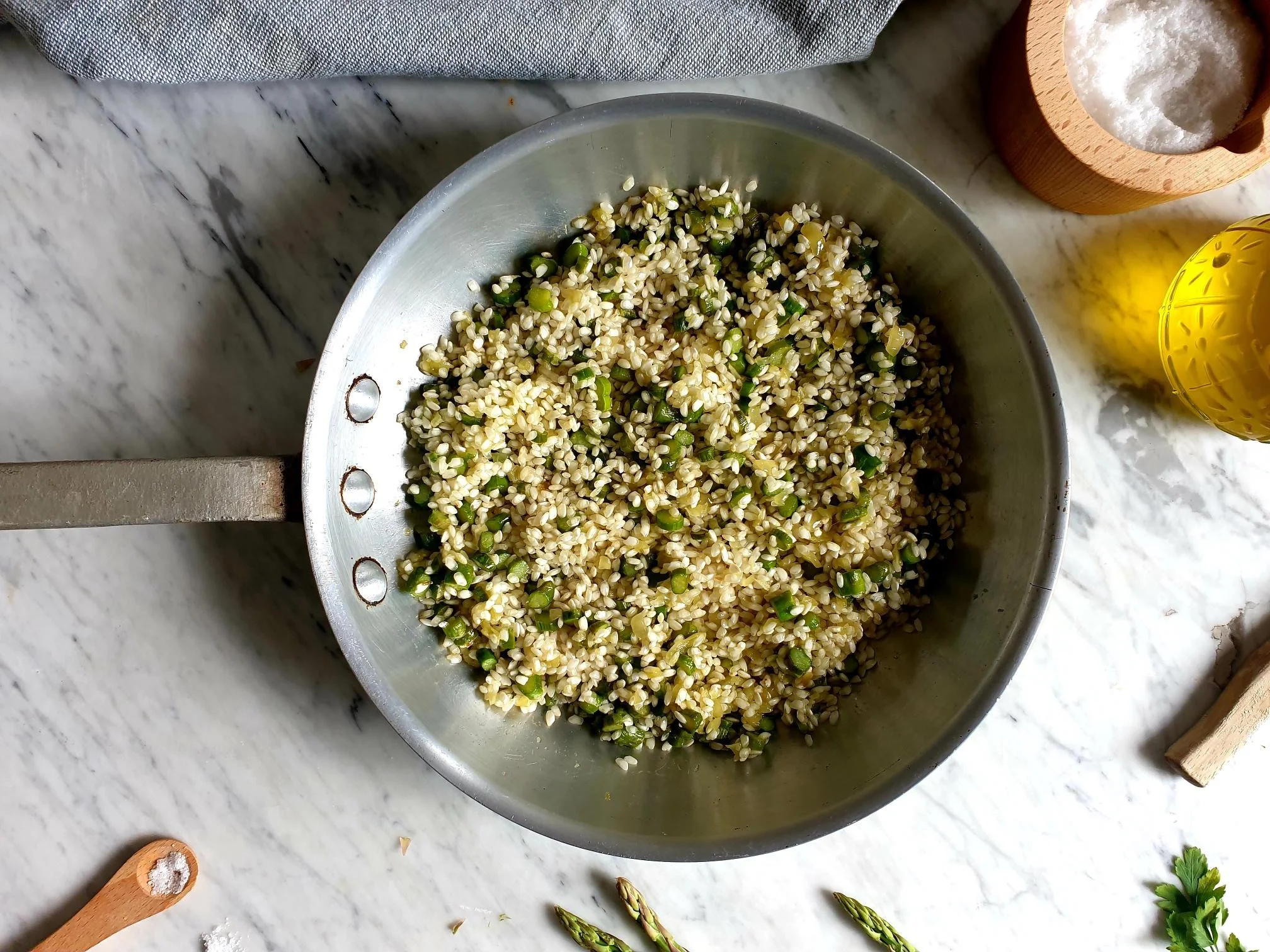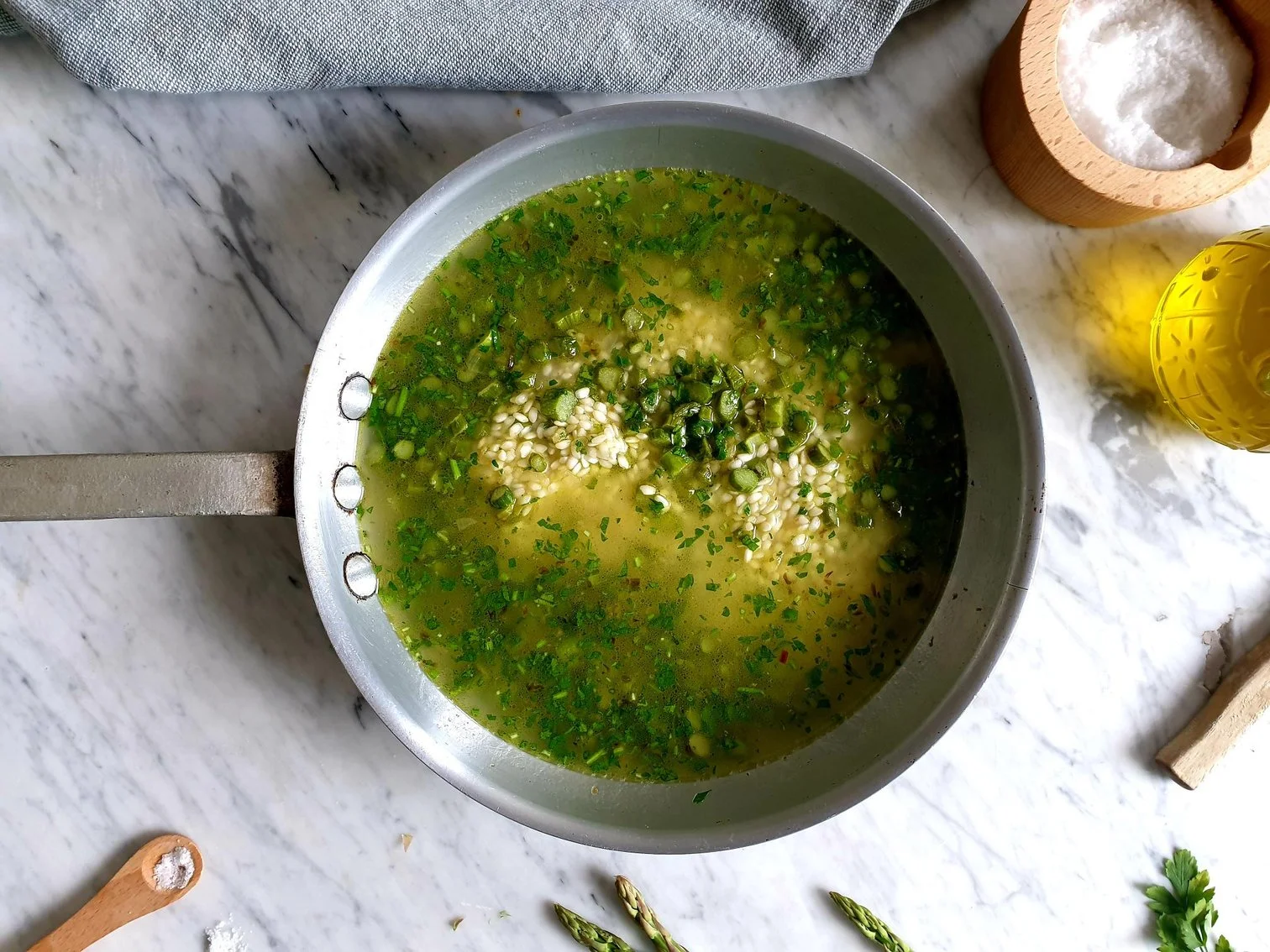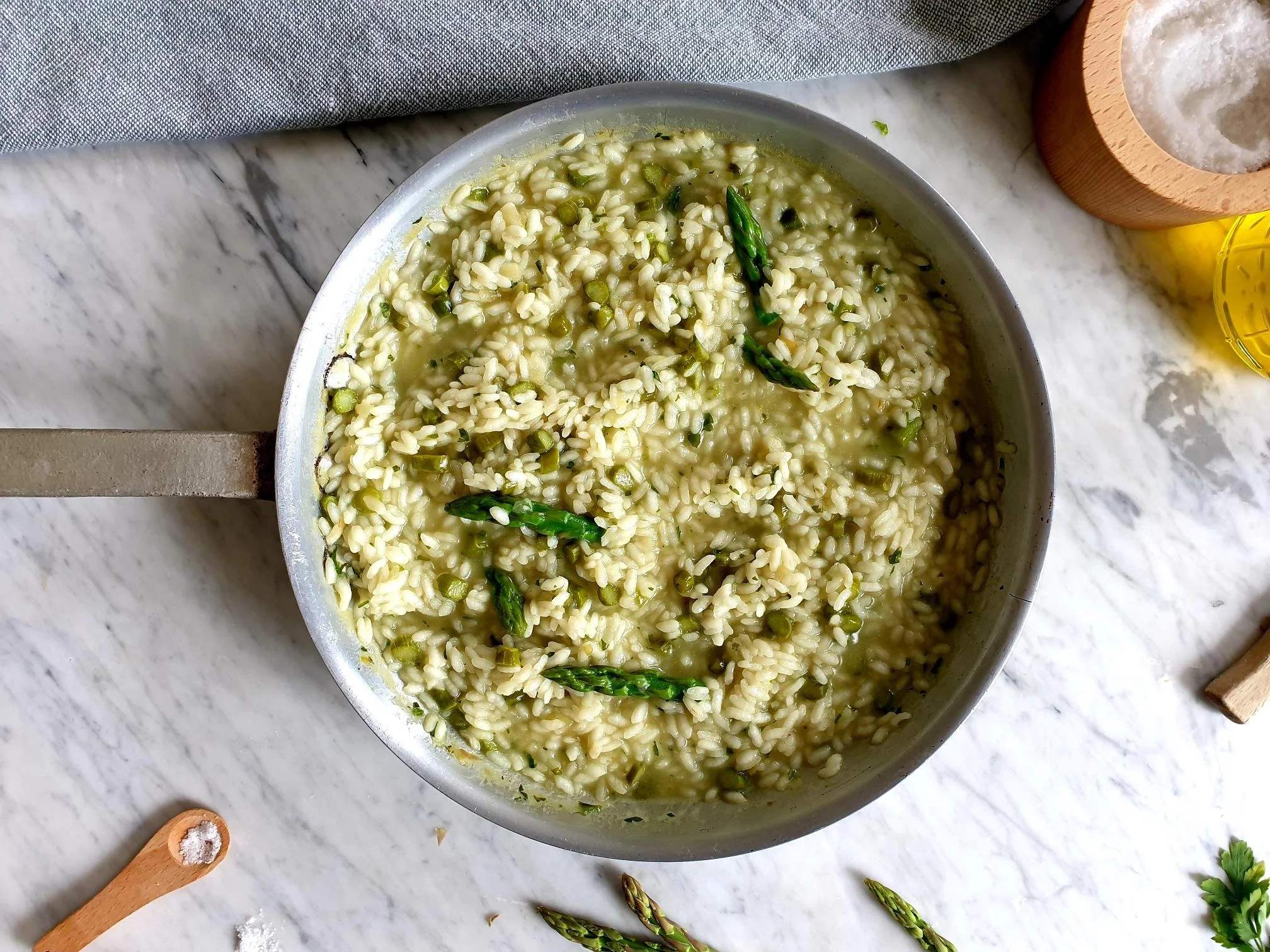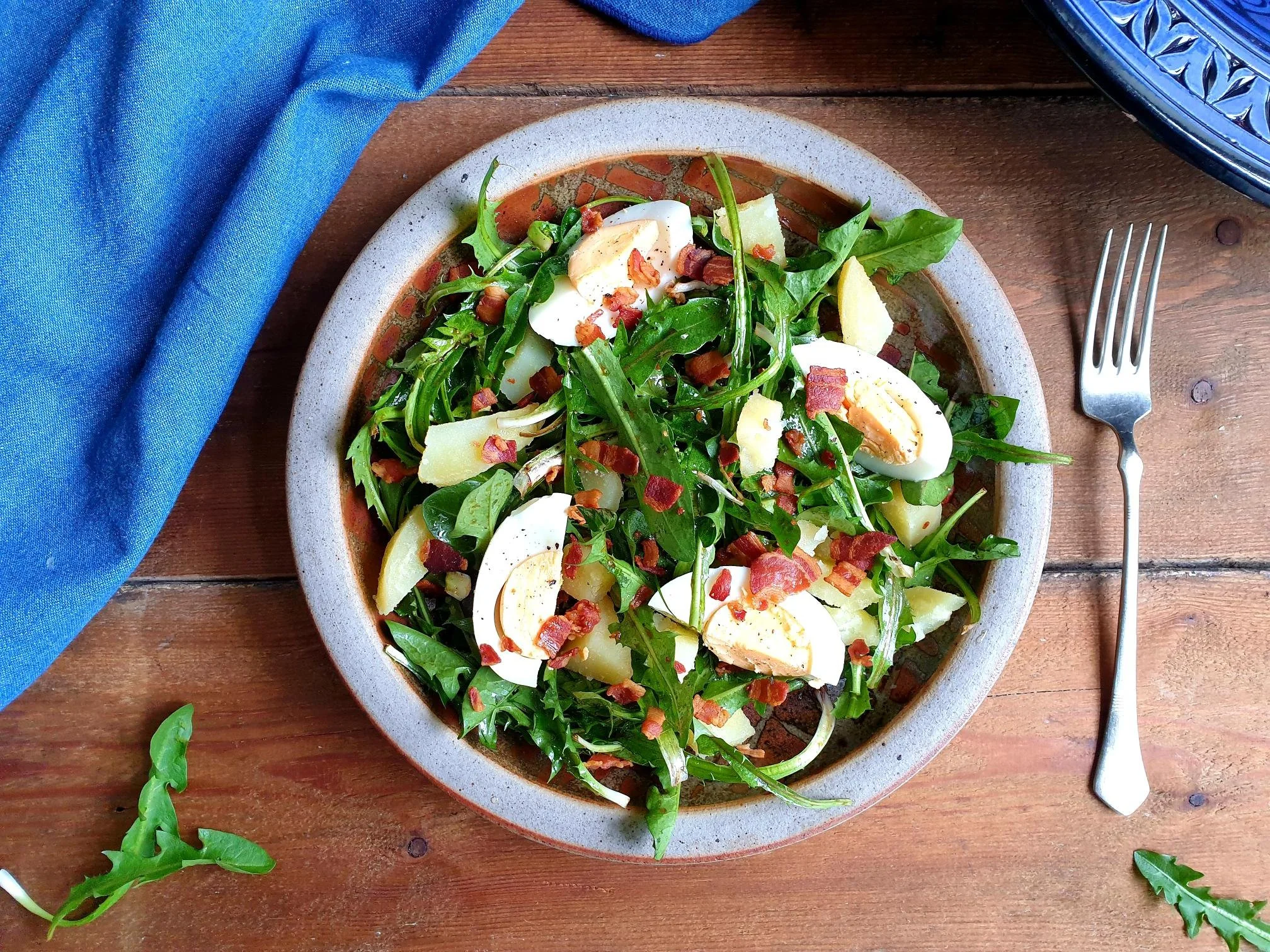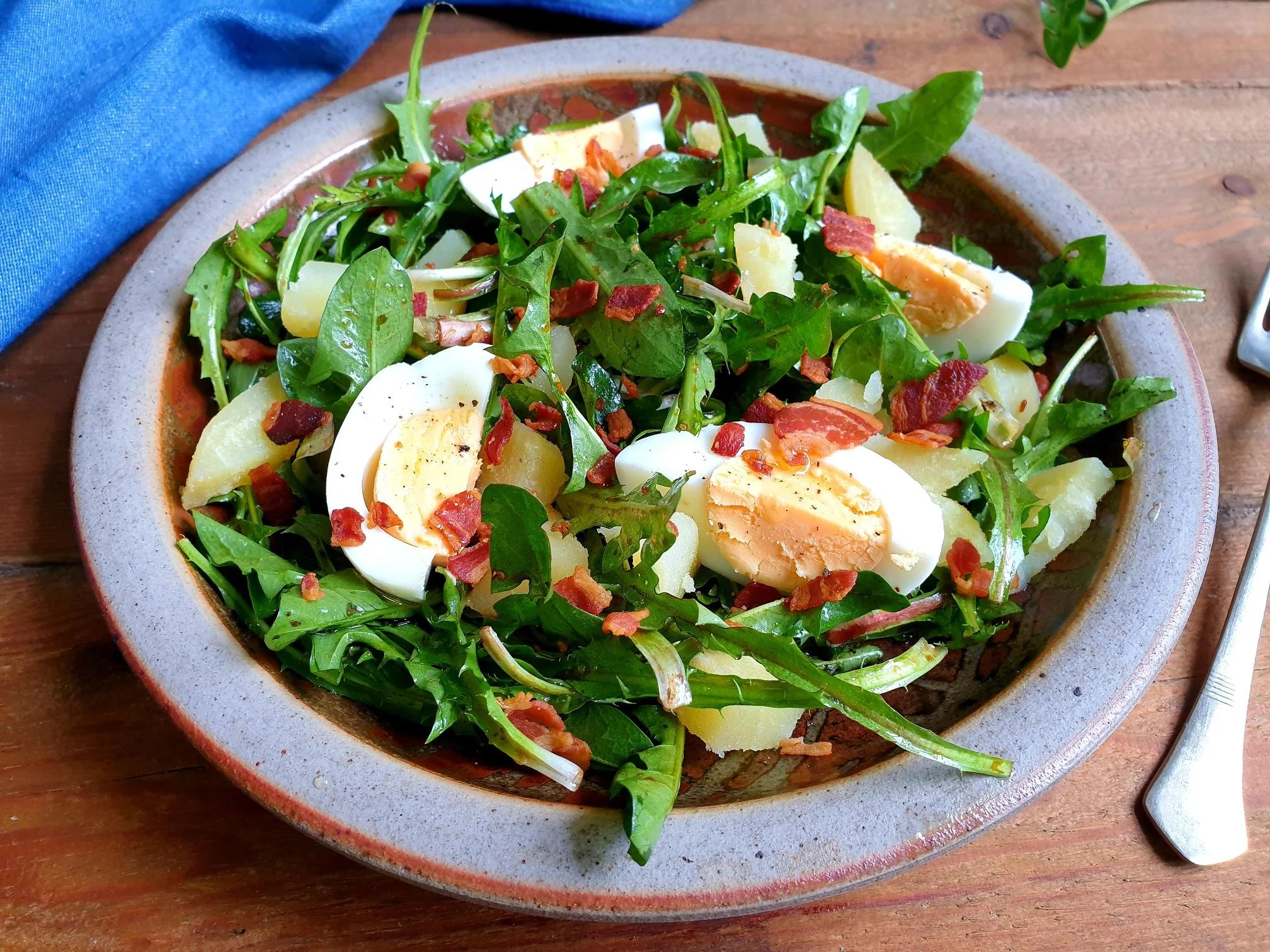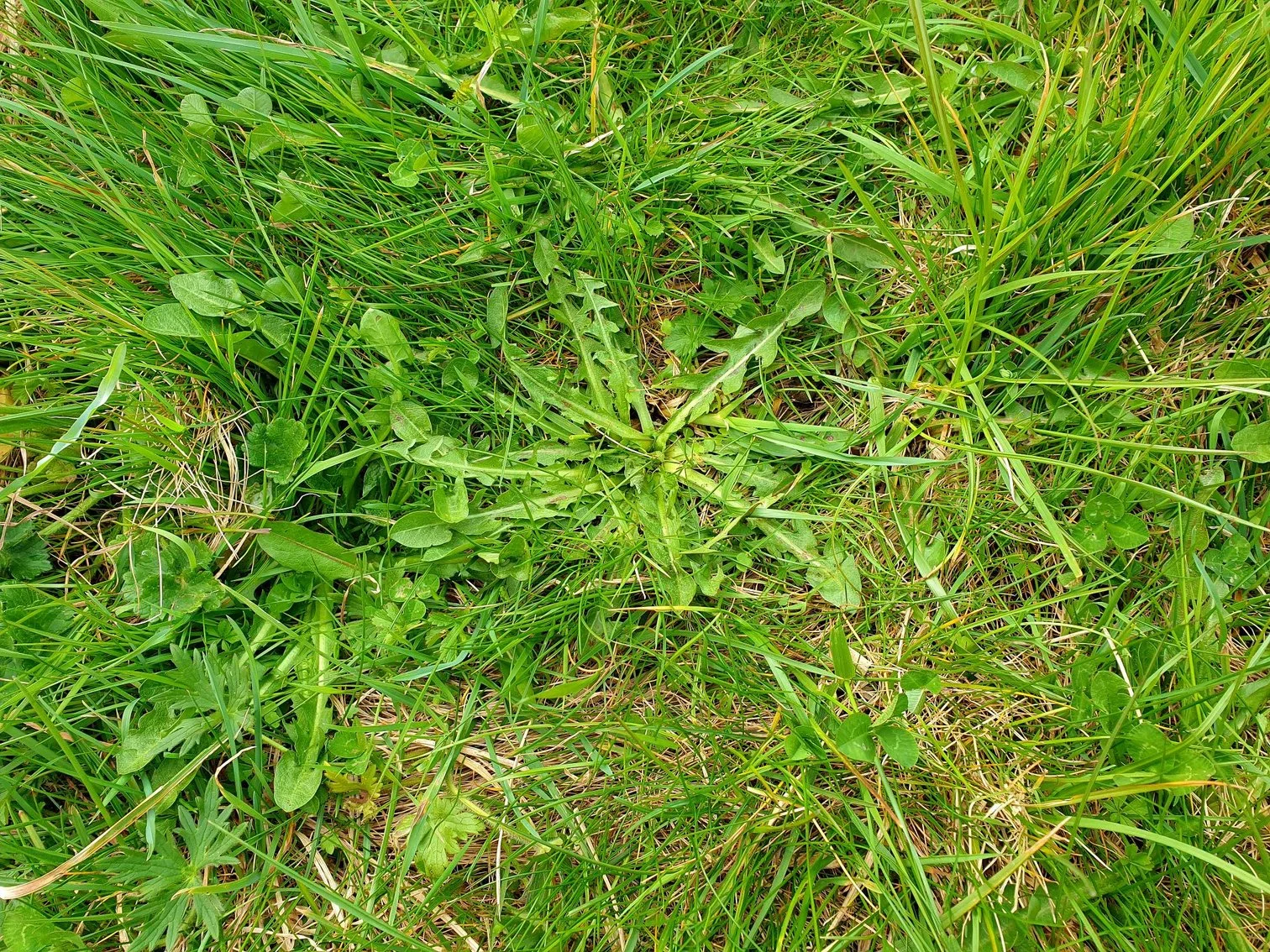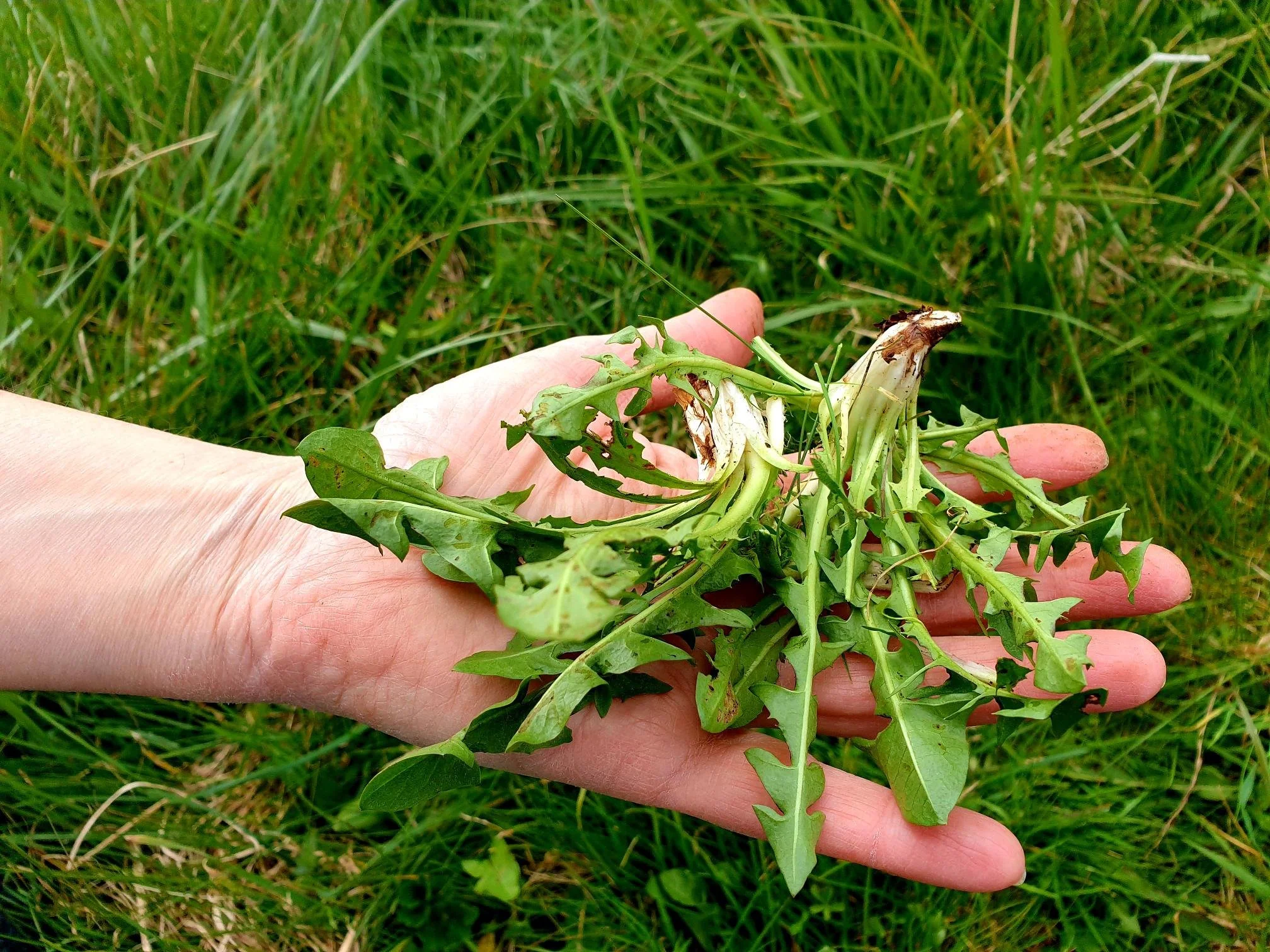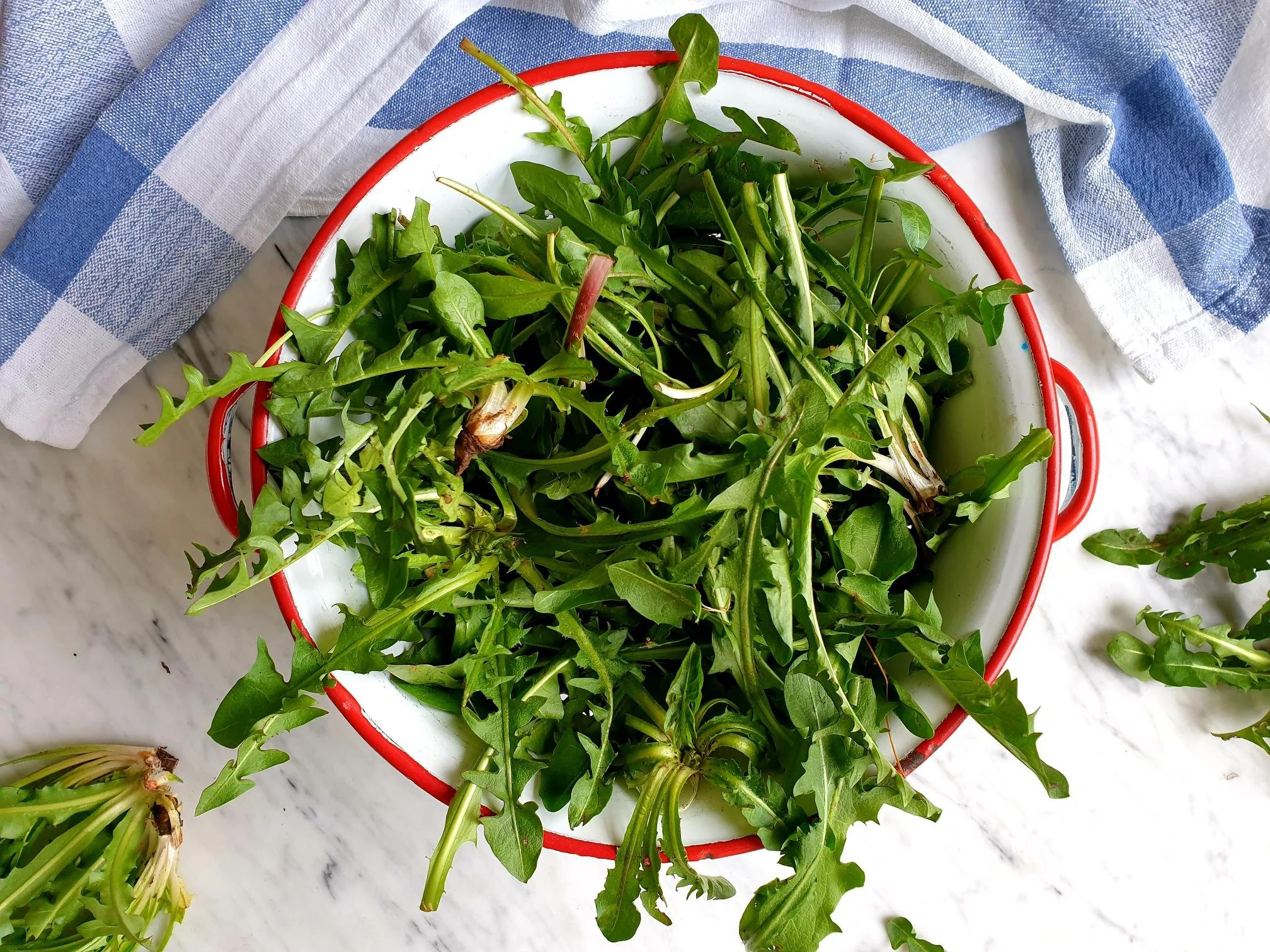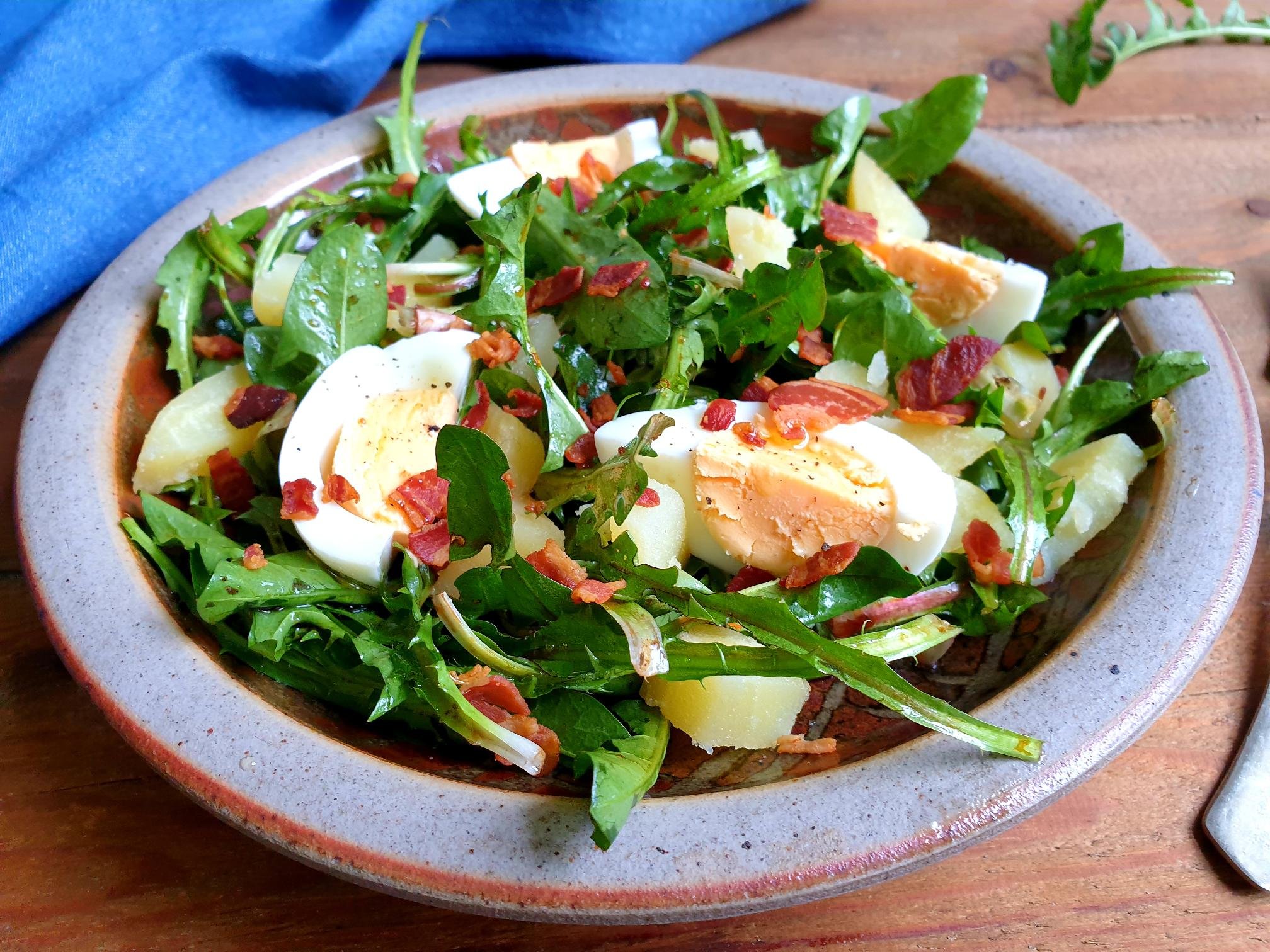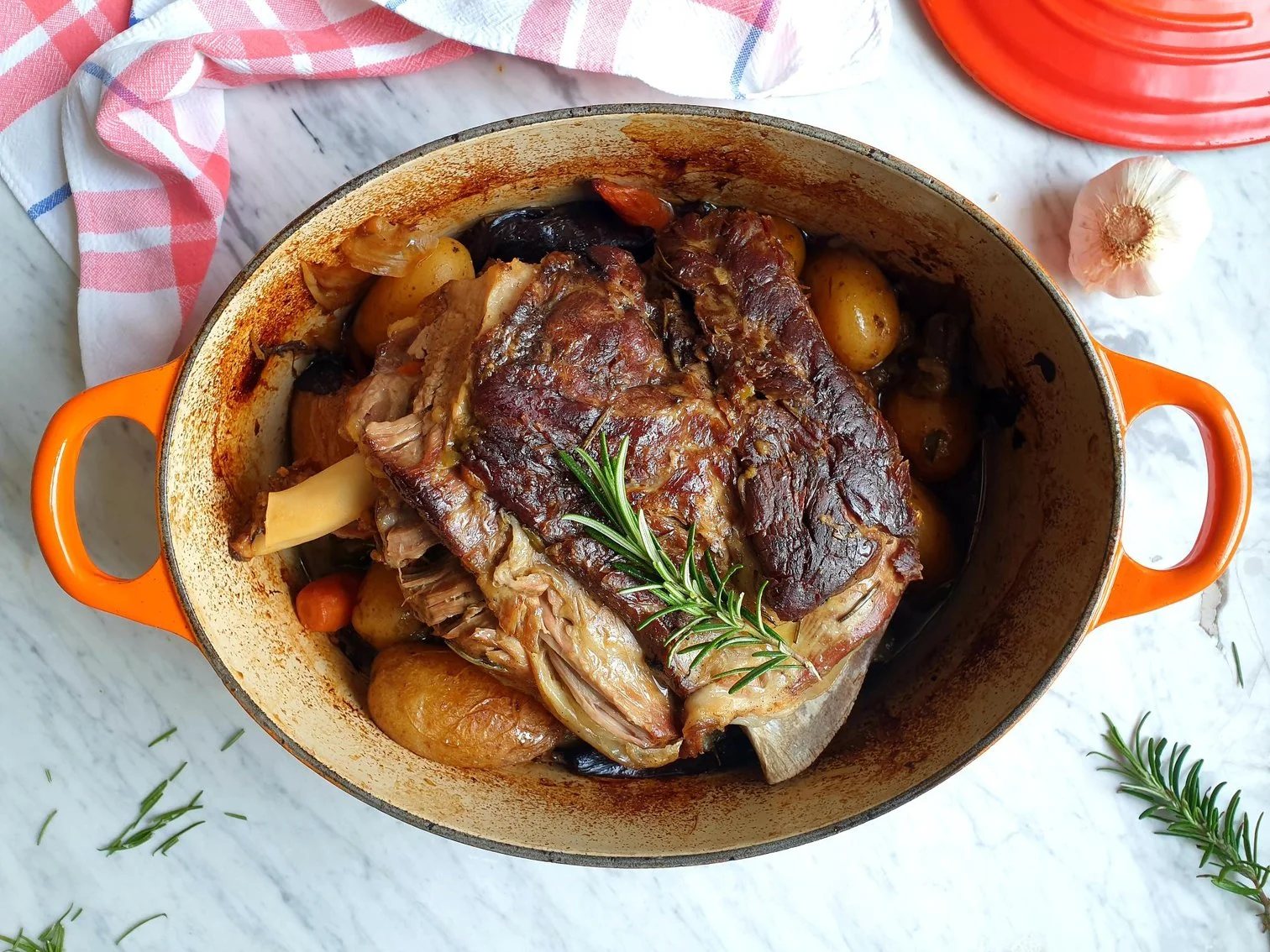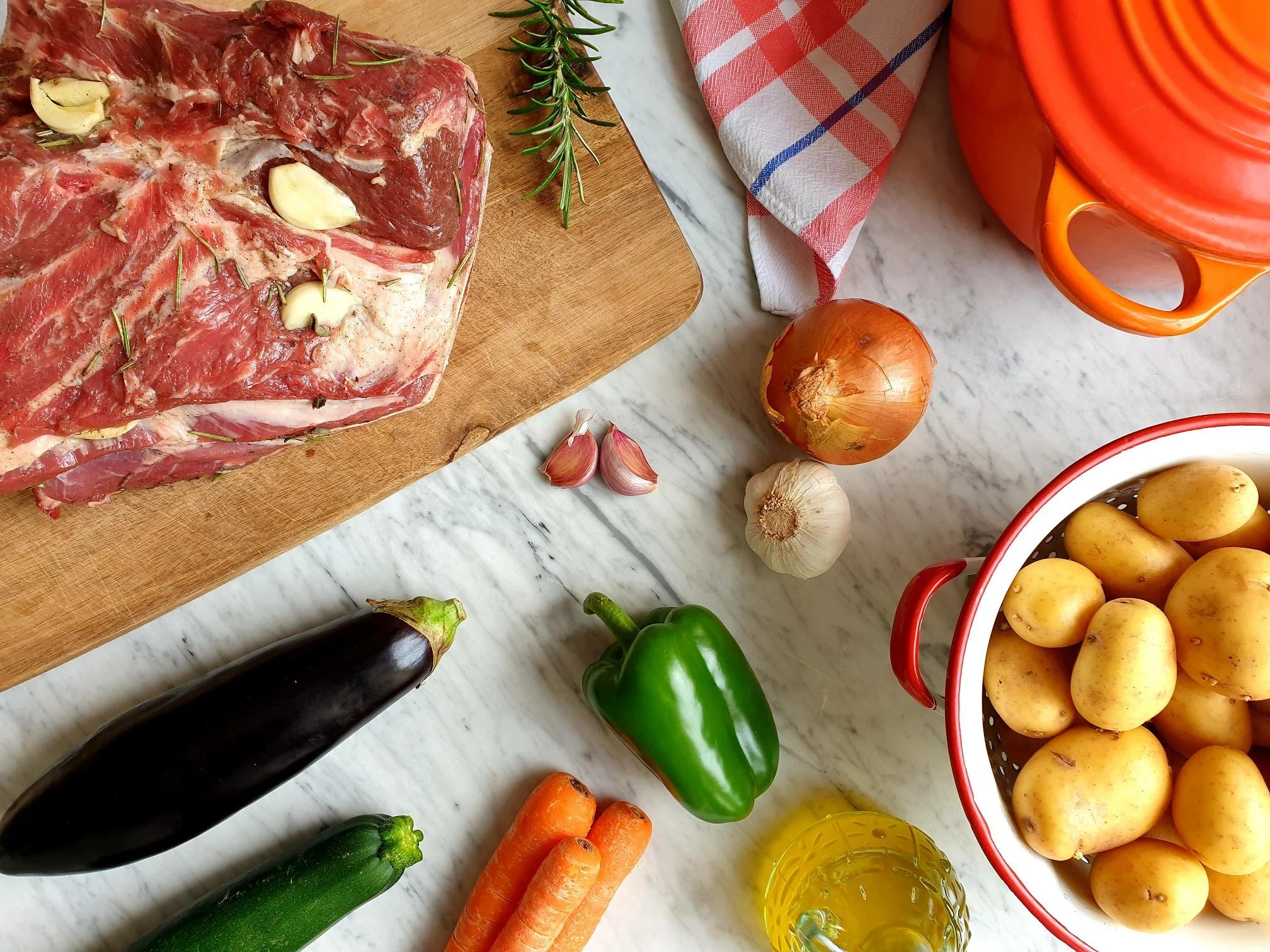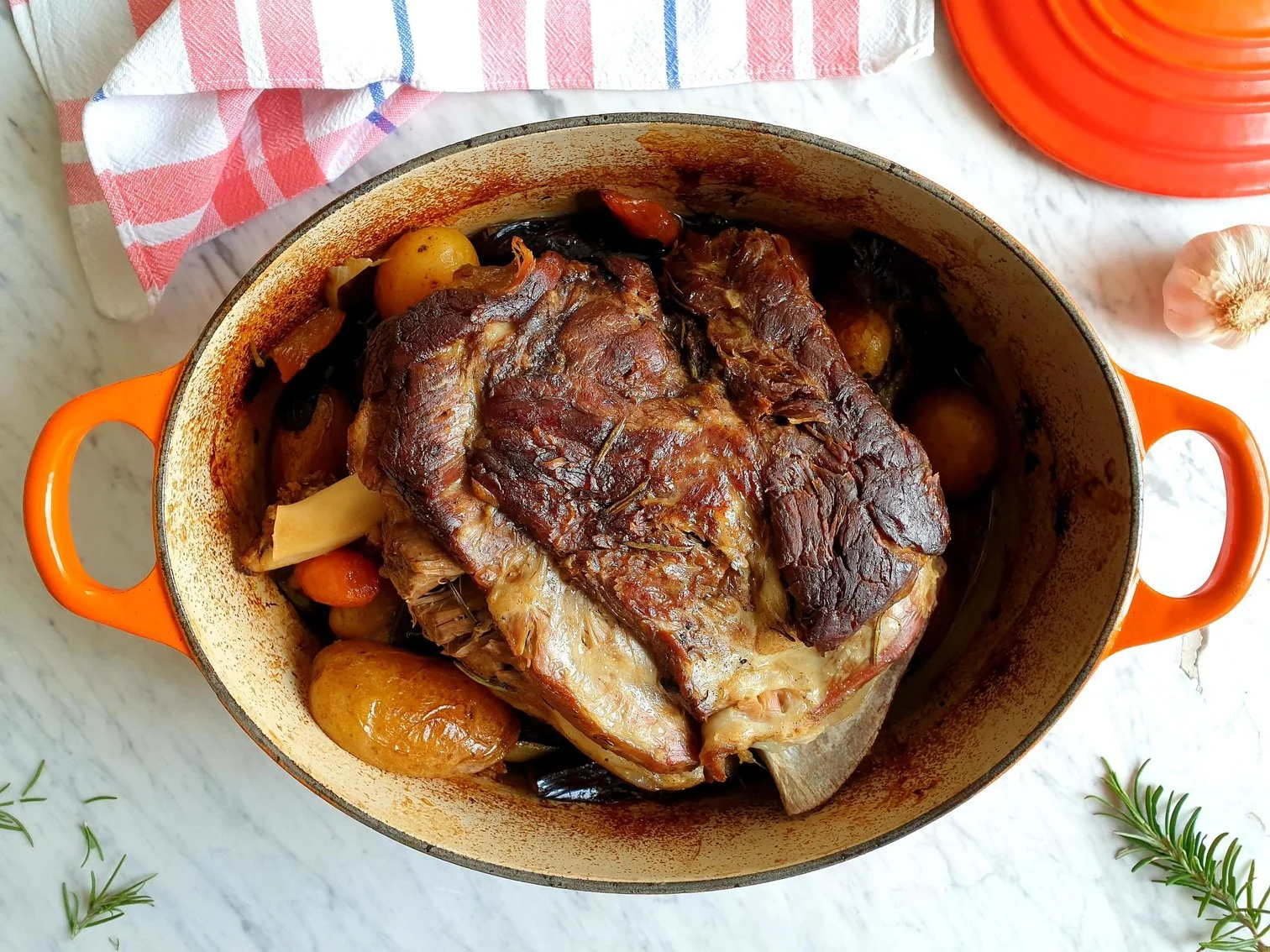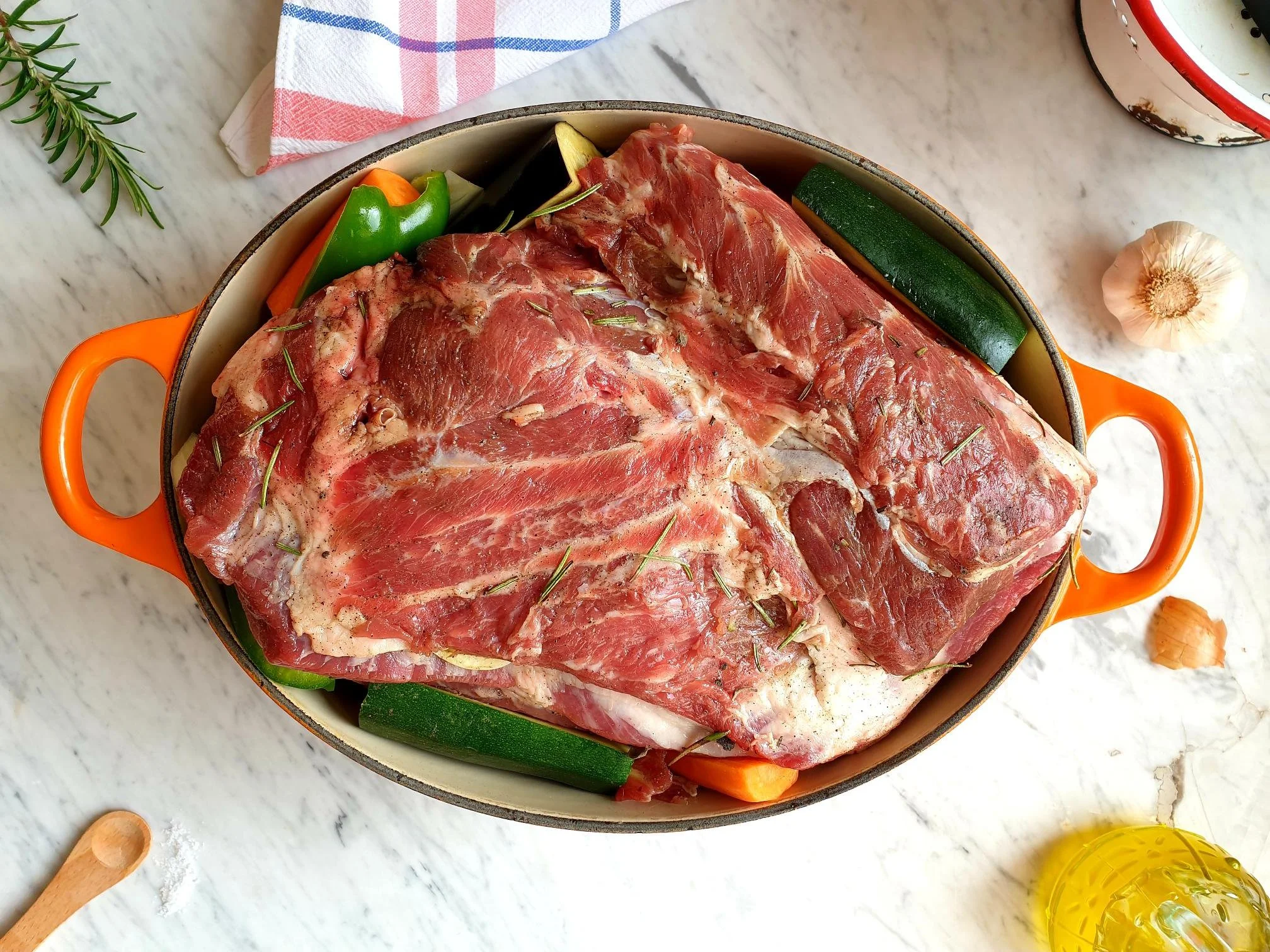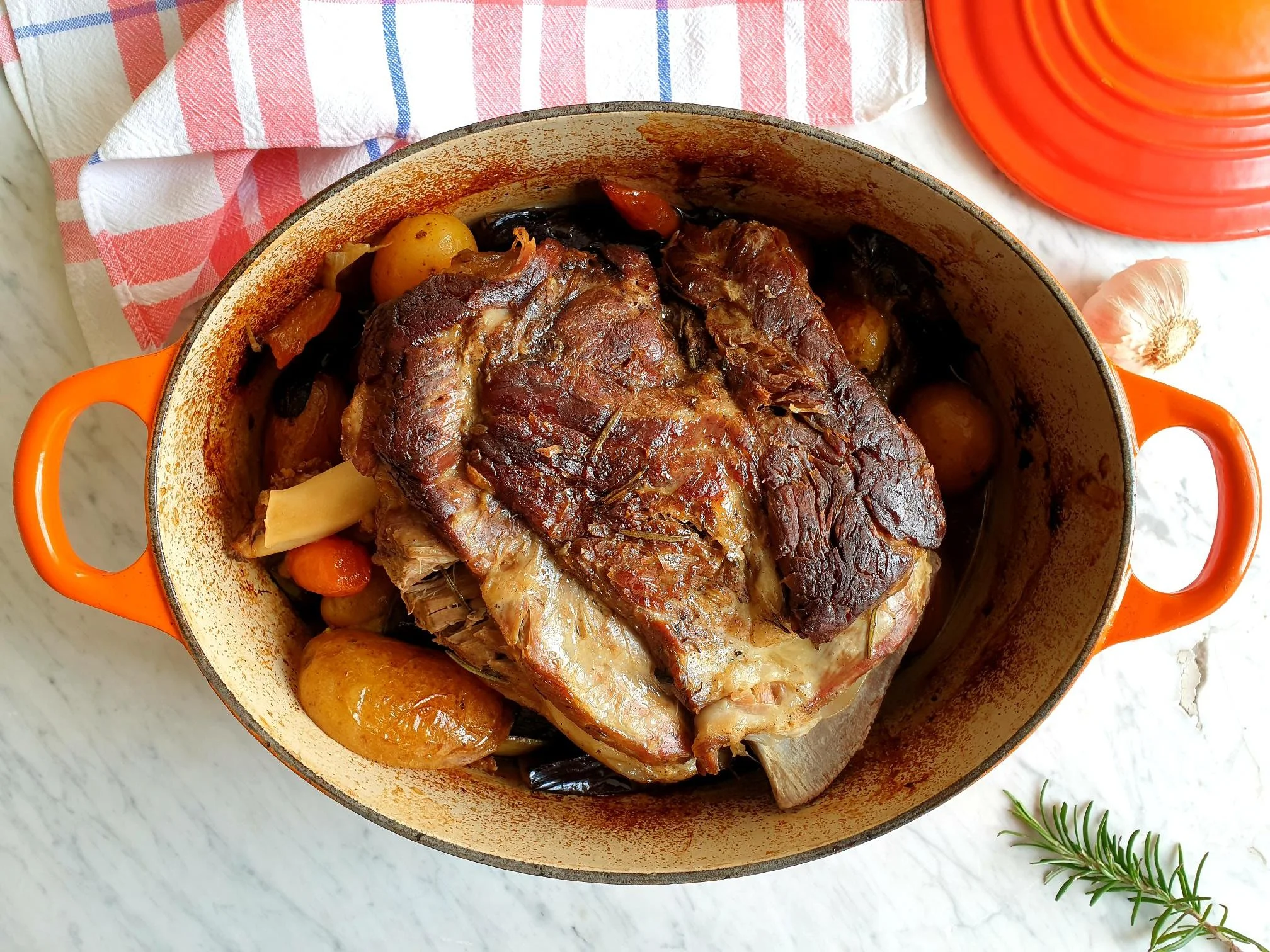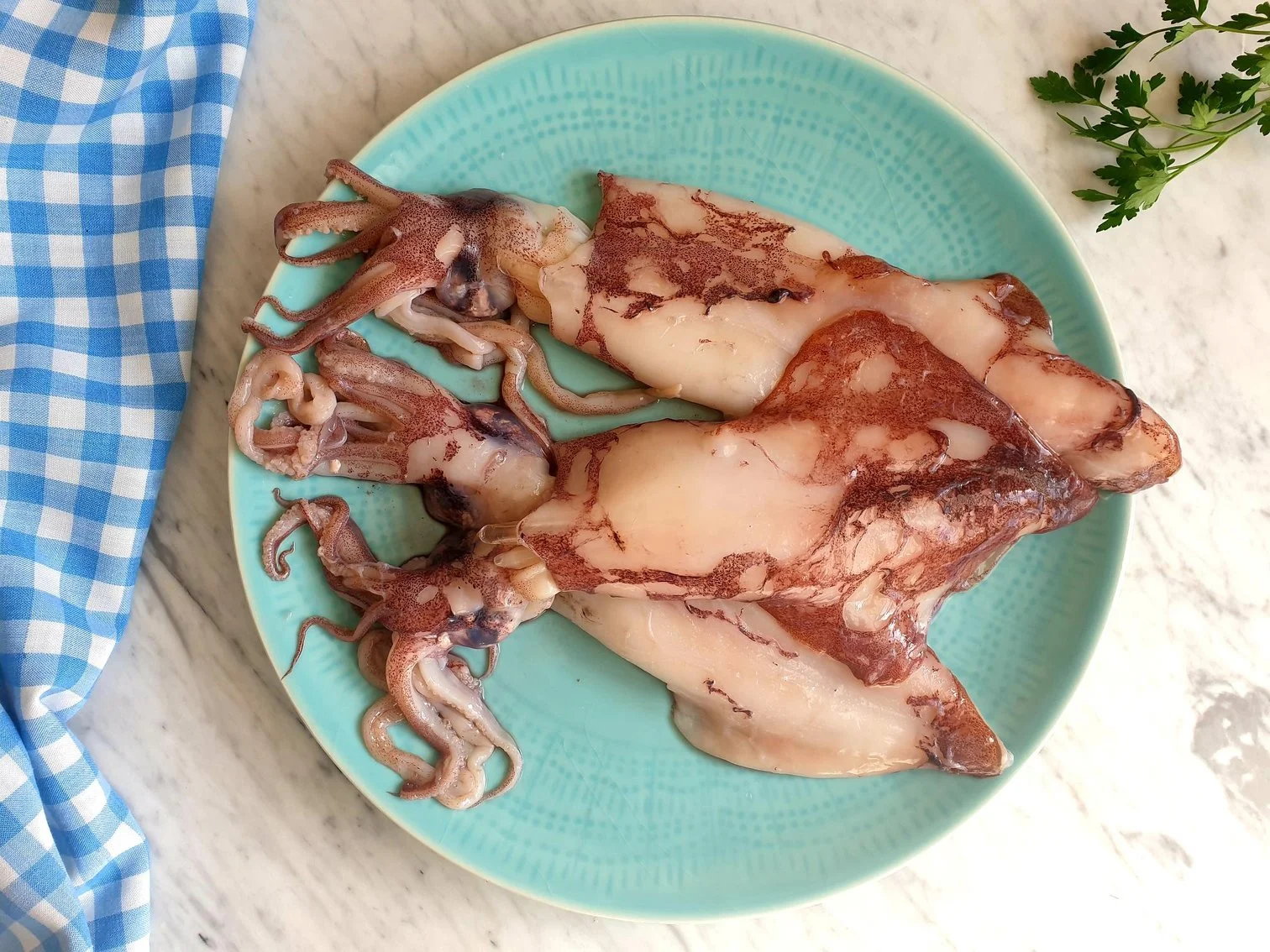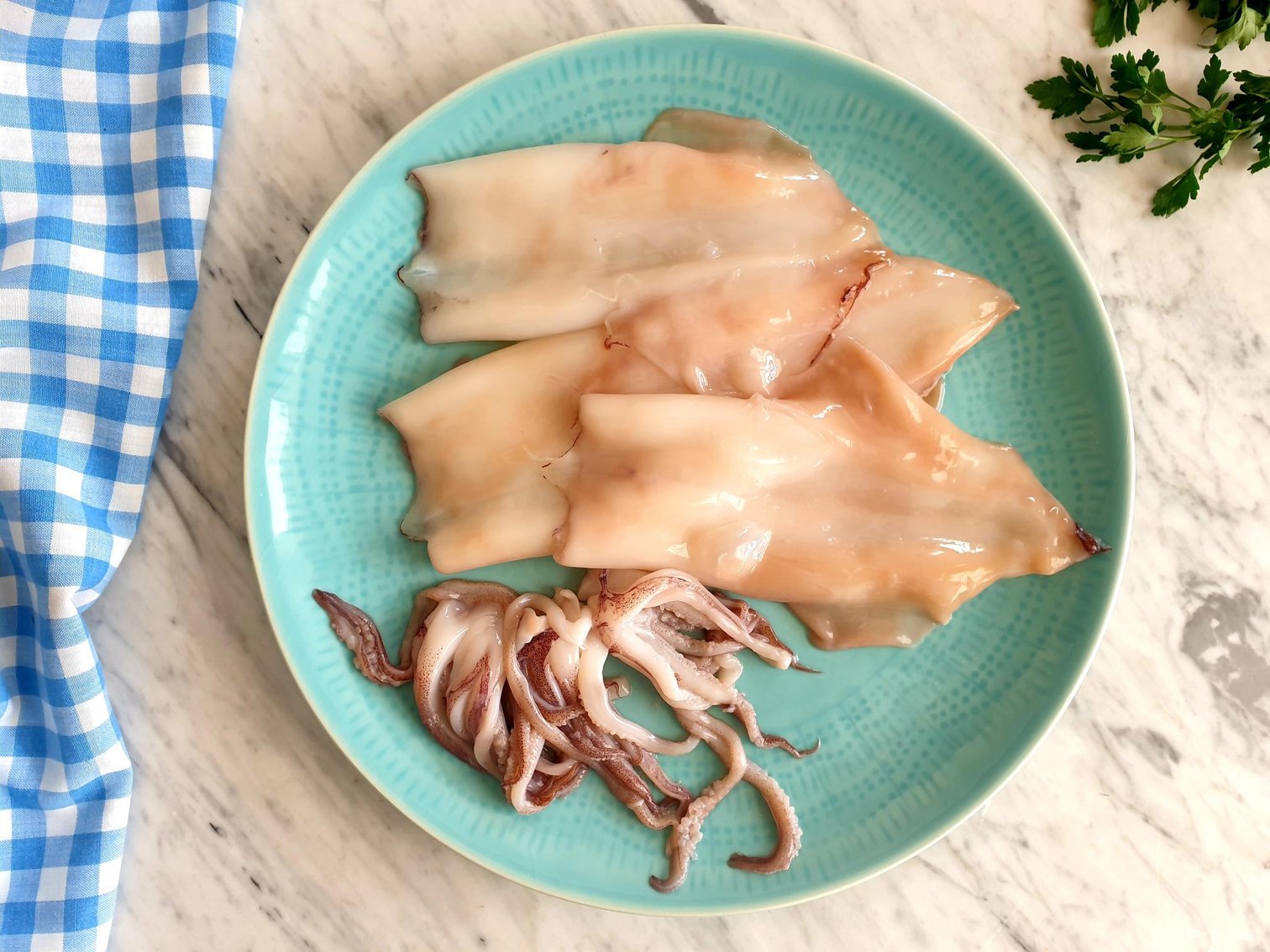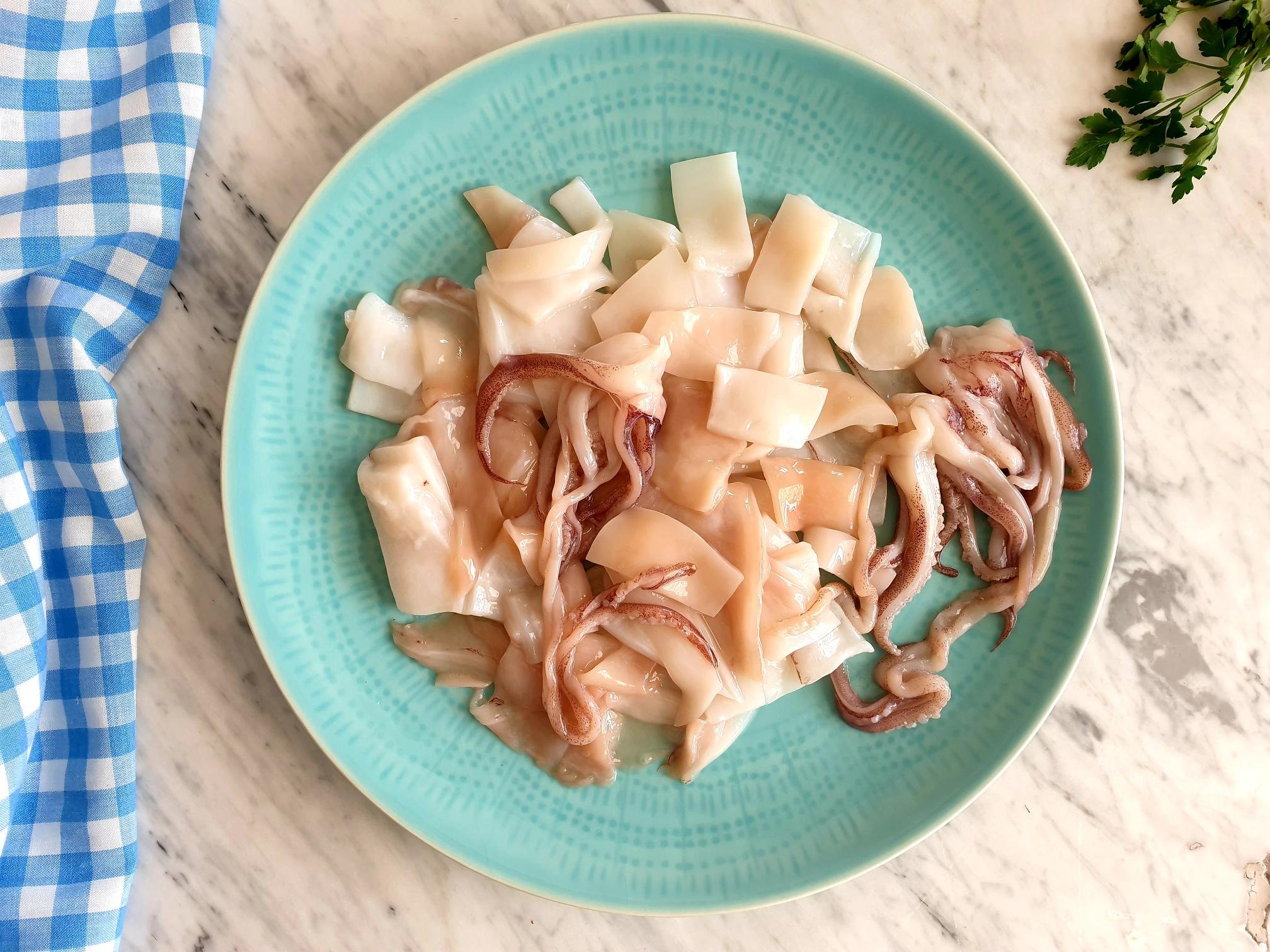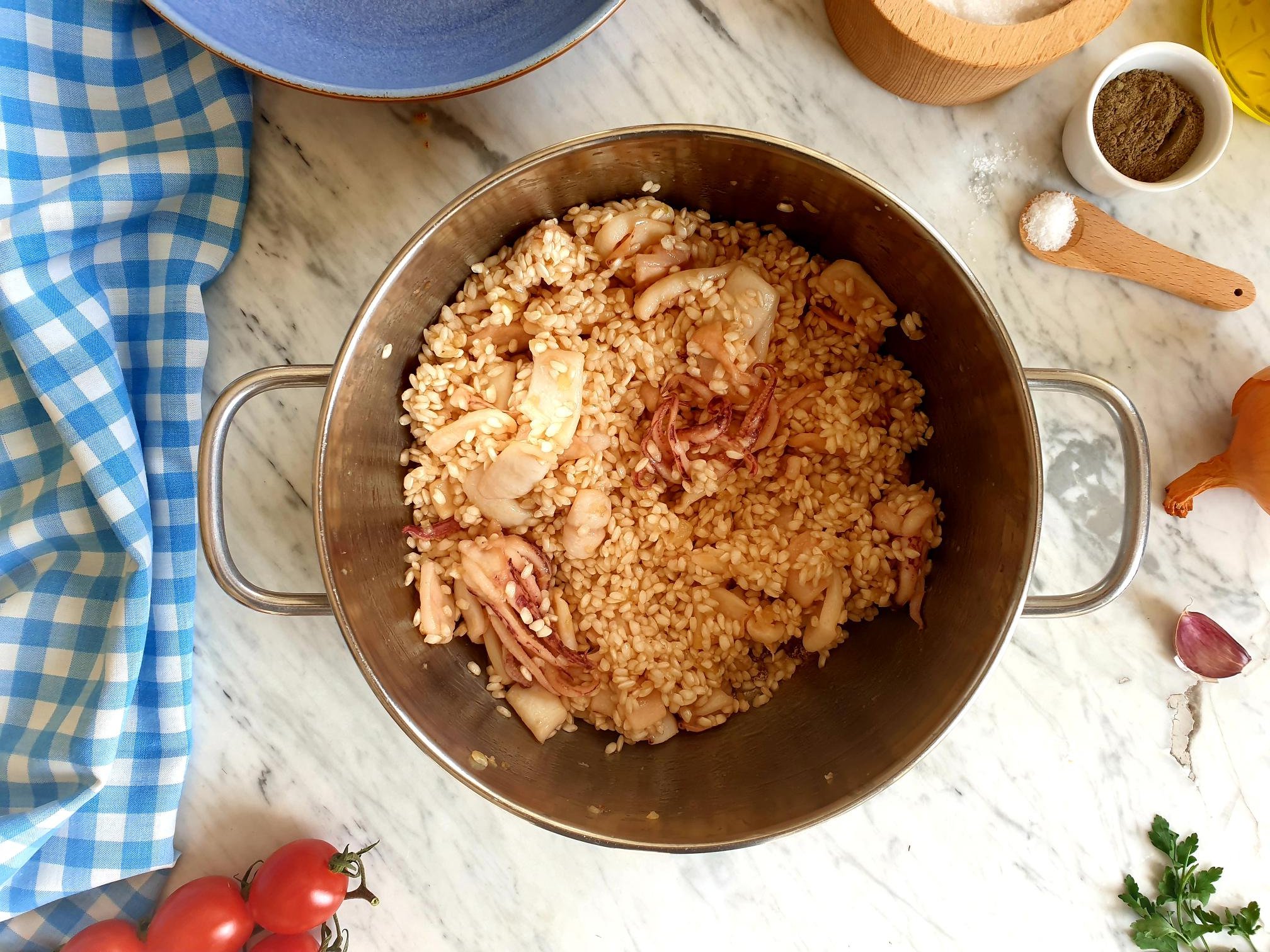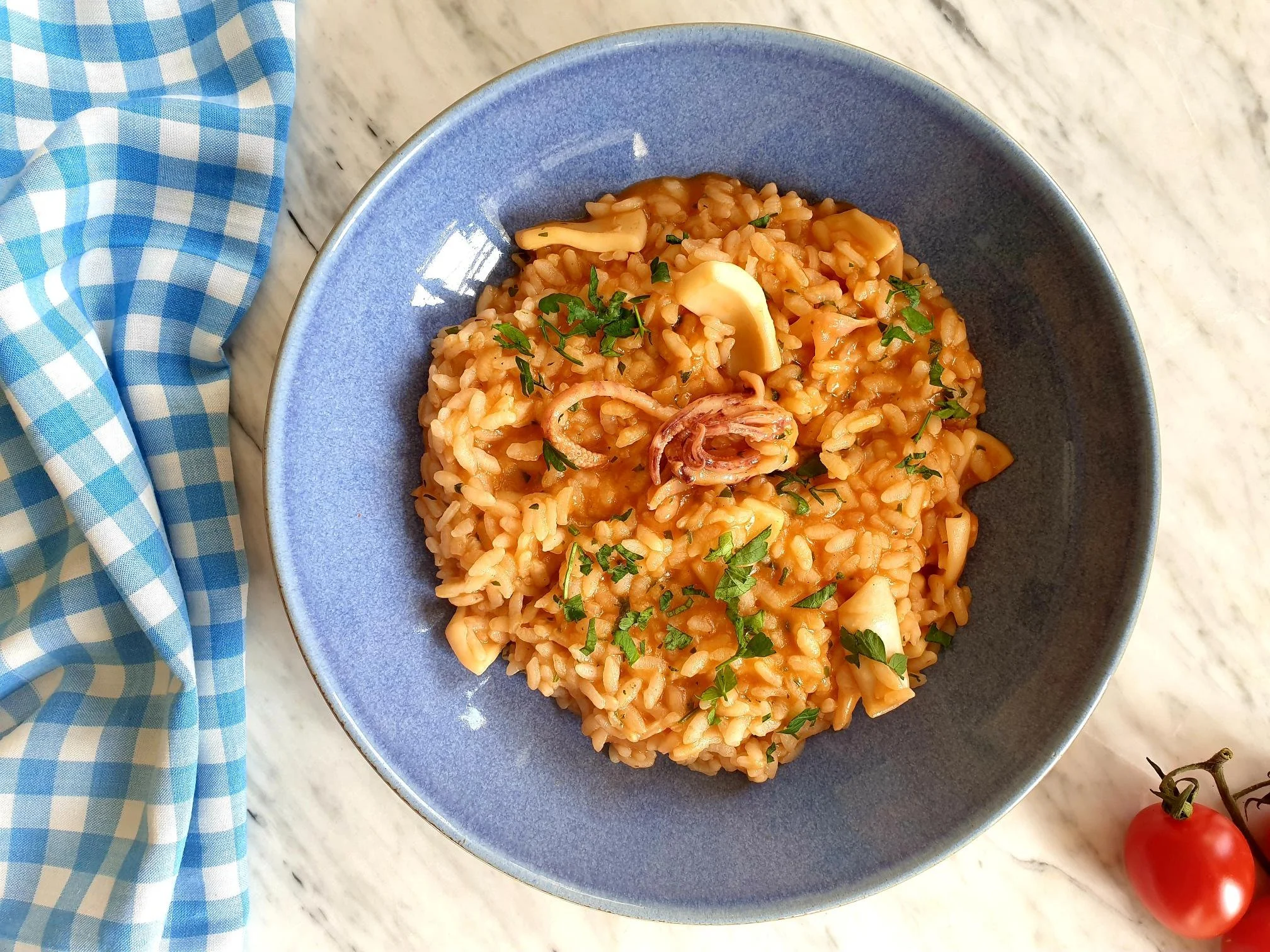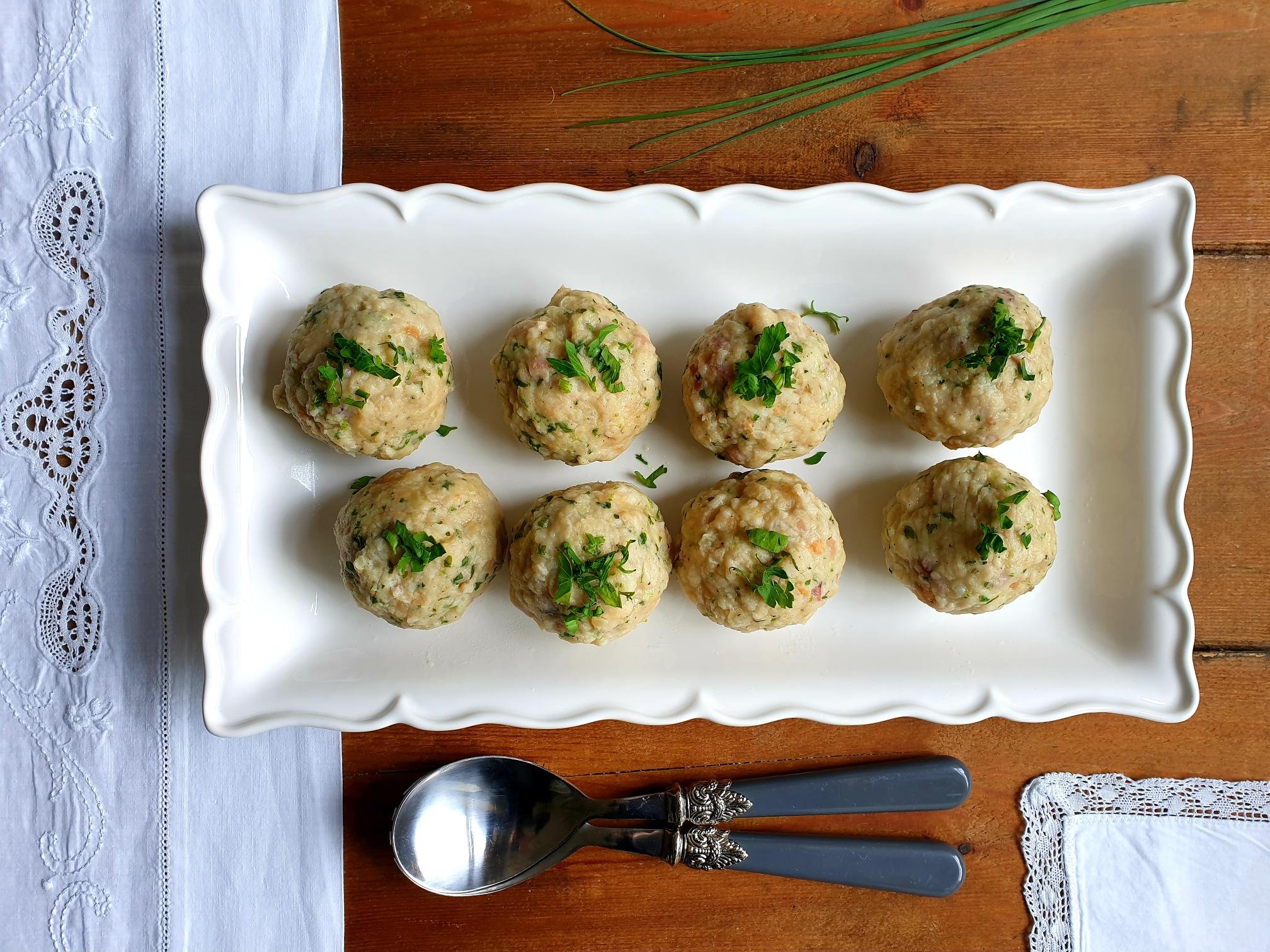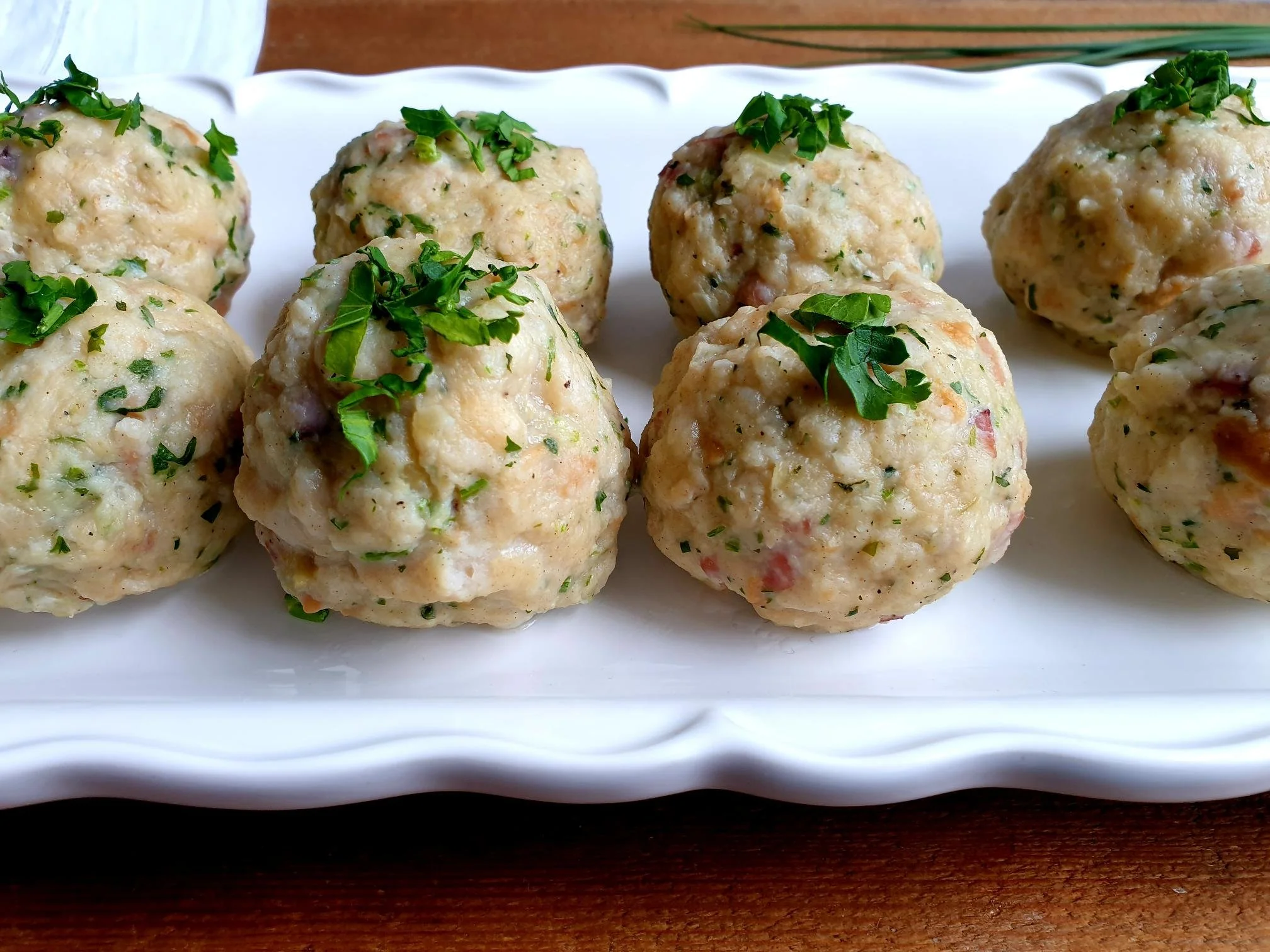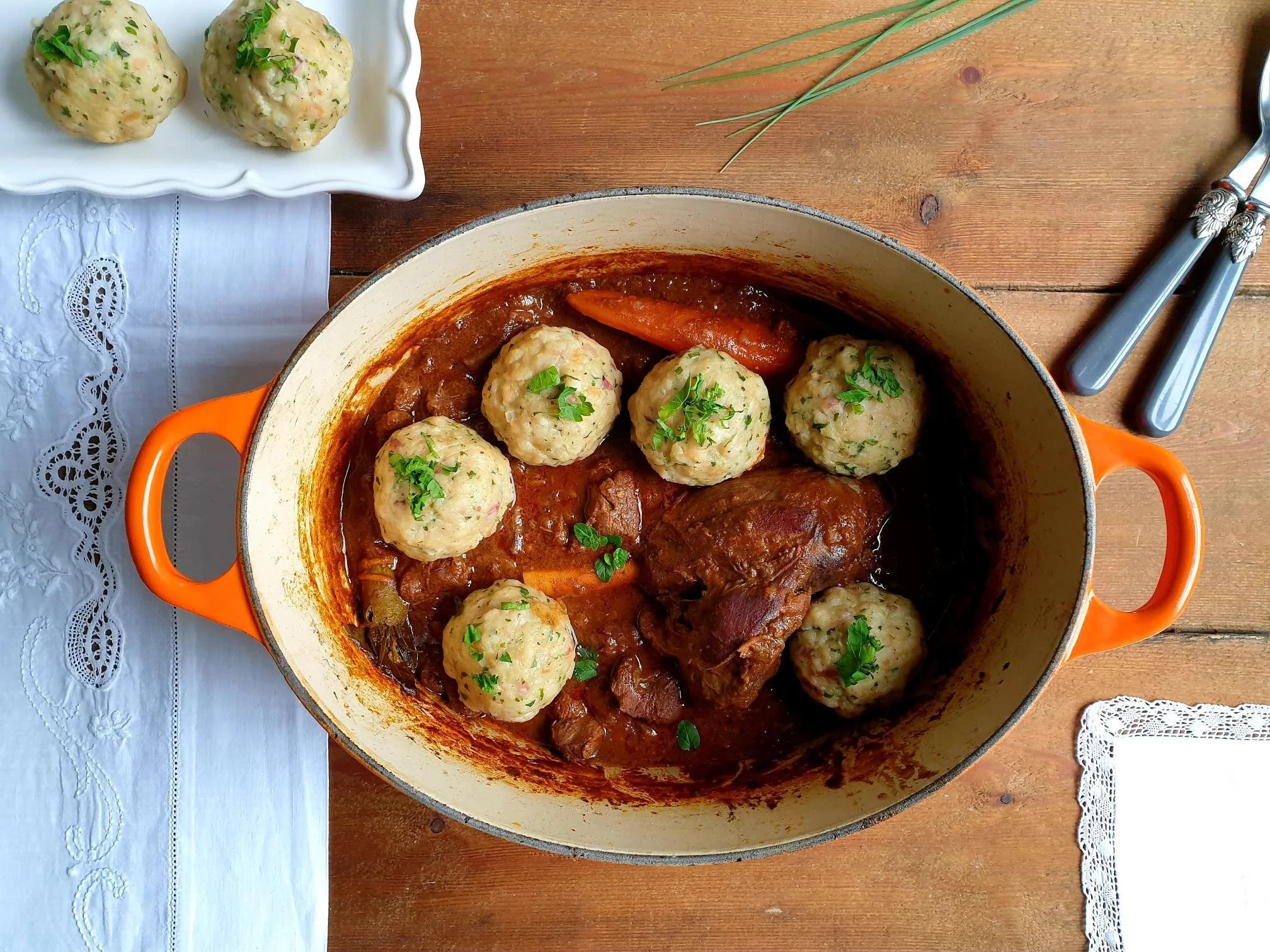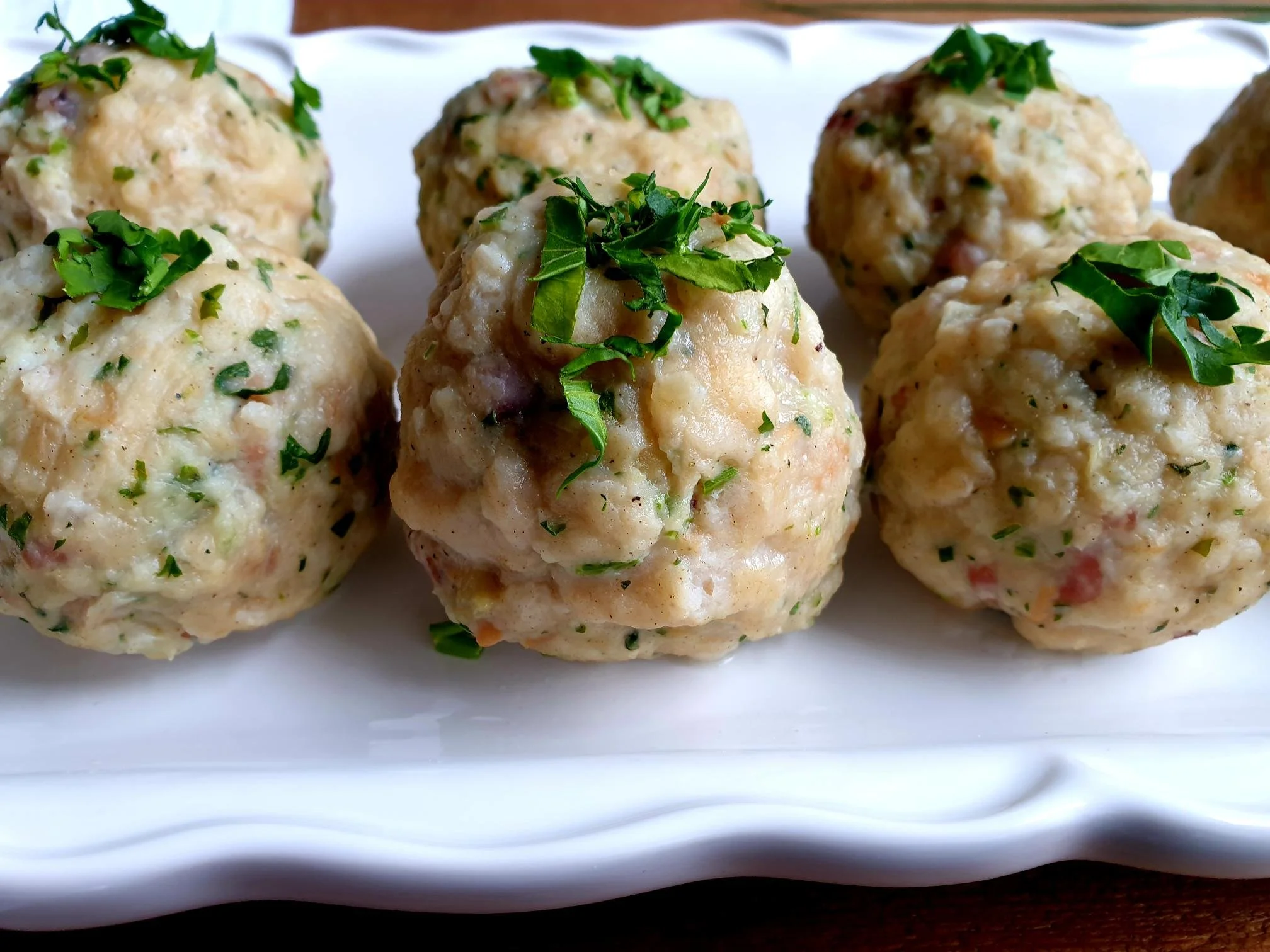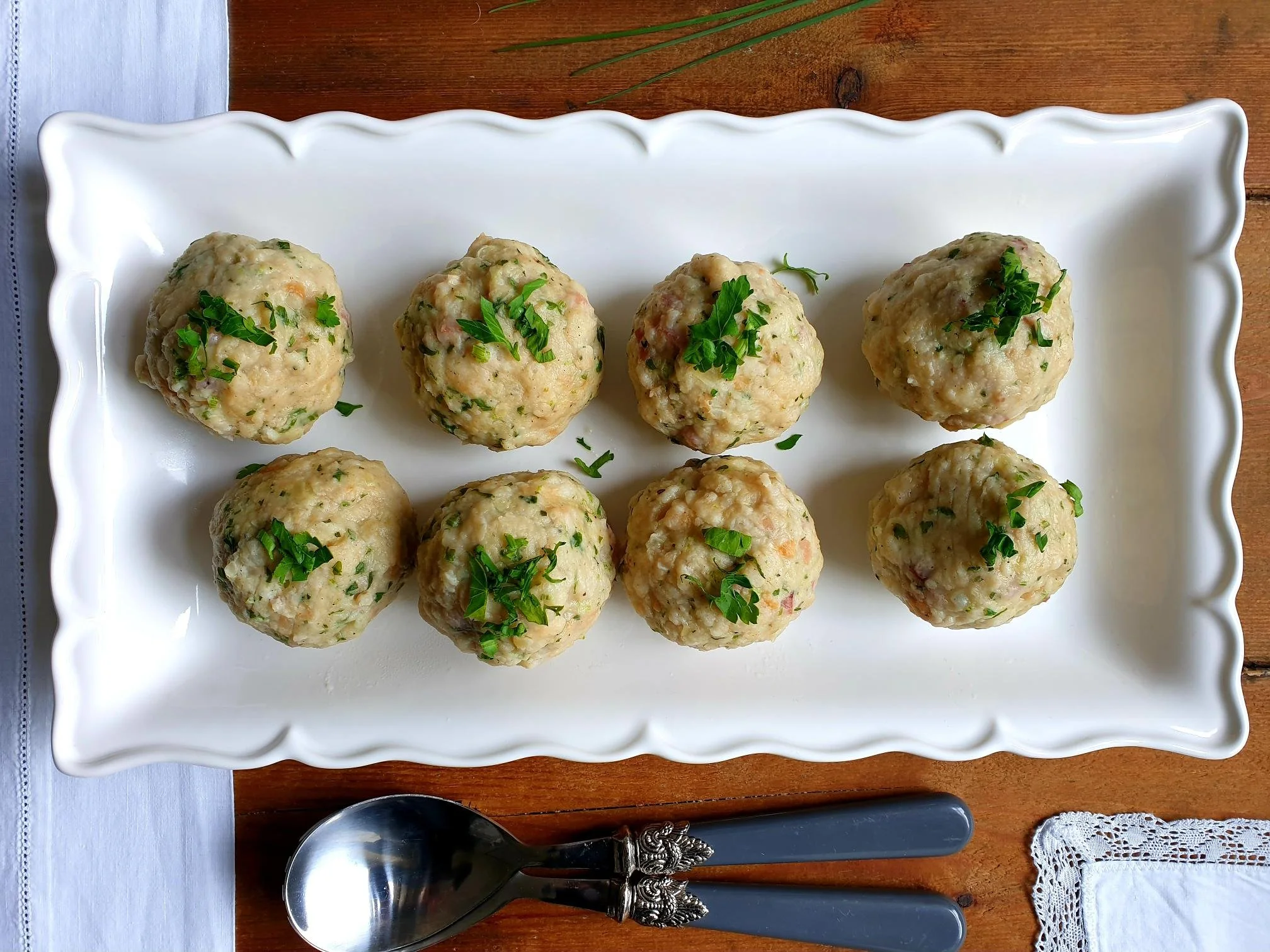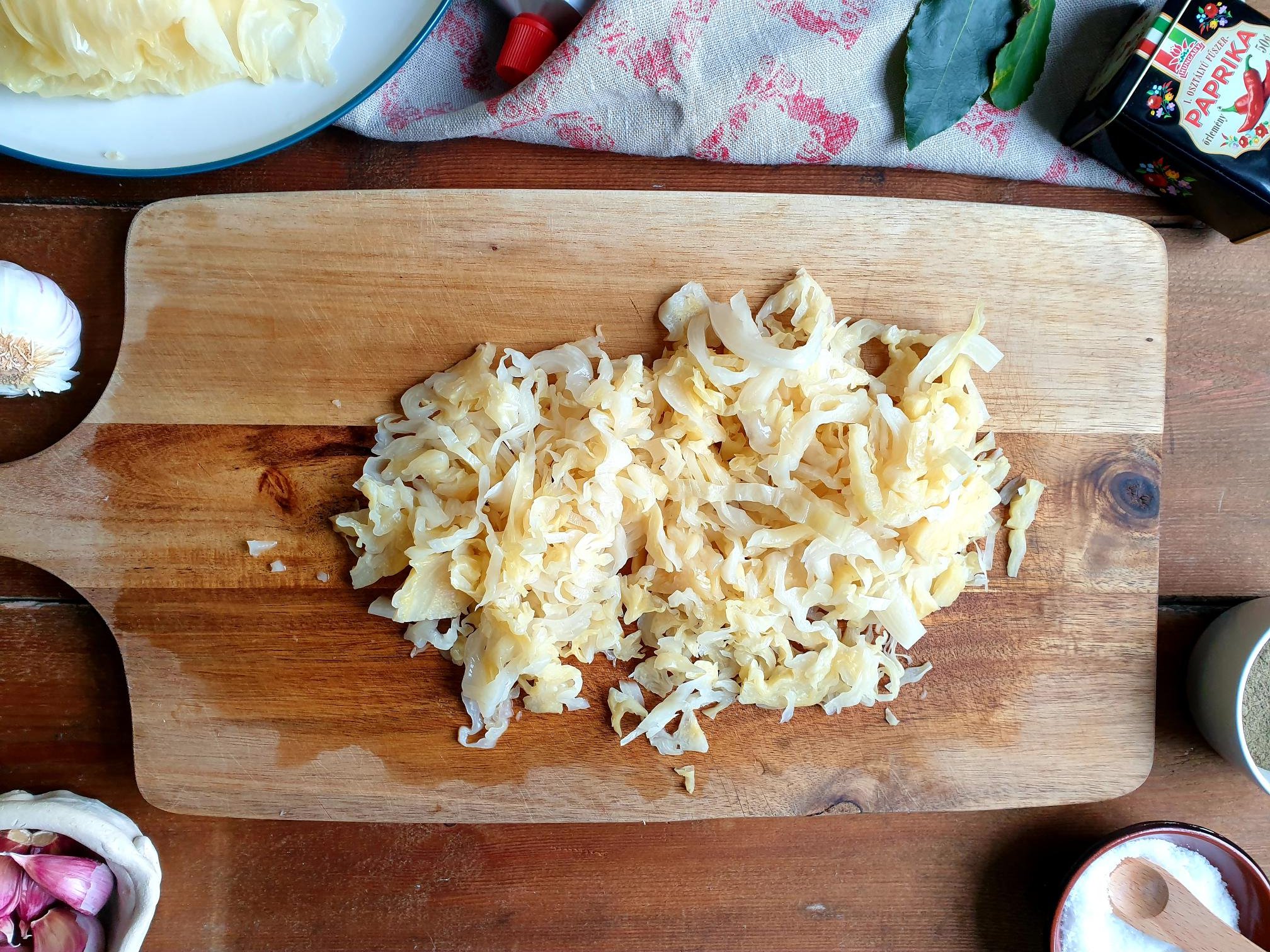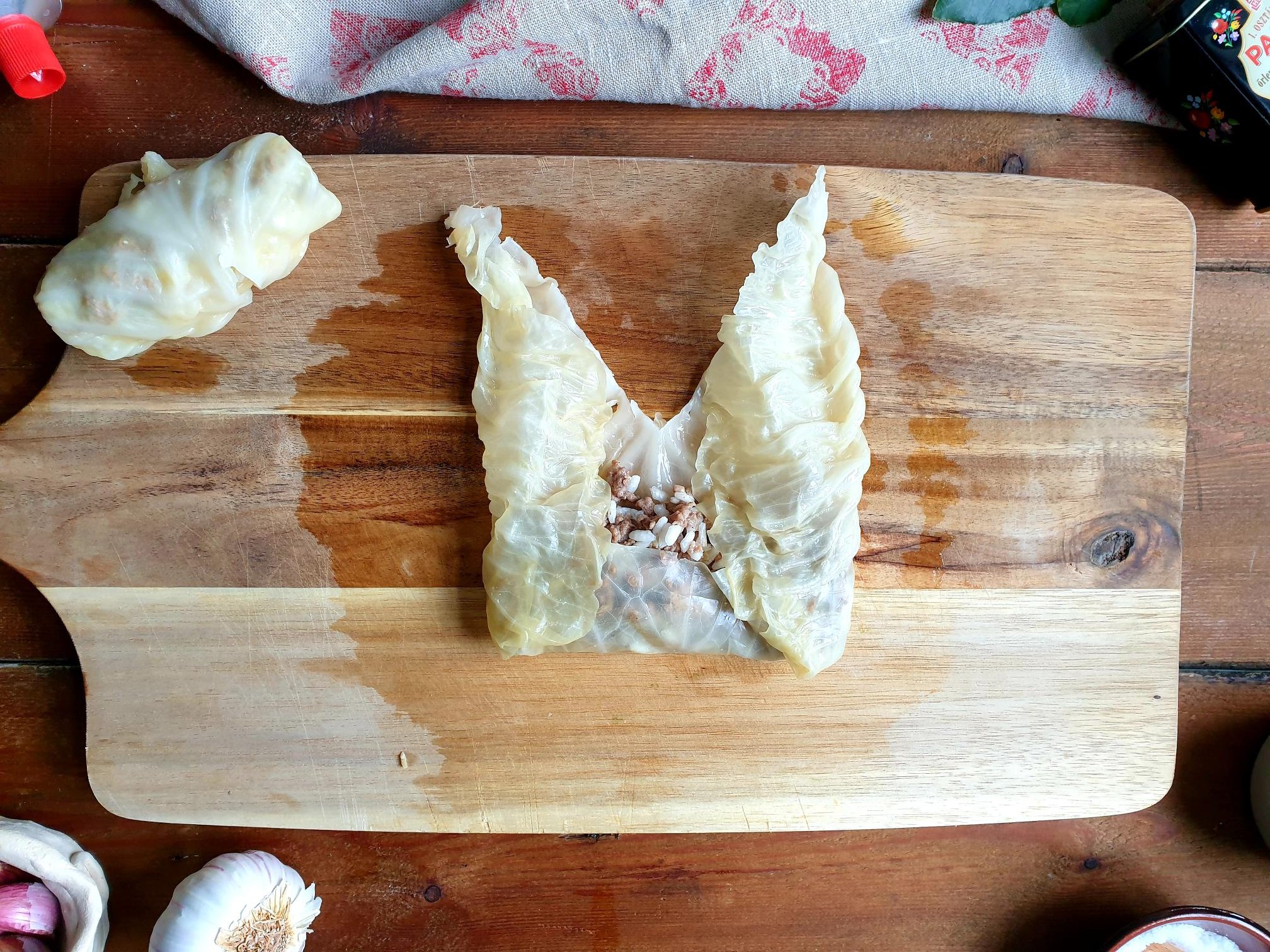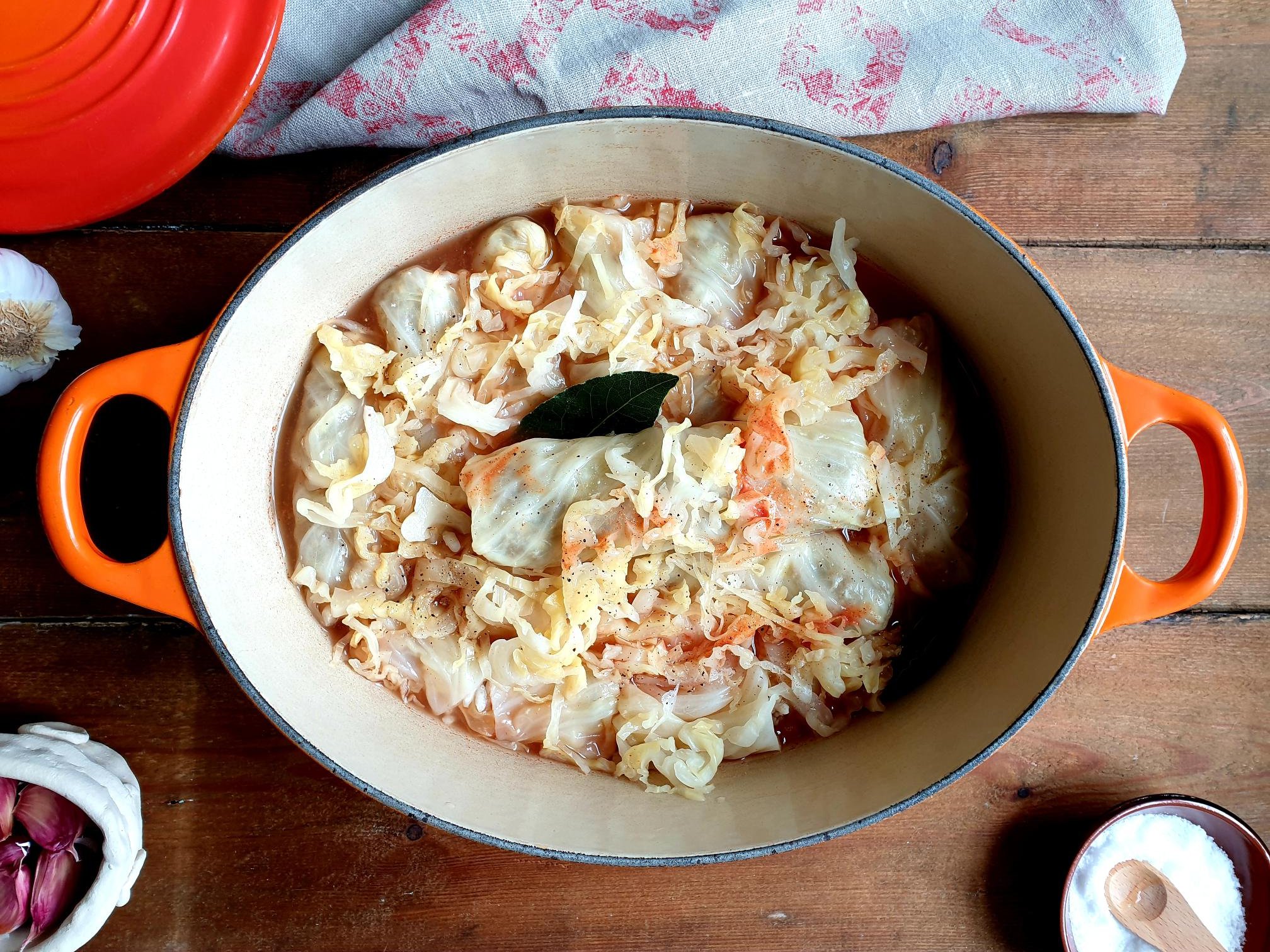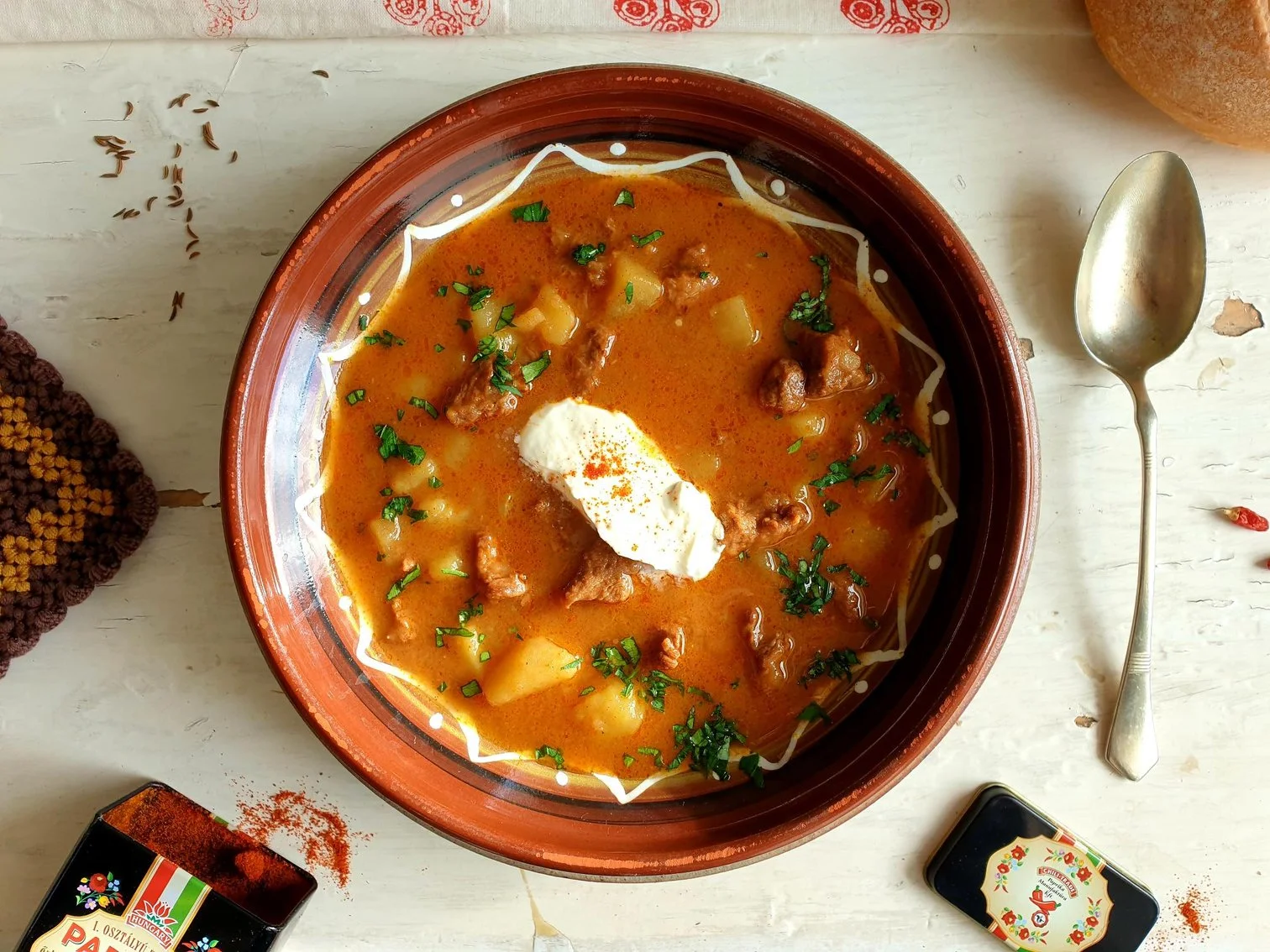Crispy Breaded Courgettes Istrian Recipe
Crispy breaded courgettes is one of the most most loved dishes and a total crowd pleaser. It consists of slicing the courgettes, dredging them into a flour, then dipping them into whisked eggs, coating them with breadcrumbs and quickly shallow fried them until golden and crispy, which makes them utterly delicious, irresistible and scrumptious, you just cannot stop eating them! This dish will become an instant hit and breaded courgettes will disappear from the serving plate in no time!
Try to prepare courgettes this way when they are in full season and abundant, I can almost guarantee you, that the most reluctant courgette eaters will be converted in eating this summertime vegetable with delight.
This dish is also fun to make, and if you have children, try to involve them in the breading process, they will absolutely love it, but make sure they are as far away as possible, in a nicest way, during frying.
Breaded courgettes are ideally eaten hot as soon as they are fried with some mashed potatoes, a seasonal salad, but also incredibly delicious at the room temperature and offered as a part of a buffet, great used as a filler in a sandwich (add a bit of fresh rocket salad and spread a slice of bread with a bit of mayonnaise, basil or vegetarian pesto, and you will have a sandwich that is to die for).
This dish can be made ahead and stored which makes it an ideal picnic food, you bring this dish with you on a picnic, and you will stand out from the crowd and have no chance to bringing back home any leftovers...
I am sharing here my mother's recipe for crispy breaded courgettes, one of whole family's absolute favourite plates of food.
I simply adored this dish as a child, and nothing much has really changed since...
Ingredients
Serves 4
fresh courgettes, medium size (approximately 700-800g)
2-3 eggs (the number of the eggs needed depends on their size and on the quantity of the courgettes you are using)
dry breadcrumbs
plain flour
sea salt
black pepper, optional
oil for frying
Method
Wash the courgettes under cold running water and dry them with the kitchen paper or a clean kitchen towel.
Place the courgettes on a chopping board and cut off the ends.
With the knife or a mandolin slicer, slice the courgettes into a 4-5mm thick slices (if the courgettes are big, and you find them difficult to slice vertically, cut each courgette in half first, and then slice).
Prepare three dishes for flour, eggs and breadcrumbs.
Put the flour in a wide shallow bowl, dish or on a plate (I just use a piece of baking paper, fold it when I finish, and use it the next time)
Put the eggs in another shallow bowl or dish (big enough to accommodate one or two slices of courgettes at the same time) whisk lightly and season with sea salt and black pepper, if using. I suggest you use two eggs to start with, and crack another one, if two are not enough.
Put the breadcrumbs in a third shallow bowl, dish or plate.
Start the breading process.
Dredge each slice of courgettes into flour making sure everything is coated and gently shake off the excess.
Dip the floured slice of the courgette into a whisked egg, turn to coat, make sure all the sides are covered in egg, and let drip off excessive egg.
Coat in breadcrumbs and press a bit so the breadcrumbs adhere well and shake off gently the excess.
Repeat the process until you have used all the courgette slices.
Breaded courgettes can be shallow fried or baked in the oven.
Frying method
Pour oil into a large frying pan, about 1cm, and heat it over a medium heat (how much oil you need will depend on how big your frying pan is)
Once oil is hot, add breaded courgette slices, a few at time without overcrowding the pan (this will bring the oil temperature down)
Fry for about one minute on each side or until the breadcrumbs turn golden-brown in colour.
Transfer fried courgettes onto a dish lined with kitchen paper to allow excess oil to be absorbed.
If the slices are lined in layers, make sure you put a kitchen paper between every layer.
Baked in the oven method
Line large baking tray with a non stick baking parchment and place sliced bread courgettes on a tray, one next to each other, spray or drizzle with olive oil and bake in a preheat oven at 200 C static or equivalent for about 20 minutes or until golden-brown in colour.
Just a thought
I have shared here the basic recipe for crispy breaded courgettes, but if you wish to add additional flavour to the dish, you can add some fresh finely chopped flat leaf parsley in whisked egg and some grated Parmiggiano Reggiano cheese in breadcrumbs.
You can store crispy breaded courgettes in an airtight container in the fridge for about two days.
This dish is not suitable for freezing.
If you wish to prepare this courgette dish in advance, it is a good idea to store the uncooked and not fried breaded slices of courgettes in an airtight container in the fridge, and just before frying, “refresh” the breadcrumbs coating by covering the slices in breadcrumbs once again, this will give you a crunchy coating.
A vary tasty variation of this dish is using mushrooms or aubergines instead of courgettes.

